
Book With Leading Tours While Protecting Habitat
- Amazon Rainforest
- Galapagos Islands
- Puerto Maldonado
- South Africa
- Tours & Lodges
- Cruises in the Tropics

Hi, I'm Ash, your tour advisor. I hope you find this post helpful. If you want my help deciding on an experience, send me an message .

The Amazon Rainforest Travel Guide

The Amazon can have a mysterious nature for first-time visitors.
We’ve made this Amazon Rainforest travel guide to help you find the best areas to visit. The guide will help you make the most of your experience.
We will cover the best areas to visit for deep rainforest adventures and where to go on short tours of 3-days.
We will also mention areas of the Amazon better for certain animals and plants. For example, clay licks provide fantastic places to see macaws and other parrots. These are only found in certain regions.
The different rainforest lodges and cruises also offer different activities. To jump straight to our recommended experiences, click the button below.
Jump straight to our selection of the top Amazon Rainforest Tours
First, let’s have an introduction to the incredible forest.
Rainforests contain impressive animals and plants. In total, the world’s rainforests cover only 7% of the Earth’s surface but contain 50% of all land-living species.
And the Amazon is the world’s largest container of wildlife.
The Amazon Rainforest covers 40% of the South American continent. This vast forest contains some of the world’s most untouched tropical wilderness.
The next largest rainforests of the Congo in Africa and the island of New Guinea can fit comfortably inside the vast expanse of Amazonia.
Within the Amazon Rainforest, you can find an incredible diversity of animals and plants. There are also wildlife-rich oxbow lakes and beautiful scenery to enjoy.
For example, the Manu National Park in southern Peru contains 10% of all the world’s bird species. It’s usual for national parks and reserves in the Amazon Rainforest to have more species of birds and other animals than entire countries.
For nature lovers, adventure seekers, or simply people looking for a different vacation, this makes the Amazon a perfect place to visit.
The Amazon also makes a great add-on to other South American attractions, such as the Galapagos Islands or Machu Picchu.
Countries in the Amazon Rainforest
The Amazon Rainforest crosses nine nations and covers 40% of South America.
The majority of the rainforest is within Brazil and Peru. However, the rainforest also crosses Ecuador, Venezuela, Bolivia and Colombia. There is also a section crossing French Guiana, Guyana and Suriname.
The most bio-diverse area of rainforest is consistently found on the western side. This is the rainforest of Ecuador, Peru and western Brazil.
The protected areas in Peru and Ecuador especially set records for species diversity. The reason for this is thought to be the closeness to the Andes mountains. Another theory is that these were the refuges that remained forested during the last ice age.
There are some fantastic Amazon tours in Peru and in Ecuador’s rainforest .
The tributaries that start on the Andes trickle down to form the Amazon River. These tributaries provide nutrients and water to feed this incredible tropical forest.

Amazon Gateway Towns
The gateways where you enter the Amazon are towns and cities within the rainforest. A few main gateways are Iquitos, Puerto Maldonado and Manaus. These are inside the rainforest where you will arrive to begin your tour. They have the most options for higher quality Amazon tours, cruises and lodges.
The gateway cities were grown in size during the rubber boom. This is a period when the rise of the bicycle and automobile caused a massive demand for rubber. The rubber was sourced naturally from the Hevea brasiliensis rubber trees found in Amazonia.
The general rule for rainforest gateways is that the larger the town or city, the farther you have to travel from the gateway to find less disturbed rainforest.
The main gateways in Peru for the Amazon Rainforest are Puerto Maldonado and Iquitos. Puerto Maldonado is for the southern Amazon. Iquitos is for northern rainforest surrounding the Amazon River.
Iquitos is an especially good area to visit if you’re interested in a cruise. There are also fantastic deep Amazon experiences. Puerto Maldonado then has one of the most developed tourism industries in Amazonia. There are various rainforest lodges to discover.
Manaus in Brazil is the largest city in the Amazon Rainforest. This is another choice for visitors interested in an Amazon cruise. You can also visit from the southern Brazilian city of Alta Floresta or Tefe for wildlife-rich central rainforest.
In Ecuador’s Amazon Rainforest, the main rainforest gateway is Puerto Francisco de Orellana, which is also known as ‘El Coca’. Coca is another port of the Amazon River. And this is where you can enjoy Amazon cruises and lodges. From here, explore the protected areas of the famous Yasuni National Park and Cuyabeno Reserve.
Amazon Rainforest Attractions
There are some fascinating attractions in the Amazon Rainforest. You can find oxbow lakes, clay licks, canopy towers and tall emergent trees.
Not limited to the lowland rainforest, you can also explore the mysterious cloud forests on the side of the Andes. Differing in altitude and climate, these forests are home to a completely new set of animals and plants.
The Amazon River
The Amazon River itself is a main attraction of the region. The river is between El Coca in Ecuador and Belem in Brazil where the river flows into the Atlantic Ocean.
The ports you can visit along the Amazon River include El Coca, Iquitos, Leticia, Tefe, Manaus and Belem. The Amazon River is best explore on an Amazon Rainforest cruise from these port cities.
Some of the favorite cruises include the Amazon River tours from Iquitos in northern Peru. These take you into the incredible flooded forest of the Pacaya Samiria National Reserve. You are not simply restricted to the vessel. You will enjoy guided skiff expeditions and forest walks for incredible wildlife experiences.
Oxbow Lakes
Oxbow lakes are areas where tributaries of the Amazon River once flowed but have since changed direction. This sometimes leaves behind oxbow-shaped bodies of water known as oxbow lakes. The lakes become very attractive for variety of animals and plants drawn by the water.
On tours of oxbow lakes, you can find many different animals. These often include the favorites Amazon animals. You can see giant river otters, black caiman, water birds, giant Arapaima fish and lake-visiting animals. These include many different monkeys, which feed from trees around the lake.
One of the most common animals around the oxbow lakes are the strange hoatzin birds. These are a chicken-sized bird that digest food by fermentation in a similar way to cows. Strangely, young hoatzins are born with a claw. This is used to cut through the shell of the egg but also to climb their way through the thick lake-side vegetation.
The lakes are also often surrounded by palms. And these are ideal nesting habitat for scarlet macaws and other parrots. This means you can often see different macaw parrots on short walks around the lakes.
Some great lodges in Peru to visit oxbow lakes include the Posada Amazonas Lodge , Refugio Amazonas Lodge and Tahuayo Lodge .

Clay licks are areas of exposed river bank where different animals come to feed on the clay itself. Over 50 different animals worldwide are known to use the licks. And the clay not only contains much needed salt, but also neutralizes toxins found in unripe fruits and seeds.
In South America and the Amazon Rainforest, one of the most iconic animals that visits the clay licks are the fantastic macaws.
Hundreds of macaws gather at the clay at one time and they present visitors with a fantastic display of sound and color. You can see all types of birds at different clay licks. Some of the licks are best for seeing scarlet macaws and other for the blue and gold macaws for example.
The rainforest of Puerto Maldonado in southern Peru is fortunate to contain the most clay licks of anywhere in Amazonia. This has created one of the most developed tourism industries in Amazonia.
Clay licks can be found throughout the Puerto Maldonado rainforest and the different protected areas. For example, for macaw clay licks, one of the best to see is the Chuncho clay lick in Peru’s southern Amazon. This is accessible from both the Tambopata Research Center and the Refugio Amazonas Lodge .
Nearby, there are also smaller clay licks for mammals, which you can also see from the Refugio Amazonas Lodge. Parakeet clay licks for small parrots can be been from the Posada Amazonas Lodge.
On cruises and lodge tours in Ecuador’s Amazon, you can also visit the small parakeet clay lick in the Yasuni National Park. You can visit the lick on tours from La Selva Lodge.
In the Brazilian side, you can see a mammal clay lick with a hide from the Cristalino Lodge.
In Peru, here’s a graph showing the different lodges and the most common mammals that visit the nearby clay licks.
Some of the lodges mentioned in the above table include:
- The Posada Amazonas
- The Refugio Amazonas
The Tambopata Research Center
The amazon villa, the cloud forest.
Cloud forests are defined as tropical forests at altitude dispersed with cloud cover. The Andean forests are home to one of the highest levels of species on Earth. And they are abundant with birds, including the world’s highest diversity of hummingbirds.
On tours of the cloud forest, you can find many different weird and wonderful animals and plants. As well as birds, see one of the highest diversities of orchids and epiphytes. Watch the different hummingbirds and visit the dancing ground of cock of the rocks. You can also see different mammals, including woolly monkeys, capuchins and even spectacled bears.
To visit the cloud forest, some fantastic tours are found in Ecuador and Peru. In Peru, you can visit the cloud forest of the incredible Manu National Park accessible from Cusco.
Protected Areas of Amazon Rainforest
There are some fantastic protected areas in the Amazon Rainforest. These areas have helped reduce rainforest deforestation. With this, they have helped protect many animals and plants. In and around these areas you have a higher chance of spotting iconic and famous species. They are also home to a higher level of biodiversity.
Some of the most accessible and diverse protected areas in the Amazon Rainforest include:
The Yasuni National Park, Ecuador
The Yasuni National Park is one of the most famous protected areas in the Amazon Rainforest. Protecting an astounding diversity of species, Yasuni has won world records for species richness.
Yasuni National Park is found in western Ecuador. And it is accessible from the rainforest gateway town of El Coca (Puerto Francisco de Orellana).
The park covers 1 million hectares of lowland tropical rainforest. And this protects many different animals and plants, including Amazon icons. Because of its ecological significance, the park is recognized by UNESCO as the Yasuni Biosphere Reserve.
There are fantastic rainforest lodges around the Yasuni National Park. Amazon River cruises also lead expeditions deep into the protected area. Two recommended lodges in surrounding rainforest are La Selva Lodge and the Sacha Lodge . We will mention more about these later.
The Pacaya Samiria National Reserve, Peru
A fantastic section of flooded Amazon forest, the Pacaya Samiria National Reserve covers 2 million hectares of rainforest. You can find all the iconic animals and plants within the reserve. The wildlife includes pink river dolphins, different monkeys, sloths, toucans, parrots, anaconda and black caiman. There are also impressive plants like the giant water lilies and towering rainforest trees.
Full of beautiful scenery, the Pacaya is known as the forest of mirrors. The near perfect reflections in the water create stunning scenery. The reflections are caused by the Pacaya Samiria’s almost black nutrient-filled water. This also provides nourishment for the incredible diversity of animals and plants.

As this is such a large reserve of flooded rainforest, the best way to experience the Pacaya Samiria is on a cruise. There are some excellent Amazon River tours from Iquitos you can consider.
The cruise vessels take you on relaxing cruises up the Amazon and tributaries. And they also take you on guided tours through the forest.
Explore the forest and waterways on rainforest walks and guided skiff expeditions. Find several different monkeys, colorful birds and a high diversity of other animals and plants.
Recommended cruises include the fantastic Delfin vessels, such as the Delfin I, Delfin II and Delfin III.

The Delfin I
Offering an on-board experience second to none, the Delfin I Luxury Cruise begins in Iquitos, north Peru, and takes you ...
Includes: all meals, accommodation, all excursions, alcoholic beverages, juices, house wines, luxury transfers from & to Iquitos airport | 4, 5 days

The Delfin II
The Delfin II Luxury Amazon Cruise begins near Iquitos from the small town of Nauta. You will be transported in ...
Includes: all meals, accommodation, all excursions, select alcoholic beverages, juices, house wines with meals, luxury transfers from & to Iquitos airport | 4, 5 days

The Delfin III
The Delfin III provides a luxury cruise of the Amazon River. The vessel features hardwood floors, designer furniture and is ...
The Tamshiyacu Tahuayo Reserve, Peru
The Tamshiyacu Tahuayo Reserve is a section of Amazon Rainforest in northern Peru. And this is connected to the above mentioned Pacaya Samiria National Reserve.
However, the Tamshiyacu Tahuayo contains some more accessible higher ground forest. This means more opportunities for rainforest walks. This is an especially great place to find the iconic poison dart frogs.
The Tamshiyacu Tahuayo Reserve contains an impressive diversity of animals and plants. Home to over 600 bird species, the reserve provides a draw for birdwatchers the world over. Spot different toucans, macaws, parrots, tanagers, cotingas and more. In addition to birds and poison dart frogs, see many different monkeys and other wildlife. You can also find sloths, tree-living anteaters, orchids, epiphytes and tall emergent trees

To explore the Tahuayo Reserve, you can stay at the Tahuayo Lodge . This is the only lodge within the reserve and you receive a private guide and custom itinerary as standard.
In addition to the main Tahuayo Lodge, you will also visit the Tahuayo Amazon Research Center. This has a 1,000 acre primate research grid to find many different monkeys and more.

The Tahuayo Lodge
From the Tahuayo Lodge, you will explore the Amazon Rainforest’s wildlife-rich Tamshiyacu Tahuayo Reserve with a private guide on a ...
Includes: all meals, accommodation at 2 rainforest lodges, private guide, custom activities, transfers from and to Iquitos airport. | 4, 5, 6, 7, 8 days+
The Tambopata National Reserve, Peru
The Tambopata National Reserve is found in southern Peru. This can be reached after only 30 minutes of travel time from the rainforest gateway town of Puerto Maldonado.
This section of Peru contains the most clay licks in the Amazon. These are fantastic places to see colorful macaw parrots gathered at the clay. You can also find beautiful oxbow lakes, which are sometimes home to giant river otters.
The Tambopata National Reserve covers around 274,690 hectares of lowland Amazon Rainforest. This protects the lower section of the Tambopata River following its descent from Lake Titicaca down the Andes.
The reserve contains some fantastic animals and plants. These include the tall emergent trees of Brazil nuts, mahogany, and cedar.
Spot various toucans, macaws and other parrots flying over the forest. These are best seen at clay licks and canopy towers, which you can find at certain Tambopata Rainforest lodges .

The lodges in the Tambopata rainforest provide some fantastic trails, lakes and clay licks. And you can find a variety of rainforest animals. Enjoy seeing herds of peccary, several different monkeys and giant river otters. You even have a chance of spotting jaguar from deep lodges. Our favorite Tambopata lodge is the Tambopata Research Center . This lodge even offers a 20% chance of spotting wild jaguar.

Positioned in the middle of the wildlife-rich Tambopata National Reserve, near one of the largest macaw clay licks in the ...
Includes: all meals, accommodation, selection of guided tours, transfers from and to Puerto Maldonado airport. | 4, 5, 6 days+
For another favorite animal to find, a great lodge for seeing giant river otters is the community-owned Posada Amazonas Lodge . This is located in connected rainforest next to the reserve.

The Posada Amazonas Lodge
We went to Posada Amazona in August and we were not expecting this place. This is a beautiful lodge, incredible ...
Includes: all meals, accommodation, selection of guided tours, transfers from and to Puerto Maldonado airport. | 3, 4, 5 days+
To give an example of the Tambopata Reserve and surrounding rainforest, here’s a table to show the chances of seeing different Amazon Rainforest animals.
As recommended lodges to provide examples, the table contains information for:
The Manu National Park, Peru
The Manu National Park covers an impressive 1.5 million hectares. The area protects the entirety of the Manu River. Manu continues to set records for wildlife richness. This is not only because of its large area, but also because it includes lowland rainforest and forest on the Andes.
Although not permitted in the national park itself, visitors can visit connected rainforest. This is the rainforest surrounding the park known as the Reserved Zone. Enjoy some large macaw clay licks where hundreds of colorful macaw gather at the clay. You can also see a beautiful lake with giant river otters and different monkeys.
The Anavilhanas National Park, Brazil
The Anavilhanas Reserve is found in Brazil’s central Amazon Rainforest. This is a section of flooded Amazon forest. A fantastic region in its own right, this reserve is part of the UNESCO listed Central Amazon Ecological Corridor. This is the largest section of protected Amazon Rainforest. It was formed by joining different reserves and national parks together.
The Anavilhanas National Park section covers 350,470 hectares of mostly flooded rainforest. And the main feature iconic to the area are the 400 different islands.
With the large amount of water, the reserve is home to a high number of electric fish and other aquatic animals. The surrounding forest is then home to iconic and rarely seen wildlife, such as jaguar, river otters and giant anteaters.
To visit the Anavilhanas National Park and surrounding rainforest, you can enjoy the Tucano Expedition Cruise . Styled as a steam boat, enjoy getting deeper into the rainforest than other vessels. You will then enjoy expertly guided forest expeditions.
The Cristalino Reserve, Brazil
A smaller protected area than the other on the list, the Cristalino Reserve is no less fascinating to visit in terms of wildlife. Within the reserve, you can find many animals. Find several different monkeys, fascinating reptiles and amphibians, and hundreds of birds. Many of the species here are found nowhere else.
The reserve is at the meeting of the Amazon Rainforest and the Pantanal Wetlands. Because of this, it has created some fascinating areas to see a range of species. From the Cristalino lodge in the reserve, explore the forest to see some of the iconic Amazonian animals and plants.
The Cristalino Reserve is relatively small at 11,400 hectares. However, it is connected to the neighboring 184,900 hectare Cristalino State Park as well as other protected areas. Many different reserves, national parks and conservation forests are connected. In total, they cover over 2 million hectares of Amazon Rainforest.
You can see several different monkeys, peccary and giant river otters. The big cats of puma and jaguar are also found within the reserve. In addition to the fantastic mammals, 586 bird species can be seen. This represents 50% of all the birds in Brazil. Because of this, the reserve is a much-loved destination for birdwatchers.
Amazon Rainforest Tours
To enjoy the Amazon Rainforest, you can stay at a variety of fantastic rainforest lodges. These offer guided excursions into Amazonia to find the wildlife. You can also choose a river cruise. Luxury cruises offer a little more comfort as you’re transported deep into the rainforest. You will will then enjoy guided skiff expeditions looking for rainforest wildlife.
We will go over some of the top recommendations to experience the Amazon.
Amazon Rainforest Lodges
Here is our selection of recommended Amazon Rainforest lodges. The deeper rainforest lodges for the best wildlife experiences will be mentioned first. All include accommodation, guided tours, meals and transfers from the nearest jungle town or city.
The Tambopata Research Center, Peru

The Tambopata Research Center is in the middle of the wildlife-rich Tambopata Reserve. This is in southern Peru and accessed from Puerto Maldonado.
Because this is a deep Amazon Rainforest lodge, the surrounding rainforest is at carrying capacity for wildlife. This means you have a higher chance of spotting abundant, rare and iconic animals. For example, 20% of guests to the Tambopata Research Center are lucky enough to see wild jaguar.
Enjoy guided expeditions in the reserve to find many animals and plants. You will find a variety of monkeys. These include capuchins, squirrel monkeys, marmosets, howler monkeys and even spider monkeys. These are the largest species in Amazonia and rarely seen at other lodges.
The Tambopata Research Center is located near a large macaw clay lick. This is a great area to watch hundreds of colorful macaw parrots. You will also explore different rainforest habitats home to their own communities of animals and plants.
The Tambopata Research Center offers tours of 4 days or more in the Amazon Rainforest. Remember that the longer you spend in the rainforest, the more animals and plants you will see.
The Tahuayo Lodge, Peru

The Tahuayo Lodge is deep in the rainforest. You can find the lodge about 150 km from Iquitos city in north Peru’s Amazon. The lodge is located in the fantastic Tamshiyacu Tahuayo Reserve. And it’s a great section of Amazonia to find a variety of different monkeys and other wildlife.
From the Tahuayo Lodge, head out on a privately guided and custom Amazon tour. You will find many of the different monkeys. These include howler monkeys, squirrel monkeys, capuchins, titi monkeys and pygmy marmosets. You will also find many of the reserve’s 600 different birds. This makes it a great place to explore for birdwatchers and nature lovers.
On tours of 6 days or more at the Tahuayo Lodge, you will also visit the Tahuayo River Amazon Research Center (ARC). The ARC is located in even more pristine rainforest. Surrounding the ARC is a 1,000 acre primate research grid. This grid is perfect for watching different animals displaying more normal behavior. Animals have become more accustomed to researchers and don’t feel threatened when observed.
From the lodge, you will also enjoy canoeing and zipping across the largest canopy zipline system in Amazonia. You can even choose to camp for one or two nights in the jungle.
Because this is privately guided tour with a custom itinerary, your tour is personalized to your preferences. You can choose a pace and activities suited to your personality and interests. Enjoy wildlife watching, relaxation, adventure or photography.
The Tahuayo Lodge is best experienced on tours of 6 days or more.
The Sacha Lodge, Ecuador

The Sacha Lodge in Ecuador’s Amazon Rainforest is a great place for nature lovers.
One of the main features of this particular lodge is the large canopy walkway. This stretches 940-feet (275-meters) through the rainforest. Reaching 94 feet (30 meters) above the ground, this is a fantastic place for birdwatching.
Click the video above to see the walkway and for more information.
There are some fascinating species to see. Over 587 different birds have been spotted from the lodge. To put into perspective, this represents 37% of all the birds in Ecuador.
In addition to the birdlife, enjoy guided expeditions in the surrounding rainforest. See many different primates, reptiles, colorful butterflies and fascinating caiman crocodilians.
The Sacha Lodge includes single, double and triple accommodation. Rooms feature private bathrooms with hot showers and flushing toilets. The rooms are carefully screened to help keep you comfortable in the rainforest.
Meals are served in the dining room as a buffet service and there are three meals each day. At least one of your evenings will be a BBQ in the outdoor dining area. The bar then offers a range of drinks, so you can relax with a drink after your excursions.
The Sacha Lodge is best explored on tours of 4 or 5 days. Click the tour bubble below to check availability direct with the Sacha Lodge.

The Sacha Lodge
Located in a 5000 acre private ecological reserve, Sacha Lodge provides a safe and comfortable base for you and your ...
Includes: all meals, accommodation, selection of guided tours, transfers from and to Coca airport. | 4, 5 days+
La Selva Lodge, Ecuador • Luxury

La Selva Lodge is a fantastic rainforest lodge. This is a great choice if you’re looking for a little more comfort in the Amazon Rainforest.
Enjoy guided rainforest excursions in connected rainforest to Yasuni National Park. You will find a wide diversity of Amazon Rainforest animals and plants.
Enjoy the lodge’s tall canopy tower, visit the Yasuni Clay Lick and canoe the nearby Garzacocha Lagoon.
You will also explore the different rainforest trails. The trails are designed to take you past the most fascinating rainforest attractions. Enjoy trails for tall strangler figs and emergent trees. See some of the oldest primary forest and the best areas for wildlife. A favorite are the small pygmy marmosets, which seem to enjoy watching you as much as you watching them.
While exploring the trails, you will be looking for the many rainforest inhabitants. Your guide will help you find different monkeys, birds, reptiles and amphibian. You will also see and learn more about the beautiful plants that surround you.
La Selva Lodge is also a rainforest spa. And this means you can enjoy a choice of relaxation treatments and massages on your stay. This is the perfect way to relax after exploring the Amazon Rainforest. The lodge then provides very comfortable suites, a restaurant serving delicious cuisine and a bar to enjoy a cocktail. There are also excellent viewing areas.
La Selva Lodge is best enjoyed on tours of 4 days or more.

La Selva Lodge
I wanted to let you know that we had an amazing experience at Le Selva! The service, accommodations, guides, tours, ...
Includes: all meals, accommodation, guided tours, transfers from and to Coca airport. | 4, 5 days+
The Refugio Amazonas Lodge, Puerto Maldonado, Peru

The Refugio Amazonas Lodge is located in the buffer zone of Tambopata National Reserve.
At the lodge, you can enjoy a tall canopy tower to spot toucans and parrots over the rainforest. Explore the rainforest on guided expeditions to find a diversity of wildlife. You will see colorful birds, several different monkeys and other Amazon wildlife. Recently, guests at the Refugio Amazonas have been lucky to see the famous harpy eagles. The eagles nest in the surrounding forest.
You can also visit a small parrot clay lick and a small mammal clay lick. This means you can see some fascinating wildlife. In addition, you can visit the large Chuncho clay lick. This is a fantastic place for you to spot hundreds of colorful macaws visiting the clay.
You can choose from different activities. These include jungle mountain biking, night walks, wildlife walks and lake visits. There are also science and community activities.
The Refugio Amazonas Lodge also offers a spa for a range of relaxation and aromatherapy treatments. After your tours, you can relax with a massage listening to the sounds of Amazonia.
The Refugio Amazonas is a great choice for families. The lodge is unique for Amazon lodges as it offers a children’s trail. The trail is specifically designed to teach young children about the Amazon Rainforest in a relatable way.

The Refugio Amazonas Lodge
The best end to a fantastic intrepid trip in Peru…!! Wish we had of spent more time there… Staff were ...
The Amazon Villa, Peru • Luxury

The Amazon Villa provides an exclusive stay at a very comfortable rainforest bungalow. The villa is found in the buffer zone of Tambopata National Reserve.
You will be assigned a private guide to explore the surrounding rainforest. Visit the large Chuncho clay lick to see hundreds of macaws gathered at the clay. You will also visit some smaller clay licks to see different animals.
Explore the rainforest to find colorful birds and several different monkeys. These include capuchins, squirrel monkeys, titi monkeys and howler monkeys.
The Amazon Villa is equipped with comfortable amenities. These include a hot water bath, Wifi internet and a television to watch nature documentaries. You also have electricity in the rainforest, a refrigerator and microwave. There is also a place for your laptop to catch up on work and view your photos.
From the Amazon Villa, you can also enjoy a choice of jungle activities. These include jungle mountain biking, wildlife walks, night walks and visiting a jungle farm.
You can also climb a tall canopy tower to look out over the Tambopata rainforest. Spot colorful toucans, parrots and even mixed species flocks. You can also choose from a number of options exclusive to this particular lodge.
The Amazon Villa is best enjoyed on tours of 3 days or more.

Explore the Amazon Rainforest in comfort on a premium experience at the Tambopata Amazon Villa. The Amazon Villa is a ...
The Posada Amazonas Lodge, Puerto Maldonado, Peru

The Posada Amazonas Lodge is a community-owned rainforest lodge. And it is positioned in the forest surrounding Puerto Maldonado, southern Peru.
From the Posada Amazonas Lodge, enjoy a fantastic Amazon Rainforest tour. You will see a wide diversity of Amazonian animals and plants.
Explore the nearby oxbow lake to find giant river otters. See a small parrot clay lick. And you can also climb a tall canopy tower to spot parrots, toucans and mixed species flocks. You will also explore the rainforest find different monkeys and colorful birds.
From the Posada Amazonas Lodge, you can choose from a range of activities. These include wildlife walks, jungle mountain biking, visiting a jungle farm and more.
At the lodge itself, you can choose from different suites and comfort levels. The Posada Amazonas also offers a small spa where you can enjoy a massage and relaxation treatment surrounded by rainforest.
Amazon River Cruises
Another way to experience the Amazon Rainforest is on an Amazon River cruise.
Aboard the following cruises, you will head down tributaries of the Amazon River and into incredible protected areas. Led by expert guides, enjoy skiff expeditions and forest walks. Your guide will help you find a great many animals and plants. You will also enjoy beautiful scenery in some of the most untouched areas of rainforest.
The Delfin I Cruise, Peru

The Delfin I offers the most exclusive luxury cruise on the Amazon River. With only 4 oversized suites, the Delfin I is more akin to a floating luxury boutique hotel than a cruise vessel.
From the Delfin I, enjoy fantastic expeditions into the Pacaya Samiria National Reserve. You will find some incredible sights. See different types of curious monkeys, playful pink river dolphins and hundreds of colorful birds. You will explore the forest on guided expeditions in modern skiffs. These are motorized boats that allow you to get deeper into the rainforest.
Aboard the vessel itself, you can enjoy the Delfin I facilities. Two of the four oversized suites have their own private whirlpool. Here, you can cool off from the tropical climate with a drink from the cruise bar. Your bed then offers supreme comfort. Enjoy watching the rainforest pass your floor-to-ceiling glass windows. This is a great place to relax as you spot toucans, parrots, and kingfishers from the comfort of your suite.
The Delfin I offers 3 night and 4 night cruises from Iquitos, Peru.
The Delfin II Cruise, Peru

The Delfin II Cruise is a luxury cruise from Iquitos in northern Peru.
Aboard the Delfin II, enjoy luxury suites, first-class service and gourmet cuisine. Your meals are then accompanied with a selection of fine wines.
You will then explore the rainforest with some of the best naturalist guides in the Amazon.
This means you won’t simply be confined to your luxury suite and facilities. Although, you’re more than welcome to simply relax on some days if you choose. Instead, you will head out each day on guided skiff expeditions.
You will head out from the main vessel to explore the incredible Pacaya Samiria Reserve. You will be scouting for the incredible diversity of Amazonian animals and plants.
The Pacaya Samiria scenery can also be quite breathtaking.
This vast flooded forest is known as the forest of mirrors because of its reflective beauty.
On Delfin II expeditions, enjoy find a variety of Amazon Rainforest animals and plants. See delicate orchids and bromeliads clinging to the tall rainforest trees. Spot the several different monkeys moving through the canopy. You can even watch pink river dolphins playing in the water.
The monkey are one of the favorite sights in the Amazon. From the Delfin II, you can see howler monkeys, squirrel monkeys, capuchins, titi monkeys and pygmy marmosets. As well as the monkeys, enjoy spotting two species of sloth, tree-living anteaters, and many frogs and lizards.
In addition to day excursions, you will head out at night to spotlight for nocturnal wildlife. You may see different caiman, various nocturnal birds and more.
The Delfin II offers 3 night and 4 night cruises from Iquitos, Peru.
The Delfin III, Peru

The Delfin III is the larger sister vessel of the Delfin I and Delfin II.
From Iquitos in northern Peru, the cruise offers one of the most affordable luxury vessels on the Amazon River. There are different suite options to choose from depending on your preferences.
From the Delfin III, you will explore the rainforest of the Pacaya Samiria and Tahuayo Reserve. Your itinerary will depend on how many days you have available for the cruise.
Enjoy guided expeditions to see fantastic rainforest animals and plants. See bromeliads, orchids and many different monkeys. You can also see hundreds of colorful birds, including parrots, toucans, cotingers and tanagers. Find sloths, colorful frogs and fascinating reptiles.
The Delfin III offers cruise itineraries of 3 and 6 nights from Iquitos, Peru.
The Tucano Expedition Cruise, Brazil
The Tucano Expeditions Cruises travels deep into the Amazon of the Rio Negro. You will embark and disembark the vessel from Manaus, Brazil.
The Rio Negro is the Amazon’s largest tributary and is home to a fantastic section of tropical wilderness.
The Tucano vessel is styled as a traditional 19th Century steamship. And you will journey into areas of Amazonia unreachable by most other vessels.
Enjoy different expeditions into the rainforest led by some exceptional rainforest guides. Head out aboard skiff expeditions, forest walks and even kayaking tours.
The Tucano offers nine comfortable cabins. Most of these have individual beds and some contain above and below bunk beds. All of the cabins have private bathrooms with hot water shower, toilet and a sink.
There are 76 windows throughout the vessel to see the forest and each one can open and close to allow ventilation.
All the cabins and the salon are then air conditioned to keep you comfortable on your cruise. The walls of the suites and salon are solid wood with raised and varnished paneling.
The Tucano offers cruises of 4 and 6 nights from Manaus, Brazil.

The Tucano Amazon Cruise
Aboard the Tucano Amazon Cruise, you will explore the Amazon Rainforest from Manaus. And you will travel down the magnificent ...
Recommended Rainforest Lodges – Summary
Here is our summary of recommended rainforest lodges to experience the Amazon Rainforest.
Recommended Rainforest Cruises – Summary
Here is our summary of recommended rainforest cruises to experience the Amazon Rainforest.

Want inspiration for future adventures?
Join our community for monthly selections of the world’s best tours, lodges, and cruises.
Easily unsubscribe at any time.
Thanks. You have been added to the mailing list.
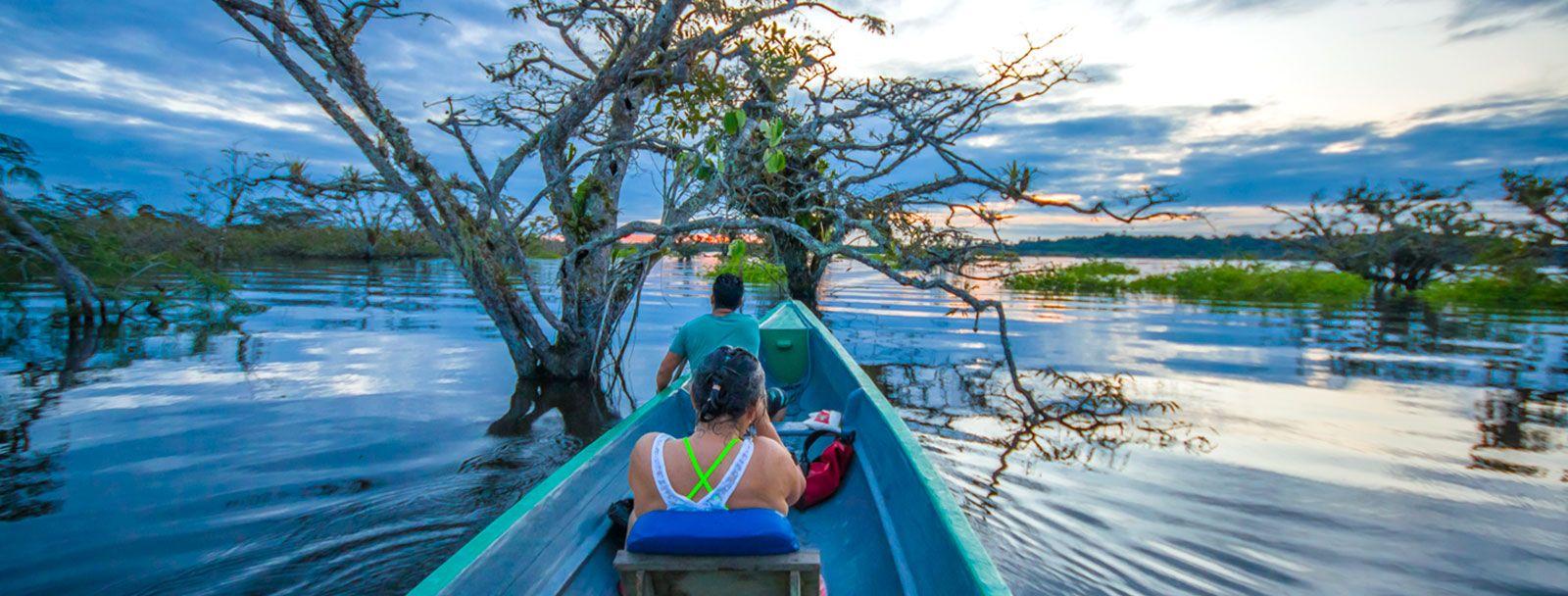
Amazon Rainforest
When it comes to nature and wildlife in Peru, the Amazon Rainforest is the place to be. The lush rainforest covers nearly two-thirds of the country, but is home to only 5 percent of its population. Adventurous travelers can explore this region with a professional guide at a jungle lodge. Cruise remote Amazonian waterways, make friends with local communities, swim with pink river dolphins, and walk under the canopy tree homes for flitting birds, snoozing sloths and swinging monkeys.
For nature lovers, a trip to Peru is not complete without exploring the largest rainforest in the world. Wherever you go, you’ll have a chance to spot wildlife, visit lush jungle lodges and participate in ecotourism. There are different highlights depending which part of the rainforest you visit.
Let’s explore the three most popular destinations in the Peruvian Amazon:
Puerto Maldonado
Why choose here? Puerto Maldonado is at the southern gateway to the Amazon jungle, with Madre de Dios River weaving through it. A visit to this region affords visitors with easy access to Tambopata National Reserve , a wide array of excellent jungle eco-lodges, and glimpses of oxbow lakes, macaws at clay licks, and maybe even a giant river otter. This part of the Amazon has Bolivia just to the east and Cusco to the west.
Why choose here? To the northeast of the country, you’ll find the very remote city of Iquitos deep in the Peruvian jungle and only accessible by flight. This is the easiest place to see the Amazon River in Peru, and it also offers quick access to the Pacaya-Samiria National Reserve. As Peru’s largest natural protected area, this is a wonderful place to spot monkeys, sloths and majestic pink river dolphins or have rich cultural experiences meeting those who call the reserve home.
Manu National Park
Why choose here? Manu National Park is a treasure in and of itself. Located between Puerto Maldanado and Machu Picchu, this is a wonderful spot for wildlife viewing, bird watching and river exploring on Manu River. Elevations in the park range from 500 to 14,000 ft (150-4,200 m) so you can see different biospheres from the forest floors to the mountain peaks. It’s a very unique place with a rich cultural heritage, where the Andes and the Amazon meet.
Peru Amazon Map
The jungle city of Puerto Maldonado represents a different side of Peru. Temperatures are warmer than in the frigid Andean highlands. Boats are the easiest mode of transportation. And the waterways provide entry into nature reserves where exuberant greenery flourishes and rare fauna frolics.
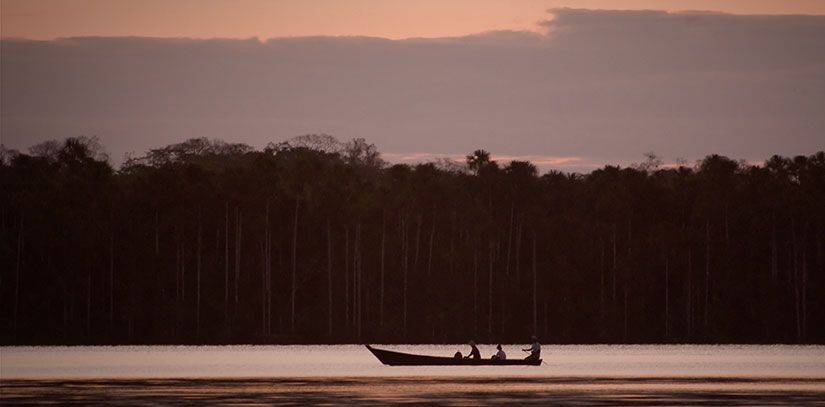
For a full jungle immersion, spend 2 or 3 or more nights at a rainforest lodge. By day, enjoy excursions along jungle trails, to the tops of canopy towers, and into the corners of hidden lagoons where caimans and otters and sometimes jaguars bathe in the sun. After dark, relax in a hammock rocked by a warm jungle breeze and marvel at the mysteries of the rainforest’s nocturnal world.
Best Time to Visit
Puerto Maldonado is broken up into a dry season (May-October) and a wet season (November-April). However, being that it is a tropical rainforest, even the dry season tends to have some rain. While many would opt for the drier season, in reality there are pros and cons of both.
Pros of the dry season are that trails are less muddy and there is a higher probability of seeing parrots and macaws at the clay licks. Cons of the dry season are hotter temperatures – and sunny days usually see less bird activity and amphibians can be harder to spot.
Pros of the wet season are that temporal wetlands make it easier to see reptiles and amphibians and there is a cooler temperature. Cons of the wet season are muddy conditions, less likely to see birds at the claylicks and a higher chance of flight delays.
Climate & Weather
The southern Peruvian Amazon rainforest climate is broken up into two distinct seasons: the dry season and the wet season.
May through October are usually the driest months in the Amazon. Between June to September there are periodic cold spells called friajes that can drop the temperature to 10°C (50°F) for a couple days at a time. Friajes are cold fronts the blow up from Patagonia and then whip down over the southern jungle from the Andes.
The Amazon is a rainforest, so really there's a chance of rain throughout the year. But more constant rains that define the region’s wet season begin in November and continue to April. November and December usually receive the most rainfall.
Jungle Immersion
Puerto Maldonado is the main hub for exploring the southern Peruvian Amazon where the Madre de Dios River intersects with the Tambopata. For a proper Amazon adventure introduction, hop aboard a wooden boat powered by a small motor in Puerto Maldonado and cruise winding Amazon waterways to your remote jungle lodge. Ecotourism is a cornerstone of the developing travel industry in Peru’s Amazon.
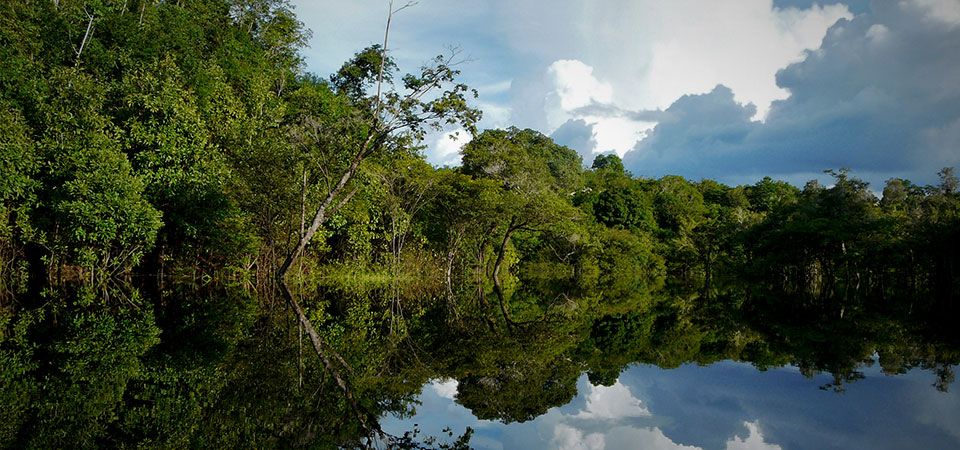
Our team proudly partners with lodges that practice low-ecological footprint programs (recycling, use biodegradable bath and cleaning products, utilize low-to-no energy devices). Jungle lodges not only help support native communities, but also help spread awareness about the continued need for conservation efforts amid the looming threats that cause irreversible damage.
National Parks
Tambopata National Reserve encompasses 275,000 hectares (680,000 acres) of protected Amazon rainforest in the southeastern part of Peru. A sanctuary of incredible biological diversity, the reserve features stunning Oxbow lakes and different forest habitats. More than 670 bird and 1,200 butterfly species join a long list of endangered animals, such as giant otters, harpy eagles, and jaguars, who call this place home. The reserve boasts numerous clay licks along exposed riverbanks where macaws and parrots congregate.
Bahauja-Sonene National Park hugs the southern part of the Tambopata National Reserve. The enormous 1 million hectare (2.47 million acre) park protects the country’s only tropical humid savanna and some of its most biodiverse tracts of rainforest. Access to Bahauja-Sonene National Park is very limited.
Intense Wild Diversity
Did you know that two-thirds of the world’s plant and animal species make their home in the rainforest? And new species are always being discovered! The Amazon is the largest rainforest on earth and its crazy cool biodiversity sparks a cord of fascination with almost every adventurous traveler!
From cute and fuzzy to downright bizarre, the critters of the Amazon are a major highlight of any jungle adventure! Howler monkeys swing overhead, families of 1.8-m (6-ft) giant otters make their homes in the Oxbow lakes, and three-toed sloths, when present, are hard to miss! Though rarely seen, even by long-stay researchers, endangered pumas and jaguars call these tropical forests home too. In southern Peru, the clay licks in the Tambopata and Manu national parks are privileges sites to observe a high diversity of rainbow colored macaws, parrots, and parakeets.
How to Get to Puerto Maldonado
- By Air: The Puerto Maldonado airport is small and a short drive from the town plaza. Flying is definitely the most convenient and time-saving transport option. LAN Airlines, Star Perú and TACA offer service to Puerto Maldonado. Flights are daily. A nonstop flight to Puerto Maldonado from Lima is 1 hour 30 minutes. Puerto Maldonado is a direct 55-minute flight from Cusco.
- By Road: The recently completed Transoceanic Highway now connects Cusco to Puerto Maldonado on a mostly comfortable, though winding, paved road. What was once an arduous 15-hour drive has been shaved down to about 10 hours. Taking the bus from Cusco to Puerto Maldonado is a good option for travelers with a longer, more flexible travel itinerary.
- By Boat: The waterways connect Puerto Maldonado to jungle lodges and remote indigenous communities.
Once you arrive in Puerto Maldonado, your tour guide will pick you up and guide you to the dock to board the open air boat to your jungle lodge. Usually around 1-3 hours to reach jungle lodges near Puerto Maldonado.
There’s plenty to see and do in the jungle city of Iquitos . Explore the local floating market at Belen. Sail to Isla de los Monos for fun with mischievous monkeys. Swim with dolphins. Wander the city seeking out the architectural legacy of the early 20th century rubber boom. Visit museums or book a tour to learn more about indigenous Amazonian cultures.
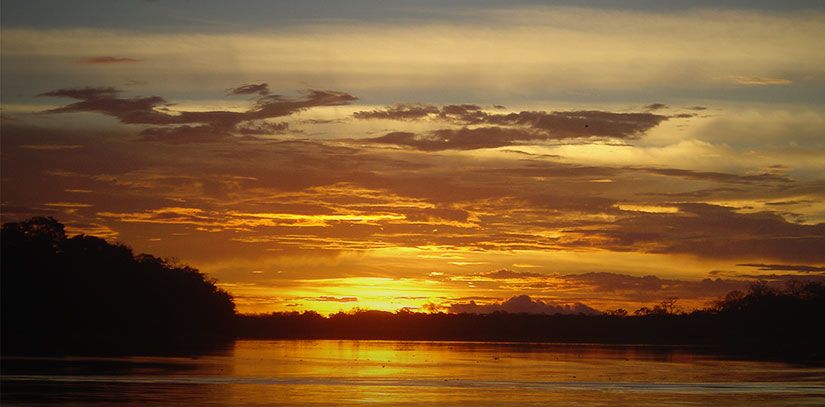
Away from the city, Iquitos provides access to excellent jungle lodges located up and down river. It’s also the point of departure for cruise ships destined for the Amazon headwaters.
Like any other area in the Amazon, the best time to visit the rainforest depends on your preference. The Amazon is a year round destination, with rainfall expected throughout the year. However, Iquitos is broken up into high water and lower water seasons, each of which have their pros and cons to consider.
Pros of high water season (December to May) is that it allows boats to venture deeper into remote parts of the jungle. During this time, you’re likely to see more birds and mammal species living in the canopy. Cons is that rainfall is usually heavier (December through March), there are generally more mosquitos, there aren’t as many usable hiking trails
Pros of low water season include more trails to explore the jungle on foot, fewer mosquitos, higher chance to see migratory birds and peak season for fishing. The main con of low water season is that remote lakes and small creeks (only accessed by boat) cannot be visited.
The Amazon experiences a warm, tropical climate with high humidity. Rainfall occurs throughout the year. Seasons in northern Peru’s Amazon Basin are divided between months with high water and low water. Water level of the rivers fluctuate as much as 12 meters (40 feet), resulting from the rain and snowmelt runoff flowing down from the eastern slopes of the Andes Mountains.
High Water Season
- When: December to May
- Daily Temperature Average: 30°C (86°F)
Low Water Season
- When: June to November
- Daily Temperature Average: 37°C (98°F), slightly warmer than the high water months
Amazon River
The Amazon River, or Rio Amazonas, is the second longest river in the world. The river and its tributaries wind through dense tropical jungle in Peru, Brazil, Bolivia, Ecuador, and Colombia. From the city of Iquitos, travelers can take a luxurious cruise on the mighty Amazon River, which flows across northern Peru, or stay at a jungle lodge along its shores. Water activities include wildlife spotting from a canoe, swimming with pink river dolphins, paddle boarding, and piranha fishing.
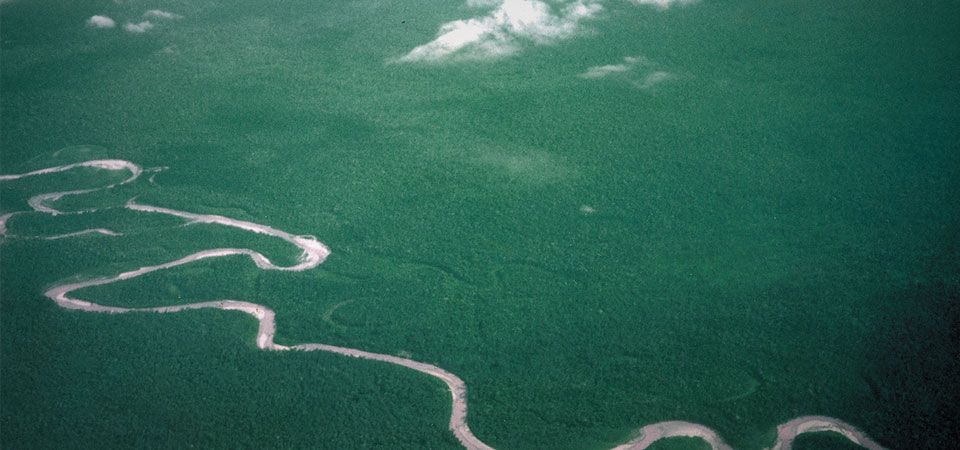
Amazon Cruise
Amazon cruise packages are generally more expensive than a jungle lodge stay, but the additional cost comes with definite perks, including luxury facilities and endless rainforest and river panoramas from your private cabin. Ask your travel advisor for more information about cruising the Amazon in style.
Wildlife Diversity
Life in the Amazon rainforest takes many forms below, within, and above its leafy green canopy. It is home to big-eyed monkeys rustling amid trees, bright bird species, stealthy river creatures and other ecological oddities. In northern Amazon tributaries, pink river dolphins are but one unique animal that can be spotted in the national parks surrounding Iquitos. Keep your eyes peeled and camera in hand because seeing these Amazon rainforest animals in their natural habitat may well be the highlight of your jungle adventure. Jungle lodges surrounding Iquitos are the perfect hub for convenient access to remote jungle reserves.
Things to Do

Experience Local Jungle Culture
Travel by boat from Iquitos to the Yaguas and Bora communities for a unique cultural experience. A guide from the community will explain the local way of life and the history. During a visit, the local men, women, and children share aspects of their culture, including language, dance traditions, and artistic expression, with visitors. Beautiful jewelry, weavings, and art pieces are made by local artisans and available for sale.

Stay at a Jungle Lodge
The best way to experience the stunning beauty of the Amazon rainforest and see wildlife is at a remote jungle lodge accessible by river boat from Iquitos. Don’t worry, you don’t have to sacrifice comfort to have a true jungle adventure! The jungle lodges recommended by our team have running water, cushioned beds, and serve tasty meals. See the Hotels section on this page for more information. During the day, explore the nearby national reserves on a variety of guided wildlife, canopy, walking, cultural, and river tours.

Wander the Streets of Iquitos
The city sprawls outward from the Plaza de Armas, surrounded by streets dominated by moto-taxis. The Iron House, located on a corner of the main plaza, and the numerous beautiful mansions lining the city’s riverfront malecon are evidence of the wealth brought to Iquitos during the rubber boom era. Visit one of the city’s museums for a dose of Amazon culture. During your city exploration, take a break in a shady seat at a local cafe or restaurant to soak in the energy of this busting jungle hub at a slower pace.

Explore the Belen Neighborhood of Iquitos
A tour to the shanty town of Belen market and its residential area offer travelers a truly unique cultural experience. Morning visits to the Belen market are the best because it’s less crowded. Your guide will point out exotic fruits and veggies used in jungle cuisine, and likely lead you down Shaman’s Alley, where medicinal and spiritual Amazon remedies are sold. Next, hire a boat or canoe and explore the waterways of the Belen neighborhood where houses are built on stilts over the Itaya River or on top of balsa wood rafts.
How to Get to Iquitos
- By Air: Flights to Iquitos touch down at the Coronel FAP Francisco Secada Vignetta International Airport serves Iquitos. The airport is located on the outskirts of the city, about 10 km (6 mi) southwest of the Plaza de Armas. Facilities include tourist shops, eateries, and ATM machines. LAN, Star Perú, and Peruvian Airlines offer daily flights to Iquitos. By plane, nonstop service from Lima to Iquitos takes 1 hour and 40 minutes.
- By Boat: The Amazon River and its waterways connect the city of Iquitos to jungle lodges and other small port towns in Peru's northern Loreto region.
- Iquitos is not accessible by road. Traveling to Iquitos by bus or car is NOT an option.
Once you arrive in Iquitos, your tour guide will pick you up and guide you to the dock to board the open air boat to your jungle lodge. Usually around 20 minutes to 1 hour to reach jungle lodges near Iquitos.
With elevations spanning between 150 m and 4,200 m of elevation, Manu National Park encompasses an astounding variety of climates and a bewildering number of plant and animal species. So many, in fact, that researchers continue to find undiscovered flora and fauna even after decades of intensive research. Accessible from Cusco and from Puerto Maldonado , Manu and its handful of lodges provide a chance to experience a wonderland of habitats from cloud forest to lowland rainforest in a setting unlike any other in Peru or the world.

Keep in mind that this is the rainforest and showers are possible at any time of year. Officially, the rainy season is from December to March. May to August is comparatively drier, though also much warmer.
Manu’s extreme topography creates multiple microclimates. Lower elevation areas are hotter with average temperatures ranging from 35 C during the day to 25 C at night. In Manu’s higher elevation areas, temperatures are generally cooler. Expect warm temperatures during the day and cool nights.
Temperatures can drop after heavy rains, reaching as low as 10 C (50 F). Another weather phenomenon, called “surazo” or “friaje,” occurs when polar winds from Patagonia sweep up the mountains and into the rainforest. Temperatures can be as low as 8 C (46 F).
Manu National Park Facts
- covers entire Manu River basin
- spans eastern Andes mountains (cloud forest) and Amazon basin (tropical lowland rainforest)
- 2,000 to 5,000 species of plants, including 250 species of trees
- more than 1,000 vertebrate species including 200 species of mammals and 850 species of birds, 68 species of reptiles, 77 species of amphibians
- 1,300 recorded species of butterflies
- 13 species of primates
- rare species: giant otter, giant armadillo, jaguars, puma, Andean mountain cat
- pre-Inca and Inca ruins and petroglyphs indicate long history of indigenous settlement
- small communities of the Matsigenga Amazonian tribal group, largely along the Manú River or one of its main tributaries

Manu Biosphere Reserve
The Manu Biosphere Reserve is divided into 3 zones:
- Parque Nacional Manu (Zone A) – the core and largest zone. Access is highly restricted. Within this area, Cocha Cashu Biological Station is an important site for tropical rainforest research center.
- Reserved Zone (Zone B) – the Buffer Zone set aside for research and tourism. Located mainly within lowland rainforest, it harbors diverse microclimates and quantities of flora and fauna by the side of rivers and cochas (lagoons formed in the bends of rivers) as well as clay licks.
- Cultural Zone (Zone C) – the Transitional Zone with small settlements of indigenous people. Allows organized visits with guides. Restrictions in place to protect animal and vegetable life.
Paucartambo
Located 2.5 to 3 hours from Cusco, Paucartambo is a point of transit on the overland route between the imperial Inca city and Manu National Park. Paucartambo is also famous for a 5-day festival in mid-July that draws revelers from all over the region in celebration of the Virgen del Carmen Festival.
Kosñipata River Valley
From Paucartambo, continuing past Acjanaco Pass (12,630 ft / 3,850 m) and the turnoff to Tres Cruces, the road begins its ascent into the gorgeous Kosñipata Valley dropping thousands of meters in elevation. This the place to go for river rafting and mountain biking tours through Peru’s gorgeous cloud forest mountains. It’s also the route to rainforest lodges in Manu including Paradise Lodge, Gallito de las Rocas Lodge, and Erika Lodge. The Quechua word kosñipata means “place of smoke” in reference to the heavy mists that shroud the eastern flanks of the Andes as they plummet to meet the Amazon.

Located at the meeting point of the Madre de Dios and the Manu river, the village of Boca Manu has a small airport that receives charter airplanes. It’s also a stop on the route over land and by boat from Puerto Maldonado. The checkpoint to go further into the park is in nearby Limonal.
Things To Do in Manu National Park
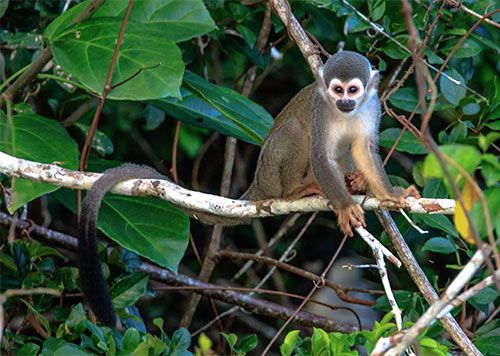
Wildlife Spotting
Monkeys, bugs, and reptiles abound in the rainforest. If you’re lucky, you might also see the otorongo (jaguar), black panther, tapir, collared peccary, deer, and capybara. Forest trails and cochas (secluded lagoons) are the best place to spot wildlife while learning about life in the rainforest, medicinal plants and food.
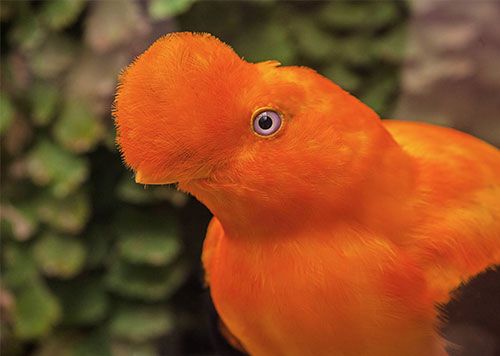
Bird Watching
Many travelers come to Manu specifically for the birds. And with one of the largest bird lists in the world, Manu certainly merits such a specific interest. Airborne residents include the harpy eagle, jabiru, roseate spoonbill, and the cock of the rock.
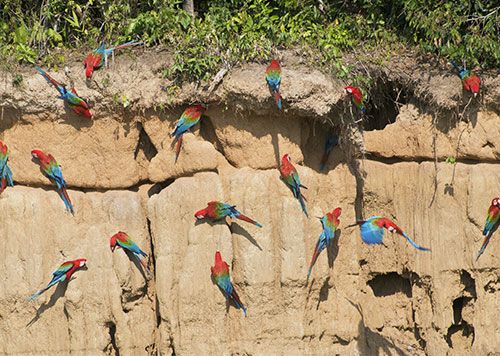
Special attraction in Manu where travelers can see macaws, parrots, and parakeets flock by the thousands for morning meals of clay.

Canopy Towers
See the rainforest from the perspective of creatures who live at canopy level. Scattered tree towers in Manu range from 30-40 meters (100-130 feet) tall. Standing on the platform reveals a alternate dimension of rainforest activity that can’t be seen from the forest floor.

Tres Cruces Lookout Point
An additional 60km from Paucartambo, Mirador Tres Cruces is a lookout point over the meeting place of the Andes and the Amazon. On clear days, it’s possible to see the peak of the massive Ausangate all the way down into the depths on the jungle basin.
How to Get to Manu National Park
There are three routes to get to Manu:
- From Cusco: by car to Paucartambo, through the Kosnipata Valley to the Manu River
- From Puerto Maldonado: by car to Santa Rosa Village 2.5 hours, cross Inambari River to Puerto Carlos, to Boca Colorado 45 minutes, up Madre de Dios river.
- To Boca Manu: charter flights land at small airstrip, river transport to lodge.
Travel Tips
What to Pack
For a jungle tour, it is important to pack light and bring only the necessary equipment and clothing. Space on the river boat to your lodge is limited.
- Shirts and pants made of light, breathable material
- Long pants and shirts to keep insects off (made of light, quick-dry material)
- Loungewear for the lodge
- Comfortable, closed shoes – sticky, slippery, sometimes muddy rainforest trails make sandals and heels impractical
- Water resistant shoes (especially during the wet season)
- Insect repellant
- Sun protection (hat, sunblock, glasses)
- Reusable water bottle
- Cellphone. You won’t have service at your lodge, but good to have at airport and for photos if you don’t have a camera.
- Local currency for small purchases and tips
- Head lamp (and extra batteries, just in case).
- Water-resistant binoculars are an added plus.
Wifi Access
Not all jungle lodges have WiFi, so if this is a necessity of yours, you will want to check with your travel advisor or directly with the lodge before traveling. However, even if WiFi is available, it is usually spotty and slow. A visit to the Amazon is more of an “off-the-grid” kind of experience. To keep your loved ones in the know, simply inform them of which days you’ll be in the jungle and alert them to the possibility that you will have little to no service.
Safety Tips
Most of your free time will be in the comfort of the grounds of your lodge. If out on an excursion, be sure not to wander off but rather to stay with the group. It is best not the wander off alone at night, as it is, in fact, a jungle with potential of confronting a range of wild animals. Be sure to have a reusable water bottle with you for day trips and hikes.
For travel to tropical forest regions, the US Travel Advisory recommends malaria medication and the yellow fever vaccine. Talk with your doctor before a trip to the Amazon in Peru to discuss the best option for you.
Protect yourself from the itchy bites of mosquitoes by wearing loose fitting long shirts and pants. Apply insect repellant to exposed skin. At night, use the mosquito net hanging over your bed.
Amazon Wildlife
Guided excursions into the Amazon rainforest to spot unique animals are included in a stay at almost every jungle lodge in the Iquitos region. Naturalist guides point out unique wildlife, and teach you how to observe them without disturbing them or possible endangering yourself. Stay on designated footpaths and do not get separated from your tour group.
Drinking Water
Bottled water and safe filtered drinking water are provided to jungle lodge guests. A reusable water bottle is always handy in the jungle.
Getting to your lodge
Many jungle lodges are only accessible by river transport. In Iquitos and Puerto Maldonado, lodge representatives greet travelers at the airport and then accompany them all the way into the jungle. River boats are typically open-air with a covering, much like a pontoon boat.
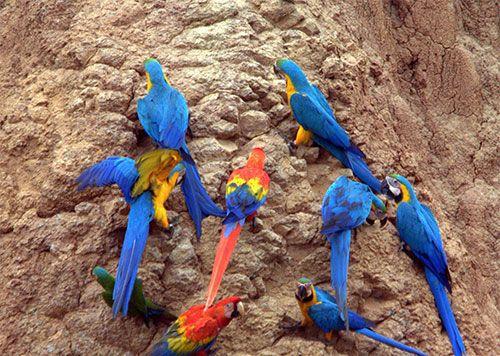
Oxbow Lakes
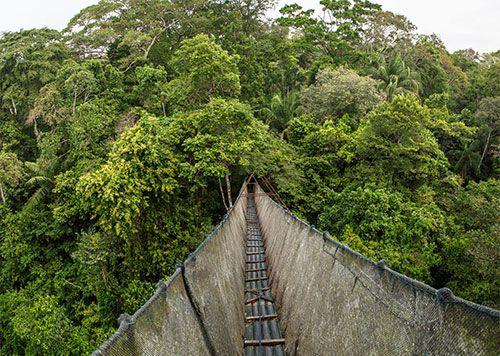
Canopy Tour
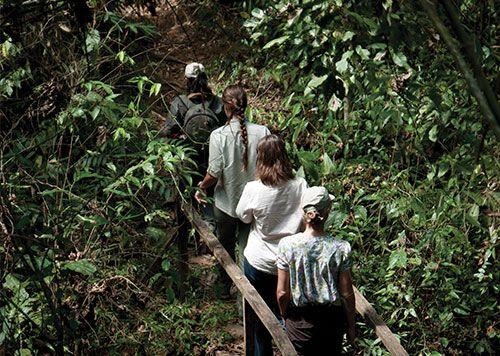
Jungle Walk
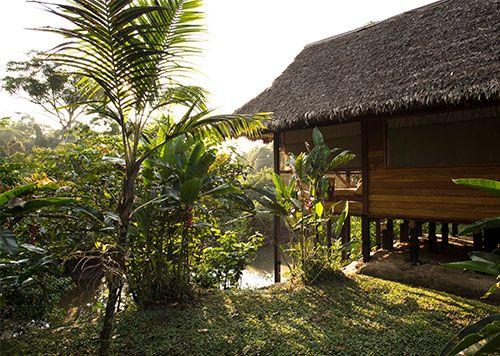
Local Community Visit
Many jungle lodges work closely with local communities. Posada Amazonas is a popular jungle lodge near the Tambopata National Reserve that’s owned in partnership between the native Ese’eja community and Rainforest Expeditions. Visiting a local farm or traditional community clinic offers great insight to how locals live in harmony with the Amazon.
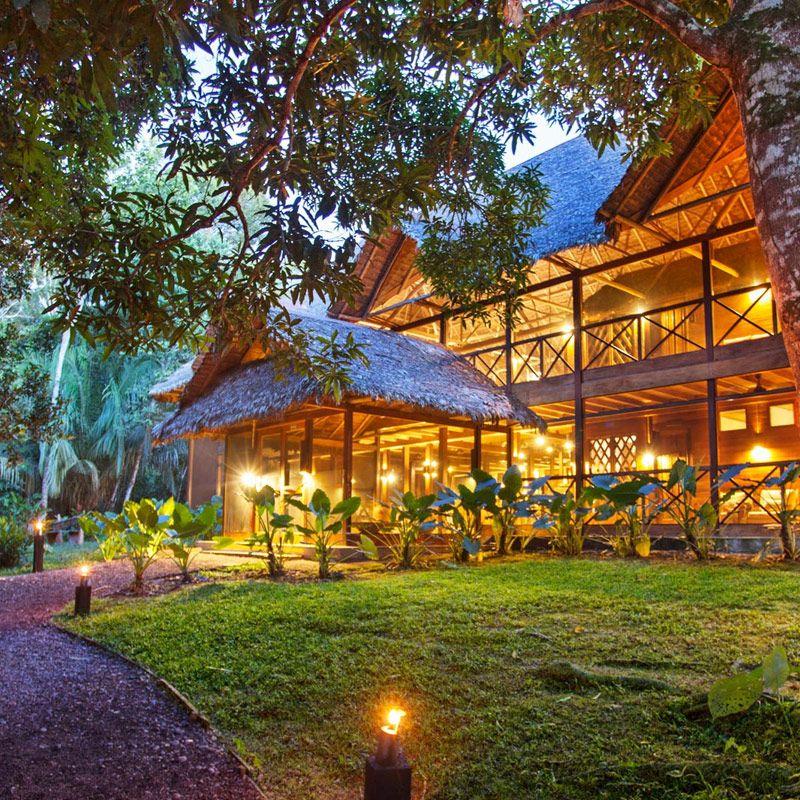
Inkaterra Reserva Amazonica
Situated about 45 minutes by boat from Puerto Maldonado
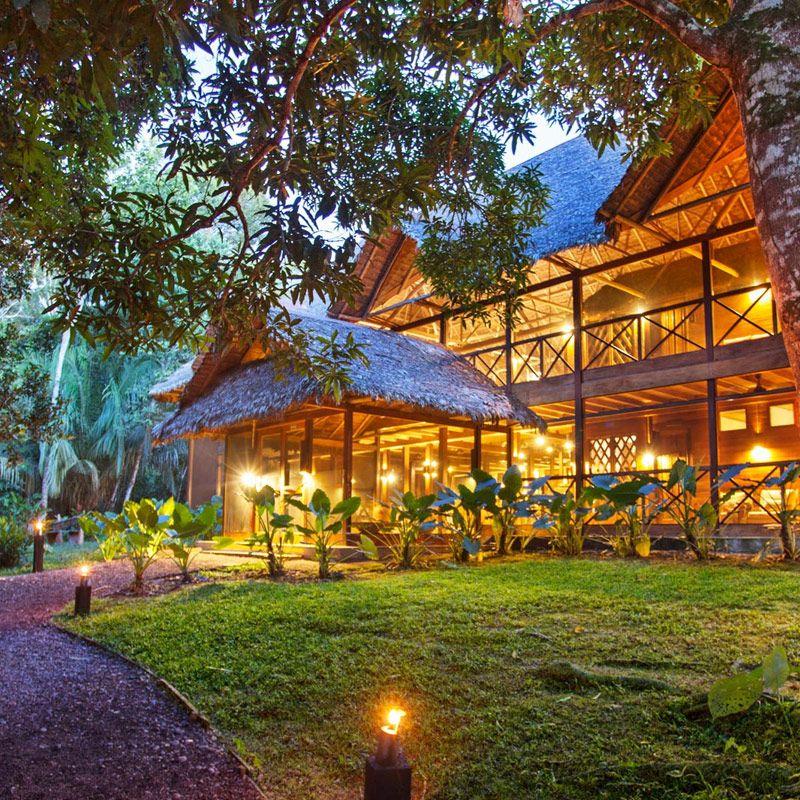
Inkaterra Hacienda Concepcion
Situated about 25 minutes by boat from Puerto Maldonado
Tour Packages
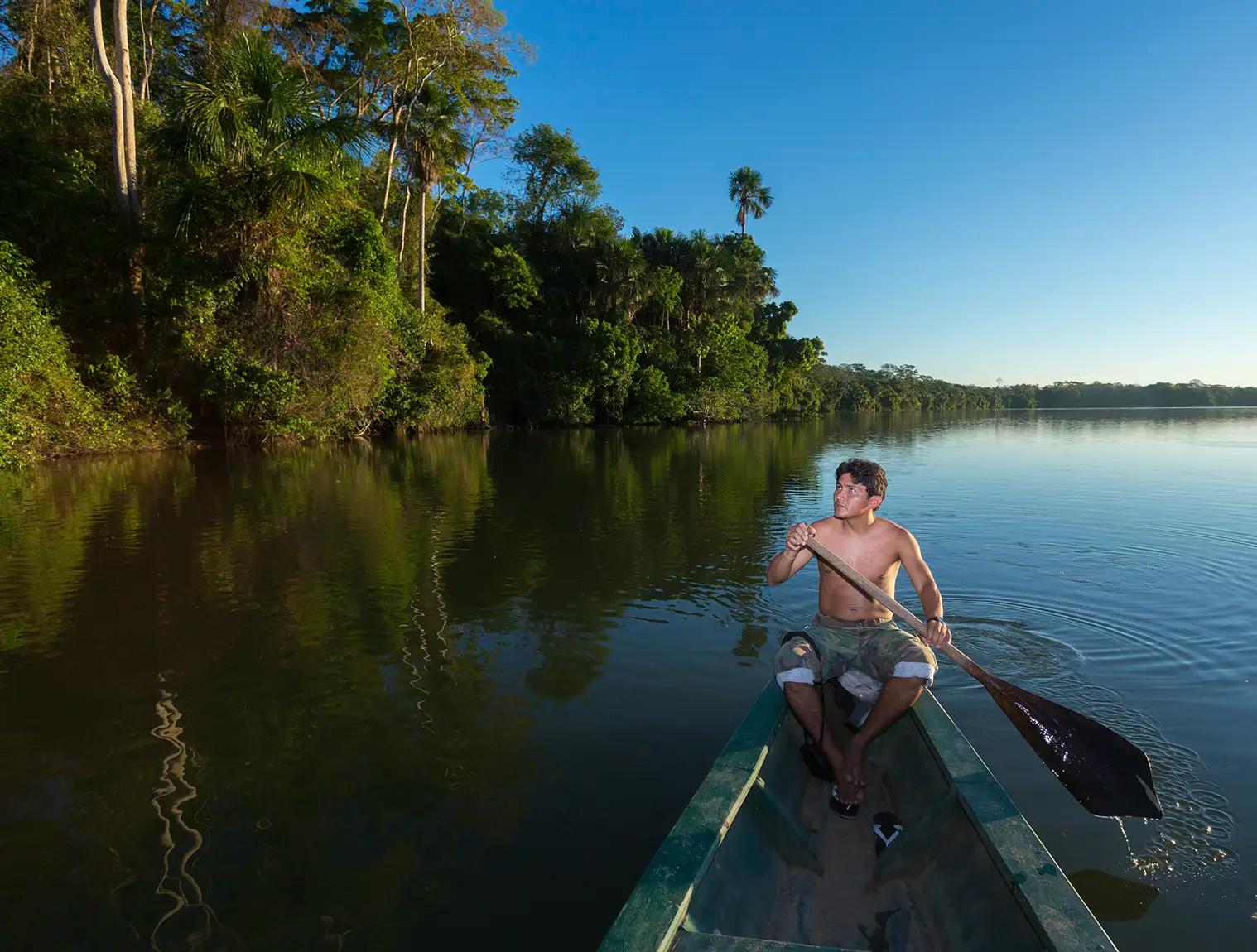
9 days from $ 1919
Amazon, Cusco, Sacred Valley and Machu Picchu
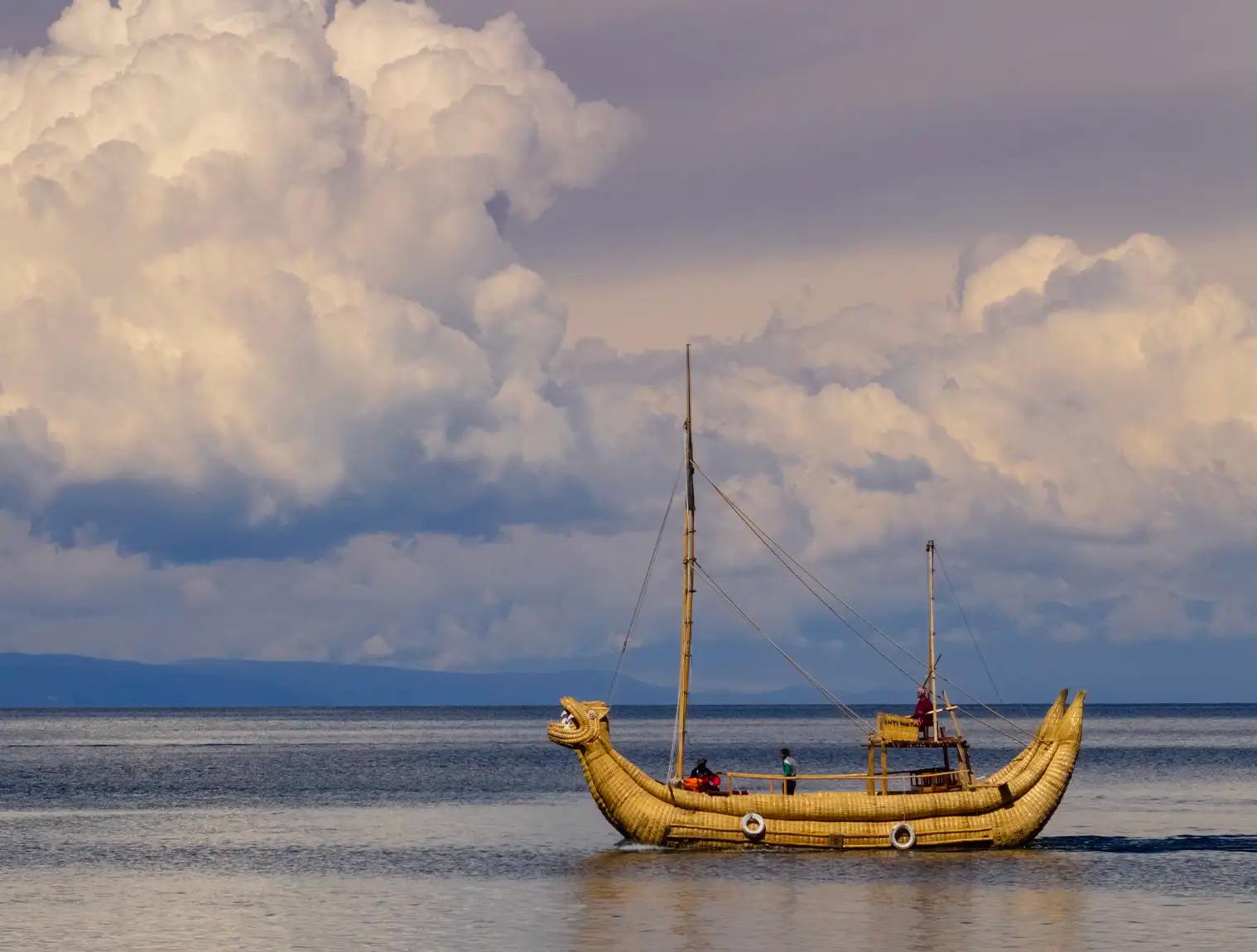
11 days from $ 2379
Amazon, Cusco, Machu Picchu & Titicaca
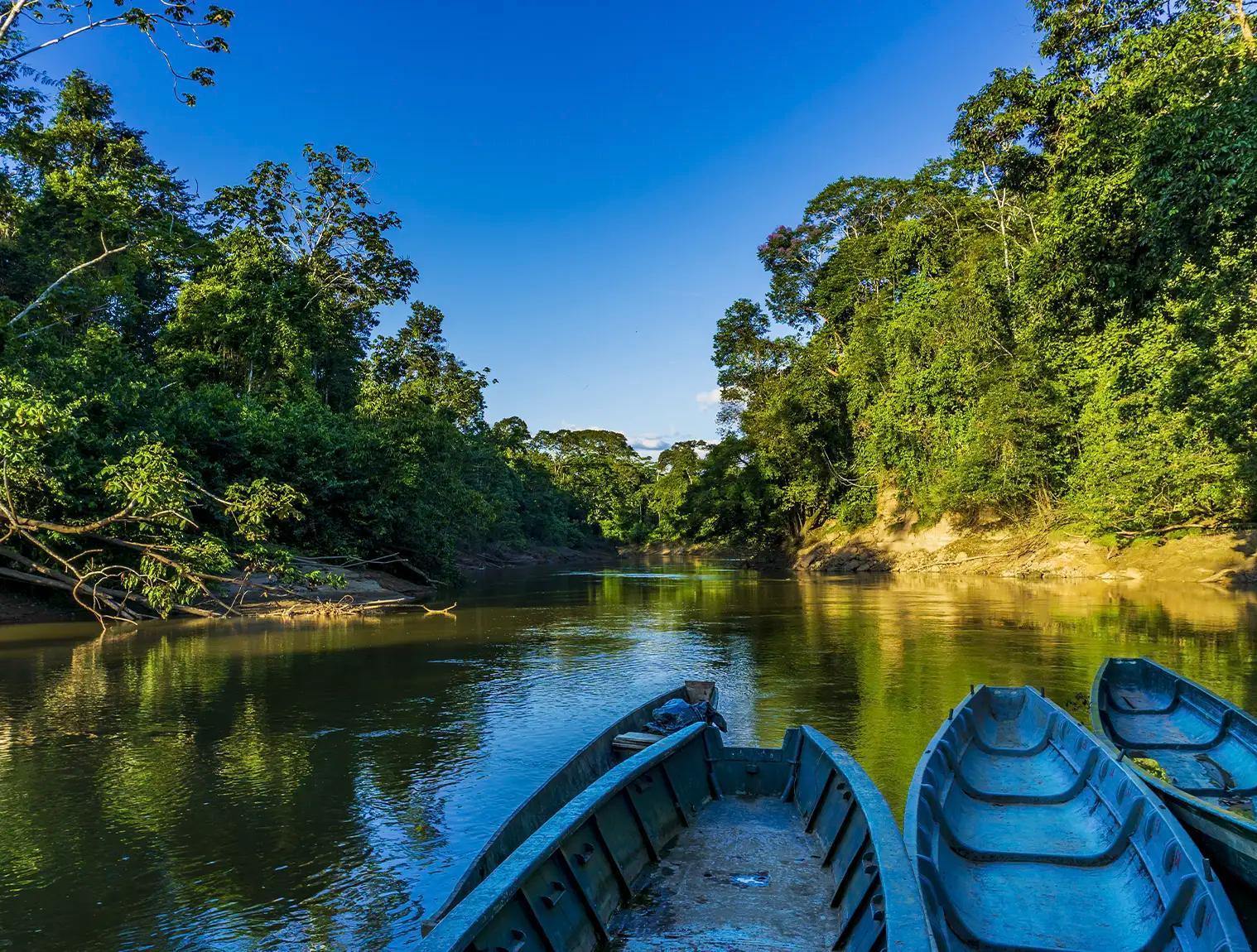
12 days from $ 2549
Machu Picchu, Sacred Valley, Cusco, Amazon, Arequipa & Colca Canyon
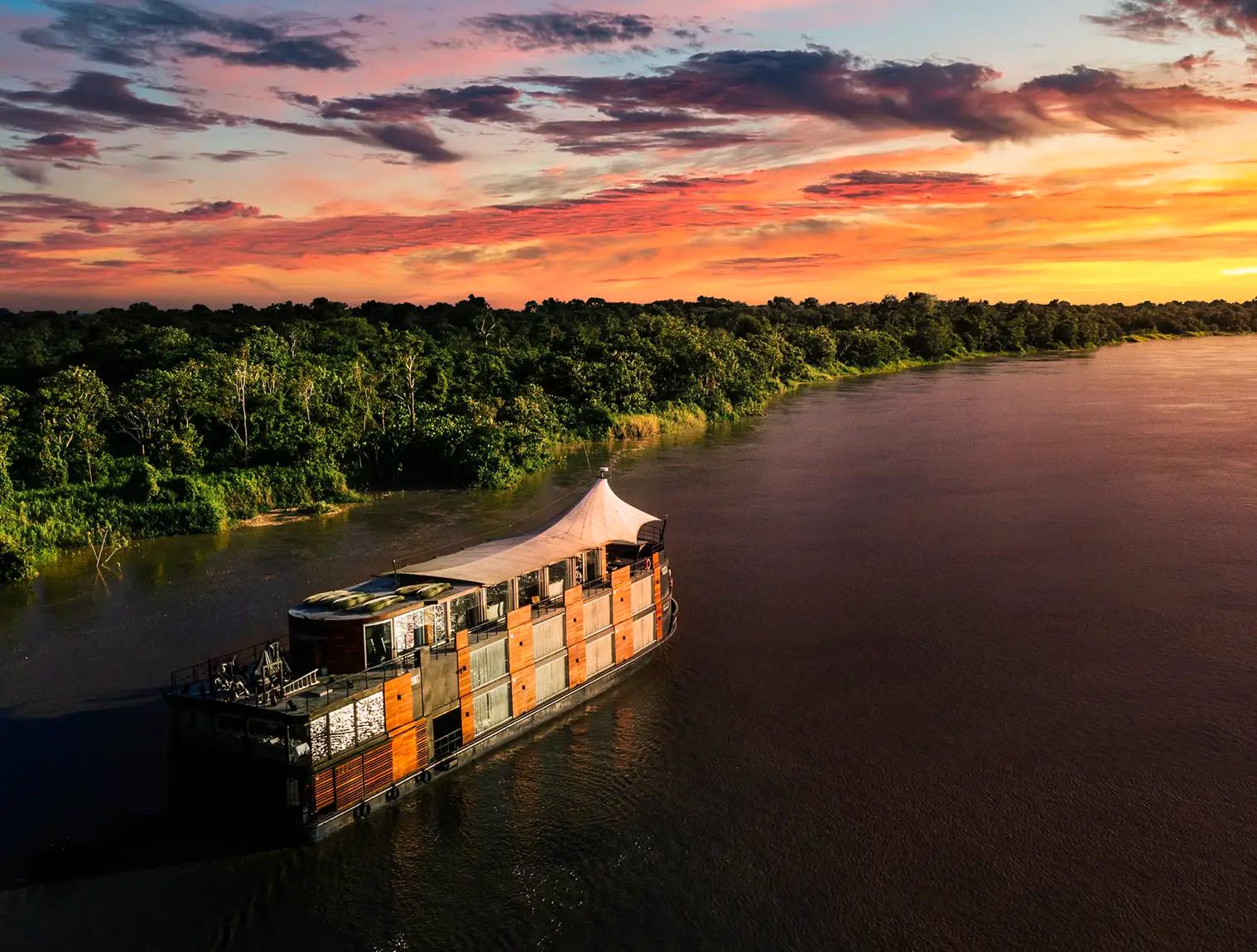
9 days from $ 3649
Cusco, Sacred Valley, Machu Picchu, Lima & Amazon Cruise
Is the Amazon Rainforest worth visiting?
Where is the amazon rainforest, when is the best time to visit the amazon, how big is the amazon rainforest, how much of the amazon is in peru, which is better – manu or tambopata or iquitos, is the peruvian amazon safe, do i need any vaccines before i travel to the amazon in peru, what is it like to stay at a jungle lodge, what’s the best way to protect myself from mosquitoes in the jungle, what animals live in the amazon rainforest.

Book With Confidence
We're flexible! Postpone your tour with zero cost up to 10 days prior to departure.
Email: [email protected]
Sign up to receive our newsletter for great articles, stunning photos, and special deals.
1-817-230-4971
Sales & travel support

How to visit the Amazon rainforest in Brazil: A complete guide
On my latest trip to Brazil, I had the opportunity to tick off a major bucket list item of mine – to visit the Amazon rainforest. It’s a destination that had fascinated me since I was a child, so it was a dream come true to finally see this mystical place with my own eyes.
Due to the immense size of the Amazon, planning a trip here can feel confusing and overwhelming. Therefore, I’ve put together this guide where I’m sharing my best travel tips on how to visit the Amazon rainforest in Brazil.
Covering an area of 6.7 million km2 (2.6 million sq mi), the Amazon spans 40% of South America and is by far the largest rainforest in the world. The Amazon basin is one of the most biodiverse places on the planet and is believed to be home to 10% of all known species.
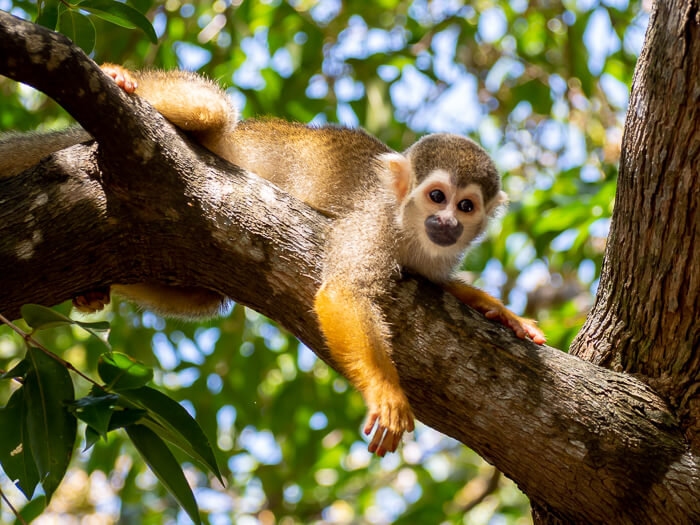
Known as the Lungs of the Earth, the Amazon tops the wishlist of many travelers from around the globe and is an ideal destination for those looking to connect with nature.
Whether you want to explore the depths of Brazil’s jungles, lock eyes with wild animals, taste wonderful exotic fruits, relax on unspoiled beaches or cruise down the Amazon River – you will make memories that will last a lifetime! And this Amazon rainforest travel guide will show you exactly how to do that.
Without further ado, let’s dive into all the things you need to know for planning a trip to the Amazon rainforest in Brazil.
Disclosure: This article contains affiliate links from which I may make a commission at no additional cost to you if you make a purchase.
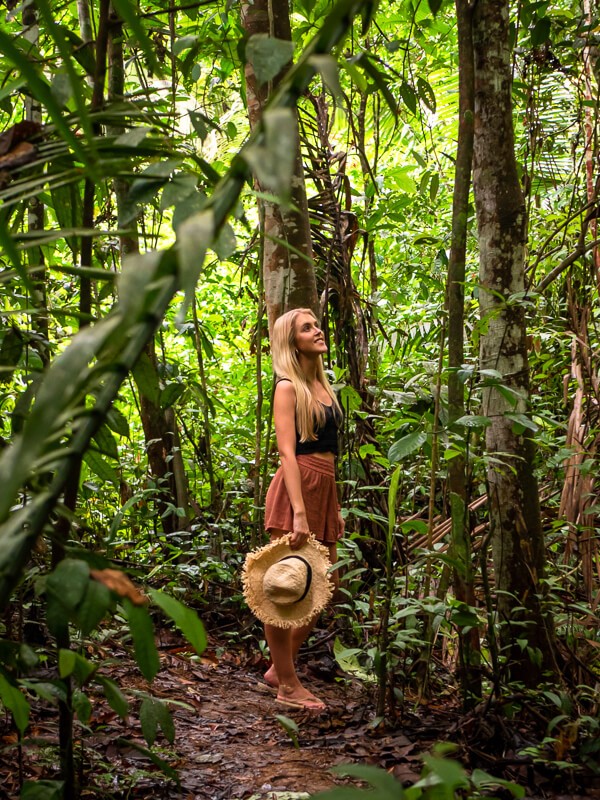
How to get to the Amazon rainforest in Brazil?
The best way to get to the Amazon rainforest in Brazil is to fly to Eduardo Gomes International Airport in the city of Manaus. Known as the gateway to the Brazilian Amazon, Manaus is the main tourist hub in the region and the capital of the Amazonas state.
You can take a direct flight from Sao Paulo to Amazon rainforest (Manaus), which takes about four hours. There are also direct flights to Manaus from other major cities in Brazil, such as Rio de Janeiro and Brasilia, as well as from Miami, Panama City and Bogota.
Alternatively, you could also fly to Santarem, which is a smaller town about 600km (370 mi) east of Manaus.
We started our Amazon trip by flying to Manaus and finished it by flying out of Santarem. To get from Manaus to Santarem, we took a ferry down the Amazon River. I’m explaining more about why we did this further below.
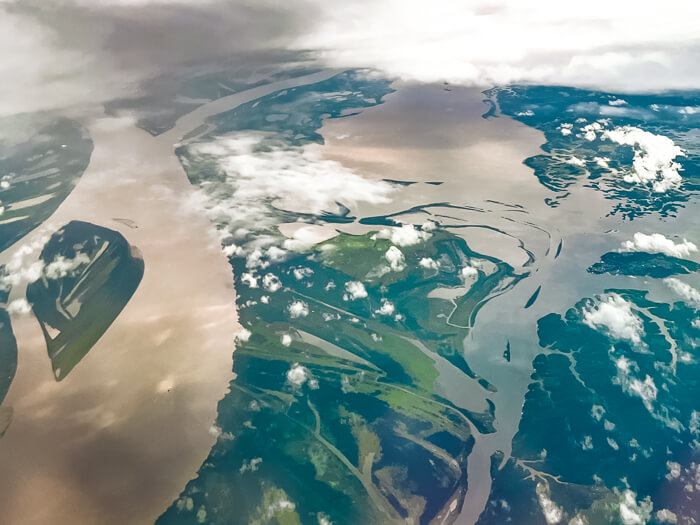
How many days do you need?
I would say three days is the minimum amount of time that you should set aside for visiting the Amazon rainforest in Brazil. In three days, you can do a handful of excursions, which will give you a glimpse of what this enchanting region has to offer. However, you’d only be skimming the surface.
I highly recommend spending a week or even 10 days exploring the Amazon rainforest if you can. This way, you’ll have enough time to visit several different areas of the Amazon region and enjoy a wider variety of experiences – from exploring jungles and rivers to relaxing on beaches and visiting waterfalls.
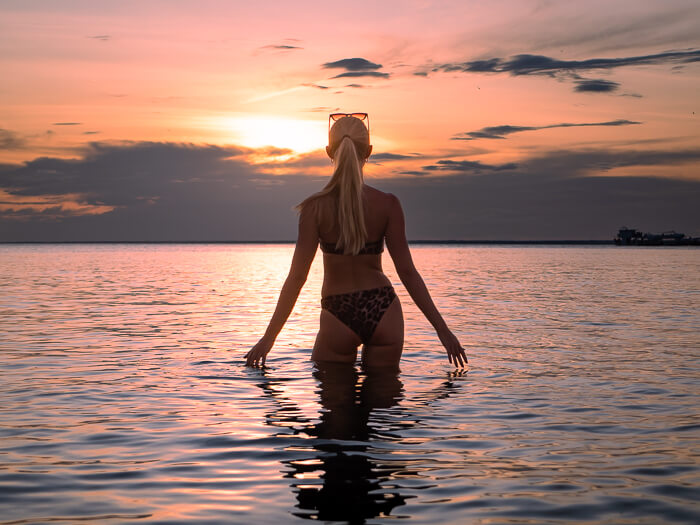
It’s also a good idea to have a few extra days as a buffer in your Amazon rainforest itinerary in case the weather turns out to be bad and prevents you from doing some of the activities you had planned (happened to us on a few occasions). In total, we spent 9 days in the Amazon but I wish we had a few more days.
If you’re interested in seeing more of Brazil (which I hope you are since there are countless amazing places to explore!), check out my post on 3 Brazil itinerary options to find inspiration for planning out the rest of your trip.
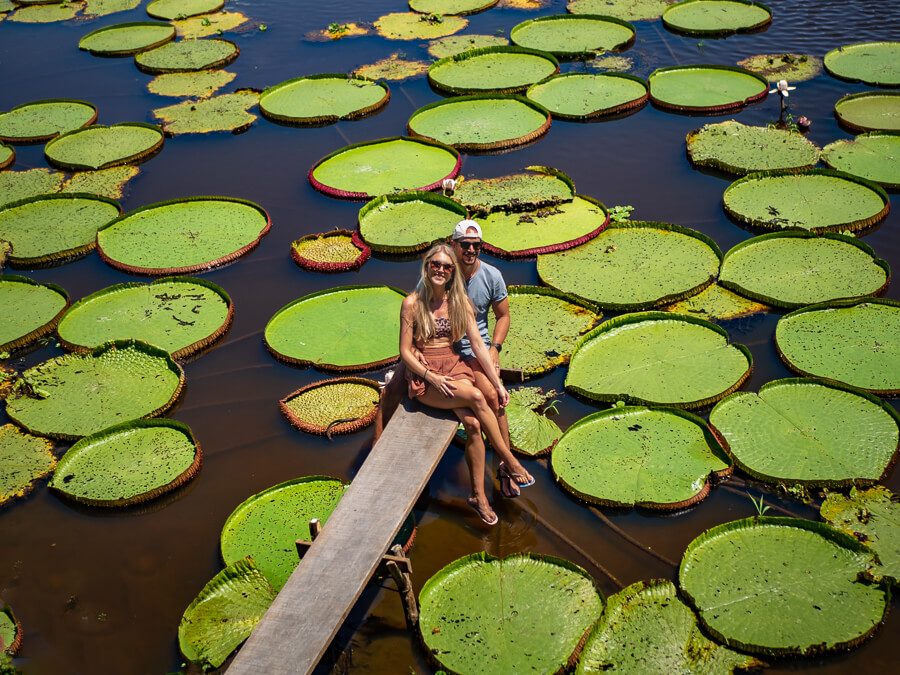
Best time to visit the Amazon rainforest in Brazil
There are two distinct seasons in the Amazon – the dry season and the rainy season. They are also known as the low water season and the flood season. Don’t let the word ‘dry’ fool you though. Remember that it’s still a tropical rainforest so you should expect to see some rain every day regardless of when you visit.
There’s no clear ‘best’ time to visit the Amazon rainforest in Brazil since there are pros and cons to both seasons. The rainy season typically runs from January to July and the dry season from August to December. The temperature remains hot throughout the year (around 27-30°C or 80-86°F).
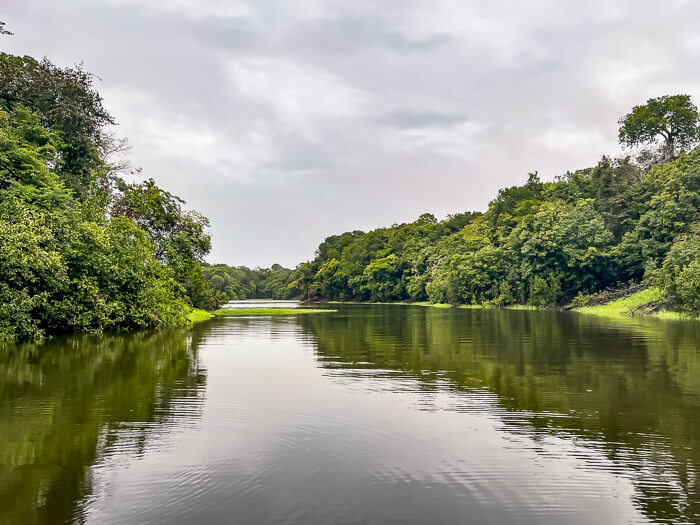
The advantages of visiting during the dry season are less rain, fewer mosquitoes, better access to the river beaches and better trekking options since the jungle won’t be flooded.
The main advantage of visiting during the rainy season is that you’ll have better opportunities for boat/canoe tours. Higher water levels make it possible to access smaller canals and get deeper into the flooded forests, which are locally known as igapó .
Be aware though that once the rainy season has kicked in and the water levels have risen (February-July), you won’t be able to enjoy the white sand beaches along the river banks, as they will be fully flooded.
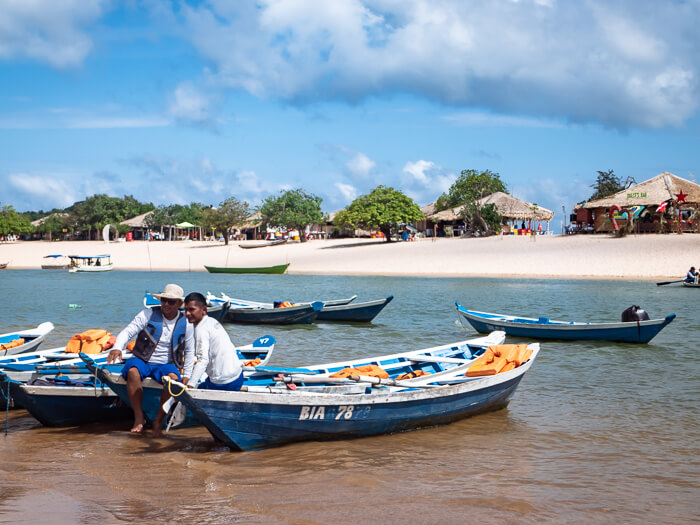
In some parts of the Amazon, the water level in the rivers rises by a whopping 12 meters (40 ft) by the peak of the rainy season. I find this absolutely mind-blowing!
We visited the Amazon from the end of December until the beginning of January, which is a transitional period from the dry to the rainy season. We experienced a lot of rain in the Manaus area but only a little rain in the Santarem-Alter do Chão area. This shows that the weather in the Amazon can be quite unpredictable.
How to visit the Amazon rainforest in Brazil?
One of the best ways to visit the Amazon rainforest in Brazil is to stay at a jungle lodge in the region around Manaus. The majority of the lodges are within a 2-3 hour drive or boat ride from Manaus and usually offer all-inclusive packages that include transfers from Manaus, all meals and several excursions on each day.
During the excursions, you’ll be accompanied by local guides who take you on jungle walks and boat tours and share their knowledge of the flora and fauna of the Amazon.
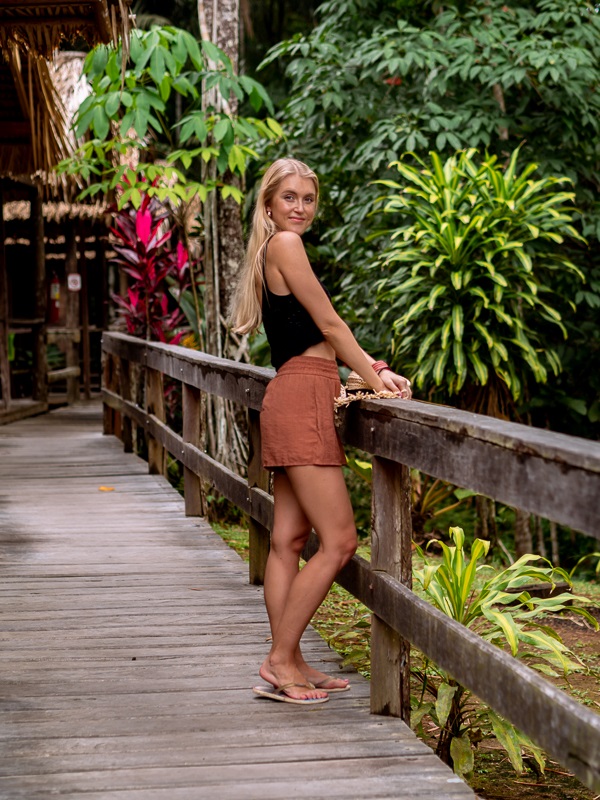
As an alternative to a lodge, you could take an Amazon cruise where you’d stay on a liveaboard riverboat and go on daily rainforest tours. You could also base yourself in Manaus and take day trips, which is probably the cheapest option.
Besides staying at an Amazon jungle lodge or taking a river cruise, I also recommend visiting Alter do Chão for a totally different experience. This small town has a laid-back bohemian atmosphere and is known as the Caribbean of the Amazon thanks to its fabulous white sand river beaches. Be sure to read my Alter do Chão travel guide for more tips on what to expect when visiting this cool little town.
To get to Alter do Chão from Manaus, you’d need to either fly or take a ferry down the Amazon river to Santarem. We chose the latter option. From Santarem, it’s just a 35km (22 mi) drive to Alter do Chão.
To give you an idea of how to plan your Amazon rainforest trip and how many days to allocate to each place, here’s an outline of our Amazon itinerary:
- Day 1-3: Flying to Manaus and staying at a jungle lodge
- Day 4-5: Taking a ferry from Manaus to Santarem
- Day 6-8: Exploring Alter do Chão
- Day 9: Flying out of Santarem
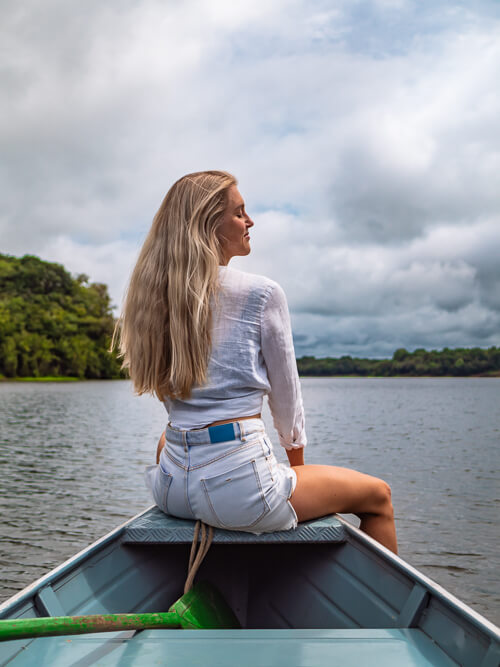
Amazon rainforest lodges in Brazil
There are numerous jungle lodges to choose from around Manaus, ranging from more affordable ones with very basic amenities to more stylish lodges with comfortable bungalows.
Here are my top picks for Amazon rainforest lodges for varying budgets:
BUDGET: Amazônia Exxperience One of the cheaper Amazon lodges. The rooms are rustic and very simple but apparently, the excursions and the food are wonderful!
MID-RANGE: Dolphin Lodge This is the lodge where we stayed for two nights and I think it’s one of the best mid-range options you can find. It’s a small rustic family-owned lodge in a tranquil location overlooking a river and surrounded by the rainforest. We stayed in a private bungalow perched on stilts high above the forest floor and took daily tours with our knowledgeable guides to explore the surrounding jungle, lakes and rivers.
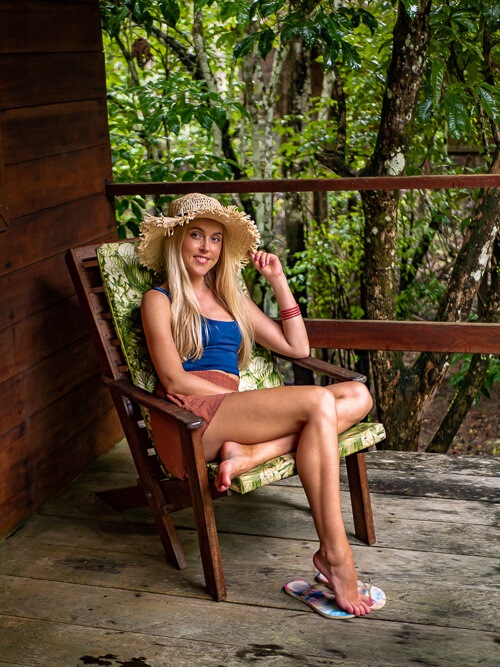
LUXURY: Juma Lodge If you’re looking for a little more comfort, Juma Lodge is the place for you. It is one of the most famous lodges in the area and has a swimming pool and spacious bungalows with hot water showers.
Which vaccines are needed for a trip to the Amazon?
You are not required to have any vaccinations to visit the Brazilian Amazon. However, vaccinations against hepatitis A, typhoid and yellow fever are recommended.
Some people also choose to take pills against malaria, a disease transmitted by mosquitoes. Alternatively, you could do your best to protect yourself from mosquito bites by wearing long sleeves and trousers when in the jungle, using a mosquito repellent and sleeping under a mosquito net.
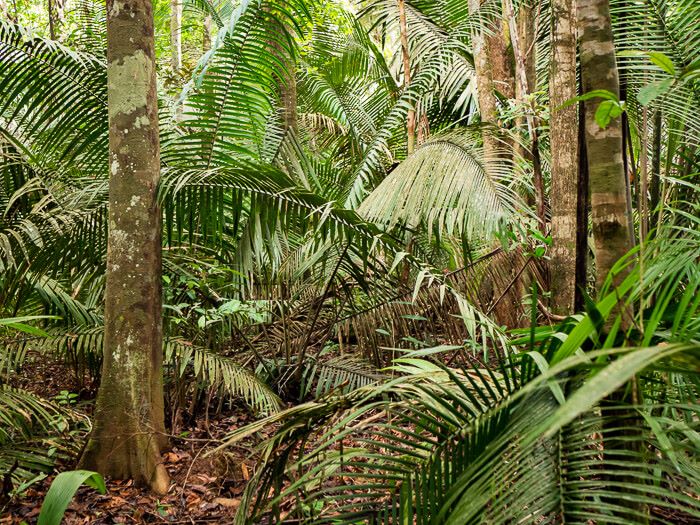
Which animals can you expect to see?
The Amazon jungle is home to countless species of wild animals that inhabit its rivers, treetops and forest floor. It’s one of the most biodiverse places in the world after all!
With that said, many of the animals are extremely well camouflaged or hiding deep in the jungle, far from the curious eyes of tourists. Therefore, you definitely shouldn’t expect to see jaguars, anacondas and tapirs around every corner.
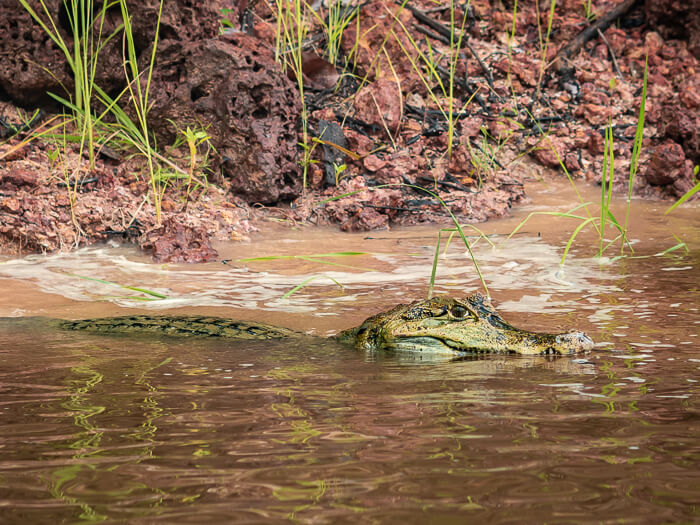
The most commonly seen animals in the Amazon rainforest are monkeys (howler monkeys and squirrel monkeys), caimans, freshwater dolphins (pink and grey ones), sloths, frogs, tarantulas, piranhas, and birds such as herons, macaws and toucans. During our 9 days in the Amazon, we saw all of these animals, though some of them were either very far or revealed themselves only for a brief second.
Seeing this adorable sloth (pictured below) from such a close distance was definitely one of the highlights of my Amazon trip in Brazil:
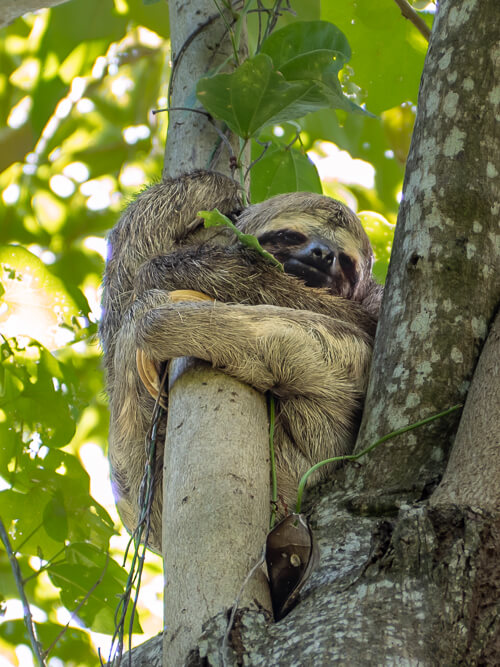
In terms of wildlife spotting, I’d say I’ve had a better experience in Costa Rica , the Galapagos Islands and Bonito (in Brazil) than in the Amazon. But the number of animals you see and how close you see them often comes down to luck! Nevertheless, I think the Amazon is a fantastic place to explore and still offers great chances of seeing wildlife.
A problem with wildlife tourism in the Amazon
While exploring the Amazon region, it became clear to me that unfortunately unethical wildlife tourism is extremely widespread there. The vast majority of the Amazon rainforest tours on offer include direct interactions with wildlife, which is problematic.
These are activities like petting and swimming with pink river dolphins, hugging sloths and monkeys, taking photos with a baby caiman in your hands, feeding wild animals and so forth. This article by National Graphic explains pretty well why such interactions are harmful to wildlife. Wild animals should stay wild and we shouldn’t treat them as our pets or photo props.
Sustainable and responsible ecotourism in the Amazon still has a long way to go. Therefore, I encourage you to choose your tour operators and lodges wisely.
I was happy to see that the tours we did with Dolphin Lodge didn’t involve any direct contact with wild animals.
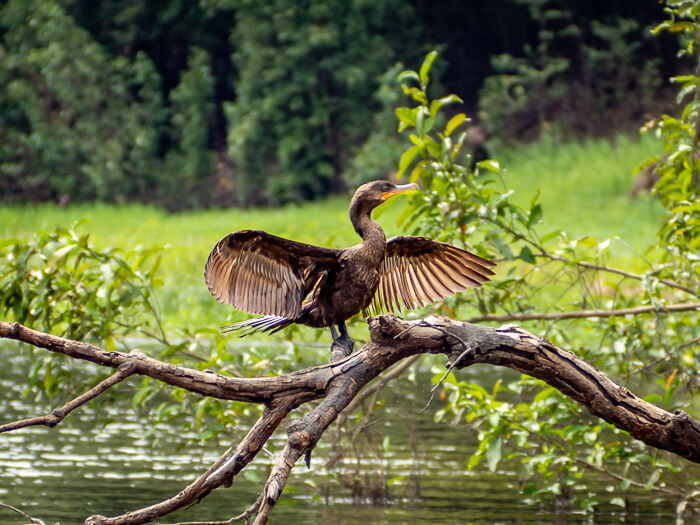
Best things to do in the Amazon rainforest
Thanks to its unique geography and fascinating flora and fauna, there’s no shortage of amazing places to visit and things to do in the Amazon rainforest. Here are some of the best ways to get to know this region and its wonders.
Jungle walk: Go on a trek in the rainforest with expert naturalist guides who will show you and educate you about a variety of exotic plants and wildlife. This was one of my favorite activities in the Amazon.
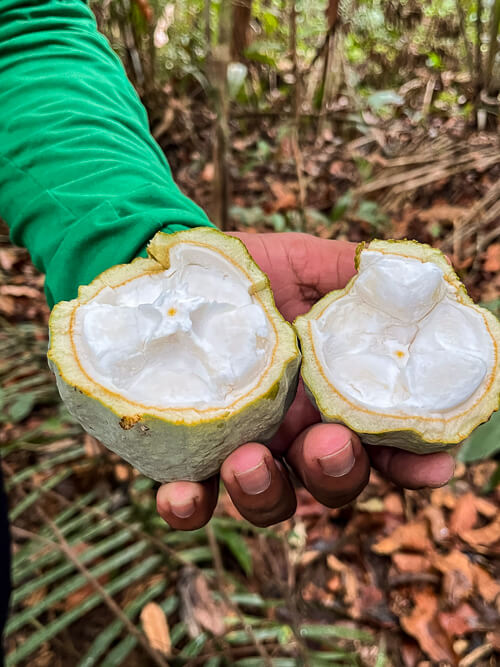
Canoe or boat tour: Take a tour on the calm waters of small rivers and lakes, where you’re likely to spot caimans, river dolphins and numerous birds. There are also piranha fishing tours and nighttime boat tours for spotting nocturnal animals.
Giant Amazon water lilies: Locally known as Vitoria Regia, these aquatic plants are the icon of the Amazon and can be found in ponds and lakes. They’re famous for their enormous leaves, which can reach up to 3 meters in diameter and can apparently hold the weight of a child or a small adult!
The beaches of Alter do Chão: Relax on beautiful sandy beaches along the Tapajós River, in an area nicknamed the Caribbean of the Amazon. Unlike the brown and murky Amazon River, the Tapajós boasts clear blue waters perfect for swimming.
Ferry on the Amazon River: Hop on an authentic ‘no-frills’ ferry used by the locals and sail 740km (460 mi) down the Amazon River to reach Santarem. You won’t see much wildlife on this journey since it’s a transportation ferry but it’s a unique experience nevertheless. Watching the sunset on the Amazon River is something I’ll never forget.
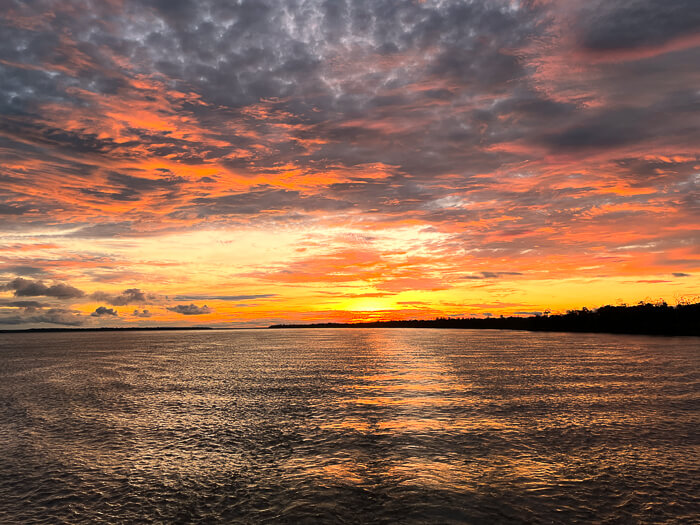
Survival tour: On a survival tour in the jungle, you’ll learn about medicinal plants, fishing techniques, how to build camps, make fire etc. There are one-day tours (such as this one ) as well as multi-day tours where you’ll camp in the rainforest.
Waterfalls at Presidente Figueiredo: This area is known for its waterfalls, caves and natural pools surrounded by gorgeous lush jungle. You can visit it on a day tour from Manaus . I would have really loved to explore this area but unfortunately couldn’t fit it into my Amazon itinerary.
Meet a local community: Take a tour to an indigenous community to learn about their way of living, their customs and agricultural practices.
Meeting of the waters: A unique phenomenon where the black waters of Rio Negro and the light brown waters of the Solimões River meet and run side by side for several kilometers before mixing.
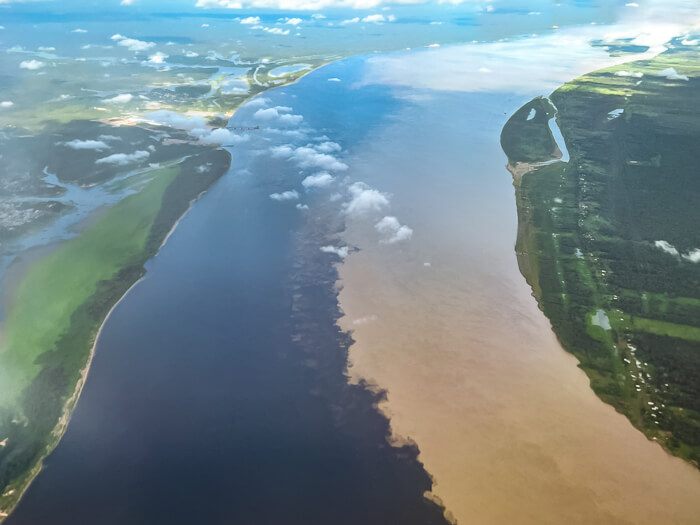
Map with the main points of interest
On the map below, I’ve marked the main points of interest that I mentioned in this Amazon rainforest travel guide as well as the lodges I recommended. Click on the icon in the top left corner of the map for more details.
Is it safe to visit the Brazilian Amazon?
Yes, the Brazilian Amazon is safe to visit. I can say that I felt totally safe throughout our entire Amazon trip. However, there are still some risks and dangers that you should be aware of.
Your biggest threat is mosquitoes that might carry malaria or yellow fever, which are both serious diseases. Always take precautions to protect your skin from mosquito bites.
Another common risk is getting an upset stomach due to the different kinds of bacteria in local food and water, which foreigners’ stomachs are not used to. To reduce your chances of getting sick, avoid drinking tap water during your Amazon trip in Brazil.
Also, it goes without saying that you shouldn’t wander into the depths of the jungle on your own when visiting the Amazon in Brazil. Always go with an official guide. Without one, it’s easy for tourists to get lost or wander into unsafe territories.
In terms of wildlife, there definitely are some dangerous animals in the Amazon but it’s unlikely that they’d attack you unless you provoke them or get too close. To avoid potentially dangerous encounters with animals, do your jungle hikes and river explorations with a guide.
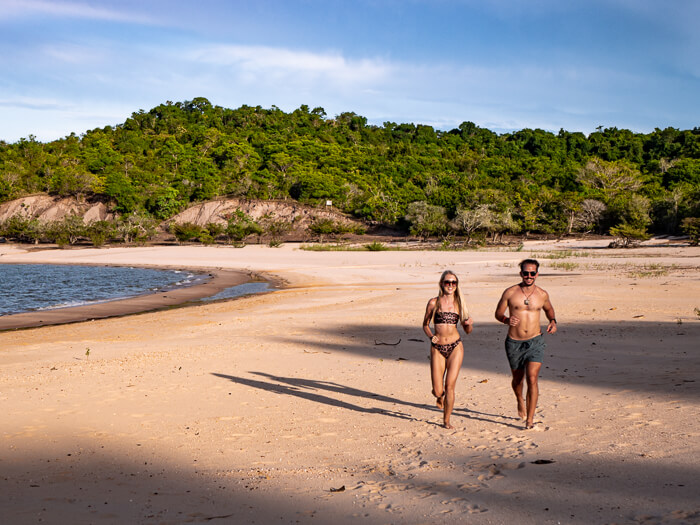
What to wear in the Amazon rainforest?
Since it’s going to be hot and humid, shorts, T-shirts, flip-flops, a swimsuit and a hat to protect yourself from the sun are a must. It’s also going to rain so it’s a good idea to bring a rain jacket.
Trousers and long sleeves are necessary when going on jungle walks in order to protect yourself from mosquitoes and sharp plants. Also, it’s apparently better to dress in light, neutral colors to avoid mosquitoes.
Remember to also bring sneakers or hiking boots. Alternatively, your lodge might provide you with rubber boots if you’re going to walk in particularly muddy areas.
I wore long leggings, a linen shirt and sneakers during our hike in the jungle and I think it was a great choice – I wasn’t feeling too warm and I didn’t get any mosquito bites.
In terms of fabrics, aim for light and breathable ones because it’s almost impossible to dry your clothes in the humid rainforest.
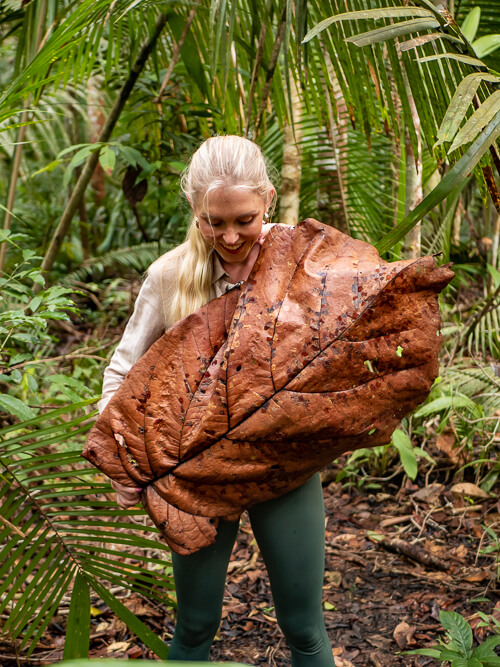
Final thoughts on visiting the Amazon rainforest in Brazil
And there you have it! These were my recommendations on how to visit the Amazon rainforest in Brazil. I hope this travel guide inspired you to explore this fantastic one-of-a-kind region and that you will find it useful for planning your own perfect trip!
If you have any questions about traveling to the Amazon rainforest, drop them in the comments and I’ll do my best to answer them.
For more photos and videos of my Amazon trip in Brazil, check out my Instagram account (look for the highlight called Amazonas).
Be sure to also check out my other Brazil travel guides for more tips on spectacular ecotourism destinations, gorgeous beaches and fun cities to visit:
- 10-day Brazil itinerary – 3 different options
- Visiting Alter do Chão, a hidden gem in the Amazon
- Visiting Iguazu Falls, one of the 7 Wonders of the World
- Best things to do in São Paulo
- Fun things to do in Rio de Janeiro
- Hiking in Brazil: Chapada Diamantina
Disclosure: I was invited to stay at Dolphin Lodge but as always, all opinions are my own.
Enjoyed reading this Amazon rainforest travel guide? Pin it!
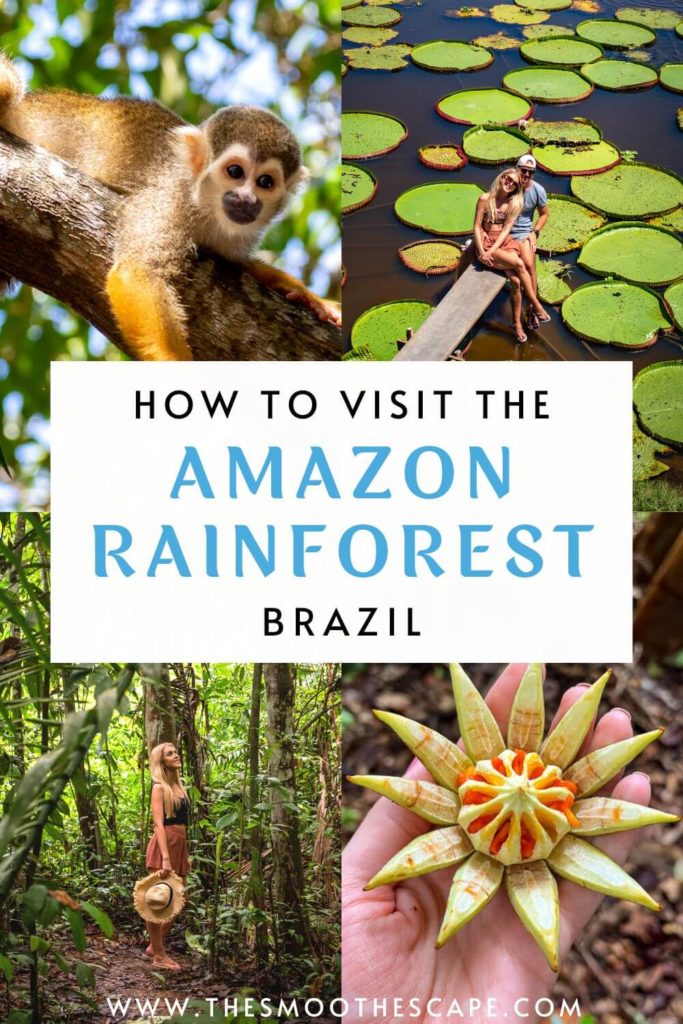
Visiting Alter do Chão, Brazil: A hidden gem in the Amazon region
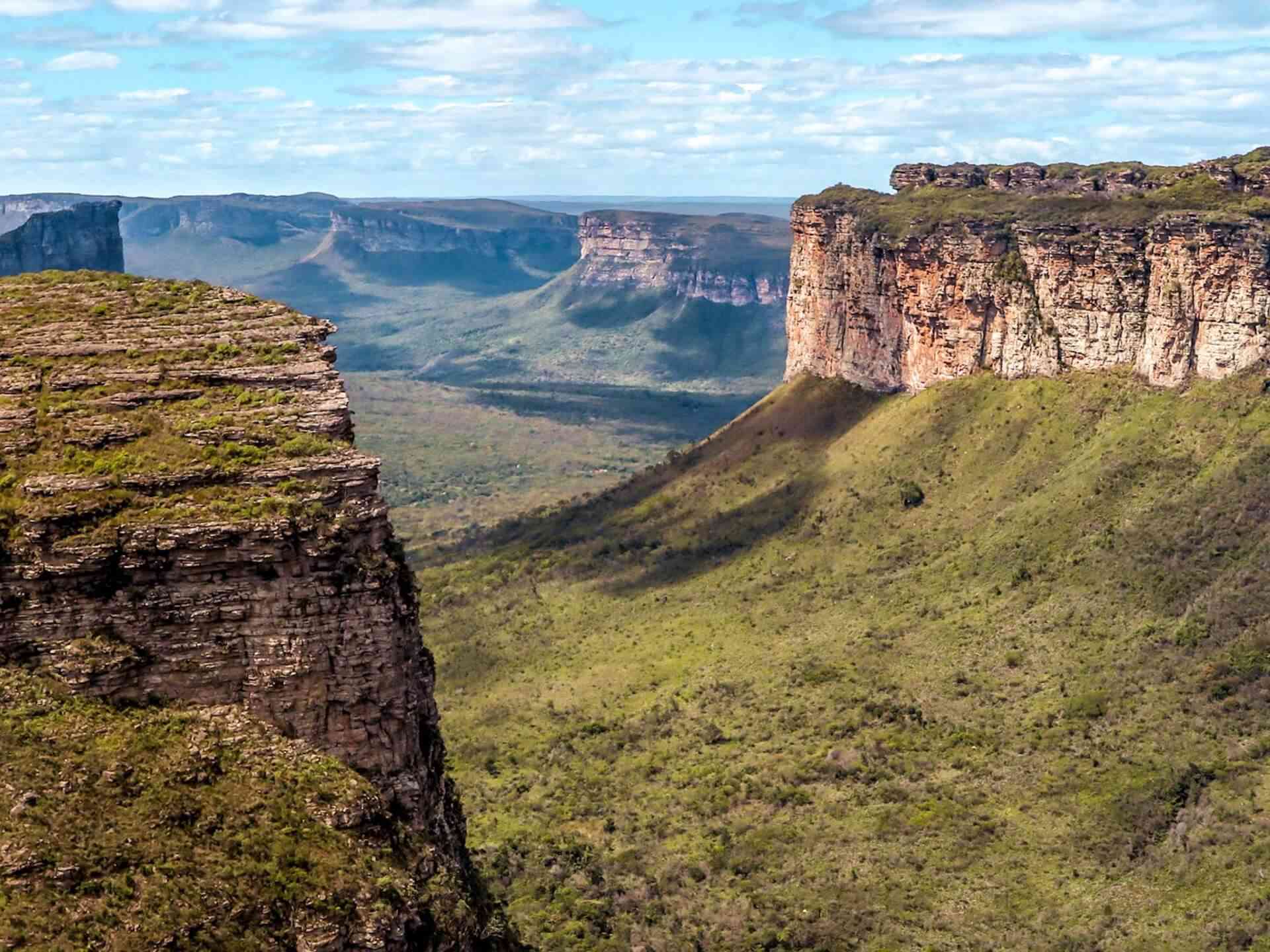
Things to do in Chapada Diamantina besides hiking
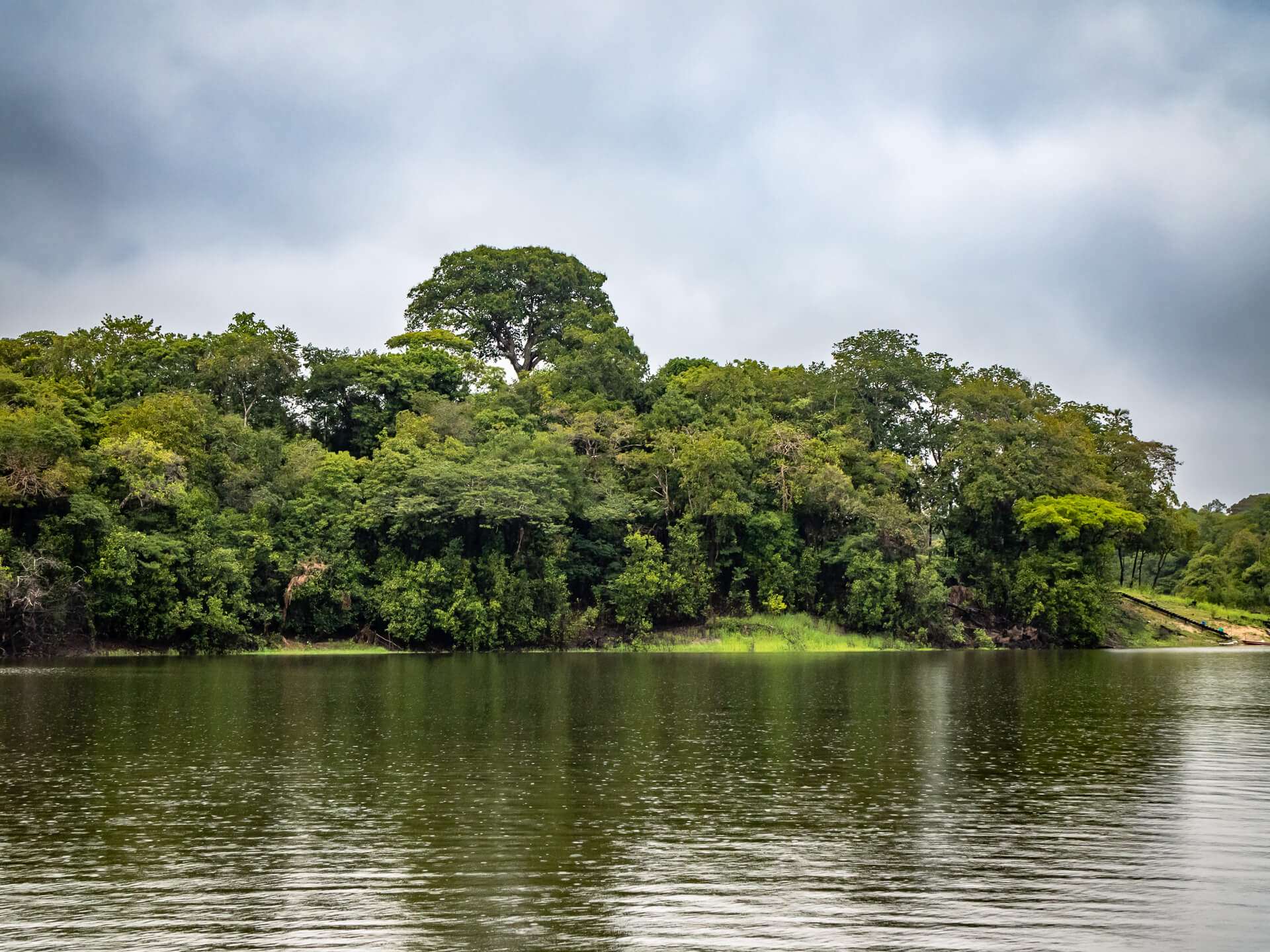
How to visit Iguazu Falls in Brazil: Everything you need to know
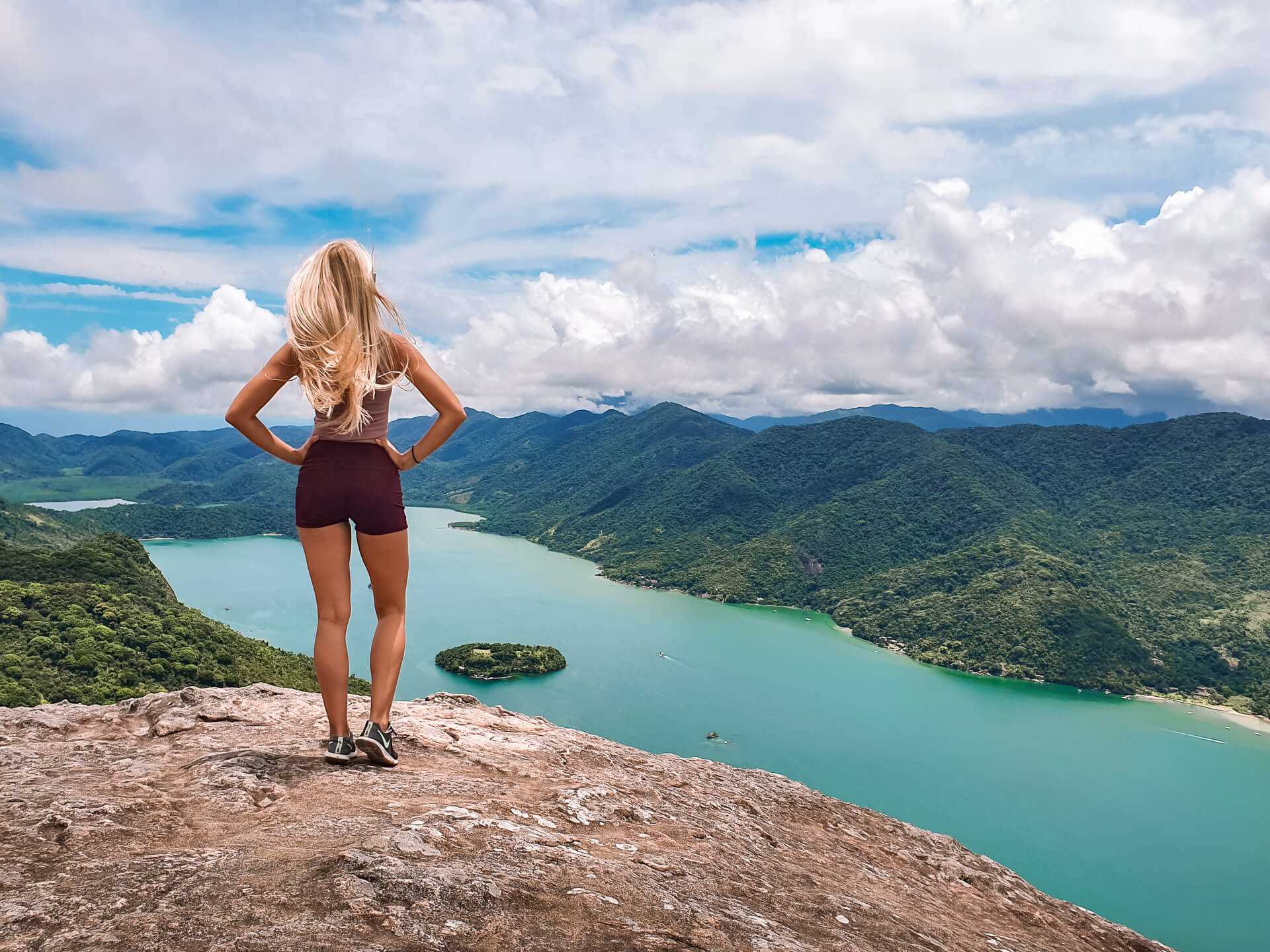
How to spend 10 days in Brazil – 3 epic itineraries
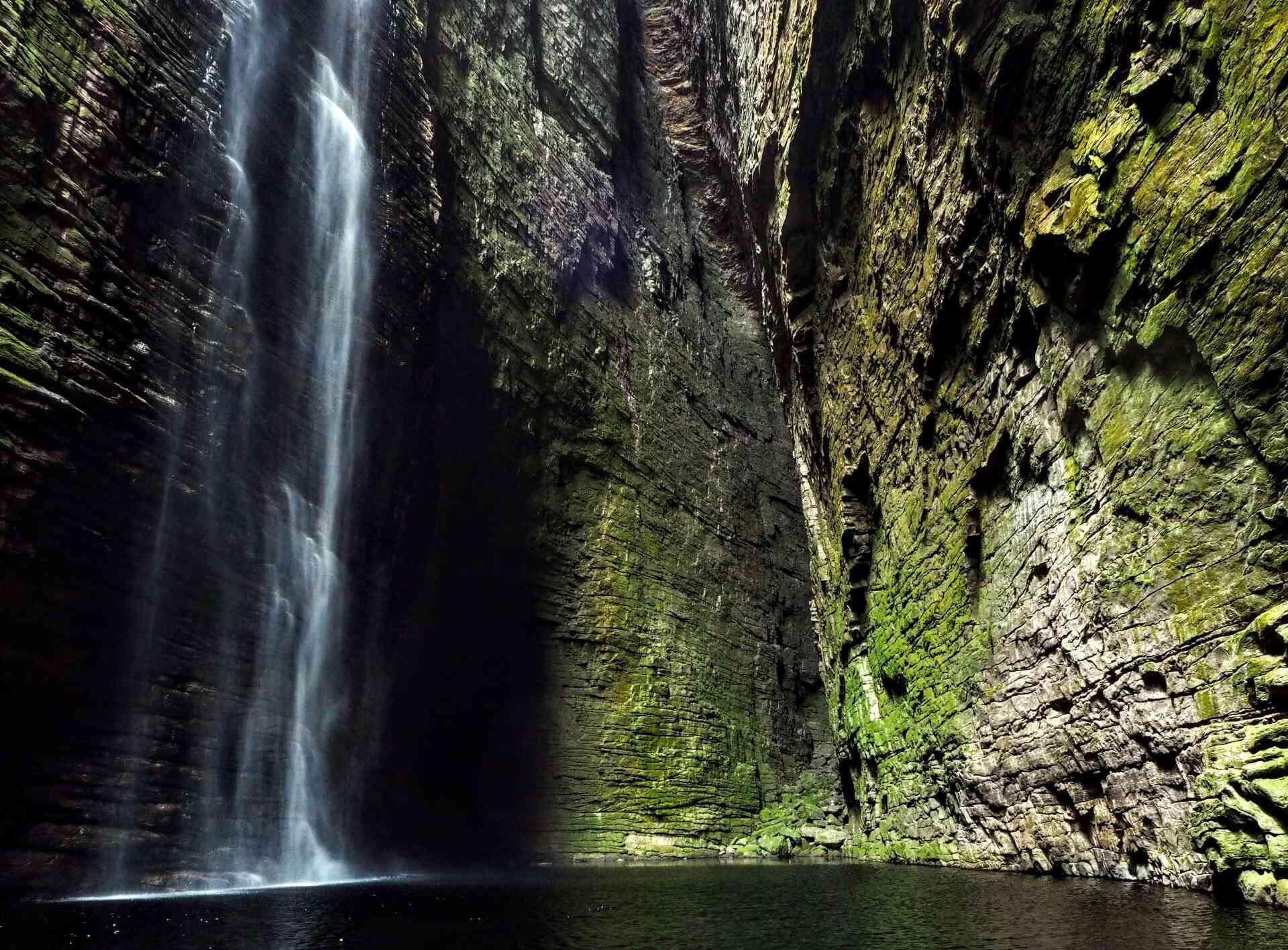
Hiking in Brazil: getting off the beaten path in Chapada Diamantina
Hey! Can you tell me what the cruise was you booked from Manaus to Santarem? How was it and how was the price? Thanks! Michael
Hi! It wasn’t really a cruise what I took. It was a very basic old transportation ferry used by the locals. We just went to Manaus port the day before and bought our ferry tickets there from the ticket booth. The price for a cabin was around 470 BRL but if you’re willing to sleep in a hammock like most people do, it’s much cheaper.
Hi! I would like to visit Manaus and visit the Amazon rainforest. Can I take an uber to the Amazon? If yes, how long it takes? Can I spend just two hours there? Are there bathrooms there? Thanks.
Hi Javier. Manaus is already in the Amazon rainforest. I don’t think taking an Uber to a random place on your own is a good idea. I recommend taking a guided tour instead. This usually involves getting on a boat, sailing along the rivers and hiking in the jungle not driving around in an Uber.
Can you send me an email of your Brazil trip with hotel info etc. what you posted is something we as a family can probably do. Thanks in advance.
Hi Daniel. The info about where I stayed is in the blog post 🙂
Thanks for the post, very useful info. I’m curious to know, how do you get to these hotels on the river. From Manaus is there just a bunch of boat-taxi services which will take you where you need to go?
Do most people rely on their hotel to buy excursion packages from? From Manaus do people advertise their packages by the (presumably) boat launch? Going to Mexico I remember the moment you get into the city there are hundreds of people advertising their tours. Is it similar? If so would you expect them to pick you up from your hotel?
Thanks in advance.
Hi Dwayne. If you’re staying at a hotel in the jungle or on the river, transfers are usually included in your stay. Excursions are usually also included but in case they’re not, it would makes sense to do them with the hotel you’re staying at. There are lots of tour operators in Manaus but I’d only recommend buying tours from them if you’re staying in the city not in a hotel out in the jungle or on the river. These hotels are usually so remote that it wouldn’t make sense traveling back to Manaus each day and do the excursions from there.
Leave a Reply Cancel reply
Your email address will not be published. Required fields are marked *

Everything you need to know about visiting the Amazon
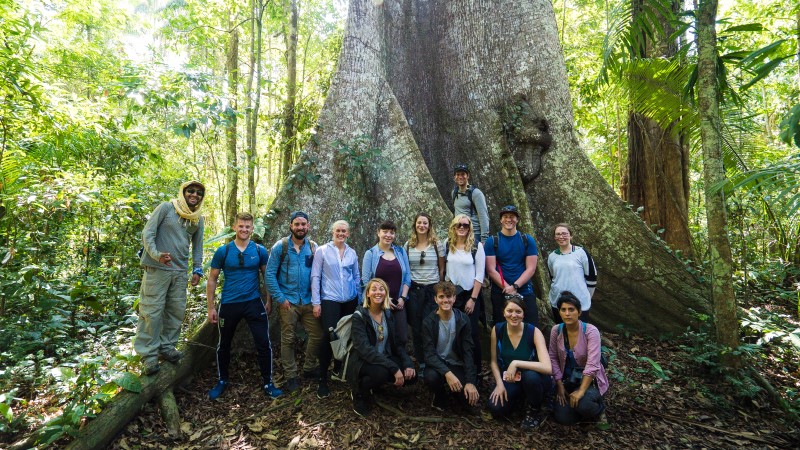
Spanning a mind-blowing 5.5 million square kilometres, the Amazon is the largest rain forest on the face of the Earth.
This untamed wilderness is home to as many as 40,000 species of plant, several thousand species of birds, over four hundred mammals and 2.5 million different insects.
That handful of numbers alone is probably enough to make you feel overwhelmed! To help ease your mind, I’ve compiled all the information you need so that you can start planning your Amazon trip today.
The best time to go
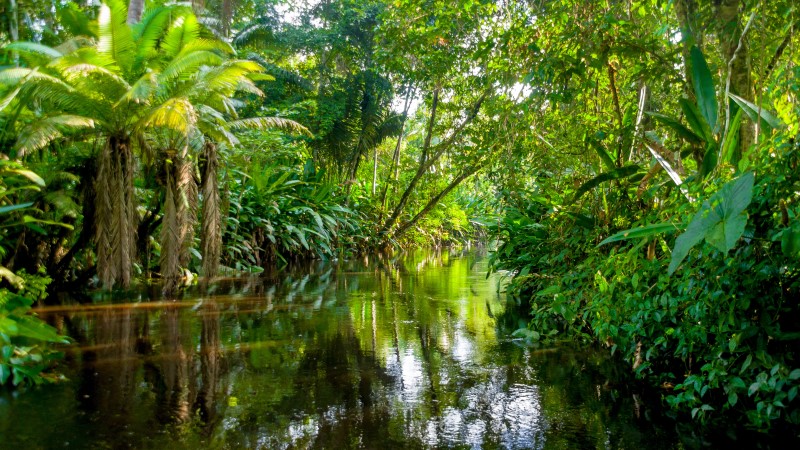
Fotos593/Shutterstock
In truth, the Amazon jungle can be explored all year round. Even in spite of its enormity, the weather conditions here don’t really vary between seasons – expect it to be warm, rainy and humid.
January to June marks the wet season, with temperatures sitting between 23 and 30ºC (that’s 73 to 86ºF). Throughout this half of the year, daily showers are common and can sometimes be heavy. Increased rainfall makes the rain forest feel cooler and the river levels higher. This makes accessing the river easier and swimming more plausible. It’s also worth mentioning that the greater humidity means there are more mosquitos about.
The second half of the year, July to December, marks the dry season. During this time temperatures average around 26 to 40ºC (or 78 to 104ºF) and although there’s less rain, heavy showers are still not unheard of. Decreased rainfall makes jungle feel drier and the river levels lower. This makes exploring on foot easier and offers a great opportunity to spot caimans as they compete for shorter food supplies.
SUBSCRIBE TO OUR NEWSLETTER FOR OUR LATEST NEWS, OFFERS AND COMPETITIONS
Getting there
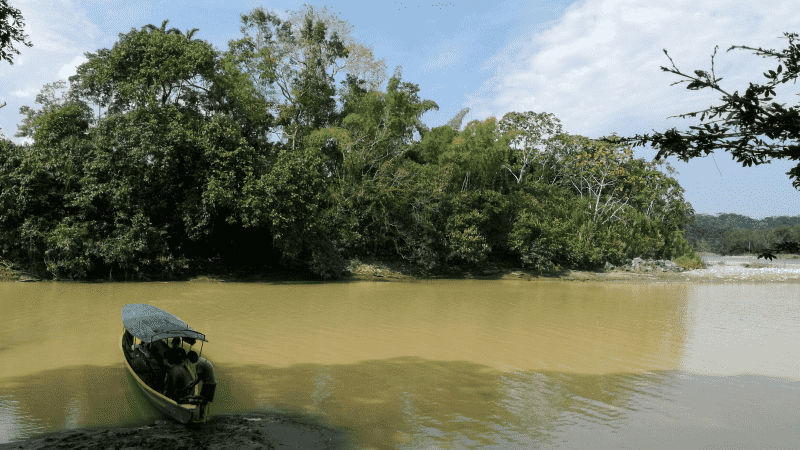
Photo captured by Eduardo Mora
The vast rainforest spans nine different South American countries including Peru , Colombia , Ecuador and Bolivia – although it’s most prominent in Brazil .
Planning to visit the Peruvian Amazon? Flights can be arranged into Iquitos, Puerto Maldonado from Cusco. Hoping to experience the Brazilian Amazon? Flying into Manaus in the north is your best option. If it’s the Ecuadorian Amazon you’re after, then you can take a bus from Quito into Tena City (five hours) where you can hop in a pickup truck. Or, if you’re eager to explore the Bolivian Amazon, fly from La Paz to Rurrenabaque (around 45 minutes) and then ride a motor-boat upriver to Madidi.
Joining a short, escorted, group tour is an easy way to escape the trouble of organisation!
Intrepid trips to the Amazon:
- 4-day Peru Amazon
- 4-day Ecuador Amazon Jungle
- 12-day Inca Trail & Amazon
What you can see
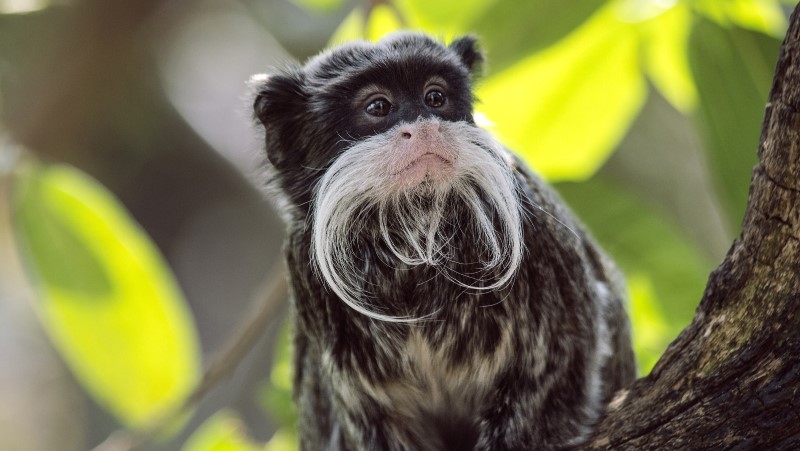
Will Howe/Shutterstock
The Amazon Rainforest houses 10% of the planet’s known species, so there’s plenty for wildlife enthusiasts to get excited about. Hiding high in the canopy you might spot slow-moving sloths and all manner of monkeys including howler, spider, tamarin, capuchin and squirrel – to name but a few. Bring along your binoculars too for a closer look at brightly-billed toucans and scarlet macaws.
Lurking on the rainforest floor and on the leaves of lower lying plants you might see sinister-looking snakes such as green anacondas, boa constrictors and eyelash vipers. Also, look out for tiny poisonous dart frogs and cleverly camouflaged insects like the leaf-mimic katydid and moss-mimic stick insect.
Living on the river banks you might find capybara families playing, caimans looking for their next meal and tapirs nibbling on low-hanging branches. Whilst in its murky waters, you may see pink river dolphins coming up for air and giant otters tucking into their fish suppers.
LOVE WILDLIFE? CHECK OUT INTREPID TRAVEL’S FULL RANGE OF ANIMAL-FILLED TOURS
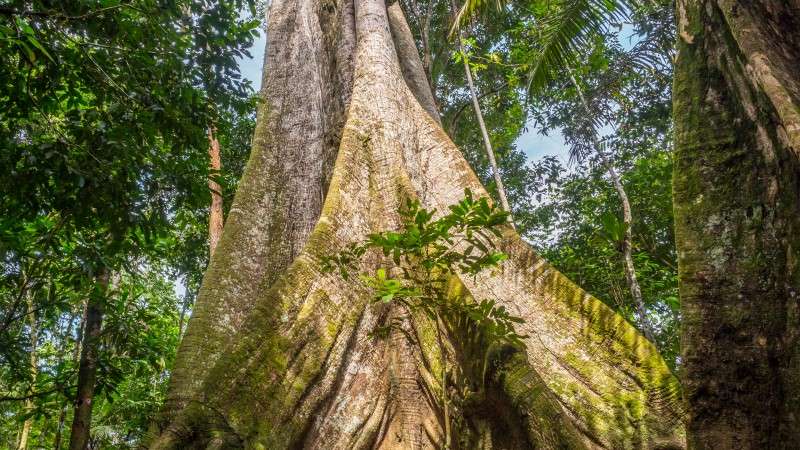
Nowaczyk/Shutterstock
If you’re more of a plant person, the Amazon offers up lots for green-fingered explorers too. Some of the most fascinating and unusual species include giant water lilies (or Victoria Amazonica), spaghetti passion flowers and monkey brush vines. It’s a brilliant destination for tree lovers too. You won’t be able to walk through the jungle without coming across the humungous roots of the kapok tree. These giants can reach over 60 metres in height!
And, for the foodies amongst us, you’ll also be able to spot the plants that some of our favourite foodstuffs come from including coffee, cacao and bananas.
Where you’ll stay
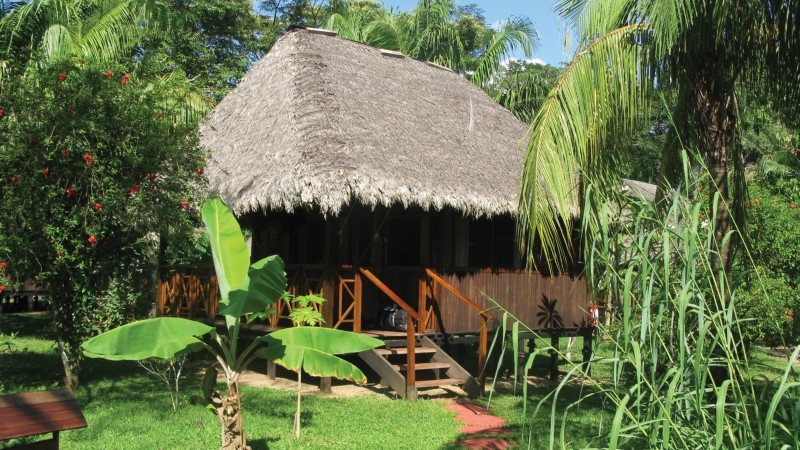
Photo captured by Barbara Glanz
The most prominent style of accommodation you’ll come across in the Amazon is jungle lodges, regardless of which section you’re visiting. And whilst you can get some incredibly luxury or extremely basic ones, most sit around the 3-star mark. In these lodges, you’ll usually stay in a comfortable twin share or double cabin with an ensuite bathroom. Rooms will be kitted out with mosquito nets and a fan to keep you cool and protected at night.
READ MORE: 5 AMAZON LODGE PHOTOS THAT WILL HAVE YOU PACKING YOUR BAGS IMMEDIATELY
Activities on offer
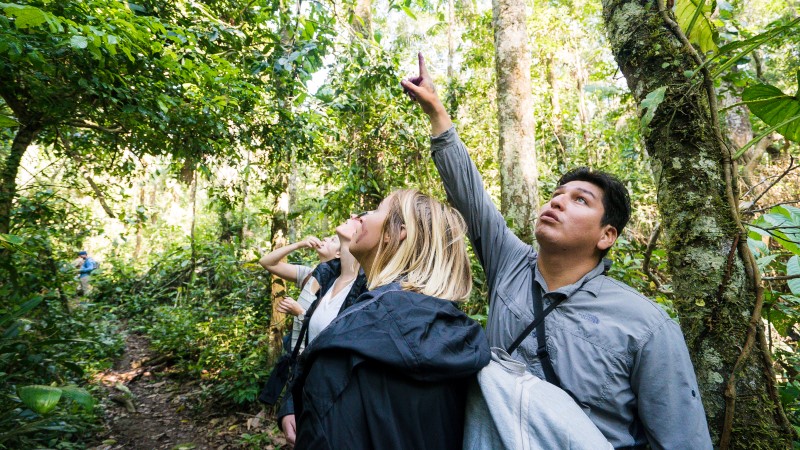
Photo captured by Stephen Parry
During your time in the Amazon, the days will be filled by jungle walks and river cruises. These will likely happen at varying times each day to give you an insight into how your surroundings can change. On some nights you’ll have the option to take part in an after-dark jungle walk, offering you the opportunity to spot some nocturnal animals. But if you’re not keen, no worries, you can choose to simply kick back in a hammock. Bear in mind that the day’s schedule can change depending on the weather. Other activities that are sometimes available include rafting, canoeing and swimming.
BOOK NOW: CHOOSE FROM 30+ INTREPID TRAVEL ITINERARIES FEATURING THE AMAZON
Packing essentials
Aside from lightweight, waterproof and moisture-wicking clothing, here are a few more items to pop on your packing list:
- A head torch for night walks through the jungle.
- A pair of binoculars so you can get a closer look at the amazing Amazonian animals.
- Mosquito spray regardless of whether you’re travelling in the wet or dry season.
- Sensible walking shoes, although rubber boots will be provided in most cases.
- A hat to protect your head from the sun when cruising down the river.
- High factor sun cream as you don’t want sunburn putting a downer on your experience.
- A camera as you’ll be presented with an abundance of photo opportunities.
READ MORE: 10 EASY WAYS TO BE A RESPONSIBLE TRAVELLER
5 tips for exploring the Amazon responsibly
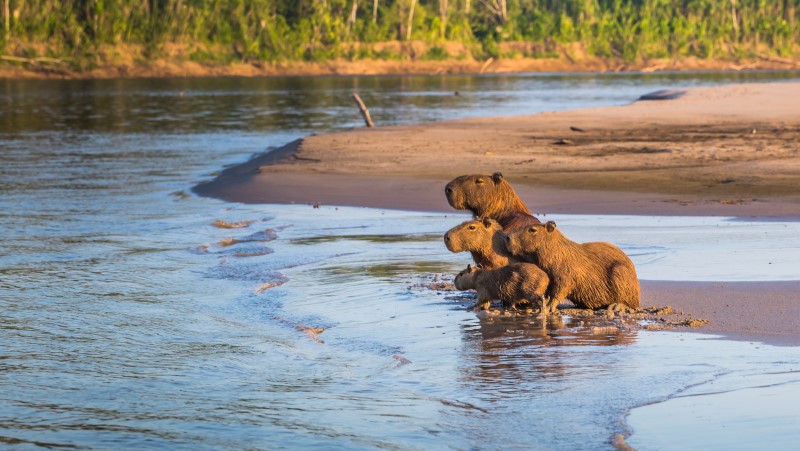
RPBaiao/Shutterstock
1. Adopt a ‘take in, take back out approach’ with your rubbish when exploring the jungle.
2. Keep a respectful distance from the local wildlife, particularly those species that are poisonous.
3. Choose a lodge that invests money back into the local community.
4. Carry a reusable water bottle so that you’re able to refill it from the larger water bottles at the lodge.
5. Listen to your guide and follow the routes they lay out for you.
LEARN MORE ABOUT RESPONSIBLE TRAVEL
What to do in the Amazon Rainforest?
- Enjoy a Junge walk through the world’s biggest Rainforest, the amazon rainforest, discovering the unique and vibrant wildlife, as well as the abundance of amazing plant species on offer.
- Kayak down the Amazon River, exploring the remote, hard to reach areas. Spot the amazing marine life as you navigate down the river and through the dense jungle.
- Get up high and amongst the 70% of the Amazon wildlife which live in the canopy. The Canopy bridge walk is a fantastic way to explore the jungle and must for your Amazon trip.
Ready to experience the Amazon for yourself? Intrepid Travel has over 30 different trips visiting this incredible natural wonder.
Feeling inspired?
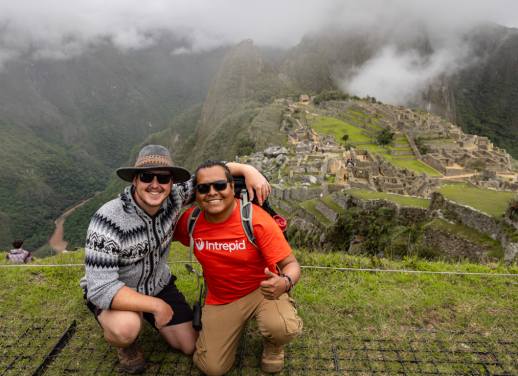
I'm a firm believer in the saying: "you'll always regret what you didn't do, not what you did". So, even after people told me I'd never get a job again if I left London to travel, I did it anyway. 29 countries later, and it will always be one of the best decisions I've ever made (corny maybe, but true). Life's short, the time to get out there and see the world is now!
You might also like
10 fun facts you might not know about..., 12 facts you probably don’t know about guatemala, the 7 best places to go on a..., 5 reasons to visit sri lanka in the..., why 2024 is the best year to see..., yellowstone vs yosemite: which national park to visit, 6 unique experiences you can have in el..., from delhi to udaipur, here are the five..., cinque terre vs amalfi coast: which destination to..., love at first bite: 10 famous sandwiches from..., galapagos or madagascar which unique destination should be....

- Amazon River
- Galápagos Islands
- Indonesian Archipelago
- Mekong River
- Irrawaddy River
- India Cruises
- Machu Picchu
- Iguazu Falls
Amazon Rainforest Travel Guide
The definitive Amazon Rainforest travel guide with tips on how to visit, expert Amazon River cruise advice, and ideas for planning a trip to the Amazon Rainforest for the most rewarding of Amazon vacations .
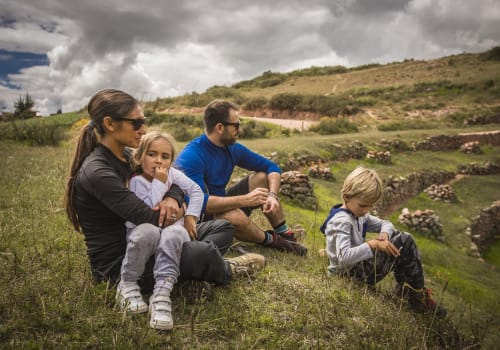
7 Best Family Destinations In South America
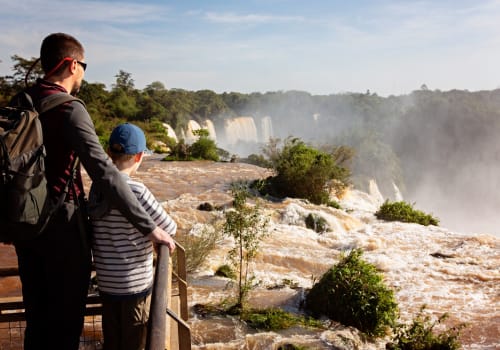
Traveling To Brazil With Kids: Top Tips & Things To Do

7 Best Hotels In Brazil
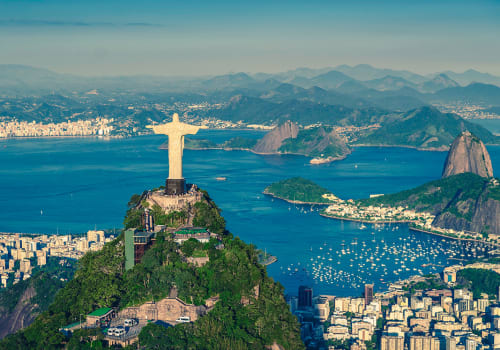
- Inspiration
When Is The Best Time To Visit Brazil?
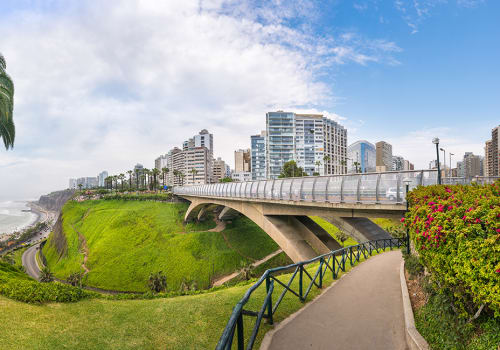
When Is The Best Time To Visit Peru?
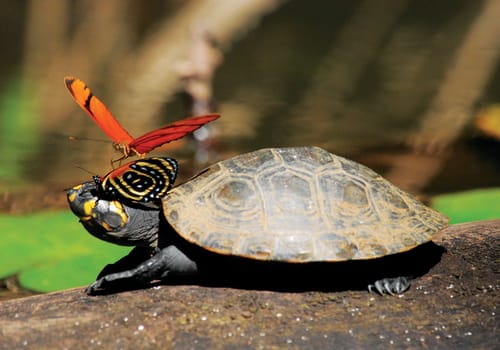
11 Insects Of The Amazon Rainforest That Must Be Seen To Be Believed
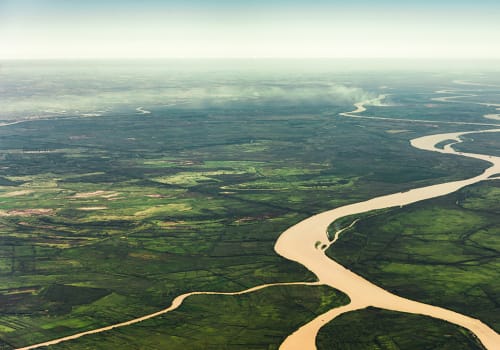
15 Astonishing Facts About The Amazon River
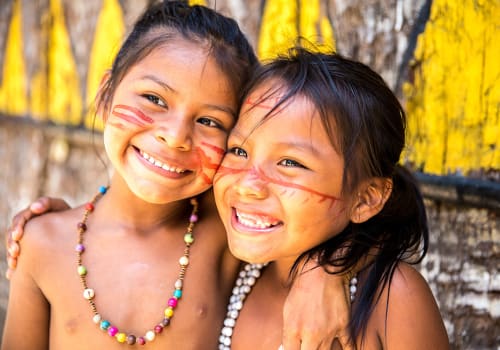
How Do Indigenous Tribes Live in the Amazon Rainforest?
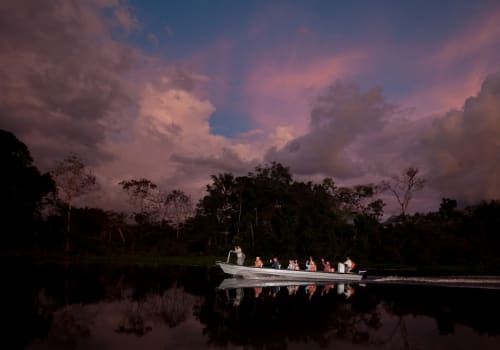
Nocturnal Animals Found in the Amazon Rainforest

The Amazon Rainforest’s Cacao Tree

A Guide To The Pacaya Samiria National Reserve
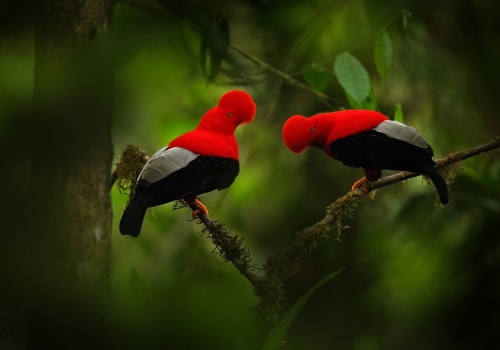
Ecuador Amazon Rainforest Weather

Endangered Animals of the Amazon Rainforest
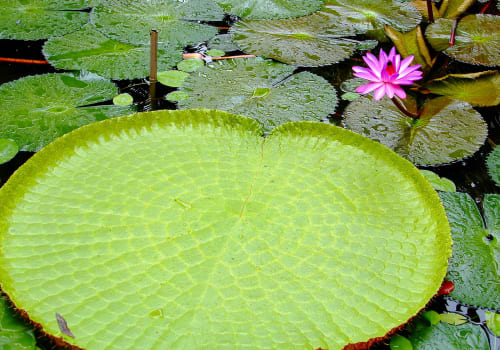
Victoria Water Lily Facts
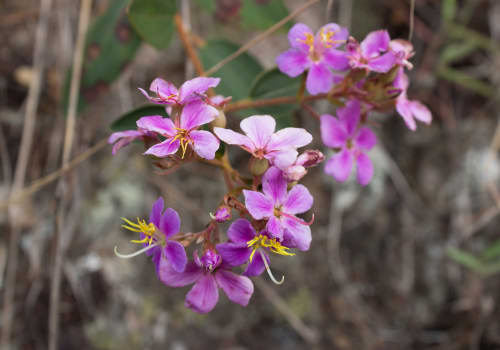
Amazon Orchid Facts

Giant Otter: Prodigious Predator Of The Amazon & Pantanal

The Meeting of the Waters In Manaus, Brazil
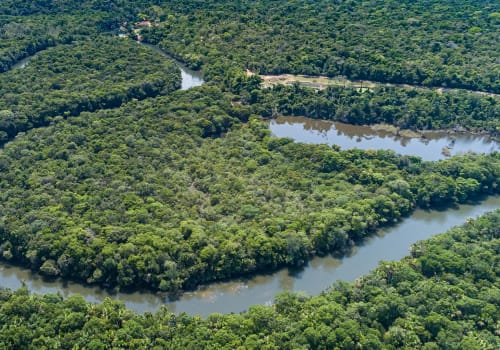
Where Is The Amazon River & Where Does Is Start And End?
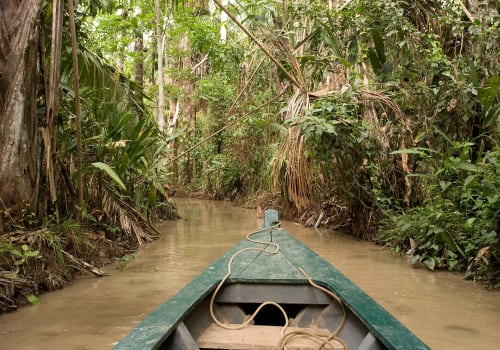
What Things Are There To Do In Puerto Maldonado, Peru?

Where is the Amazon Rainforest Located?

12 Best Places To Visit In South America

Top 10 Macaw Facts
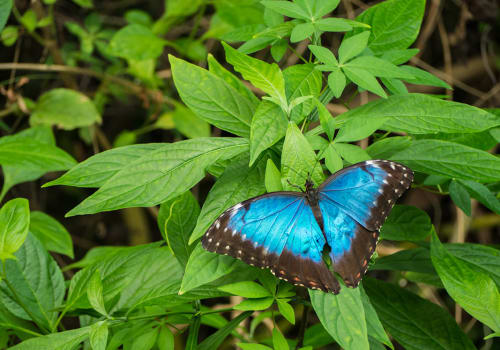
Top 8 Blue Morpho Butterfly Facts
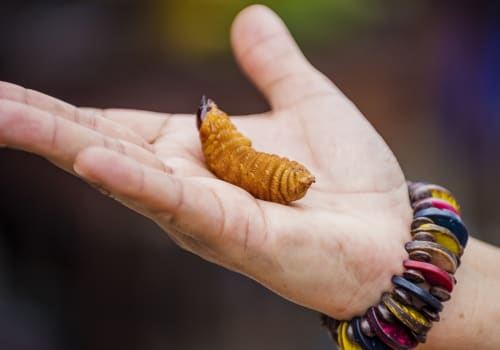
Eating Suri in the Amazon
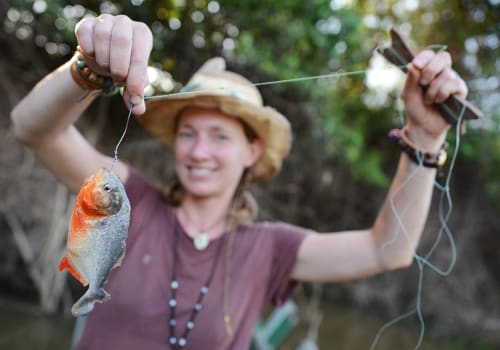
How To Fish For Piranha

Meaning Behind Face Paint of Amazon Tribes
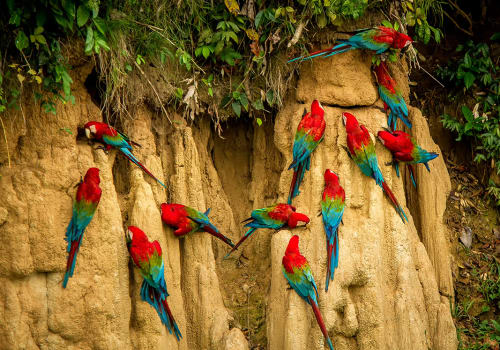
Clay Licks Of The Amazon Rainforest
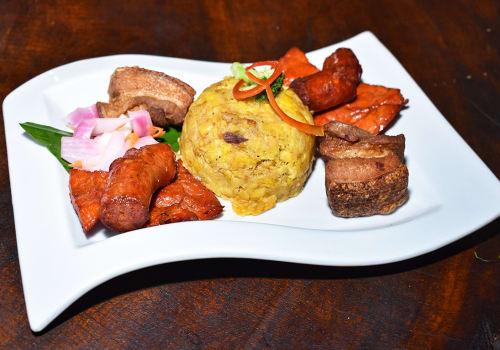
Amazon Rainforest Food: 11 Traditional Dishes You Have To Eat

How To Avoid Mosquito Bites In The Amazon
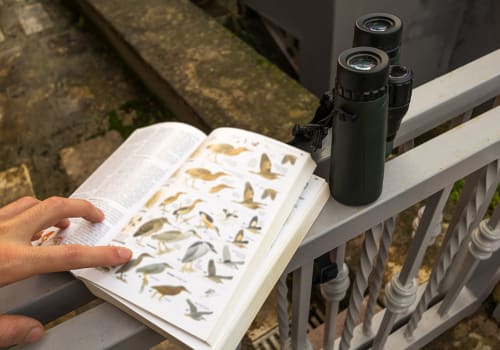
Best Binoculars for the Amazon
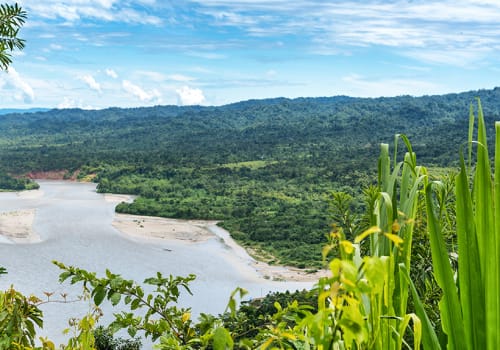
Manu National Park: A First-Timer’s Guide

Eating Kosher In The Brazilian Amazon

Top 6 Piranha Facts
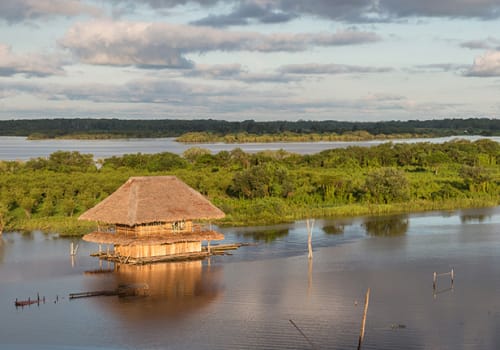
Nauta, Peru – The Gateway To Pacaya-Samiria

Amazon Photography Tips

Top 10 Amazon Jungle Lodges Manaus
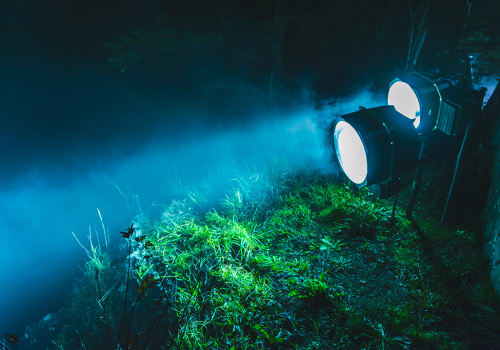
Top 11 Movies About the Amazon Jungle

Amazon Caiman Facts

Loud Sounds of the Amazon Jungle
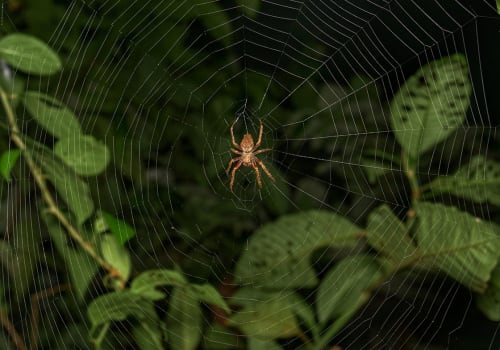
Spiders Of The Amazon

Top 10 Medicinal Plants Of The Amazon
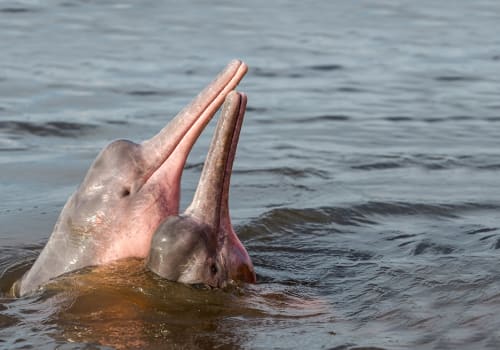
15 Interesting Pink River Dolphin Facts
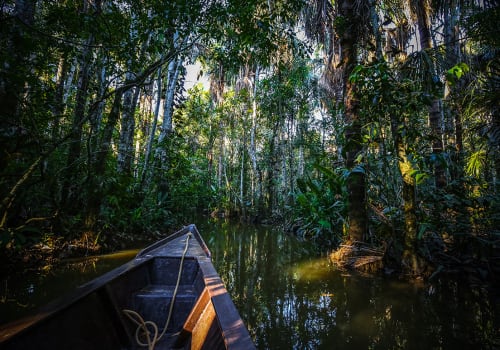
Which Is Better Iquitos Or Puerto Maldonado?

Amazonian Manatee: The Manatees Of The Amazon River

Top 6 Amazon Rainforest Monkeys To Spot
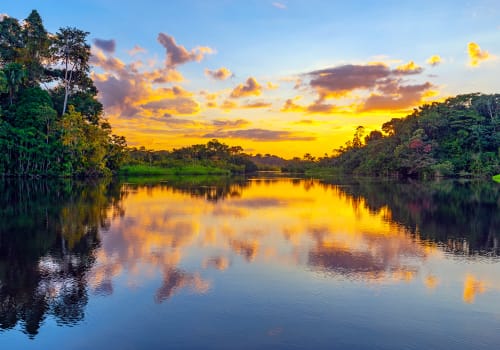
Top 15 Amazon Rainforest Activities

A Guide To The Anavilhanas Archipelago

Sloths in the Amazon Rainforest

Poisonous Plants In The Amazon Rainforest

Amazon River Fish: Best Known Species
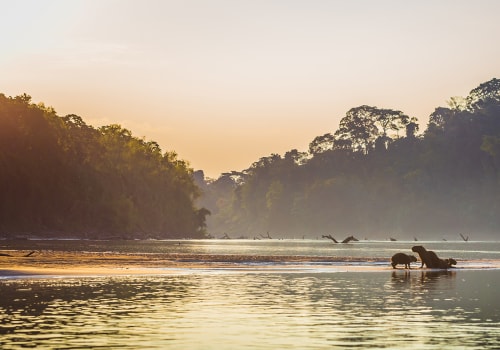
National Parks of the Amazon Rainforest
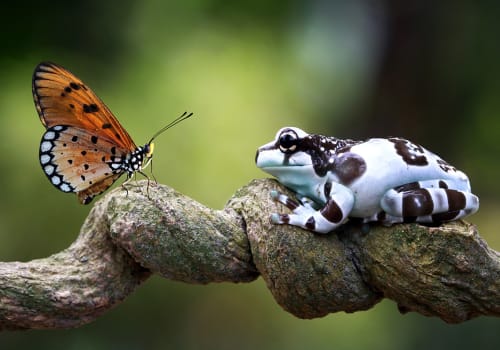
Ecosystems of the Amazon Rainforest
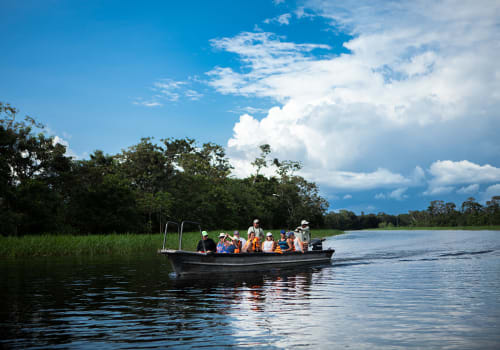
How To Stay Safe In The Amazon Rainforest
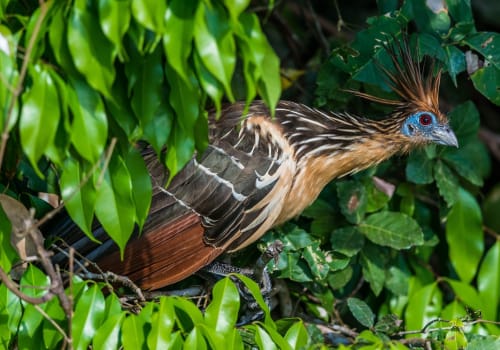
Amazon Rainforest Birds: Species List & Top 10

10 Books About The Amazon River

Jungle Packing List: What To Pack For The Amazon Rainforest

10 Best Iquitos Amazon Lodges
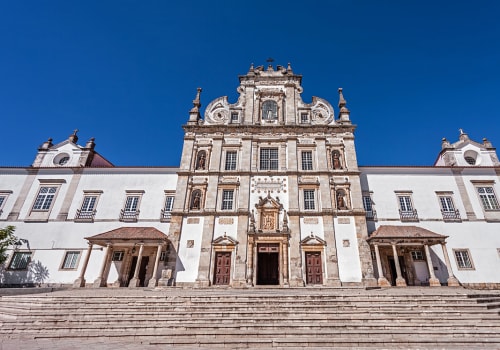
How To Get To Santarém, Brazil
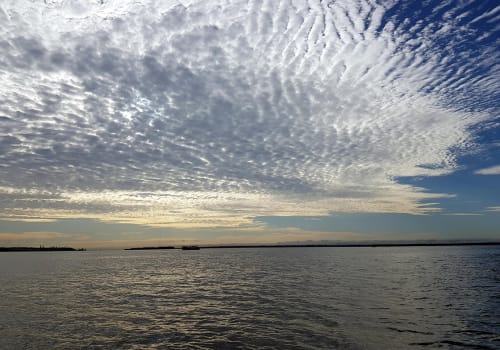
When Is The Best Time To Visit The Amazon Rainforest In Brazil?

Where To Stay In Manaus: The Best Hotels
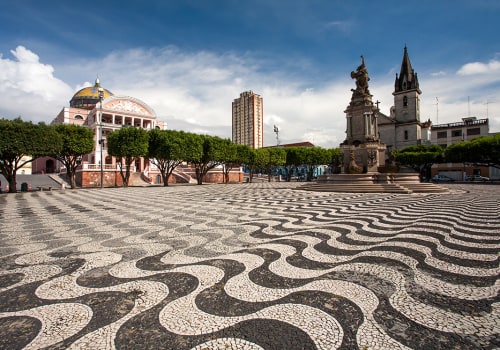
Best Time Of Year To Visit Manaus, Brazil

How To Get To Manaus (… And Around The City)

Largest Snake in the Amazon: Top 10 Anaconda Facts

How To Get To Iquitos, Peru

The Best Time To Visit Iquitos, Peru

Where to Stay in Iquitos, Peru
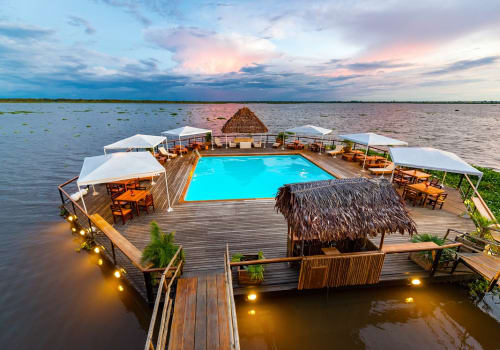
Top 15 Iquitos Tourist Attractions

Exploration Of The Amazon Rainforest: A Brief History
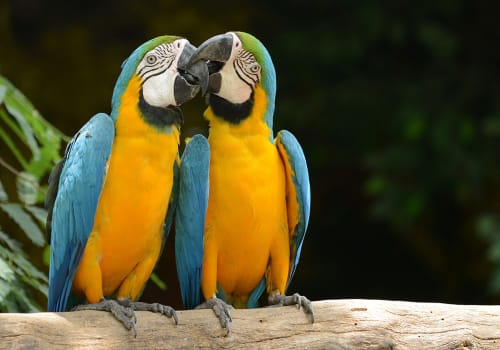
A Guide To The Perfect Honeymoon In The Amazon Rainforest

The Coolest Plants In The Amazon Rainforest
Uncontacted tribes of the amazon rainforest.

Amazon Tours For People With Disabilities

Sharks In The Amazon River?
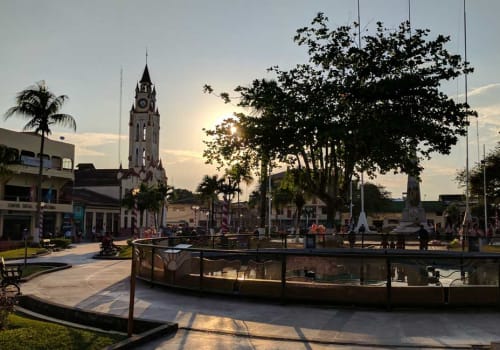
Top 10 Things To Do In Iquitos, Peru
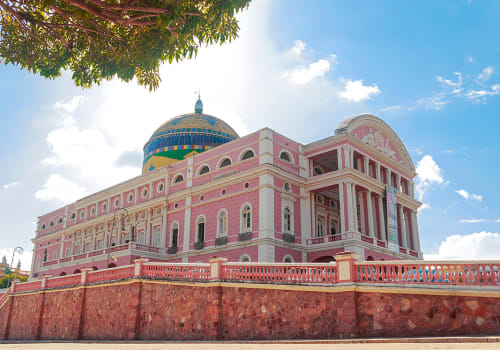
10 Fun Things To Do In Manaus, Brazil

Top 10 Facts About Hummingbirds

The Legend Of El Mayantu

10 Bizarre Creatures of the Amazon Rainforest


Is The Amazon River Longer Than The Nile?
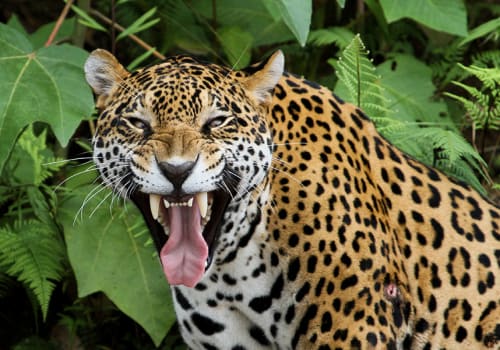
Top 10 Facts About Jaguars

Dinosaur Fish Of The Amazon: The Arapaima

10 Super Fruits Of The Amazon Rainforest
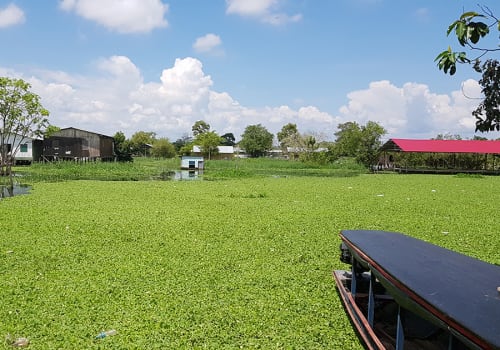
The Story Of Juliane Koepcke: Surviving the Amazon Rainforest

13 Interesting Poison Dart Frogs Facts

Inspirational Jungle Quotes

A Brief History Of Iquitos Peru

Bigfoot Of The Amazon Jungle: The Mapinguari
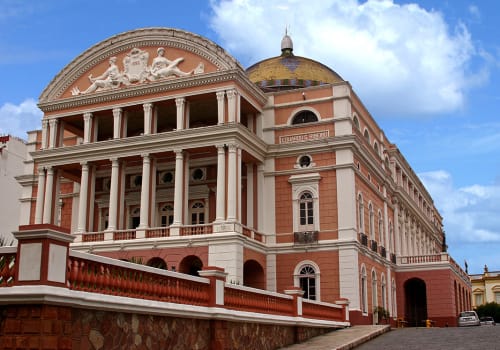
Manaus Opera House & Festival Amazonas de Ópera
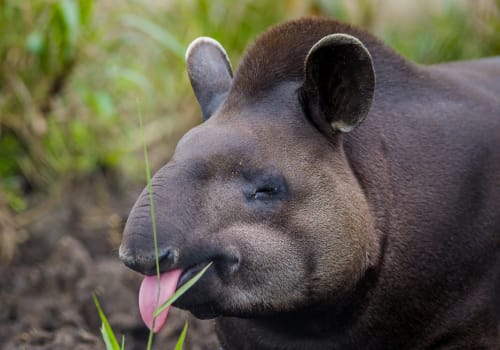
Amazon Rainforest Animals: A Jungle Jamboree

15 Fascinating Facts About The Amazon Rainforest
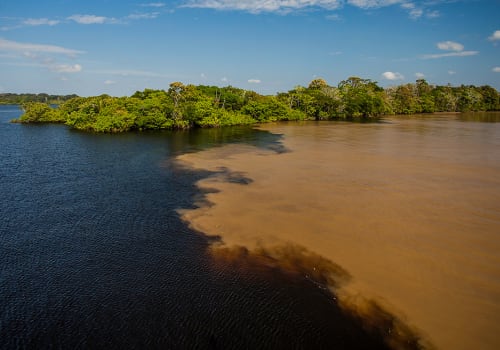
Amazonian River Types: Blackwater, Whitewater & Clearwater

A Bird’s-Eye View Of The Amazon From Above By Floatplane
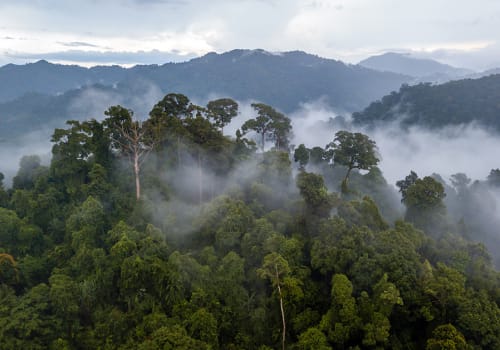
Amazon Rainforest Weather: Seasons & Best Time To Visit

Manaus, Brazil: A Short History
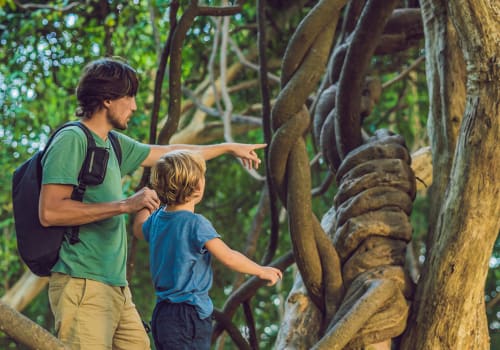
Visiting The Amazon Rainforest With Kids
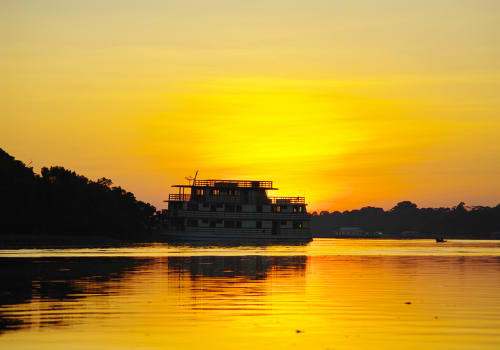
Amazon River Cruise or Lodge Stay?

Threats Facing The Amazon Rainforest

The Legend Of The Pink River Dolphin

Do Human-Eating Piranha Exist? – Myth Vs Reality

Dangers Of The Amazon River – Myth Vs Reality
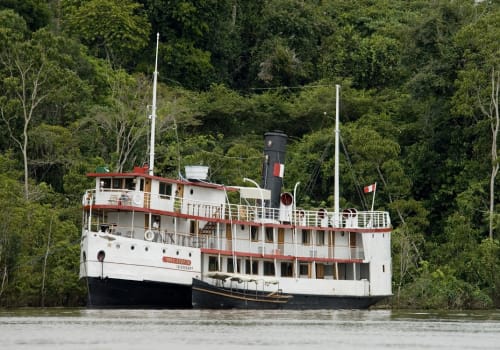
Ayapua Boat Museum: Peru’s Historical Rubber Era Riverboat

A Guide To Belen Market In Iquitos, Peru

Manatee Rescue Center Iquitos
On the lookout for expert advice & offers.
Join over 20,000 discerning travelers and be the first to receive our monthly exclusive discounts, inspiring travel content and expert tips, straight to your inbox.

- Charter (Private)

No products in the basket.

An eco-friendly guide to visiting the Amazon rainforest
Updated On 11th November, 2021
If you want to visit the Amazon rainforest, travel to the Amazon rainforest, see one fo the best places to visit in South America … this is the blog post for you! This eco-friendly guide to visiting the Amazon covers all the must-sees and our top tips for exploring one of nature’s most beautiful creations.
Shrouded in mystical potency, the might of the Amazon rainforest is unparalleled. This tropical rainforest covers most of the Amazon basin, and encompasses an area of over 2.5 million miles, spanning 9 countries (Brazil, Peru, Colombia, Venezuela, Ecuador, Bolivia, Guyana, Suriname & French Guiana) across 40% of South America . Rightly topping the bucket list of every intrepid traveller, you may wonder why an eco-friendly guide to visiting the Amazon should be on your radar.
Well, 2020 saw the worst rash of fires the Amazon rainforest has ever experienced, and whilst deforestation surged to its highest level in over a decade. The rainforest deserves its title as the “lungs of the earth”, and yet this planetary life spring continues its race against the worst effects of climate change and human intervention.
Despite these worrying facts, eco-tourism is one way of protecting the magical beauty of the rainforest. This form of responsible travel aims to conserve the environment, seeking to benefit local communities rather than cause further irreversible destruction.
So, if you are looking to travel to South America, see one of the best places to visit in South America, visit the Amazon rainforest or travel to the Amazon, we have the perfect way to make sure you can enjoy an Amazonian adventure in a way that combines exploration at the benefit of the environment and its inhabitants.
Other blog posts you may be interested in…
- South America: the ultimate travel guide
- 20 of the best things to do in Argentina
- The best outdoors adventures in Argentina
- A guide to Monteverde, Costa Rica
- The best things to do in Costa Rica
- Cairns, Queensland: a 4-day itinerary including the Daintree rainforest
- The best things to do in Australia
- 15 top tips for travelling sustainably
- 25 sustainable travel swaps for your next adventure
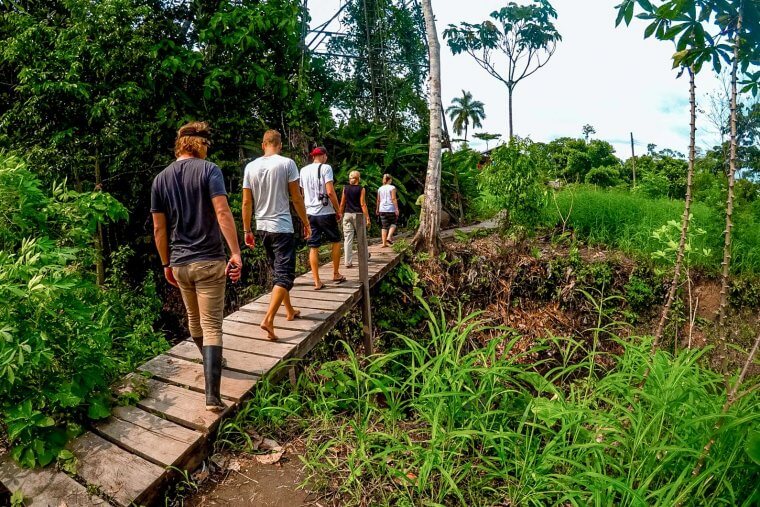
An eco-friendly guide to visiting the Amazon Rainforest...
Where to stay in the amazon rainforest....
The Guacamayo Ecolodge is located deep in the Cuyabeno reserve of the Ecuadorian Amazon, an often forgotten about slice of the rainforest (most people look to visit the Amazon rainforest in Brazil!). Because of its location at the foothills of the Andes, this area is different from any other protected Amazonian area. It’s the perfect example of how to visit the Amazon in an eco-friendly way because:
- This lodge is operated by conservationists who helped create and protect the Cuyabeno wildlife reserve.
- They have built relationships with the local communities who live in the rainforest. They are committed to the inclusion of indigenous communities, from the building of the lodge, to hiring all internal transportation from the communities. This ensures they share the tourism revenue with the local communities, while also creating an unsullied experience for visitors.
- They promote a culture of environmental awareness and sustainability – through the use of solar power, and the provision of biodigesters for the toilet and even biodegradable soap.
- Their guides are all Amazonian experts/locals who are committed to providing visitors with a truly unique experience
- The Ecolodge is run in order to ensure the survival of the jungle – not to make money!
Guacamayo Ecolodge offer a variety of tour options for eco-conscious travellers – from 2-4 nights all without breaking the bank. You also have the option to elongate your trip if (and when) you fall in love with the rainforest. Book online or when you arrive in Ecuador (often you can get a better price booking in-country!)
Check out the Guacamayo Ecolodge on Trip Advisor here.
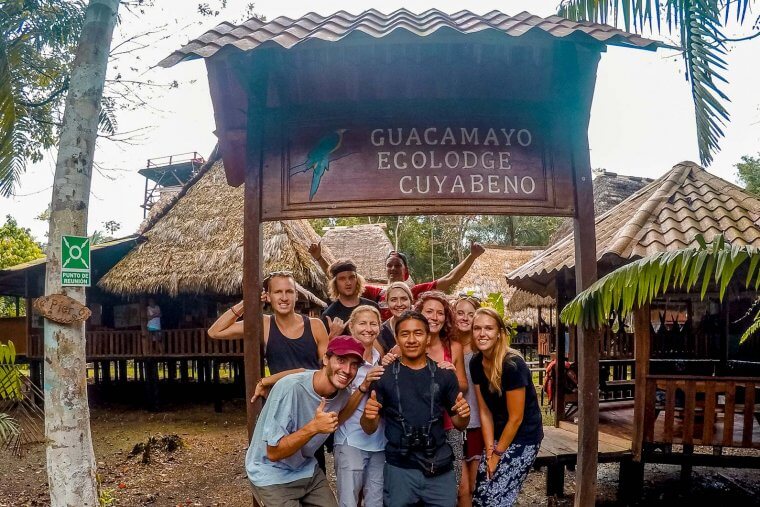
Top tips for visiting the Amazon rainforest...
Can visit the amazon rainforest as a solo traveller.
We are all for independent travel experiences, but the Amazon rainforest is one place where group travel with a guide recommended for safety reasons. The guides at Guacamayo Ecolodge are all inhabitants of the local community, making them the best source of inside knowledge that you just won’t get if you travel by yourself.
When is the best time to visit the Amazon rainforest?
Ecuador’s Amazon rainforest can be visited year-round; its location on the Equator means the climate remains hot and humid. However, as with any rainforest, you should be prepared for rainfall at any time of year. Ecuador experience two seasons, which are worth bearing in mind when booking your trip:
The wet season (December to June) – water levels are high, allowing for more canoe exploration. This is the best chance to see birds and primates as many plants flower and produce fruits for them to eat in this season.
The dry season (July to November) – water levels are lower, attracting animals that would be much harder to spot in the wet season, such as beach-nesting birds and caiman.
What should I pack when I travel to the Amazon rainforest?
Beyond your typical packing list, don’t forget: mosquito repellent, head torch, mix of short and long sleeve clothing, binoculars, suncream, sensible walking shoes, camera, pen and paper (this is the perfect opportunity for mindful journaling) and of course your sense of adventure!
Adopt a ‘take in, take back out approach’ with your rubbish when exploring. Leave no trace!
See more sustainable travel tips here.
What languages are spoken in the Amazon rainforest?
There are over 330 indigenous languages of the Amazon, many of which are on the brink of extinction. Most communities will also speak the national language (Spanish or Portuguese) so try to brush up on some key phrases before adventuring – it is always appreciated!
The best eco-friendly things to do in the Amazon rainforest...
1. grab your binoculars and spot the plethora of avian species..
Cuyabeno reserve is blessed with an avian population of close to 600 species, making it inevitable that you will spot beautiful birds no matter what time of year you venture into the reserve. Guacamayo boasts a 23-meter high observation tower at the centre of the lodge for the exclusive use of guests, gifting you with panoramic views of the surrounding reserve at any time of the day.
One of the best things to do when you visit the Amazon rainforest is to climb the Guacamayo tower and watch the birds in the tranquillity of the early morning sunrise!
2. Keep calm and caiman watch.
An exciting and exhilarating (and pretty scary!) experience for even those who boast nerves of steel! Looking for caimans is definitely one of the best things to do in the Amazon.
Each evening, under the cover of darkness you have the opportunity to search for these captivating creatures, undisturbed in their natural surroundings. After the sun has set, these reptiles come to life and you can be sure to feel their impressive presence throughout the lake.
Remember that these magnificent creatures are in charge and you are very much a guest in their home.
3. Learn the secrets of shamanism.
Part of the allure of the Amazon is meeting a local shaman, and if this interests you, put it on your list of things to do when you visit the Amazon rainforest.
Upstream through the Cuyabeno reserve is home to the Siona community and their shamans. You will have the unique opportunity to learn all about their ancient botanical knowledge passed down through generations. To these shamans, the Amazon isn’t a rainforest, but a medicine cabinet where plants, medicines and spirits are intertwined and the sad realisation that widespread deforestation of the Amazon is resulting in the depletion of this medicine cabinet means the art of shamanism is at the mercy of the 21st Century human population.
Enjoy the experience through the eyes of locals as you learn all about Ayahuasca and shamanic healing through Amazonian medicine
4. Spend time with local Amazonian communities and make delicious food.
One of the main reasons to visit this part of the world is to learn from local communities, experience their traditions, customs and captivating views of the world, and so a must-do when you visit the Amazon rainforest is to learn from the local community.
You will take a step back in time and indulge in the simplicity of life in the Siona community, appreciating the simplicity of washing clothes on the bank of the river, playing hop-scotch with children and taking part in the emblematic activity of preparing traditional food, known as “casabe” (a staple bread eaten at every meal!). Witnessing nature and humans living in harmony is almost alien to many of us in the Western world – but here you will experience a slice of this slow and satisfying life.
Get involved! The making of the casabe is a team activity – from brandishing a machete to harvest the yuca from the ground, to peeling, washing, grinding, compressing, sieving and baking on a classic stone hotplate.
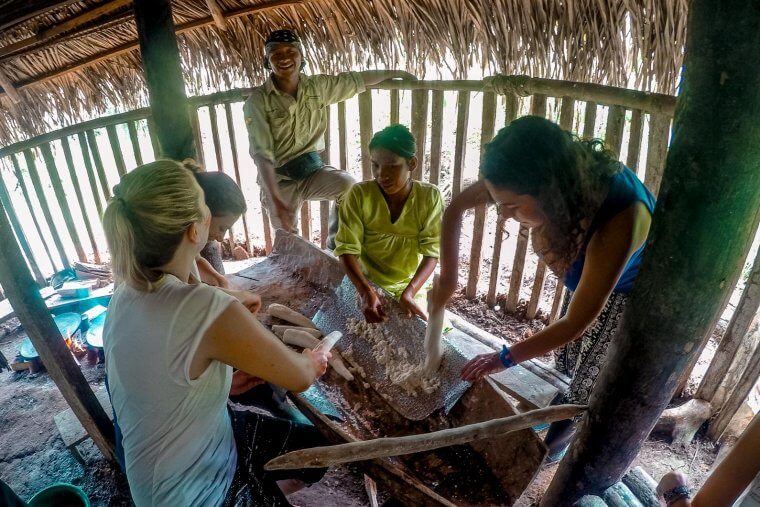
5. Strap on your head torch for a night-time jungle hike.
At sundown the rainforest becomes a totally unique ecosystem. What better way to experience this than with an exciting night walk through the dense jungle vegetation?
Your guide is a fountain of knowledge when it comes to finding even the best hidden creatures. You will have the chance to observe insects with incredible, leaf-like camouflage, tree frogs, shy snakes, marching wasps, banana spiders and tarantulas to name just a few.
Put on long trousers for the night time trip!
6. Catch a glimpse of the elusive Amazon river dolphin.
It may be a fleeting flirtation, but with only 2,000 left in the world your journey in the Amazon will be complete if you catch a glimpse of the beautiful endangered pink river dolphin. The gymnasts of the water, they have the ability to remain agile due to the fact the vertebrae in their necks are unfused (unlike other dolphins). Whilst it is not guaranteed, the knowledgeable local guides at Guacamayo have ample experience to provide you with the best possible chance of watching these mythical creatures in action.
Blink and you’ll miss it! This is one of the best things to do in the Amazon rainforest, so keep your eyes peeled.
7. Feast your eyes upon the wonderful wildlife.
It’s not only the larger animals that deserve to be admired in the Amazon. Each day as you tackle the tumultuous river, your guide will show you all the weird and wonderful diverse range of creatures inhabiting the second largest reserve in the Ecuadorian Amazon. From sloths sleeping in the canopy overhead, anacondas slithering on the banks of the river, to the frog chorus sending you off to sleep and waking you up with every sunrise, the fascinating wildlife supported by the rainforest cannot be rivalled.
One of the best things to do when you visit the Amazon is to ask questions! Your guides know everything about this unique area and all the fauna and flora within and want to share as much as they can with you.
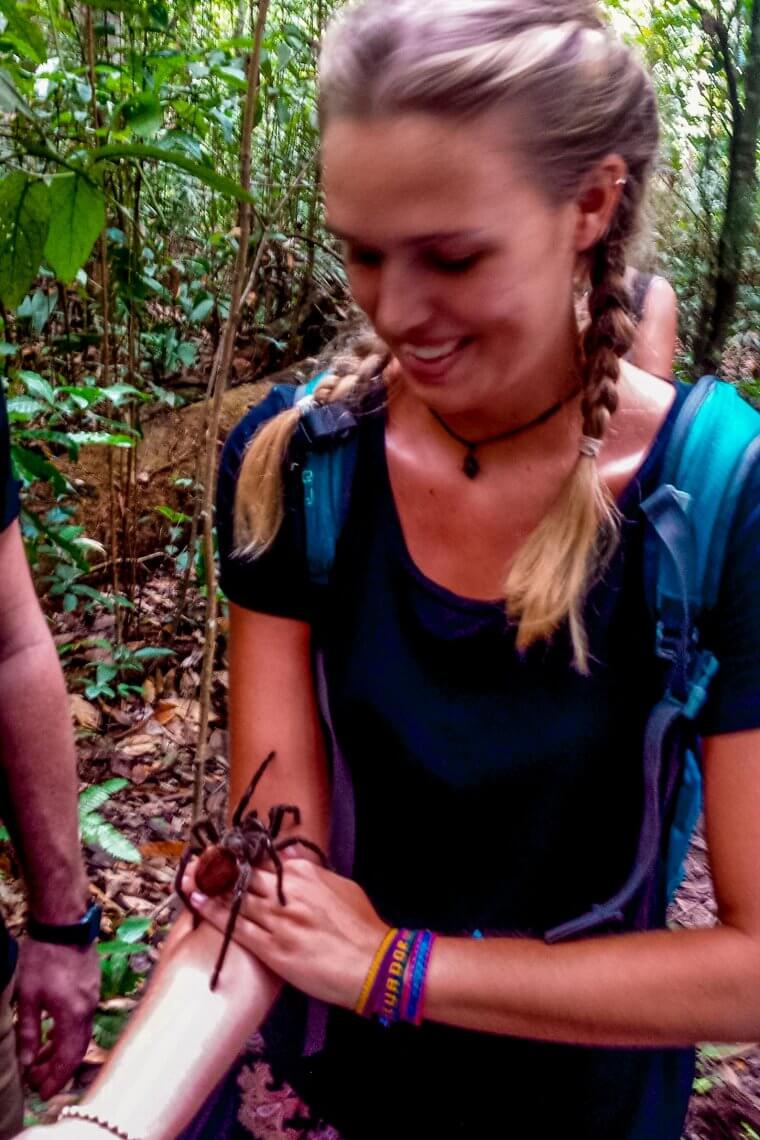
8. Sunset and swim in Laguna Grande.
The serene lagoon on the Cuyabeno river is rightly known for its orange sunsets and special swimming spots. After your evening meal, hop aboard your canoe and take the plunge into the refreshing lagoon. Floating in the smooth water mirroring the sun rays is a tranquil experience not to be missed when you travel to the Amazon rainforest.
Despite the fact these rivers are inhabited by daunting creatures like anacondas, caimans and piranhas, you feel safe in knowing they do not venture to these parts of the lagoon as the water is too deep for them to find food (if that can put your mind at ease!). Feel the fear and dive in!
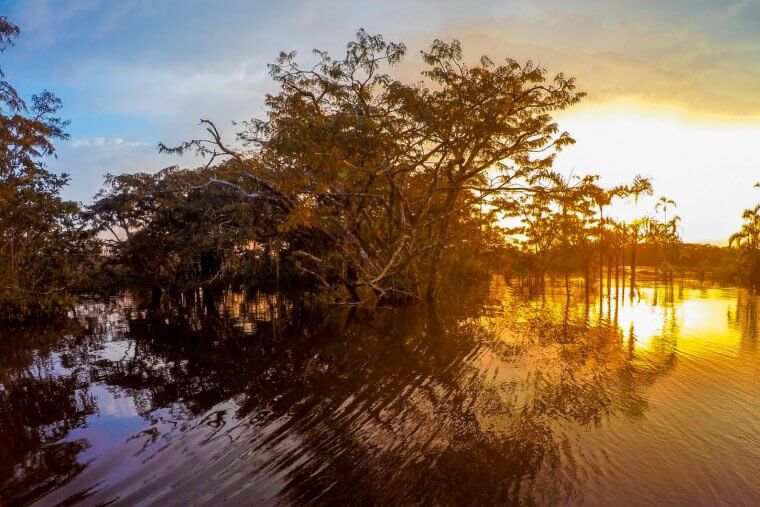
9. Feel the wind on your face with motorised canoes.
Liberation at its finest… shut your eyes and give yourself over to the feeling of the fresh air on your body. When you visit the Amazon rainforest, every day you will step aboard the motorised canoe (the most efficient way for locals to traverse the rivers). Travelling at great speeds, just centimetres above the water is a feeling like no other. Your guides know these river routes like the back of their hand, and even in complete darkness travelling at 30km/hr they know exactly when to turn on the winding rive, even when all you can see is the black of the deep night.
It’s a great way to get back in touch with your body and utilise your other senses when it’s dark: feel the air on your face, listen to the music of the rainforest and smell the fantastical fauna.
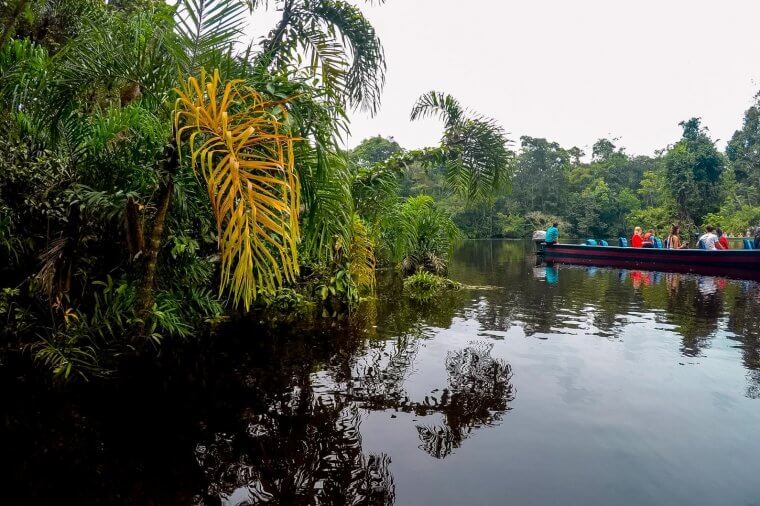
10. Disconnect, recharge and refuel.
It’s true that the small things make your memories here so special – and dozing in a hanging hammock for an afternoon siesta is one of the best things to do in the Amazon rainforest. If you prefer other forms of solitude and relaxation, make your way to the rooftop to appreciate the views of the Cuyabeno river, practice yoga or simply read a book. Refuel with the amazing yet modest Amazonian food the lodge has to offer. The chefs take pride in their ability to conjure up delicacies without the fuss of an overpriced city restaurant. They also cater to dietary requirements, to make sure this trip can be as inclusive as possible.
Your itinerary will be full of exploration and excitement so take these moments to cleanse your body and mind.
Prepare to disconnect as you will have no access to wi-fi. Whilst this may sound daunting in the technological world we live in today; you have the chance of a lifetime to escape your fast-paced life and open your eyes to the stillness of the rainforest, cut only by the sounds of what lives and breathes within it.
So what are you waiting for? Leave your expectations at home and surrender to the true art of slow travel.
Would you like to travel to the Amazon rainforest?
What are your tips for visiting the Amazon rainforest? Anything you’d add?
Love as always and happy adventuring…
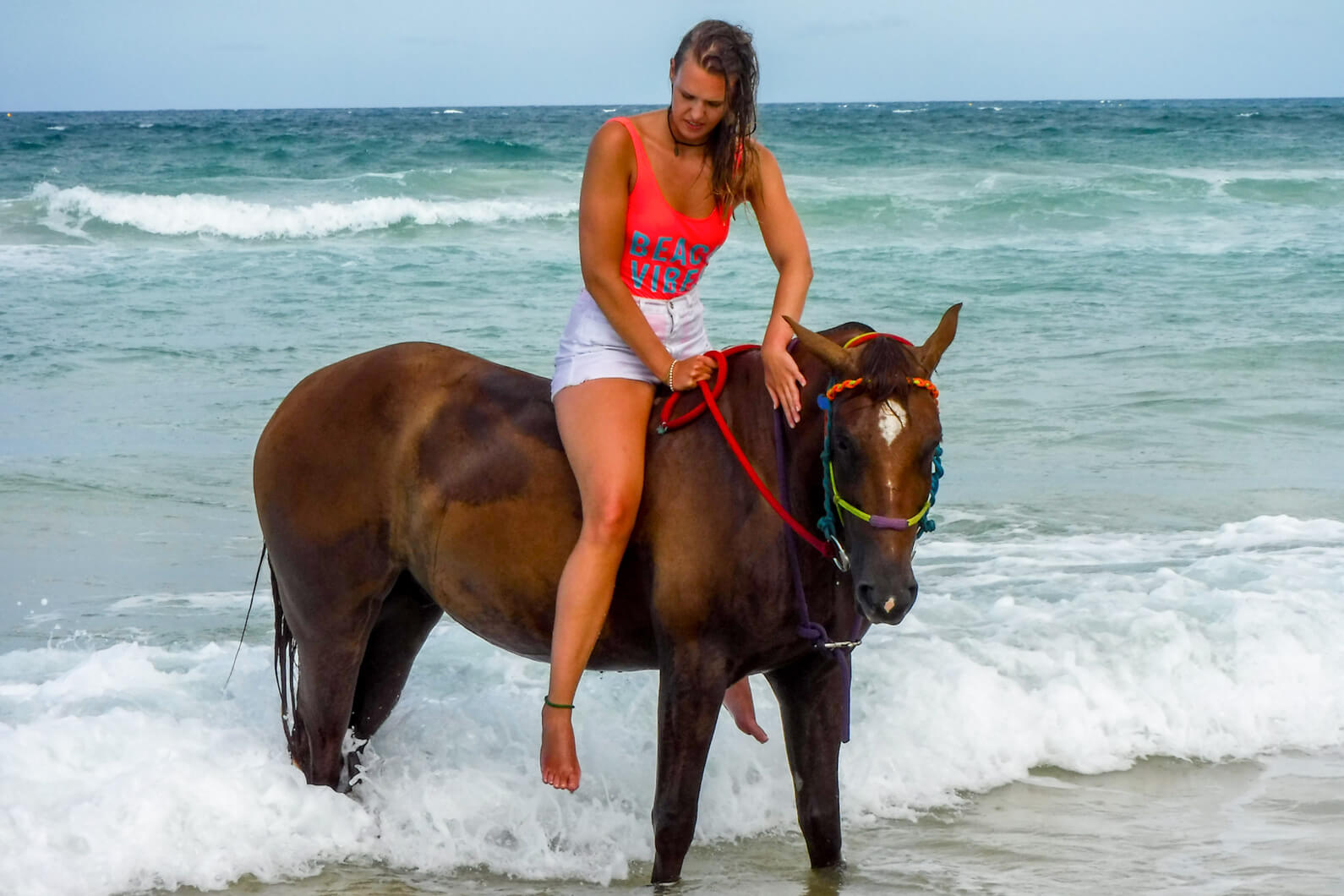
Hi, I’m Emma – adventure seeker, nature enthusiast, environmental protector and animal lover. Ever since setting out on my first backpacking trip in 2015 I have fallen in love with the beautiful world we live in. My passion for travel is combined with the best ways to visit places without leaving a huge carbon footprint. I travel not to escape life, but for life not to escape me, so come along with me!
Did you find this post helpful? I’d love you to share it for me.
Pin and save this blog post for later…
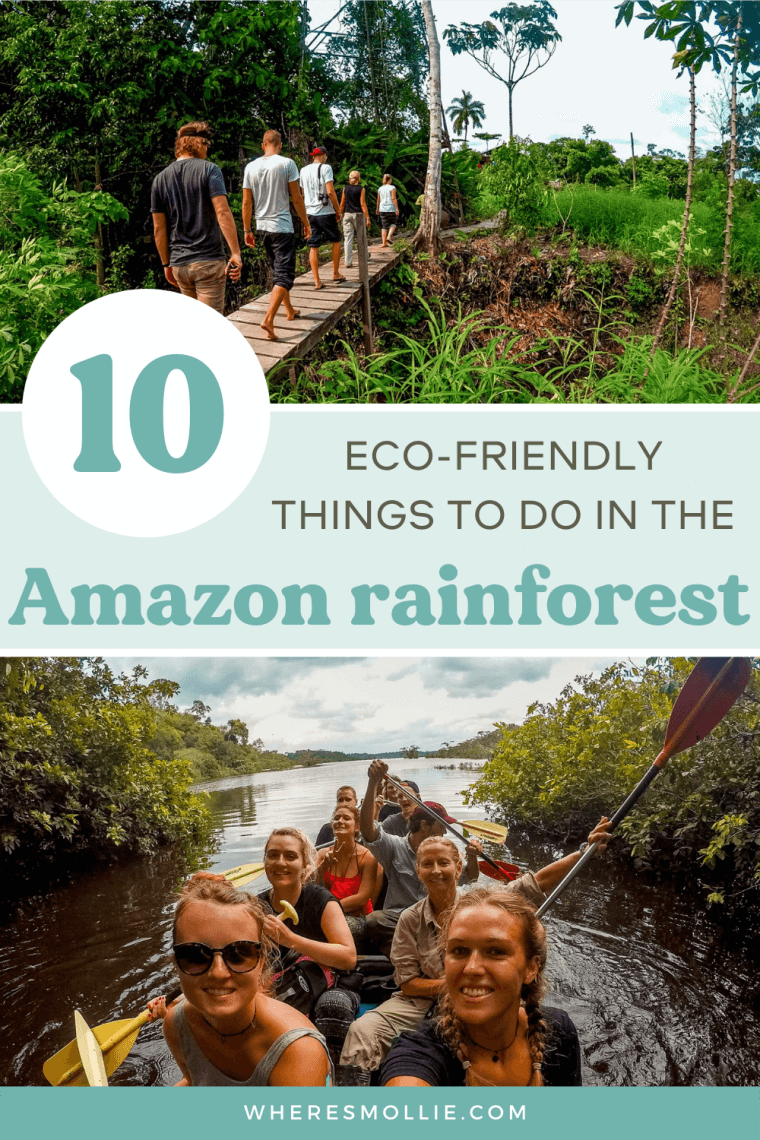
IT’S LOVELY TO MEET YOU
I’M MOLLIE AND I STARTED THIS BLOG BACK IN 2013 WHEN I HEADED OUT ON MY FIRST BACKPACKING ADVENTURE.
I’D LOVE TO SHARE THE JOURNEY WITH YOU, WE’VE GROWN A LOT SINCE THEN!

Shop the google map legends
Search by adventure type, active travel, backpacking, budget travel, love and relationships, once in a lifetime, packing tips, solo travel, weekend getaways, where's mollie newsletter, travel shop, search by destination, other posts that you may like....
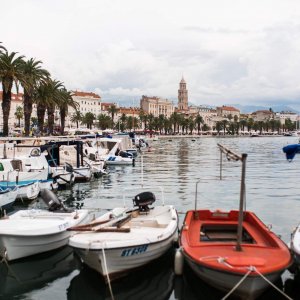
The best things to do in Split, Croatia
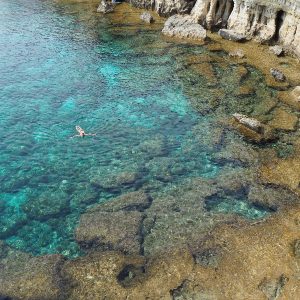
My mini guide to Protaras, Cyprus

A guide to your Invisalign journey plus FAQ’s
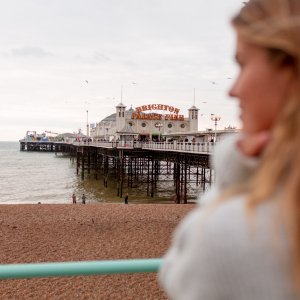
A weekend guide to Brighton, England

The Giant Chocolate Oreo Cupcake ♡

A meditation guide for beginners

Escaping for some winter sun in Gran Canaria
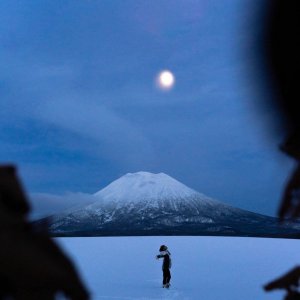
Niseko, Japan: A complete travel guide

REVIEW: Flying with Finnair to Guangzhou
Privacy overview.
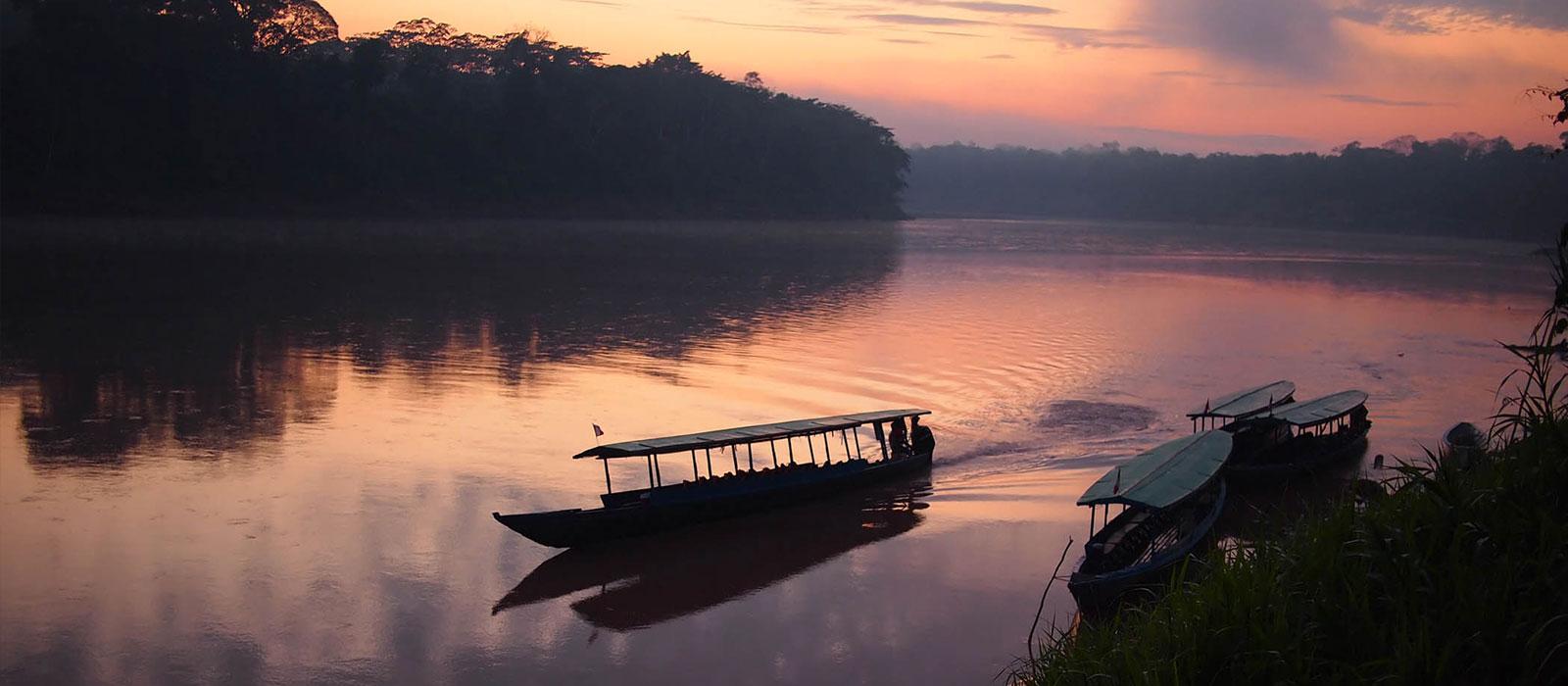
Amazon Rainforest
Your senses will be overwhelmed by all-encompassing, lush greenery as soon you enter the rainforest. But spend just a few days at a Peruvian jungle lodge and you will begin to regard this incredible ecosystem with new eyes and ears. These days, ecolodges come with modern comforts that make a full Amazon immersion all the more incredible.
Walk in the shadow of giant trees, climb to the top of canopy towers, hop into a canoe and glide across mirror-like lagoons. You’ll glimpse caimans and otters basking in the sun while jewel-colored parrots and macaws soar overhead. Travel to the Peruvian Amazon and marvel at nature’s boundless wonders.
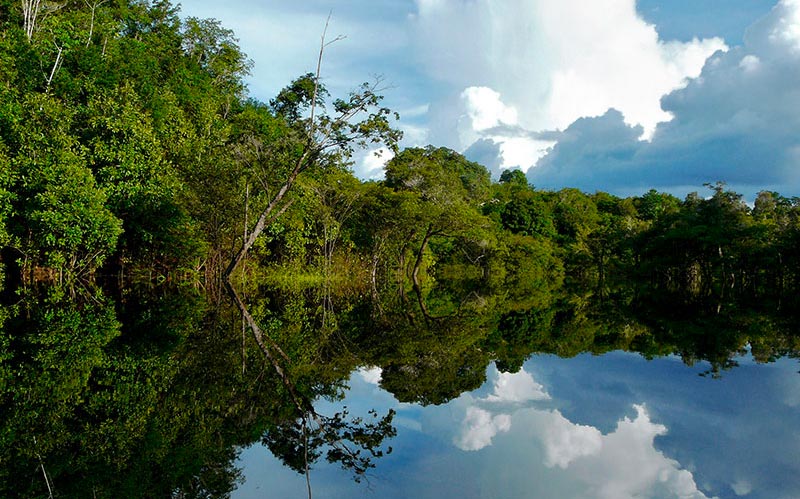
In Peru, three major hubs have been developed for research and tourism:
Puerto Maldonado & Tambopata National Reserve
Why travel here? Located in southeastern Peru near the Bolivian and Brazilian borders, the city of Puerto Maldonado and Tambopata National Reserve are ideal destinations for travelers seeking an enriching, yet comfortable, experience. Several charming ecolodges offer excursions to macaw clay licks, oxbow lakes, native communities, and more. An added bonus is that Puerto Maldonado is less than a one-hour plane journey from Cusco , making it convenient to include the Amazon and Machu Picchu in one trip.
Read more about Puerto Maldonado below
Tour Packages
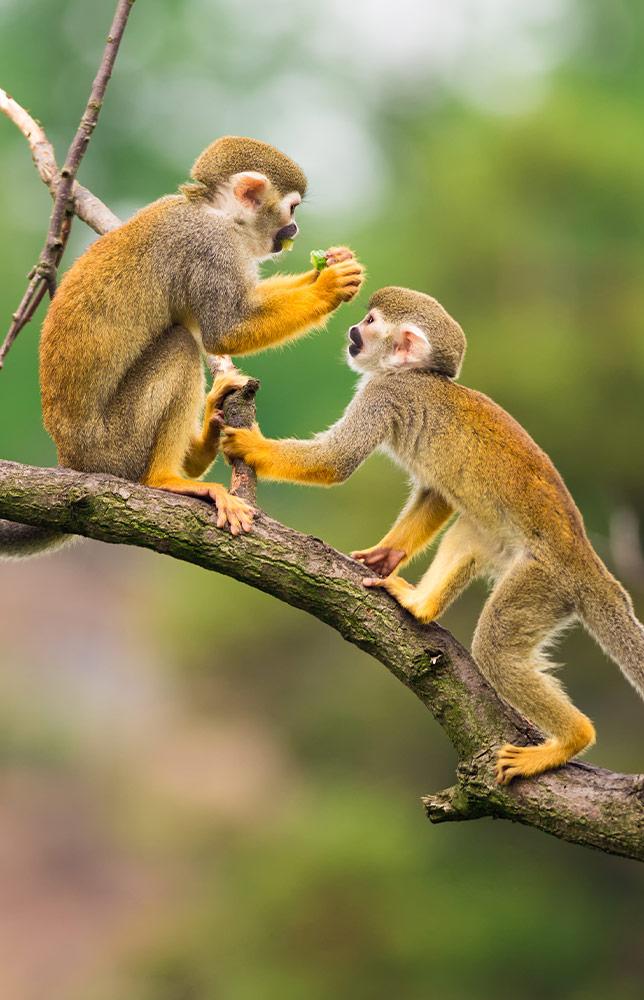
Amazon to Machu Picchu
Cusco, Sacred Valley, Machu Picchu, Lima, Amazon Rainforest
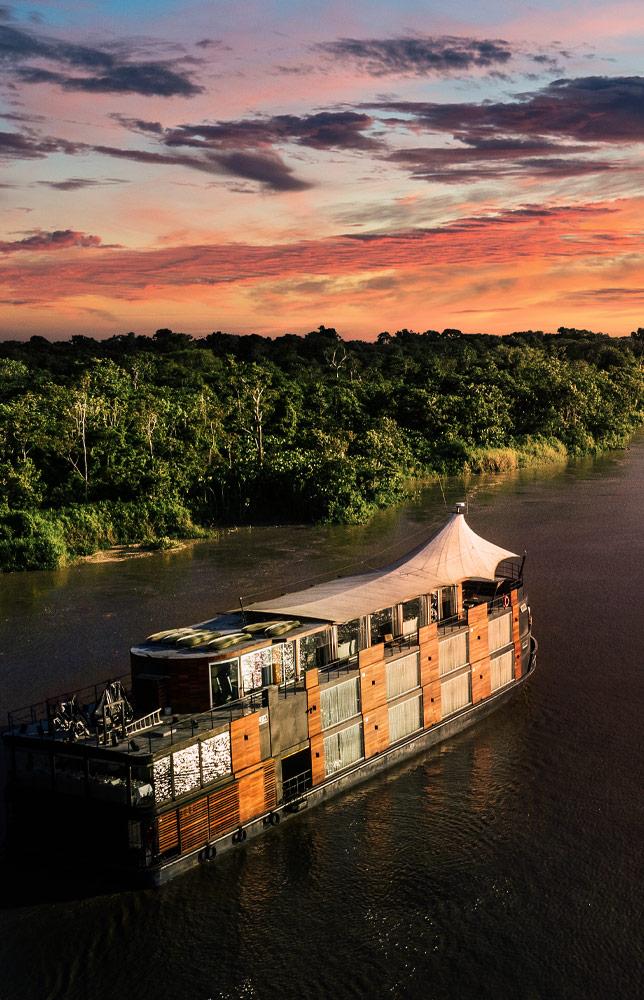
Luxury Amazon Cruise and Machu Picchu
Cusco, Sacred Valley, Machu Picchu, Amazon Rainforest
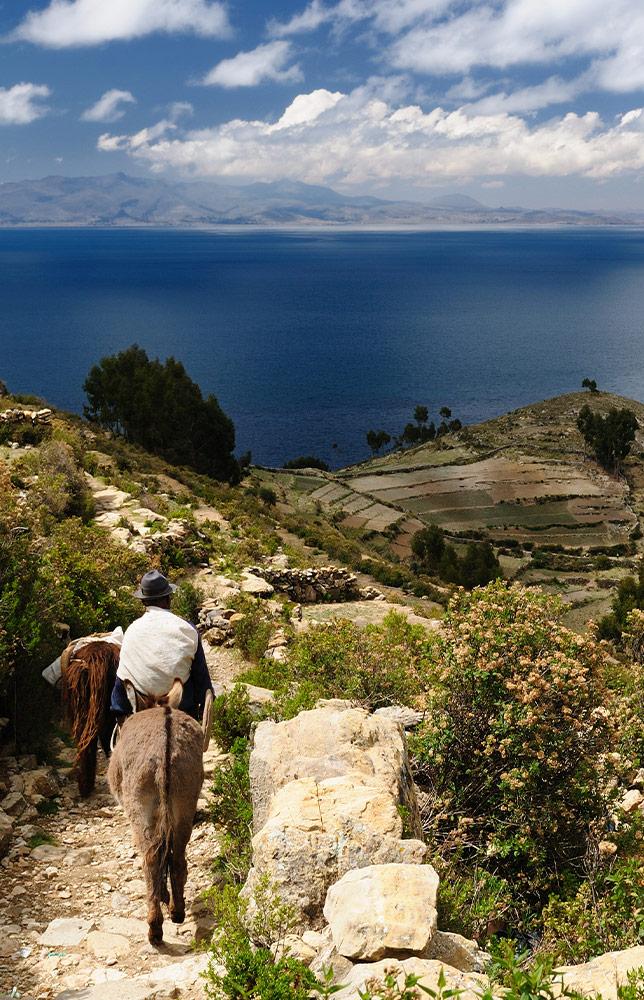
Mystic Amazon & Andes
Amazon Rainforest, Cusco, Sacred Valley, Machu Picchu
Manu National Park
Why travel here? Explorers will delight in the pristine rainforest and rugged conditions experienced on an expedition to Manu National Park. Reachable from Cusco or Puerto Maldonado, the journey is long, but the variety of wildlife observed is spectacular. Compared with many Puerto Maldonado and Iquitos lodges, the accommodations in Manu National Park are more rustic and remote. Manu is especially attractive for birdwatchers, as over 1,000 bird species have been sighted in the rainforest, including the cock-of-the-rock and macaws.
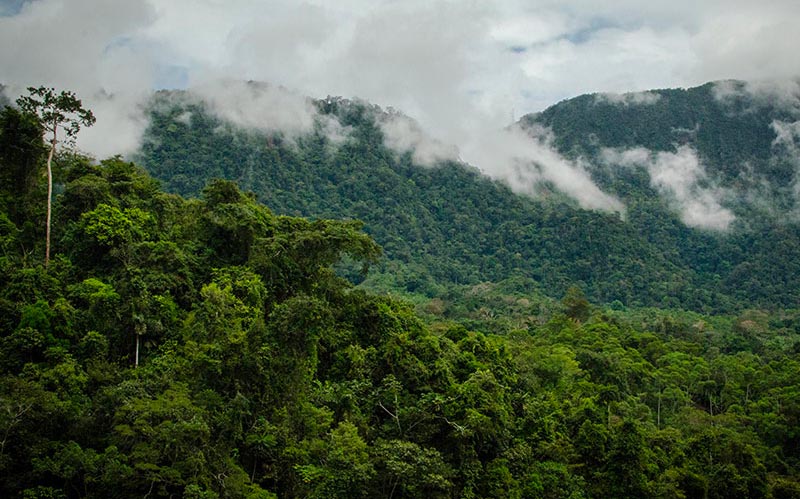
Read more about Manu National Park below.
The city of Puerto Maldonado is the central hub of the southern Amazon. Situated in southeastern Peru, a stone’s thflex flex-wrap -mx-4 from the Bolivian and Brazilian borders, it is the gateway to the Madre de Dios River. This jungle metropolis provides convenient access to the Tambopata National Reserve and a large number of ecolodges. Quite a few of these lodges are tailored for the luxury traveler. Visitors have the opportunity to encounter giant river otters, macaws, caimans, and countless other endemic species. With direct flights from Puerto Maldonado to both Lima and Cusco, it is easy to fit this part of the Peruvian Amazon into your itinerary.
Climate & Weather
From May to October
- Average daytime temperature: 61 to 94°F (16 to 35°C)
- *From May to September, occasional cold fronts from Argentina can drop temperatures to 50°F (9°C) during the day and 43°F (5°C) at night.
Rainy Season
From November to April
- Average daytime temperature: 63 to 73°F (17 to 23°C)
- Average nighttime temperature: 49 to 60°F (9 to 16°C)
Best Time to Visit Puerto Maldonado
The Amazon’s exuberant wildlife is active all year round. However, both the dry and rainy seasons have advantages. During the dry season, walking trails are less muddy and flights are more punctual. There is also a greater chance of observing parrots and macaws as they swarm around the area’s clay licks.
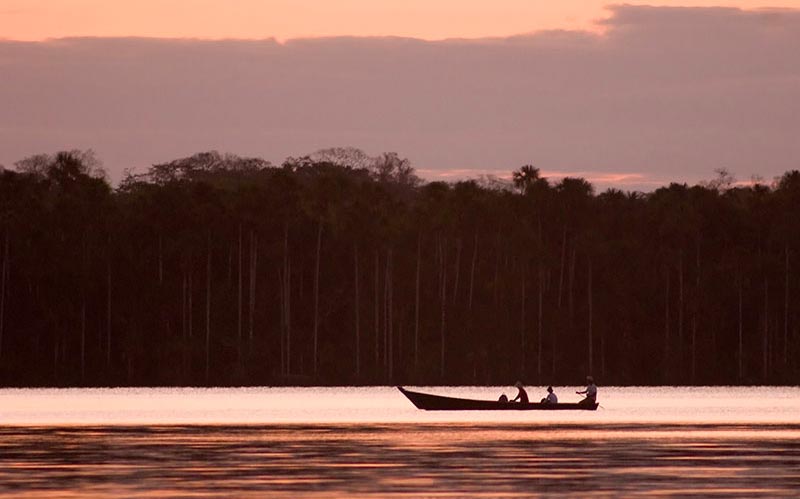
On the other hand, during the rainy season, afternoon downpours bring cooler temperatures and more bird activity. Ponds and wetlands form, attracting reptiles and amphibians. Black spider monkeys and other animals visit fruiting trees. There will also likely be fewer tourists at this time of year.
Things to Do in Puerto Maldonado & Tambopata National Reserve
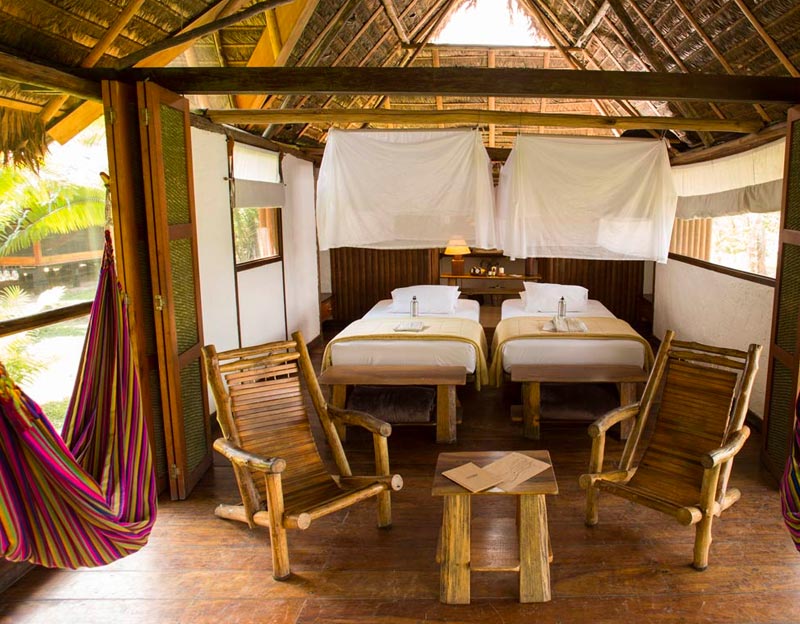
Stay at an Ecolodge
The best lodges in the Amazon allow you to experience the rainforest’s wonders while also working to preserve the unique environment and benefit local indigenous communities.
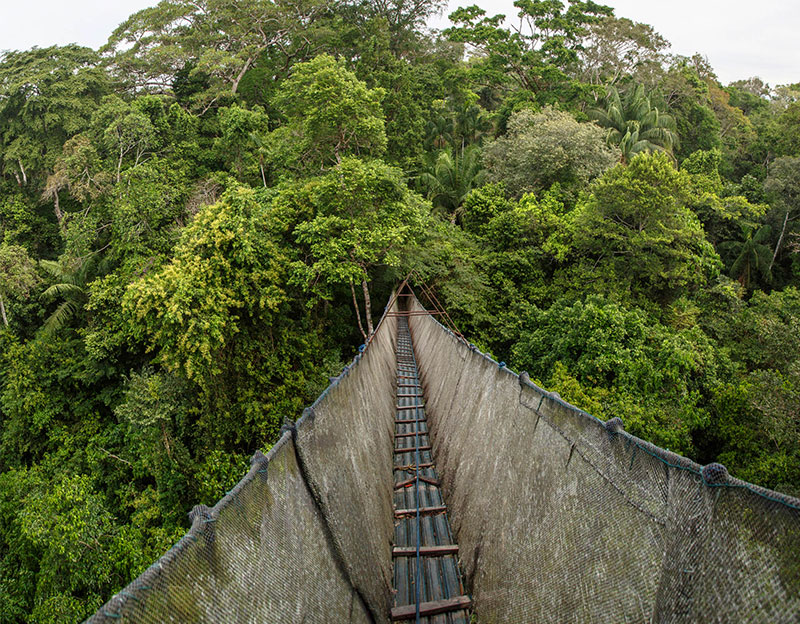
Canopy Tour
Canopy towers, hanging bridges, and ziplines allow you to glimpse the extreme biodiversity of the canopy and the many habitats that can be found on and around one single colossal tree.
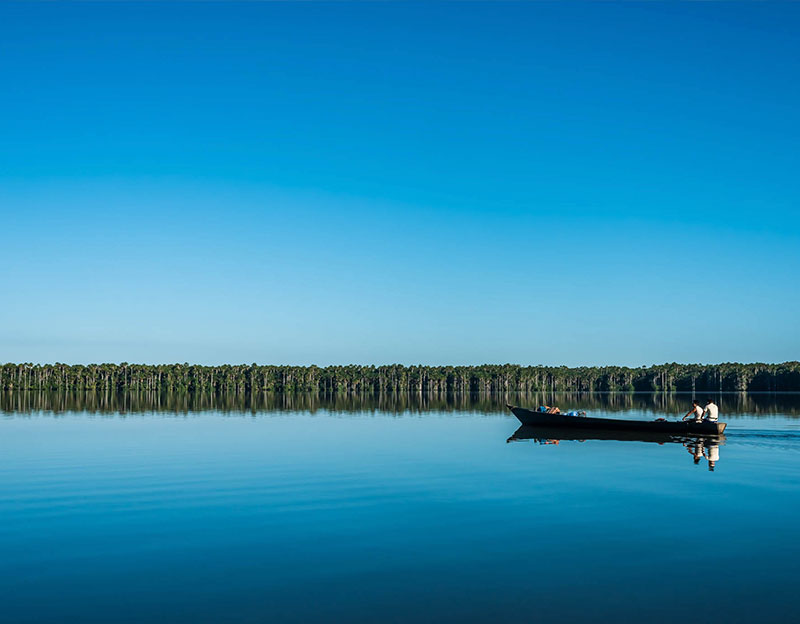
Lake Sandoval
Wildlife flock to this sanctuary close to the Madre de Dios River. Glide across the mirror-like surface of the lake in a wooden canoe, to spot hoatzins, herons, ospreys, and giant river otters.
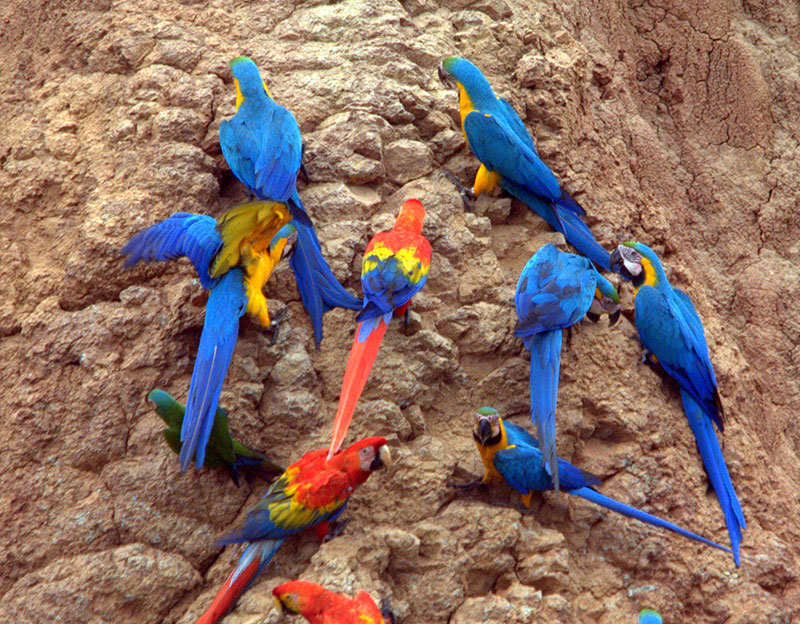
Visit a Clay Lick
Dotted throughout the Tambopata National Reserve, clay licks are exposed sections of riverbeds that attract large flocks of macaws and parrots. The Tambopata Research Center is the premier lodge for travelers seeking to witness the early morning congregation of macaws and parrots, and learn more about them at the lodge’s on-site Tambopata Macaw Project.
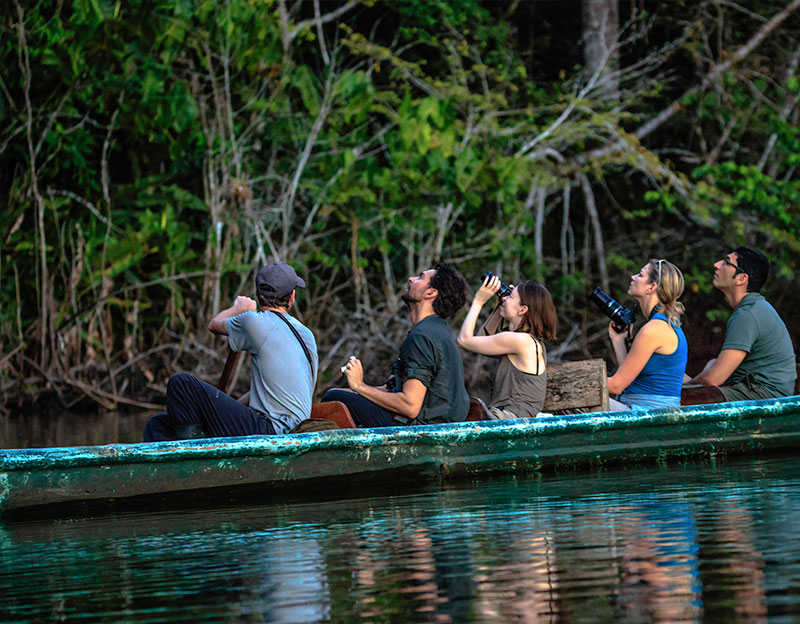
Oxbow Lakes
These lakes form as bends in the river are slowly cut off from the main water flow. Explore the lake waters aboard a paddle-driven boat and keep your eyes open for river otters, caimans, and birds.
Puerto Maldonado & Tambopata National Reserve Animal Highlights
Giant river otter (pteronura brasiliensis).
An endangered species largely due to poaching, it is estimated that less than 5,000 giant river otters exist in the wild. One of the best places to spot giant river otters in and near Tambopata National Reserve is at an oxbow lake. Posada Amazonas ecolodge offers an excursion to Tres Chimbadas Lake, where travelers have a 34% chance of spotting giant river otter individuals.
Jaguar (Panthera onca)
The jaguar is an elusive species whose range extends from the southwestern United States to northern Argentina. It is the largest feline species in the Americas. While it is difficult to spot jaguars in the wild, 35% of guests who stay at Tambopata Research Center report sightings due to the lodge’s remote rainforest location.
Red Howler Monkey (Alouatta seniculus)
Red howler monkeys are commonly observed throughout the Tambopata National Reserve and neighboring rainforest. Like its name suggests, this new world monkey species has a burnt orange coat and distinct vocalizations. In fact, their calls can be heard up to 3 miles (4.8 km) away. Keep your eyes peeled for howlers on inland forest hikes and in river-lined trees while traveling by boat.
How to Get to Puerto Maldonado
- By air: The Puerto Maldonado airport is small, and lies only a short drive from the town plaza and the ports where riverboats dock. Compared to overland travel, a flight to Puerto Maldonado is more expensive but saves a lot of time. LATAM Airlines offers daily service to Puerto Maldonado. Non-stop flights usually take 1 hour 30 minutes from Lima and 55 minutes from Cusco.
- By road: The Transoceanic Highway now connects Cusco to Puerto Maldonado. What was once an arduous 15-hour drive has been shaved down to about 10 hours. Taking the bus from Cusco to Puerto Maldonado is a good option for travelers with a more flexible travel itinerary.
- By boat: Once in Puerto Maldonado, lodge staff meets guests at the airport or bus station and transports them to the dock, where motorized boats wait to go to the lodge. Riverboats are typically open-air with a covering, much like a pontoon boat. Most lodges are located between 45 minutes to 3 hours away.
- Inkaterra Reserva Amazonica
- Refugio Amazonas
- Posada Amazonas
Iquitos & Pacaya-Samiria National Reserve
Iquitos, the gateway to the northern Amazon, is home to an array of attractions as eclectic as the city’s history and people. Iquitos is a remarkable city — and not just because the only way to get there is by boat or by plane. Encounter animals up close at one of the city’s wildlife rescue centers before venturing off into the wild to see the same species in their natural habitat. In Iquitos, travelers have the option to stay at lodges located near the shores of the Amazon, or to travel down the river along Pacaya-Samiria National Reserve on an Amazon cruise. The Amazon River is the second-longest river in the world and is considered to be a Natural World Wonder. A variety of wildlife can be observed both in and on the outer edges of the river.
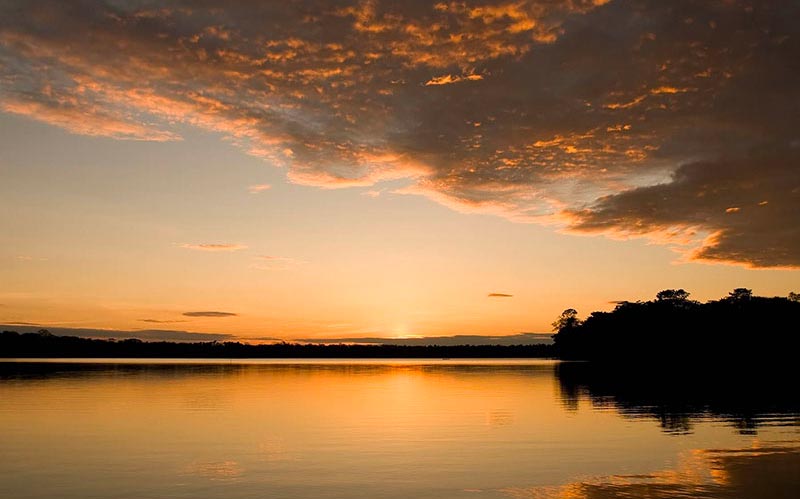
Low Water Season\t
From June to November
- Average daytime temperature: 72 to 92°F (22 to 33°C)
- Average nighttime temperature: 60 to 73°F (16 to 23°C)
High Water Season
From December to May
- Average daytime temperature: 80 to 95°F (27 to 35°C)
- Average nighttime temperature: 69 to 76°F (21 to 24°C)
Things to Do in Iquitos & Pacaya-Samiria National Reserve
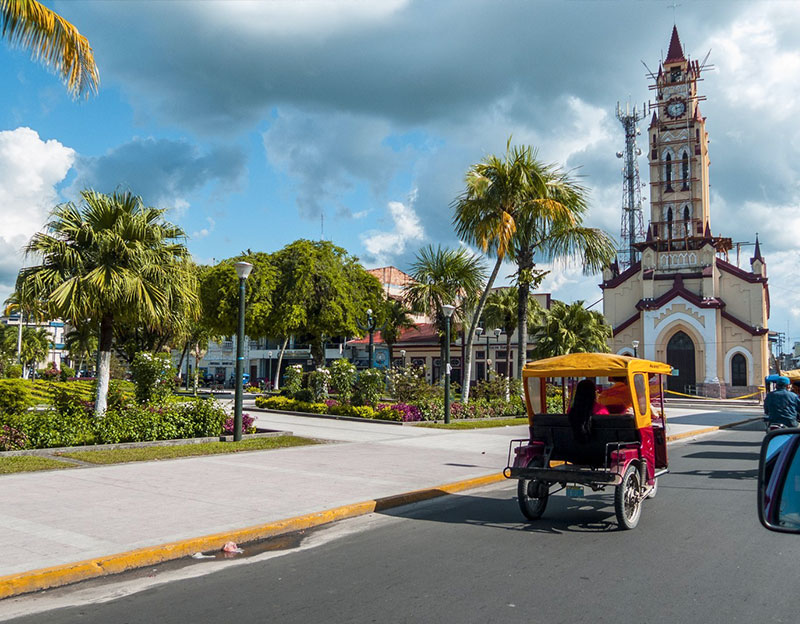
Tour Iquitos
Venture to the Iquitos Plaza de Armas with the Matriz Church as its centerpiece and let yourself be swept up by the vibrant energy of the jungle city.
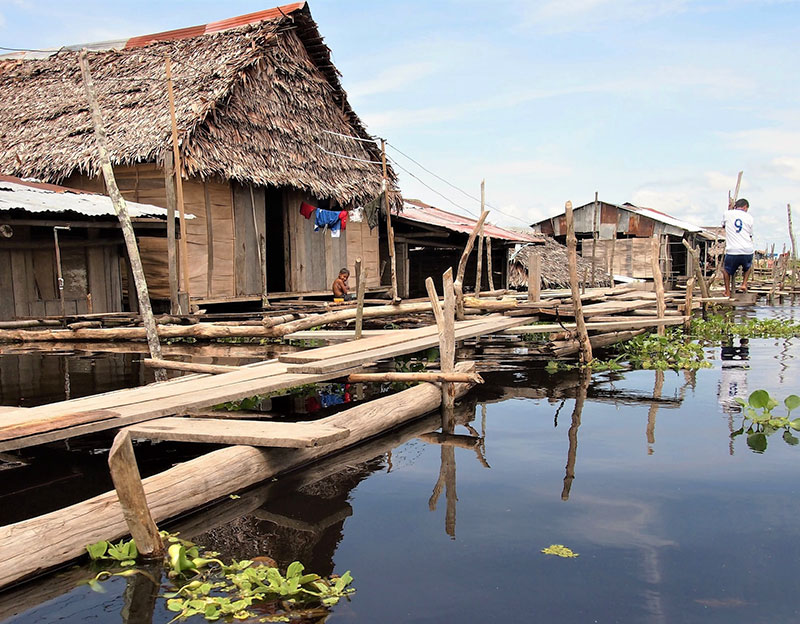
Float at Belen Market
Belen is a labyrinth of stalls piled high with exotic fruits, freshly caught fish, and rainforest herbs, roots, and seeds.
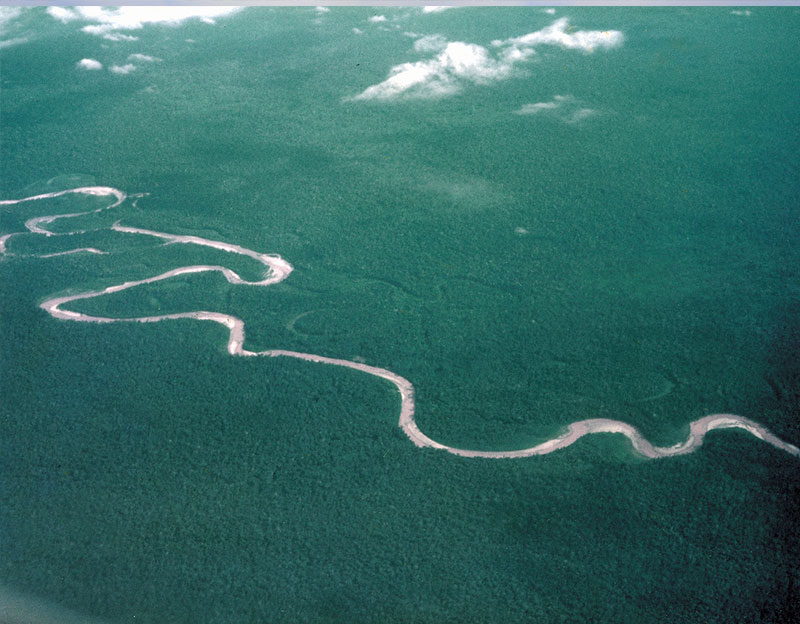
Cruise the Amazon
Discover the Amazon aboard a luxurious cruise ship. Wake up to an ever-shifting panoramic view of the rainforest, enjoy hikes and boat rides during the day, and relax aboard your ship at night.
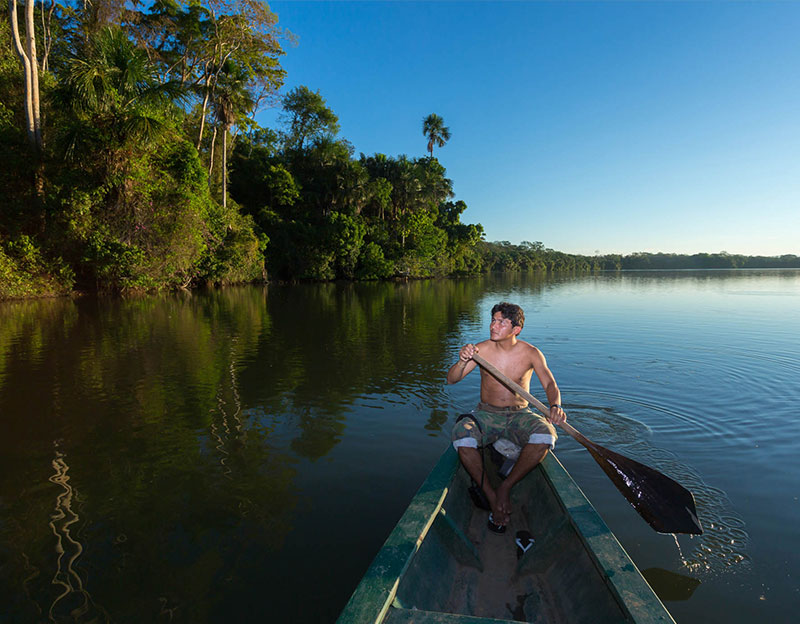
Cast a Line
Your lodge or cruise ship may offer the chance to try piranha catch and release fishing using traditional techniques.
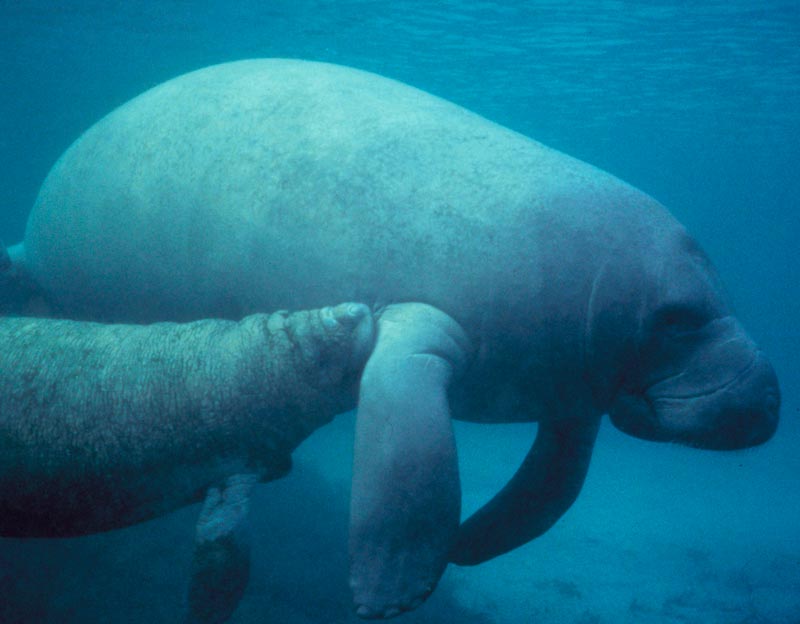
Manatee Rescue Center
Feed rescued manatees and learn about efforts to protect this endangered species around Iquitos.
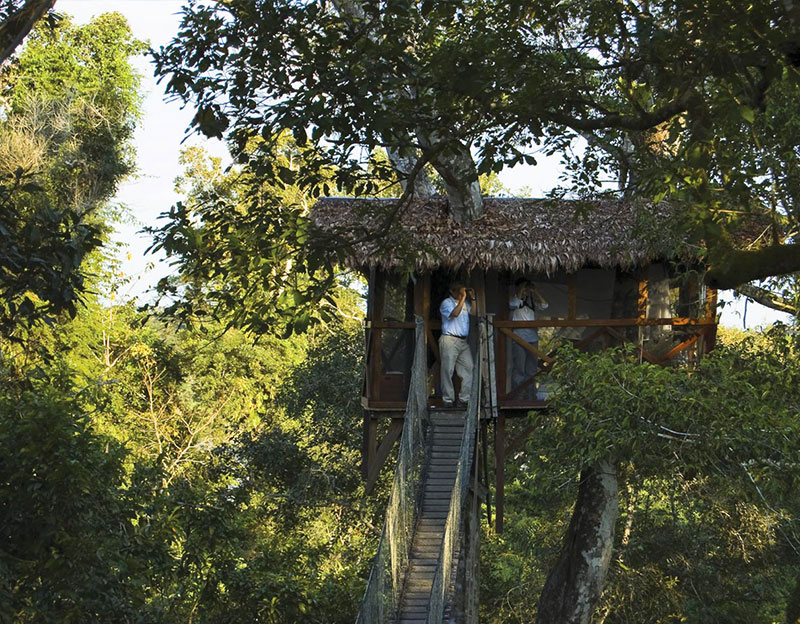
Sleep in a Treehouse
For the ultimate rainforest experience, stay at Treehouse Lodge. Twelve circular tree houses sit on private platforms, 34-67 ft (10-20 m) above the ground, and offer panoramic views of the rainforest. Enjoy the sights and sounds of the rainforest from your private tree house away from home.
Iquitos & Pacaya-Samiria National Reserve Animals Highlights
Pink river dolphins (inia geoffrensis).
In Peru, pink river dolphins are only found in the northern part of the country. This freshwater cetacean can be observed leaping in and out of the river as you make your way to your next excursion. Sadly, habitat destruction and fishing line entanglement have caused the total population of this species to decline. As a result, they are now considered endangered by the International Union for Conservation of Nature (IUCN).
Throated Sloth (Bradypus variegatus)
On inland hikes, stay alert for three-toed sloths. These slow-paced mammals are active during the day and can be found high up in the Amazon Rainforest canopy. Although these photogenic animals appear to smile, keep in mind that contact with humans causes them great distress and is detrimental to their health. Rather than take a “sloth selfie,” observe these animals in their natural habitat as they slowly meander through the canopy.
Bald-Headed Uakari (Cacajao calvus)
The bald-headed uakari is one of the most striking new world monkeys. With a range restricted to patches of eastern Peru and western Brazil, it is a privilege to spy this primate. The best chance to observe this species is at Tapiche Jungle Reserve, an extremely rustic and remote lodge, located about a 10 to 12-hour boat journey from Iquitos.
How to Get to Iquitos & Pacaya-Samiria National Reserve
Iquitos is the 6th largest city in Peru. However, the difficult terrain makes road-building impossible, meaning Iquitos is only accessible by air or by boat.
- By air: Flights to Iquitos touch down at the Coronel FAP Francisco Secada Vignetta International Airport. The airport is located on the outskirts of the city, about 6 miles (10 km) southwest of the Plaza de Armas. Facilities include tourist shops, eateries, and ATM machines. LATAM and Star Perú offer daily flights to Iquitos. By plane, nonstop service from Lima to Iquitos takes 1 hour and 40 minutes.
- By boat: The Amazon River and its waterways connect the city of Iquitos to jungle lodges and other small port towns in Peru’s northern Loreto region.
North of Tambopata National Reserve, Manu National Park’s remote location and protected status mean you’ll be lucky enough to experience a gorgeously pristine corner of Peruvian Amazon. Manu National Park comprises an area of 6,627 square miles (17,164 sq km). The geographic diversity ranges from high elevation Andean cloud forest to lowland Amazon basin. With this varying terrain, it’s no wonder that it is one of Earth’s most biologically diverse locations. Over 1,000 vertebrate species and 2,000–5,000 plant species have been recorded here. Adventurers will appreciate the national park’s tremendous biodiversity and rustic lodges. Some of the highlights include macaws, tapirs, and jaguars.
Geography and weather conditions will affect how you get around the park and what wildlife you see. Lower elevations of Manu National Park have a similar climate to Puerto Maldonado and Tambopata, whereas higher elevation areas are cooler.
Dry Season\t
- Average daytime temperature: 69 to 72°F (21 to 22°C)
- Average nighttime temperature: 37 to 46°F (3 to 8°C)
- Average daytime temperature: 67 to 71°F (19 to 22°C)
- Average nighttime temperature: 43 to 48 °F (6 to 9°C)
Best Time to Visit
The best time to visit depends on your preferences or interests. Wildlife activity varies throughout the year and is a good way to narflex flex-wrap -mx-4 down specific travel dates for your jungle adventure. For example, the dry season is the best time to see macaws and parrots at the clay licks, whereas reptiles and amphibians are more easily spotted during the rainy season. In the rainy season, there are also fewer tourists and more mosquitoes. As the Amazon Rainforest is a year-round destination, you may decide your travel dates based on the other destinations featured in your itinerary. For example, you’ll experience the best weather at Machu Picchu from May to September.
Things to Do in Manu National Park
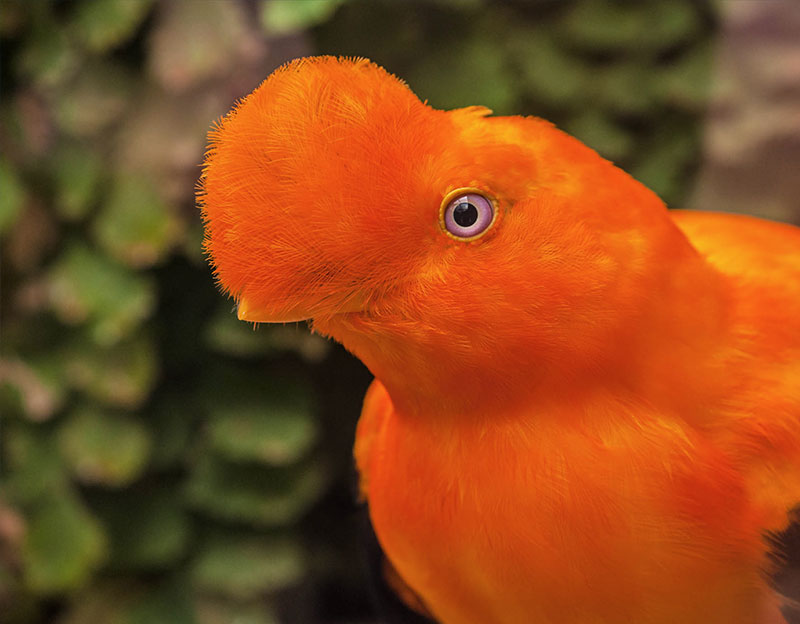
Bird-watching
Over 1,000 species of birds have been recorded in Manu National Park. Explore the rainforest with your expert guide and add new bird species to your life list.
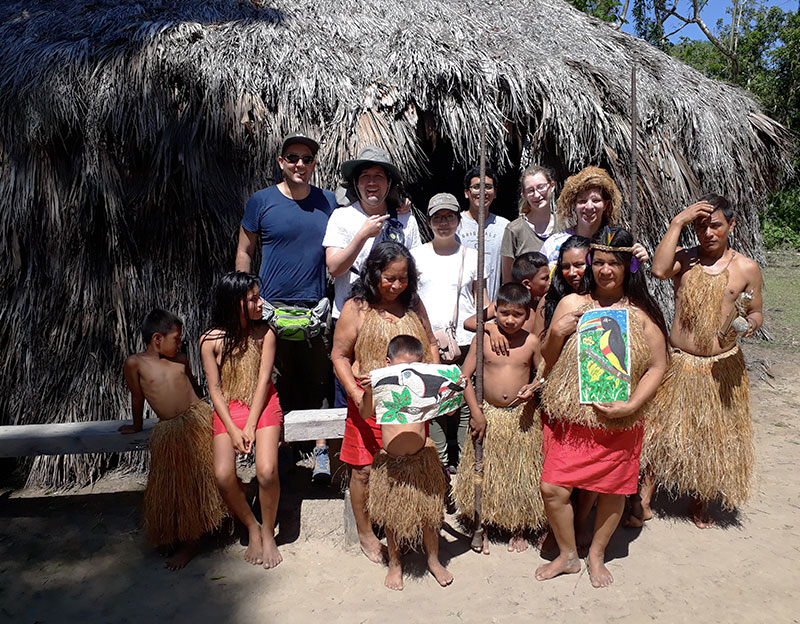
Meet a Local Community
The Matsigenga near Manu are just a few of the hundreds of indigenous communities that live in the Amazon. Visiting these communities is an invaluable opportunity for cultural exchange.
Canoe on Oxbow Lakes
An impressive variety of species live in and near oxbow lakes. Visit Cocha Salvador and Cocha Otorongo to see terns, skimmers, and even giant river otters.
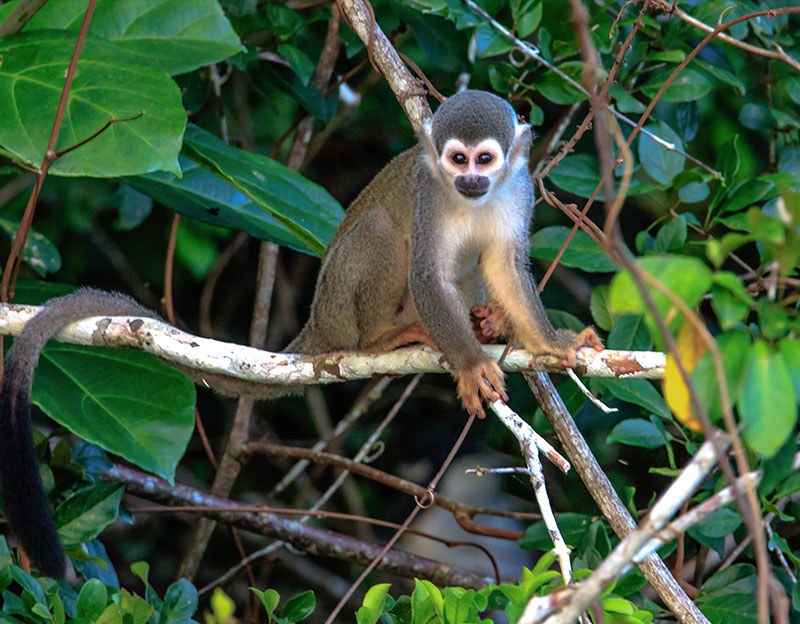
Scale a Canopy Tour
Ascend 65 ft (20 m) above the rainforest floor, past the canopy, for far-reaching views of the rainforest. Bring your binoculars for bird and monkey-watching!
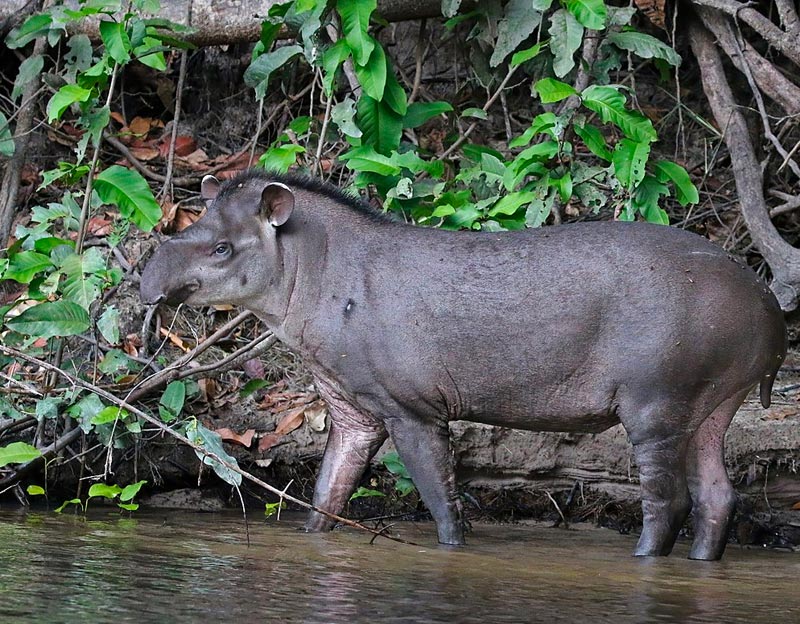
Nighttime Tapir Lick
Venture out during the night in search of tapirs, the largest South American land mammal. Tapirs, along with other nocturnal animals, can be viewed from behind a blind.
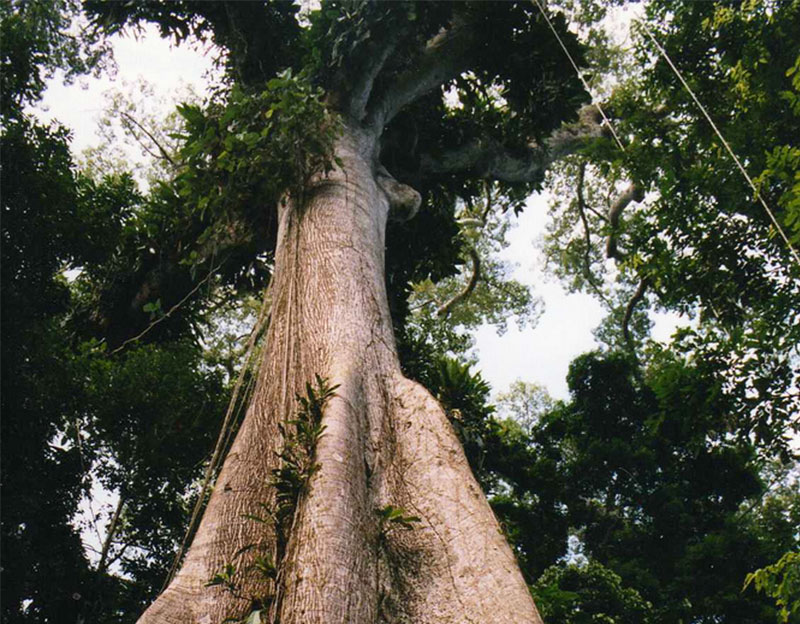
Giant Trees
Marvel at Brazil nut, Ceiba (Kapok), and Ficus trees that gflex flex-wrap -mx-4 up to 160 ft (48 m) tall and host their own complex habitats from roots to canopy top.
Manu National Park Animal Highlights
Butterflies.
Manu National Park’s immense biodiversity is not limited to vertebrates. In fact, over 1,300 species of butterflies have been spotted here. Keep your eyes peeled and your camera in focus for colorful butterfly sightings. These bejeweled insects are a wonder to behold. Some of the park’s most bewitching species include Brazilian Painted Ladies, Glasswings, and Clouded Yellows.
Like Tambopata National Reserve, macaws are also found in Manu National Park. Red, green and scarlet macaws soar around the Blanquillo Clay Lick to feast on its mineral-rich clay. Here you will also find colorful parrots as well as mammal species. Visitors observe the wildlife from behind a blind that is only 164 ft (50 m) from the claylick.
Puma (Puma concolor)
In Quechua, one of Peru’s indigenous languages, puma means “powerful”. The puma is the second-largest feline found in the Americas. In Manu National Park, pumas live in the park’s lowland rainforest zone. Like the jaguar, they are very elusive and sightings are rare.
How to Get to Manu National Park
Vast and geographically isolated, Manu National Park has no roads and requires some effort to access. The only way to get around is by boat. The Manu River and the Madre de Dios River form the southern and eastern borders of the reserve.
- From Cusco: Travel by car to Paucartambo, through the Kosnipata Valley to the Manu River.
- From Puerto Maldonado: Fly or travel by bus to Puerto Maldonado and then continue 2.5 hours by car to Santa Rosa Village. Cross the Inambari River to Puerto Carlos then to Boca Colorado 45 minutes, and up Madre de Dios river.
- To Boca Manu: Charter flights land at a small airstrip and then take river transport to the lodge.
- Manu Learning Centre
- Manu Wildlife Center
- Cock of the Rock Lodge
Travel Info
Speak to your doctor or a travel medicine specialist several weeks before traveling to clear up any concerns.
- Yellow fever: Peru does not require proof of yellow fever vaccination for entry. However, the CDC recommends vaccination for yellow fever for travel to areas below 7,546 ft (2,300 m) of elevation, including Madre de Dios and Loreto.
- Malaria: In general, the risk of malaria for travelers visiting Peru is low. There are less than 5 cases reported in the United States each year that were acquired in Peru. Chemoprophylaxis (anti-malarial medication) is recommended for visits to regions below 2,000 m (6,561 ft), including the cities of Iquitos and Puerto Maldonado.
- Mosquitos: Wear long and loose clothing to protect yourself from itchy bites. Apply insect repellent with Deet and use the mosquito net hanging over your bed.
- Drinking water: The lodges we work with provide bottled and filtered water that is safe for drinking. Bring a reusable water bottle to fill up as needed.
On rainforest walks, the best way to avoid stings and bites is to keep to the center of the trail. Don’t touch trees or branches and be careful not to stand in the middle of a path of marching ants. During excursions, stick close to the group. You’ll have a better chance of spotting critters with the help of the guide, and you don’t want to get lost in the vast rainforest.
Nearly every rainforest lodge program includes guided excursions to spot fascinating animals. Naturalist guides point out unique wildlife and teach you how to observe without disturbing the creatures or possibly endangering yourself. Stay on designated footpaths and do not get separated from your tour group. Be sure to turn off the flash on your camera when photographing.
Amazon Cruises
Amazon cruise ships can be described as floating boutique hotels, boasting ever-changing views over one of the most majestic natural landscapes in the world. For travelers seeking to pair a rainforest adventure with luxurious comforts, a cruise ship is an excellent alternative to a lodge. Picture gliding down the Amazon River while soaking in a Jacuzzi on your ship’s observation deck. Or dining on a gourmet menu designed by one of Peru’s most exciting chefs, Pedro Miguel Schiaffino. Inquire with one of our expert Travel Advisors for more details about a Peruvian Amazon cruise.
Packing Tips
General packing list for the Peruvian Amazon:
- Long pants and long-sleeved shirts to keep insects off. Lightweight, quick-dry material is preferable.
- Rain gear including a lightweight, breathable jacket or a poncho
- Water-resistant and/or closed shoes especially during the wet season
- Dry bag or ziplock bag to keep your important documents dry and protected against the intense humidity
- Swimsuit (for Iquitos)
- Headlamp or flashlight with extra batteries
- Insect repellant
- Sun protection including hat, sunblock, sunglasses
- Binoculars for better wildlife viewing
- Reusable water bottle
- Local currency for small purchases and tips
Luggage Storage
Space on the riverboat to your lodge is limited. This means guests are allowed to transport a specified maximum amount of luggage to and from the lodge. Any excess luggage can be stored at the lodge offices either at the airport or in Puerto Maldonado.
Avoiding Mosquito Bites
You will have to be extremely vigilant to avoid getting mosquitos bites. Some might say it’s an impossible ask, but there are measures you can take to minimize the possibility.
- Dress in loose-fitting, lightweight pants and long sleeve shirts. Wear shoes instead of sandals.
- Apply insect repellent containing DEET to areas of exposed skin. For extra measure, spray it on your clothing.
- Note that insect repellents with a high concentration of DEET should not be applied to children under the age of two because of the increased risk of neurologic toxicity.
- Before you travel, soak your clothes in repellent solution, usually good for a few weeks and several washings.
- At night, sleep under a mosquito net provided by the jungle lodge and make sure the edges are tucked under the mattress.
When is the best time to visit the Amazon?
The Amazon Rainforest is truly a year-round destination. Much of the decision on when to travel will be based on which wildlife species you are interested in seeing. Comfort is also another important factor. During the rainy season, walking trails can be quite muddy. However, there are also cooler temperatures during this time, albeit more mosquitoes.
What are the Peruvian Amazon lodges like?
Jungle lodge tour packages typically include transportation to and from the lodge, park entrance fees, three meals a day, and guided excursions. Some activities may require additional fees.
- Amenities: Lodges vary widely in style and amenities. Some resorts such as Inkaterra Reserva Amazonica verge on the luxurious (by rainforest standards), while other wildlife-focused lodges are more remote and rustic. Most lodges are eco-friendly, which means no electricity, or electricity provided by a generator during certain set hours. Kerosene lamps provide nighttime illumination. WiFi, if available, is usually spotty and slow. A surprising number of jungle lodges do have hot water for showering.
- Activities: Generally, days begin early and are filled with different activities. Excursions vary from lodge to lodge and differ in levels of physical exertion. Expert guides are always there for your safety, to answer questions, and to point out remarkable plants and animals you might otherwise miss. In the evenings you can relax in a hammock and listen to the sounds of the jungle. Browse our recommended Amazon lodges and ask your Travel Advisor for details about a specific jungle lodge.
Iquitos vs Puerto Maldonado vs Manu—Which is Best?
Where you spend your Amazon getaway depends on how much time you have and your preferences.
- For short itineraries (2 to 3 days) and smaller budgets, Puerto Maldonado/Tambopata has the most accessible wildlife-viewing and a range of lodges at various price points.
- For longer itineraries and larger budgets, Iquitos offers the unique chance to cruise the Amazon River or to stay at one of the only lodges with a swimming pool, Ceiba Tops Lodge.
- For travelers with more time, a deep interest in wildlife, and who don’t mind basic accommodation, Manu offers a truly remarkable experience of birdlife, active clay licks, and unique habitats that few people ever get to see.
Do I need any vaccinations prior to traveling to the Amazon?
There are no vaccinations required for travel to the Amazon, or even entry to Peru. However, the CDC recommends that all travelers to Peru be up-to-date on their routine vaccinations as well as receive a vaccination for yellow fever.
How can I protect myself from mosquitoes?
The best way to protect yourself against mosquitoes is to apply an insect repellent which contains DEET. Also be sure to wear lightweight, long sleeved shirts and long pants. Your jungle lodge will include a mosquito net over your bed to use at night.
How old is the Amazon Rainforest?
The Amazon Rainforest formed at least 55 million years ago during the Eocene Epoch.
Where is the Amazon Basin?
The Amazon Rainforest basin covers a staggering 35.5% of South America and is located in Bolivia, Brazil, Colombia, Ecuador, Guyana, Peru, Suriname, and Venezuela. Most of the basin is covered by the Amazon Rainforest, which encompasses an area of 2.1 million sq mi (5.5 million sq km).
Where is the Amazon River located?
Beginning in the Peruvian Andes, the Amazon River flows west to east through Ecuador, Columbia, Venezuela, Bolivia, and Brazil, until it empties into the Atlantic Ocean.
How much of the Amazon is left?
At least 20% of the Amazon Rainforest has already been cleared. Occupying 60.3% of Peruvian territory and home to 14% of the population (approximately 4.3 million people), the Amazon rainforest continues to be a source of natural resource extraction, even while vast swaths are being protected for research and ecotourism.
Why is the Amazon Rainforest important?
The Amazon Rainforest is referred to as “the lungs of the Earth.” This is because it absorbs large quantities of the world’s carbon dioxide and subsequently produces 6% of the world’s oxygen. It is also important for maintaining precipitation across South America and impacts the world’s climate as a whole.
Book with confidence
Postpone your tour with zero cost up to 30 days prior to arrival with open dates

- Adventure Travel

9 Best (and Life-Affirming) Amazon Tours and Excursions

Jessica grew up in California, where she learned to love the beach and sunny weather...and then s...
- button]:border-none [&>button]:bg-white [&>button]:hover:cursor-pointer [&>button]:hover:text-cyan-400"> button]:hover:text-cyan-400 [&>button]:bg-white hover:cursor-pointer" height="1em" width="1em" xmlns="http://www.w3.org/2000/svg">
Visiting the Amazon Rainforest is hugely popular, and for good reason. It’s one of the most bio-diverse areas in the entire world. From sloths to monkeys, one of every ten known species lives in the Amazon. That’s worth a visit! But surely you’re now wondering how to visit the Amazon rainforest.
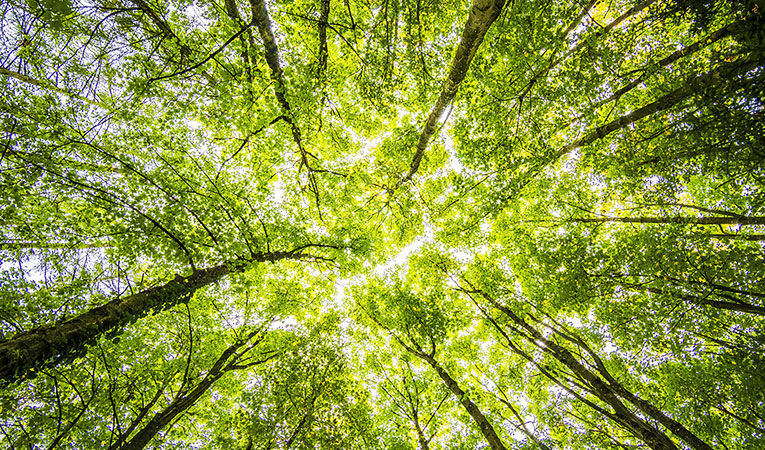
The best Amazon tours will leave you feeling stunned.
Amazon Rainforest tours in Brazil are typically the first thing people think of as Amazon destinations, but you can (and should!) visit the Amazon in Peru or Ecuador as well. The Amazon isn’t the only place to see rainforests, either! There are tons of other rainforest adventure travel tours you can consider.
Can you visit the Amazon Rainforest?
Yes, but since the Amazon is such a popular and amazing destination, it’s important to visit in an ethical way. This means going with a tour or a well-trained guide. The best Amazon tours have local guides to help you navigate the forest so you don’t get lost. Plus, they know a ton about the wildlife and fauna! They can also take you to visit indigenous tribes that they have pre-existing relationships with, so you’re not just barging in on a tribe that may not be interested in contact with tourists.
So, can you go to the Amazon Rainforest? Absolutely, but make sure you go with a tour and have a guide with you. Guides will help your visit and experience in the Amazon Rainforest reach its fullest potential while still ensuring that your visit is ethical and not damaging to the area or the wildlife.
[Related: Brazil Adventure Travel: 9 Things to Know Before You Go ]
How to visit the amazon rainforest.
Editor’s note: This information on visiting the Amazon Rainforest was accurate at the time of publishing. Please refer to each individual program for current data.
1. AFS Brazil Global Prep: Amazon River Odyssey — Leave the first review!

This isn’t any regular Amazon tour; it’s an incredible river odyssey in the Amazon Rainforest. This trip includes a stay in the capital of the Amazonas region, Manaus. You’ll see the sights and dance with the locals! You’ll also stop by the Terra de Cachoeiras or Land of Waterfalls. After that, it’s a six-day river odyssey down the Amazon River. Accommodation includes hammocks in the jungle (how cool is that?!). You might even spot some wildlife like alligators or piranhas.
- Where? Brazil
- Duration? 10 days
- Read AFS USA reviews
2. Amazon Jungle Survival — Leave the first review!

Are you tough enough to survive in the Amazon jungle by yourself? This survival excursion spends over a week teaching participants essential skills like how to locate a clean water source, construct traps to catch food, and even hunt with a bow and arrow!
You’ll also learn skills like starting a fire without a match or lighter, building a shelter, and finding your way out of the jungle. Then, you’ll have the chance to prove yourself during the Isolation Phase — two days where you’re completely on your own! You’ll come away from this incredible tour with new skills and new self-confidence to top it all.
- Where? Guyana
- When? Year-round
- Duration? Two weeks
- Read Fronteering reviews
3. Amazon Rainforest Wildlife Rescue in Ecuador — 10

Are you especially excited about the wildlife in the Amazon forest? This tour features the rehabilitation of wild animals that went through abuse and trafficking. Participants will stay at a beautiful property located deep within the forest and interact with animals such as parrots, monkeys, turtles, and even wild cats! What better way to tour the Amazon than to care for its residents? You’ll have a blast working with wildlife rescue on this Amazon forest tour.
- Where? Ecuador
- Duration? 2-12 weeks
- Read Kaya Responsible Travel reviews
4. South America Semester: Andes & Amazon — 9.33

Looking for Amazon Rainforest tour packages that are longer than just a couple weeks? Look no further. This “gap year” tour lasts about 3 months! Participants will spend at least 2 weeks trekking through the Amazon forest, learning about conservationism and rubber-tapping along the way. The program also includes a visit to Mt. Tunupa, a multi-colored volcano that overlooks the Salt Flats in Bolivia, and even a hike up Machu Picchu! Well-rounded and packed with incredible experiences, this gap-year will transform you as a traveler and person.
- Where? Peru and Bolivia
- Duration? 3 months
- Read Where There Be Dragons reviews
5. South America Gap Year Semester | Pacific Discovery — 10

Speaking of programs that allow you to explore a little bit longer, this gap year helps participants to travel around South America, especially Peru and Ecuador. You’ll have incredible opportunities like snorkeling in the Galapagos Islands, biking Machu Picchu, and helping with service projects for local villages. Once you make it to the Amazon portion of the trip, you’ll be rafting down the Jatunyacu River in the Amazon Basin. As if that wasn’t cool enough, you’ll also see tons of wildlife and maybe even learn about how chocolate is made. Yum!
- Where? Ecuador and Peru
- When? Fall or Spring
- Duration? 9-12 weeks
- Read Pacific Discovery reviews
6. 15 Day Spanish Language + Amazon Experience Tour — Leave the first review!

This program has a heavy focus on the Spanish language, a huge plus for travelers looking to become bi- or even trilingual. You’ll get incredible language immersion and opportunities to practice Spanish with the locals while you explore Ecuador. This trip features an Amazon excursion for three days — enough time for you to experience the incredible natural beauty, but short enough that you’ll have plenty of time for other Ecuadorian adventures such as a coffee tour, South American cooking class, and salsa dancing!
- Duration? 15 days
- Read Worldaway Learning Tours reviews
7. Volunteer: Amazonas Explored — 9

This Amazon tour combines the best of both worlds: volunteer work that will make a difference and amazing adventures in the Amazon forest! One week of this program is spent in local villages (that are occupied by “a playful troop of monkeys”), helping residents to build bathrooms and other necessary structures as well as teaching children English. The other week(s) are spent exploring the Amazon jungle further by hiking, canoeing, tubing, visiting an Amazonian animal refuge, and meeting with a shaman. If you stay an extra week, your tour can also include hiking two active volcanoes, visiting the ocean, swimming with whales and dolphins, and finishing off at the "Center of the World", the equator line!
- Duration? 1-4 weeks
- Read Volunteer Eco Students Abroad reviews
8. 8-Day Indigenous Cultures & Amazon Rain Forest Tour — Leave the first review!

If you’re interested in visiting the Amazon Rainforest, chances are you’ll love touring the Cloud Forest in Ecuador. This tour gives you both in one trip! Plus, you’ll spend time with indigenous tribes of Ecuador like the Otavalos People of Imamabura, a Pre-Incan Tribe in the Cloud Forest, and an original Amazonian Tribe. You’ll experience both incredible forests firsthand and connect further by getting to know the people and culture. Plus, you’ll probably get to try some common local foods, such as a rainforest tree slug (we’re not kidding!).
- Duration? 8 days
9. Traditional Plant Medicine, Herbalism, and Ethnobotany — 9

This is a great Amazon tour for our travelers with a knack for or interest in natural medicine and herbalism. Participants are housed with a local family who practices herbalism. You’ll get to see firsthand what practices and plants are used! You won’t just see the Amazon forest; you’ll also learn how to use its resources to help people who are sick. You can fulfill your lifelong dream of touring the Amazon while simultaneously helping people. It’s a win-win!
- When? Summer
- Read Amazon Learning reviews
Can’t pick? Compare These Programs Side-by-Side for FREE with MyGoAbroad
Visit the amazon rainforest and meet our planet’s lungs.
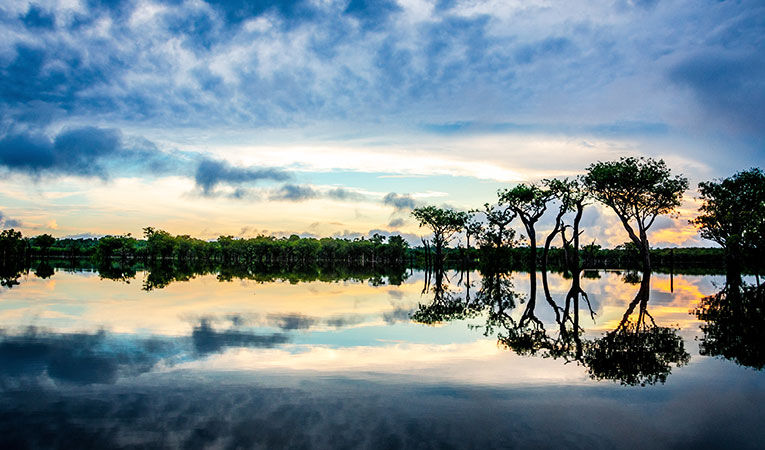
This is a once-in-a-lifetime event — enjoy every moment of responsibly visiting the Amazon Rainforest.
There are tons of awesome ways to visit the Amazon Rainforest! You can go on a tour with a local guide who can help you get the most out of your trip. You can amp things up and make it a river tour where you cruise down the Amazon river in style. There’s tons of volunteer tours where you can see the forest and make a difference in conservation efforts. You can even help rehabilitate the wildlife! The best Amazon tours all have amazing pros, so you really can’t go wrong.
Whatever ethical way of traveling you choose, you’ll love the Amazon! From lush forests to big woven roots, elephants to poison dart frogs, you’ll see amazing things. Basically, touring the Amazon guarantees that you’ll have an incredible and life-changing experience.
Browse ALL Rainforest Tours in the Amazon on GoAbroad.com

Explore Adventure Programs on GoAbroad.com
Related Articles
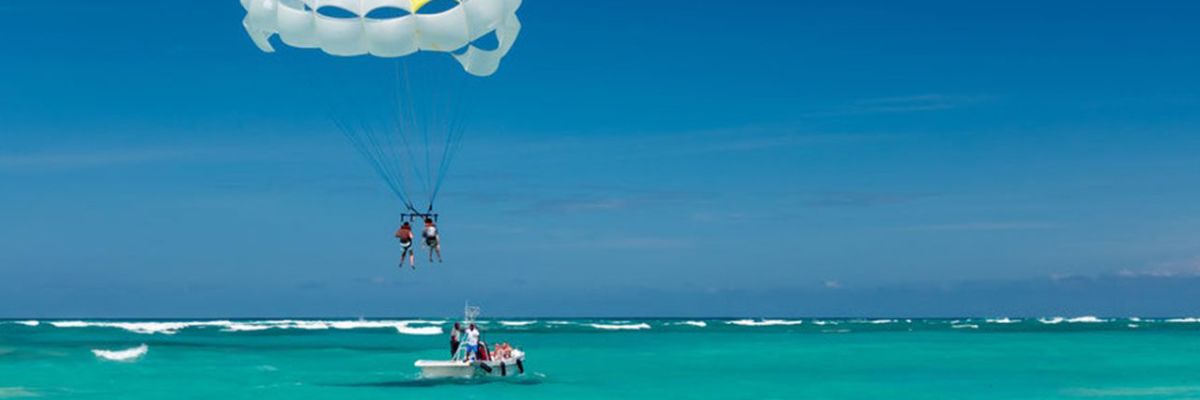
By GoAbroad 2018 Official Report | 6 days ago
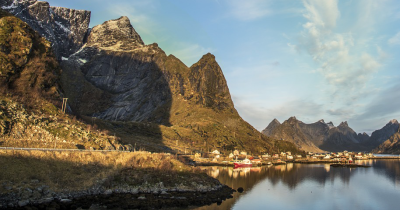
By Dawn Head | April 11, 2024
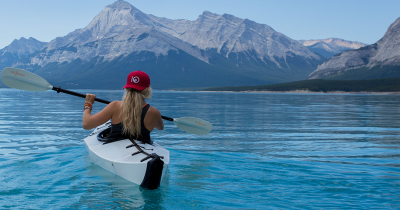
By Kerianne Baylor | April 10, 2024
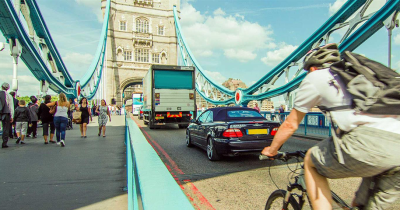
By Steph Dyson | April 9, 2024
Popular Searches
Recommended programs.

Westcoast Connection

International Volunteer HQ [IVHQ]

Raleigh International
Top Adventure Program Providers
Popular opportunities to check out
Join us on our exceptional photographic journeys with a do-good twist!
Come join us for a wonderful summer of your life wcc global, program fees from $180 join ivhq's incredible and affordable volunteer programs, come join us on the ultimate horseback holiday adventure, join ethical small-group adventure tours in uganda, for travelers, travel resources, for partners.

© Copyright 1998 - 2024 GoAbroad.com ®
- Study Abroad
- Volunteer Abroad
- Intern Abroad
- Teach Abroad
- TEFL Courses
- Degrees Abroad
- High School Abroad
- Language Schools
- Jobs Abroad
- Online Study Abroad
- Online Volunteer Programs
- Online Internships
- Online Language Courses
- Online Teaching Jobs
- Online Jobs
- Online TEFL Courses
- Online Degree Programs

Borders Of Adventure
Leading Culture and Adventure Travel Blog by Becki Enright. Looking at the world with a different angle to change perceptions of misunderstood places, for the best in travel.
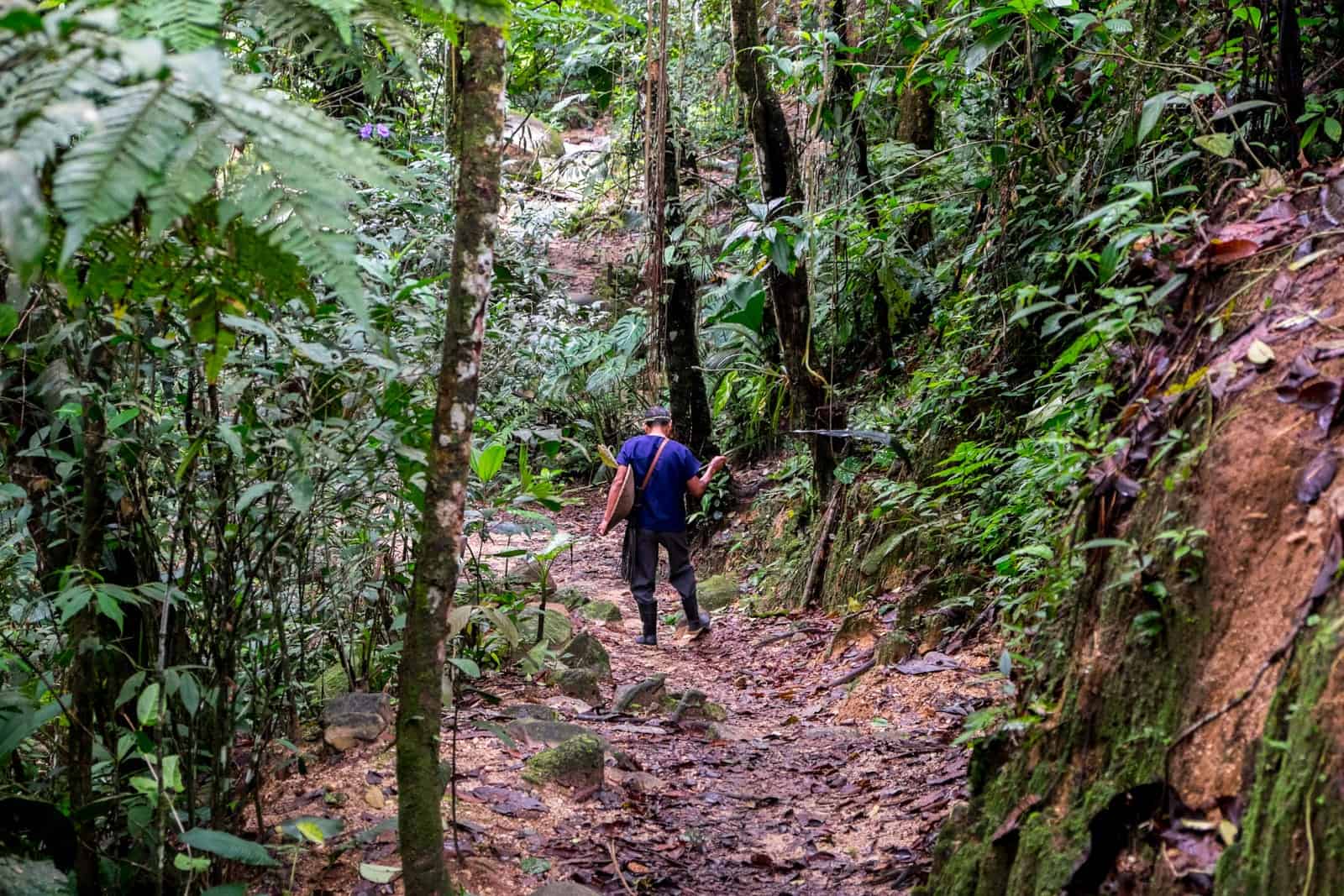
Adventure Travel , Ecuador
Ecuador Amazon Rainforest Guide – Local Living in the Most Diverse Biosphere on Earth
Disclaimer: This post contains affiliate links to handpicked partners, including tours, gear and booking sites. If you click through or buy something via one of them, I may receive a small commission. This is at no extra cost to you and allows this site to keep running.
From local living to jungle trekking this Ecuador Amazon Rainforest guide has everything you need to know to prepare for your trip.
When we boarded a local bus that would take us into the fringes of the tropical Ecuador Amazon Rainforest, we knew we were going somewhere extraordinary.
Whoever you are with, you’ll soon become a tribal force of friends, willingly ready to cut yourselves off from bustling civilisation and wrestle with the fears of land completely off-limits to your knowledge and comforts.
You’ll help one other and talk about life to the stillness of the Amazon jungle, cut only by the sounds of what lives and breathes within it. You’ll leave with a lifetime of memories about a patch of the Earth that’s incomparable to anywhere else.
After four hours, the long highways and clunky town roads gave way to small, winding gravel passages that snaked through a mass of green. Dense forests surrounded us, trees pushed into the sky and without the roads and the tiny houses that lined the way, we would have been completely lost.
The small town of Tena hummed with life – the main hub for those who live further within the density of the jungle – but it wasn’t long before we rattled off in a 4 x 4 truck for another 45 minutes. To meet our local family hosts, in the community called Pimilacha.
The area of the Amazon in Ecuador is just one small part of the extensive Rainforest as a whole, but the biggest of all six regions of Ecuador. Not many people know that the Amazon is in Ecuador too, yet despite it only filling a ‘tiny’ space in the country with less than 800,000 people living within it, it still makes for a big journey, filled with adrenalin, exploration, and adventure.
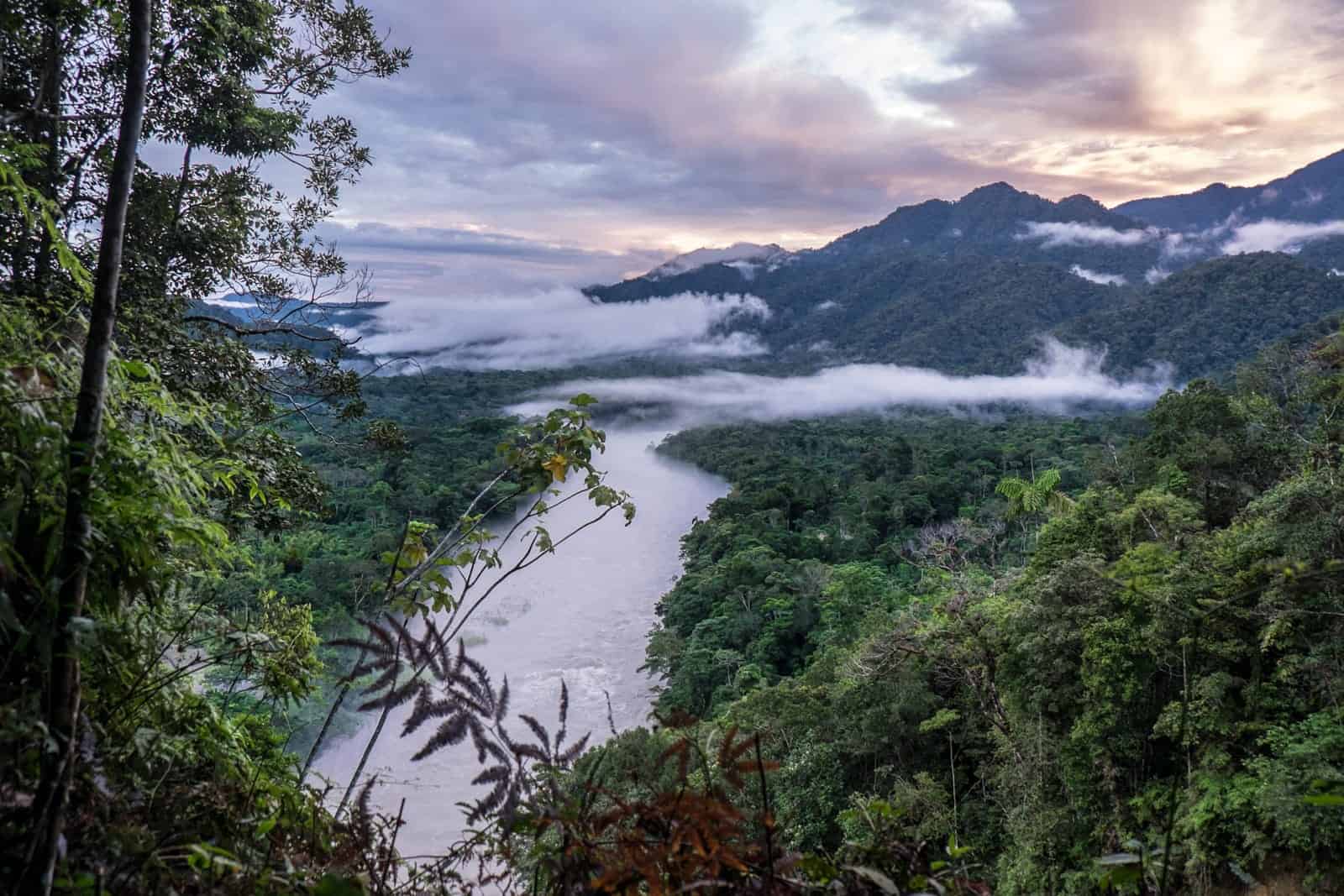
The size of the Amazon Rainforest is mind-boggling, being one of the most diverse ecosystems in the world, encompassing an area of over 2.5 million miles across nine countries in South America – Bolivia, Brazil, Colombia, Ecuador, Guyana, French Guiana, Peru, and Suriname. This makes it the most important rainforest in the world, spanning around 40% of the entire continent.
With vast biodiversity that is said to cover just under one-tenth of the earth’s landmass, the Amazon holds thousands of different species of animals and plants, beautiful landscapes woven together by rivers, lakes, seemingly infinite swaths of dense rainforest, as well as some of the world’s last remaining indigenous tribes.
According to this extensive list of facts about the Ecuadorian Amazon Rainforest, there are over 1,400 different animal species, including 200 mammals, 121 reptiles and nearly 600 bird species. And that’s not including the 70,000 types of insects and the 1,000 species of trees.
It’s exactly this untouched landscape status, filled with half of the world’s known species, and that so much of it remains completely uninhabited and unknown, that attracts the more curious who want to peer in and try to understand it.
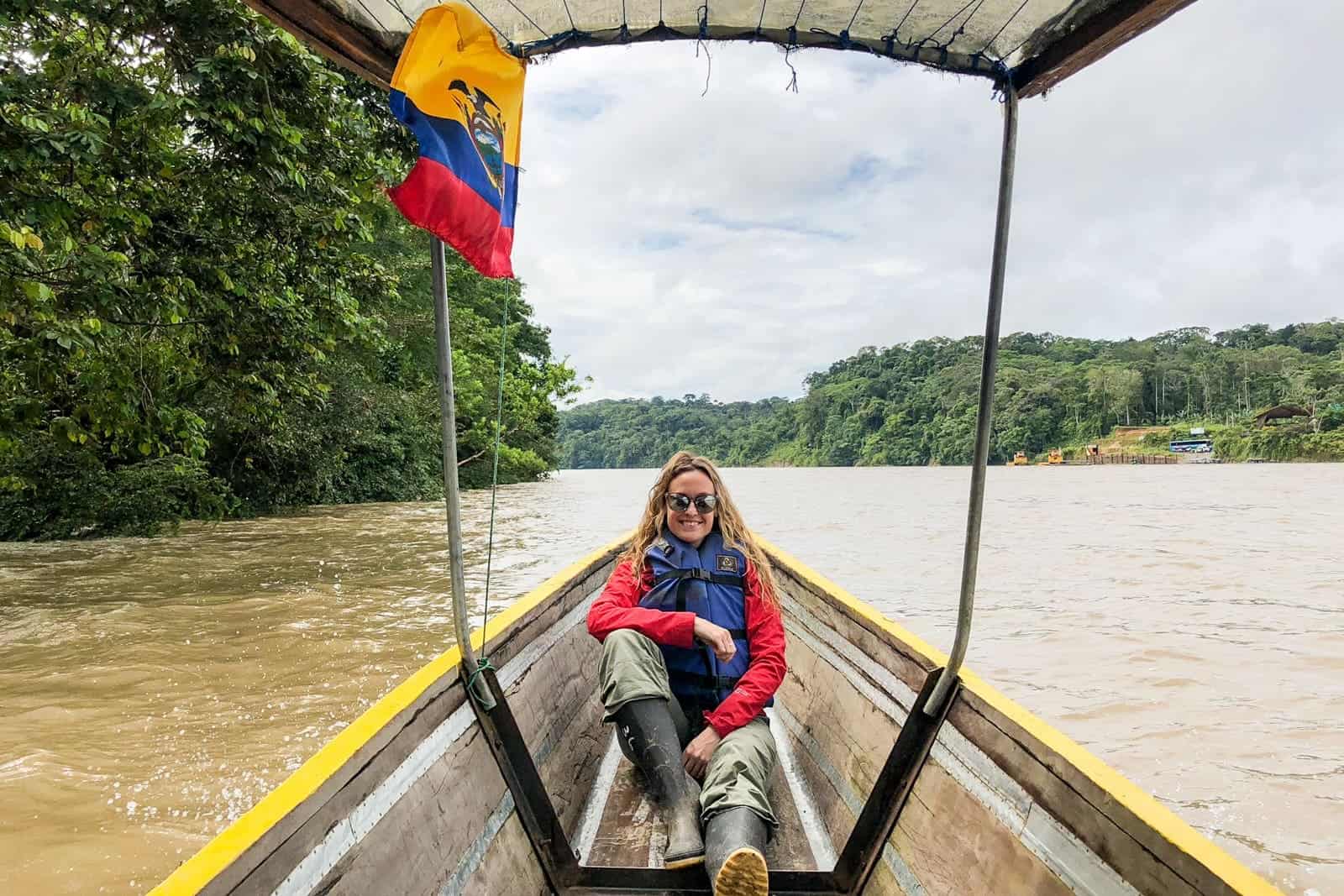
Longboat trip on the Amazon River in Ecuador
Why go to Ecuador to Visit the Amazon?
Where to stay – local living in the amazon jungle, amazon people and culture, shamanic practice in ecuador and the amazon rainforest, amazon adventure activities, ecosystem and wildlife – enjoying the rainforest, when to visit the ecuadorian amazon rainforest, how to get to the ecuador amazon, is travel to the amazon safe, is it difficult to travel in the amazon, do i need vaccinations for amazon travel , what to pack for travel to the ecuadorian amazon, ecuador amazon tours – planning your trip, want to visit the amazon in ecuador pin it.
Since it’s such an extensive region, it becomes hard to pinpoint which country has the best benefits regarding a trip to the Amazon. With nine different countries sharing a part of the Amazon rainforest, you might think you’ll miss part of the adventure if you only stay in one country. Yet, it’s good to consider choosing a country with plenty of services and regular tours into the Amazon as the best option.
Truly remote parts of the Amazon are either off-limits, impossible to get to, or would simply take multiple days to reach.
Travel to Ecuador is about seeking pristine nature, with the Galapagos or the Amazon Rainforest being the core trips that the budget is allocated to. Quito is simply the landing ground for such wider adventures in the country.
When outsiders visit the Amazon, they often travel to its fringes, where infrastructure and the commodity of lodgings allow, yet it still provides enough off-beat landscape to experience its true density and for a visitor to feel right in the heart of the rainforest. The Ecuador Amazon region is not different in that offering.
That’s because the Amazon Rainforest in Ecuador is home to the most diverse biosphere on earth – Yasuni National Park and Biosphere Reserve. It’s one of four national parks in the Amazon Rainforest in Ecuador, whose UNESCO World Biosphere status makes it a special place for those adventurers who love watching wildlife and learning about nature.
My first trip could have been a long day trip only touching the sides of this eco bowl, but instead, I wanted immersion. Choosing the G Adventures Local Living Ecuador – Amazon Jungle trip , I got to live with a local family for five days and experience the Amazon from those most connected with it.
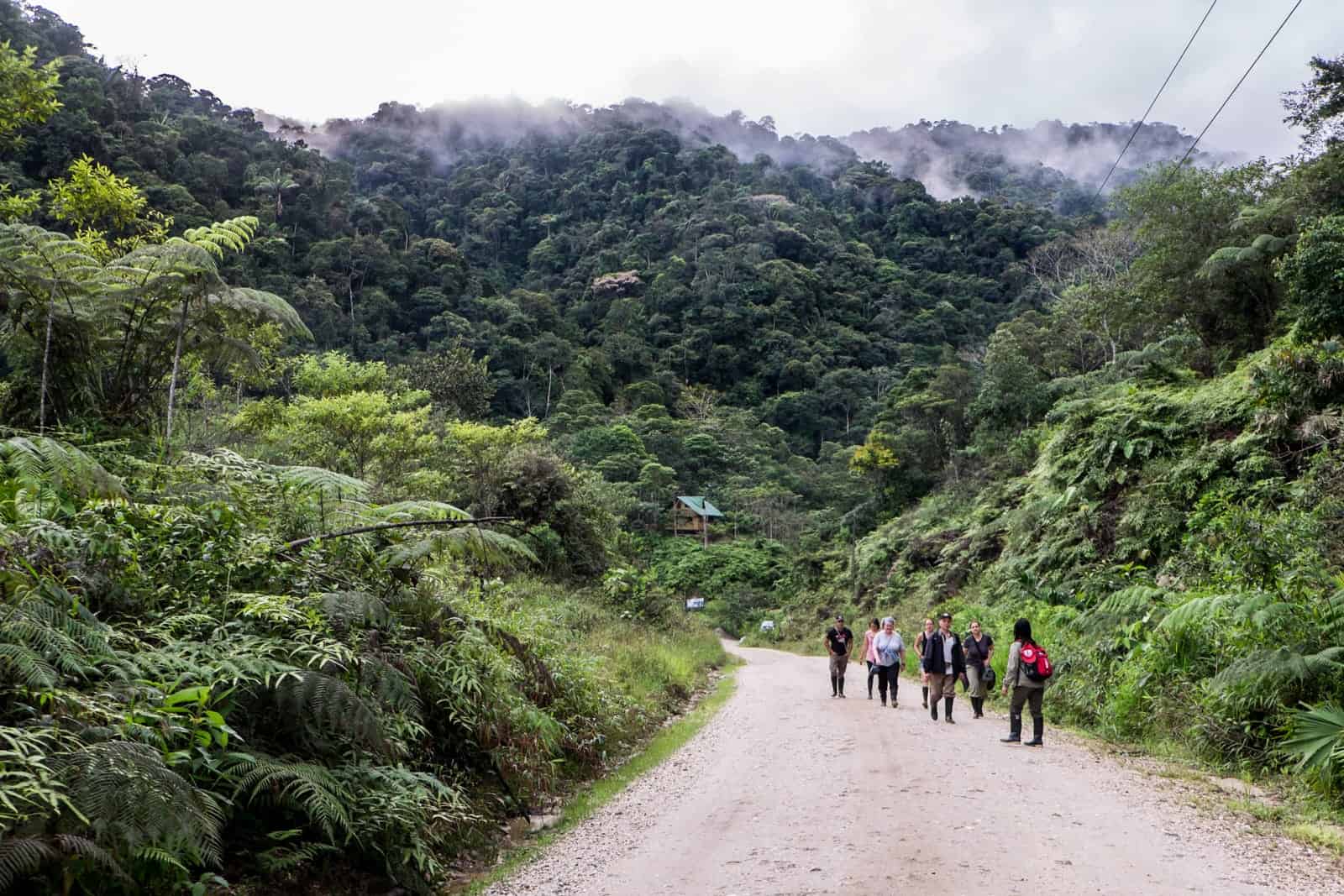
Local Living in the Ecuador Amazon Rainforest
In the Ecuadorian Amazon, the community of Pimilacha (meaning butterfly in native Quechua) is small but big on welcoming outsiders to understand the way of life here. There are around 25 families, with two working in the tourism industry to host visitors.
The family I lived with has been working with G Adventures for 25 years. In fact, the company’s first tour was to this very place after founder Bruce Poon Tip visited the head of the household and Sharman, Delfin and saw the potential in bringing travellers and communities together for the greater good.
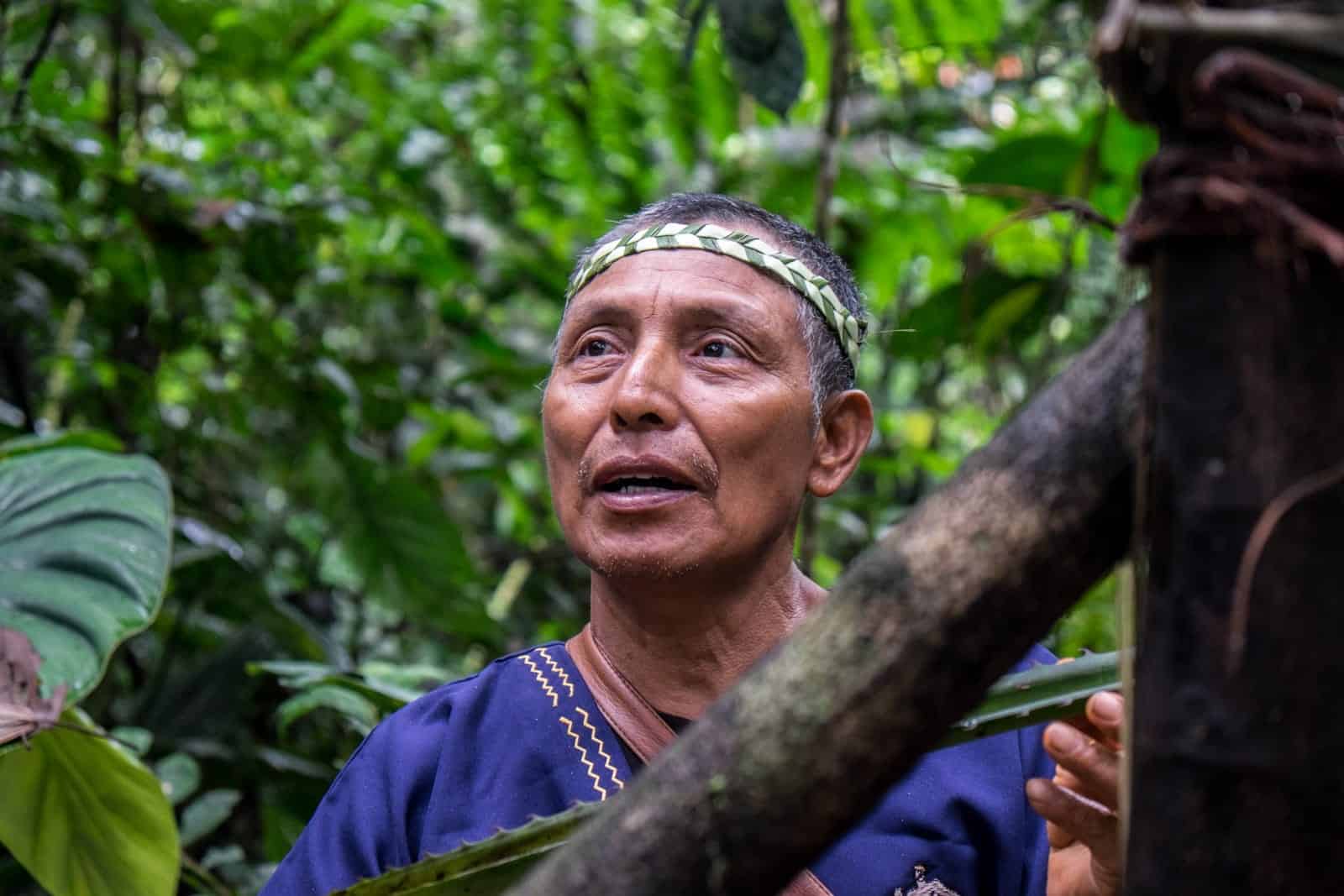
Exploring with Delfin
Quechua culture and traditions are kept alive, communities continue to flourish, and travellers are provided with a unique experience at a local level in an Amazon lodge, in a more remote destination. All the good of travel, without the harmful social impact.
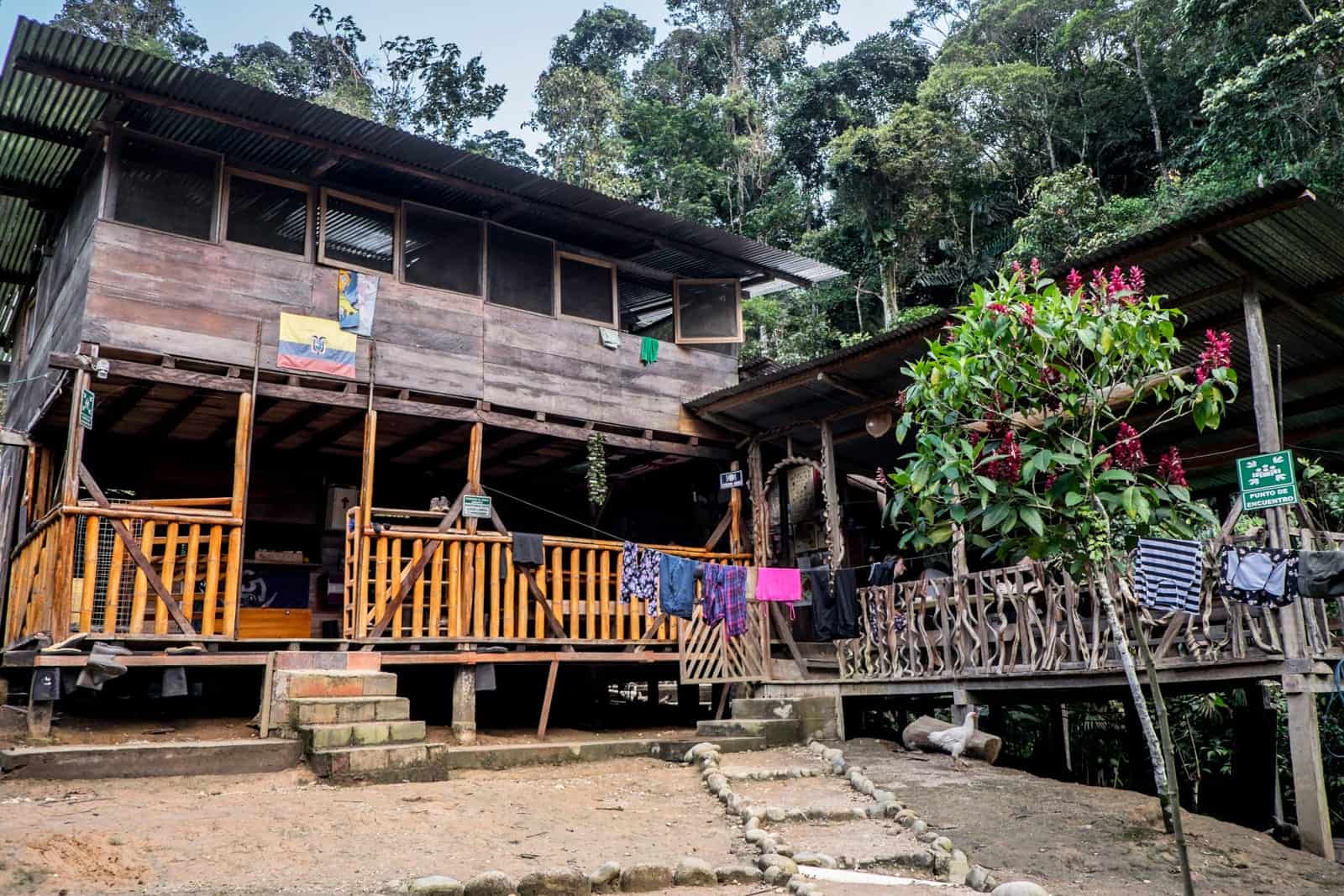
Our local house in the Ecuador Amazon Rainforest
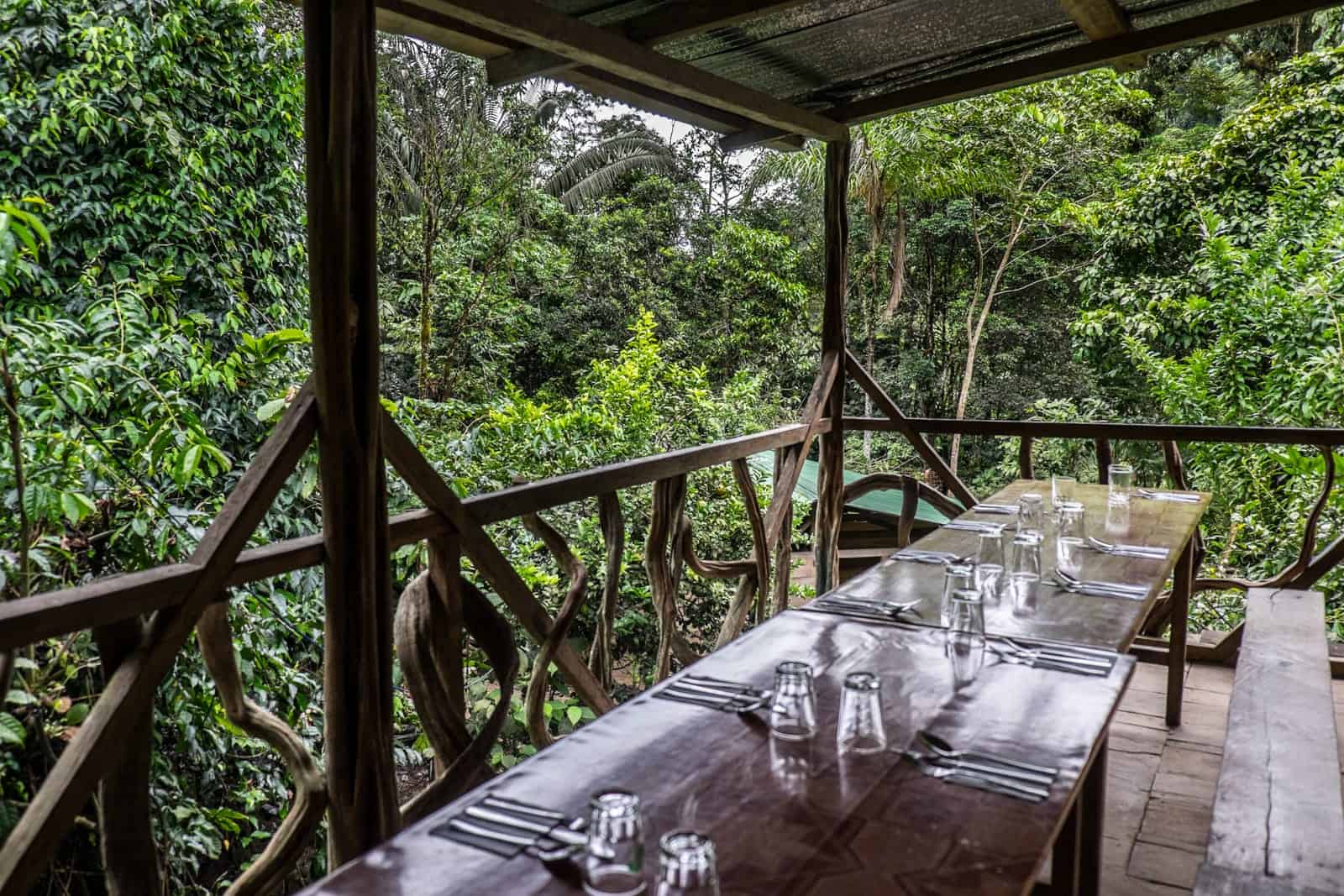
The Ecuador Amazon Lodge for travellers
The family members are all involved in tourism, especially the two sons. Other family members live in the city of Tena, as what often happens when the populations disperse and later generations leave to go to high schools and universities that do not exist out in the jungle hinterland.
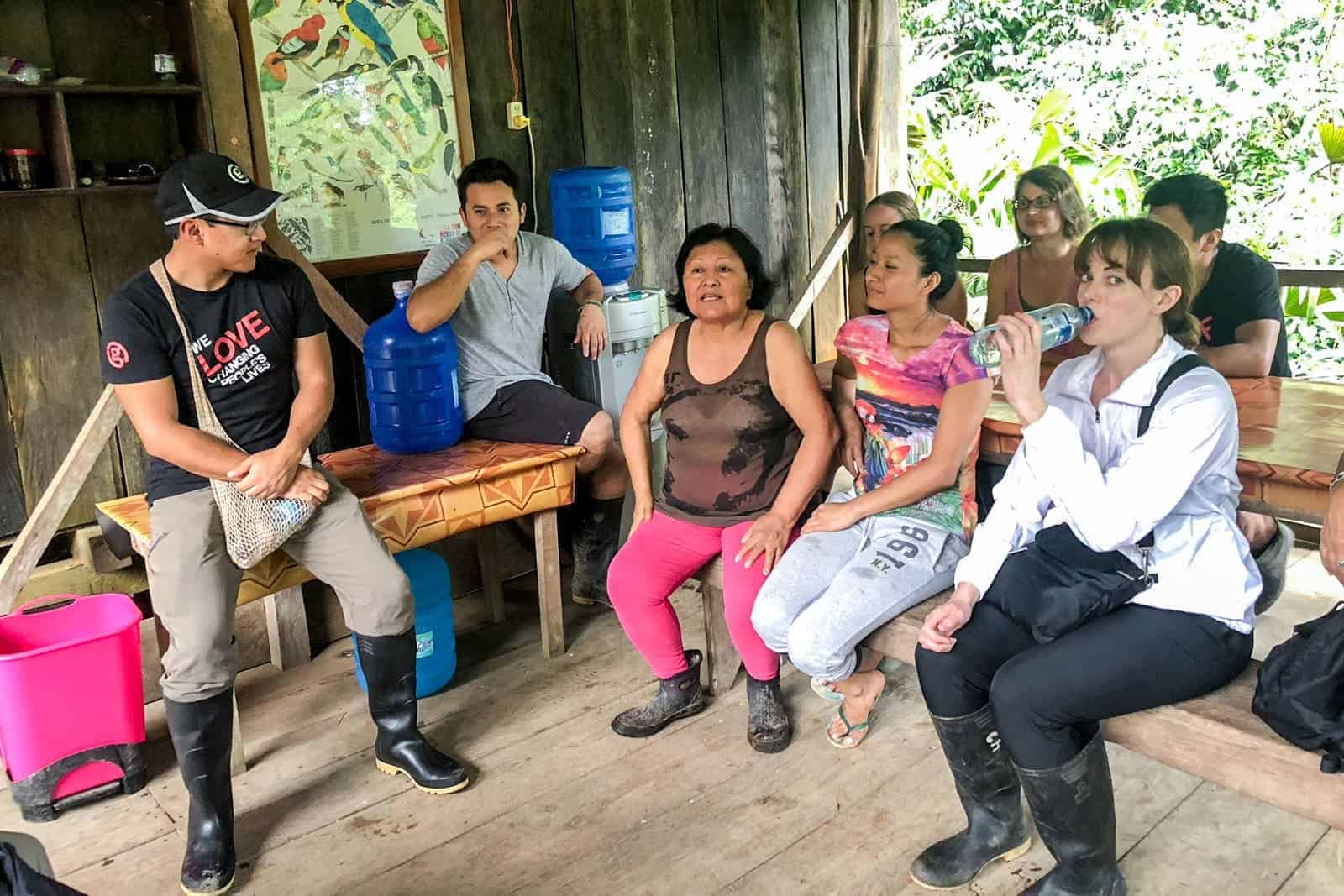
The main family house is where you’ll eat and spend the evenings relaxing, with the group residing in the secondary building right next to it in what are predominately twin rooms. Each day we were presented with a delicious breakfast, lunch and dinner, cooked by the mother and daughter, which included native products like plantain and yucca – much needed fuel after a day spent exploring.
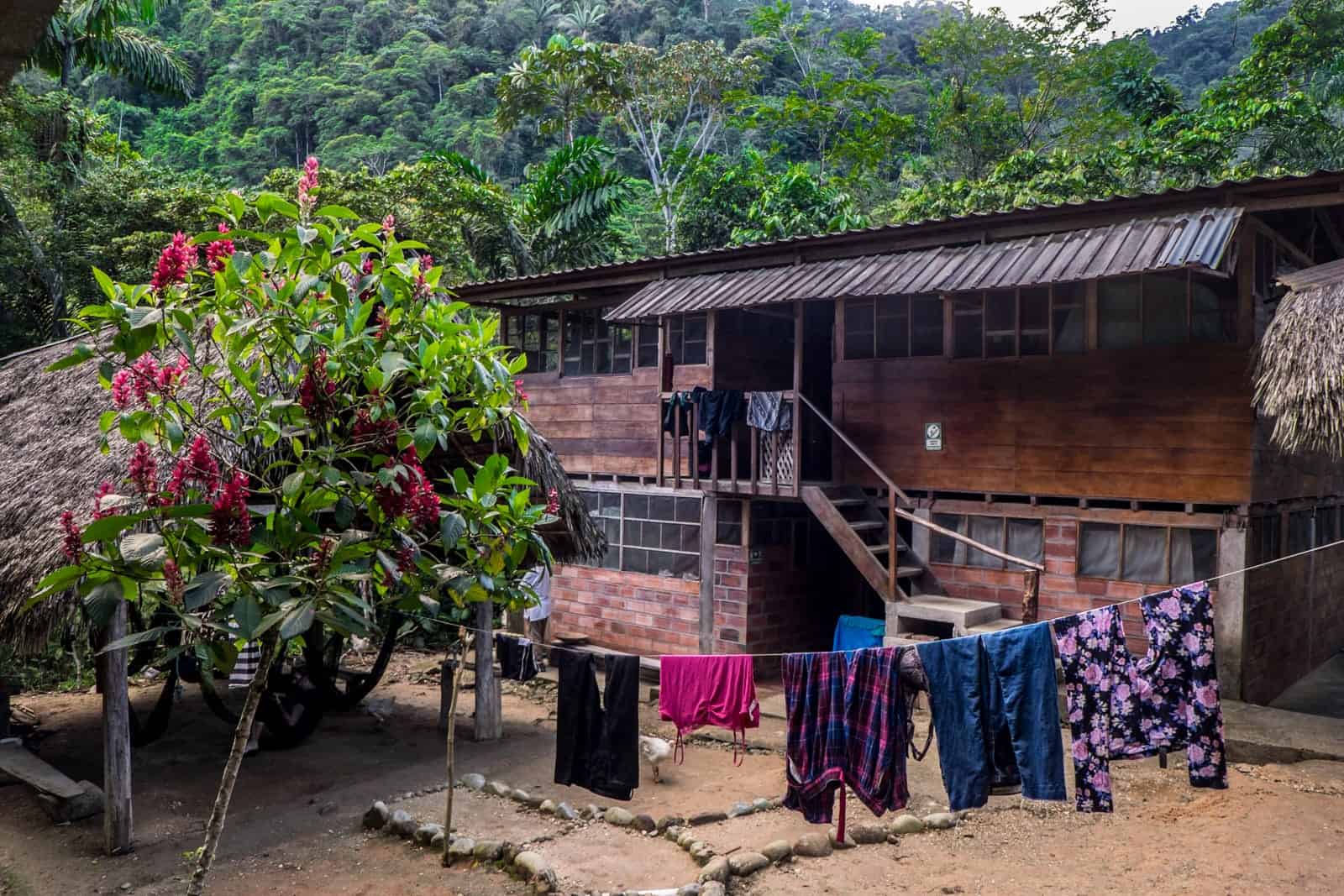
Typical Ecuador Amazon lodge in the jungle
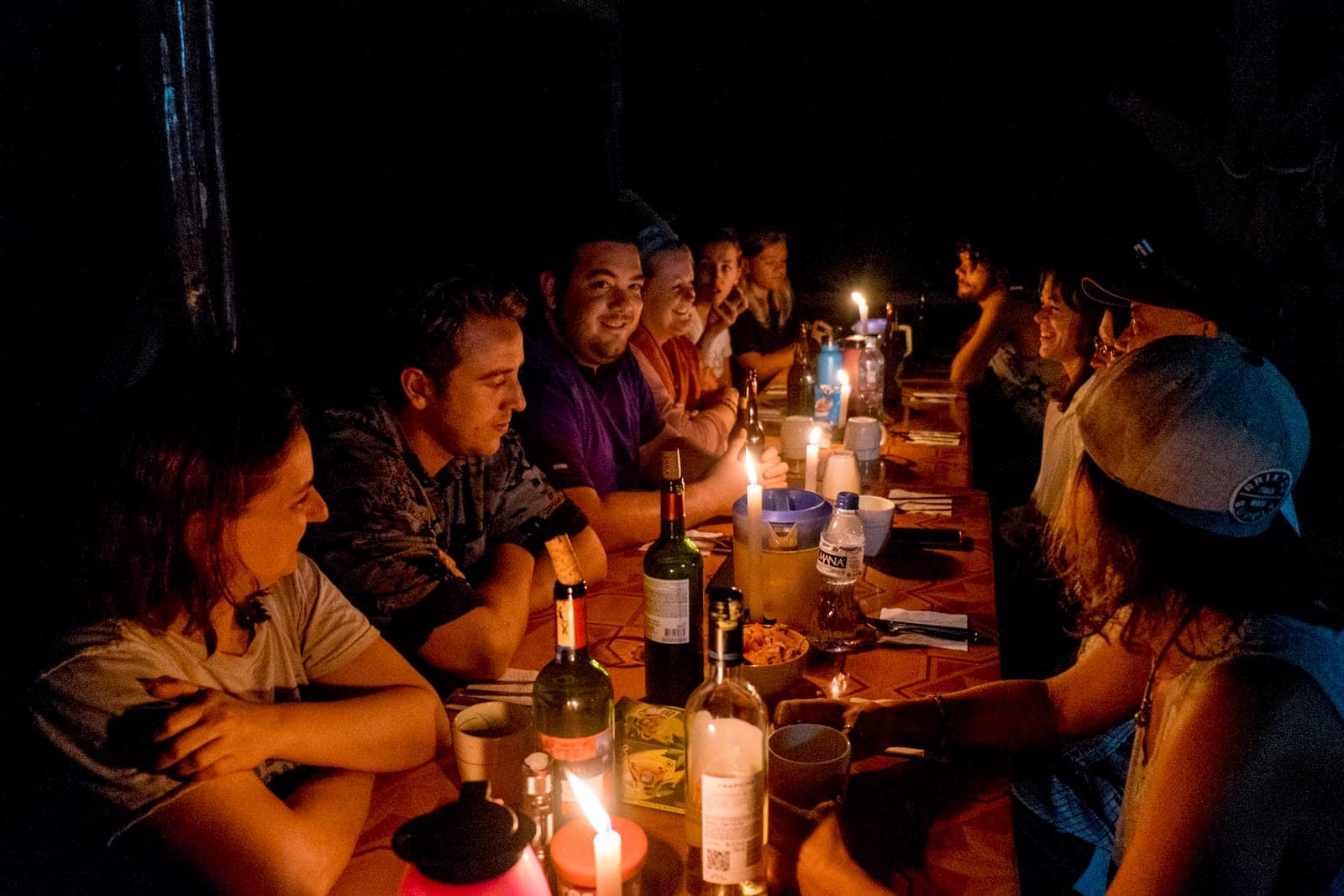
Nights spent in the Ecuador Amazon by candlelight.
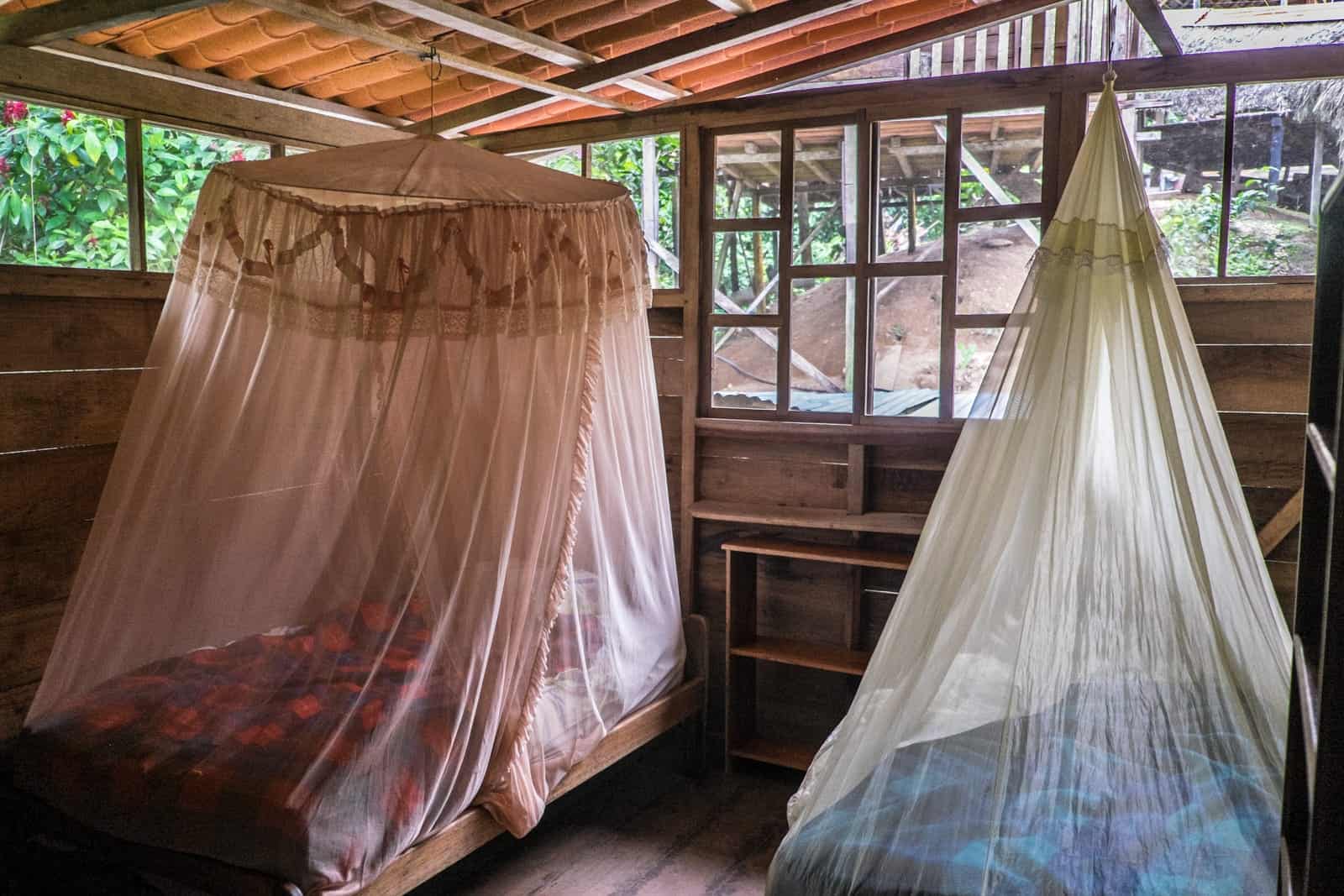
Our Amazon lodge bedroom
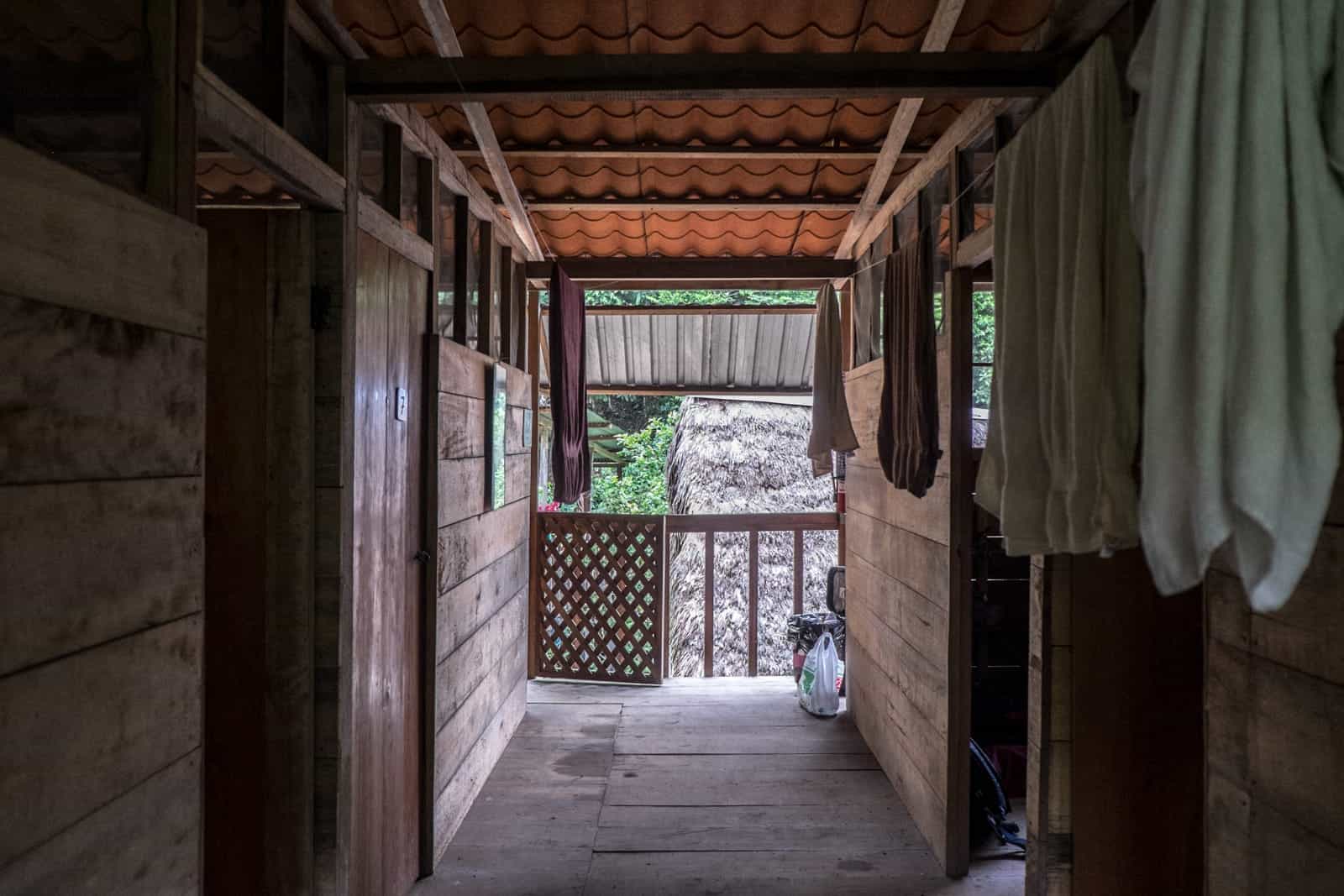
You quickly get to learn about life in the Amazon jungle. Each day we got to interact with the family, with the two sons and Delfin being the leaders in exploration, armed with a machete and a lot of knowledge.
Jungle bush walks and the education of our surroundings became a daily ritual, with lessons in how to use a blowgun, coffee and chocolate making sessions being an added cultural extra. We were even taught how to prepare and cook grubs before daring one another to take this culinary rite of passage.
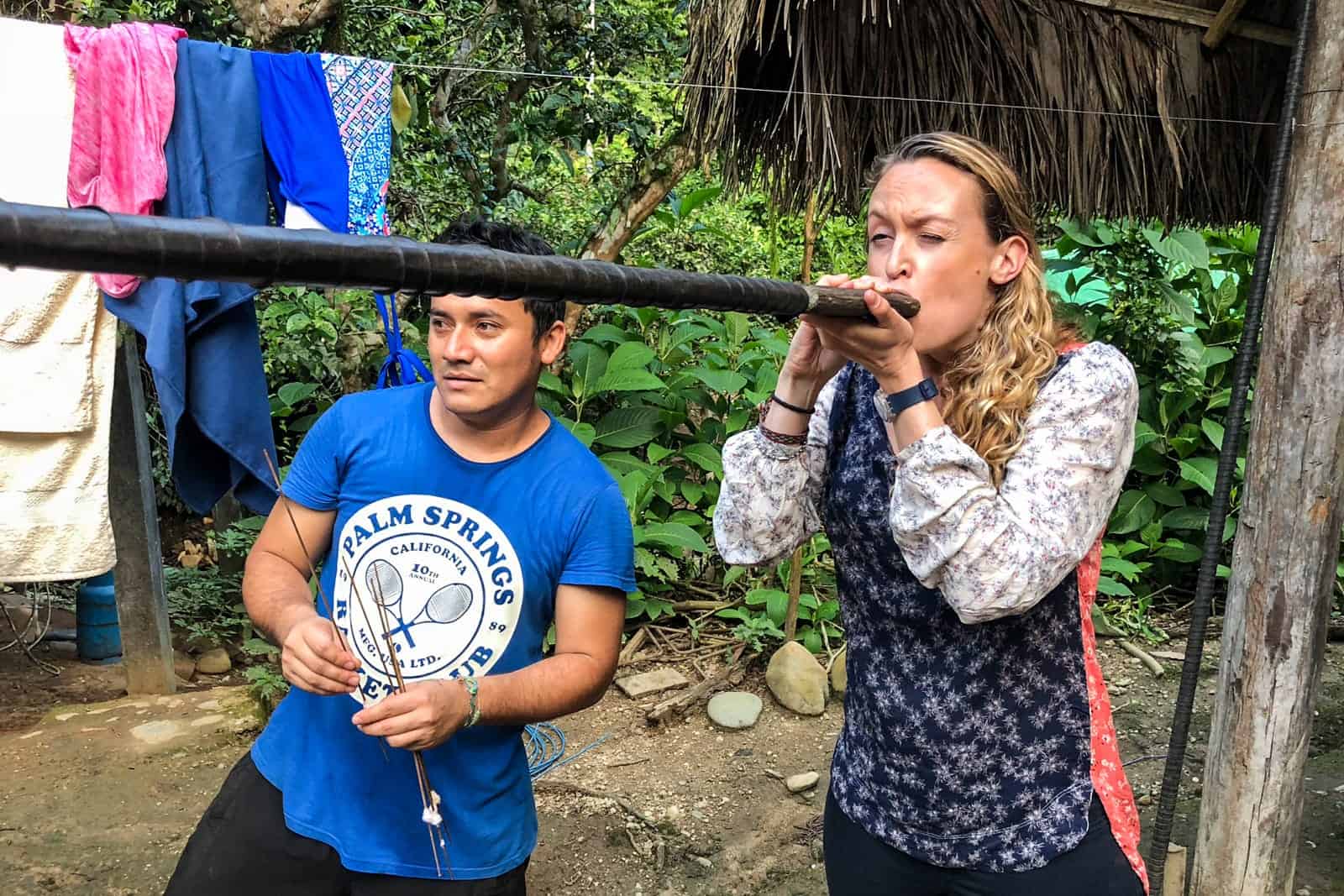
Learning how to use a blowgun.
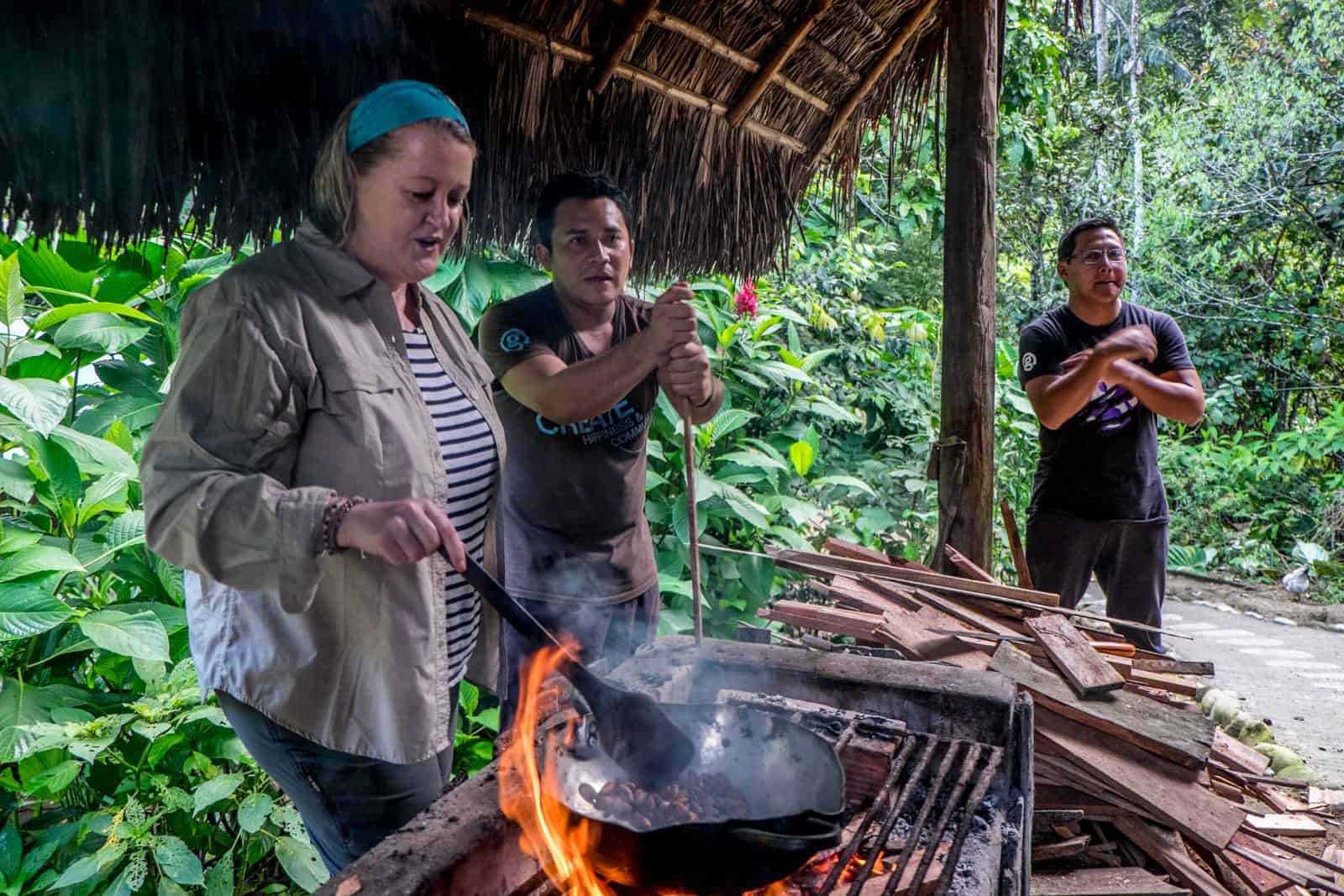
Ecuadorian chocolate making in Amazon jungle.
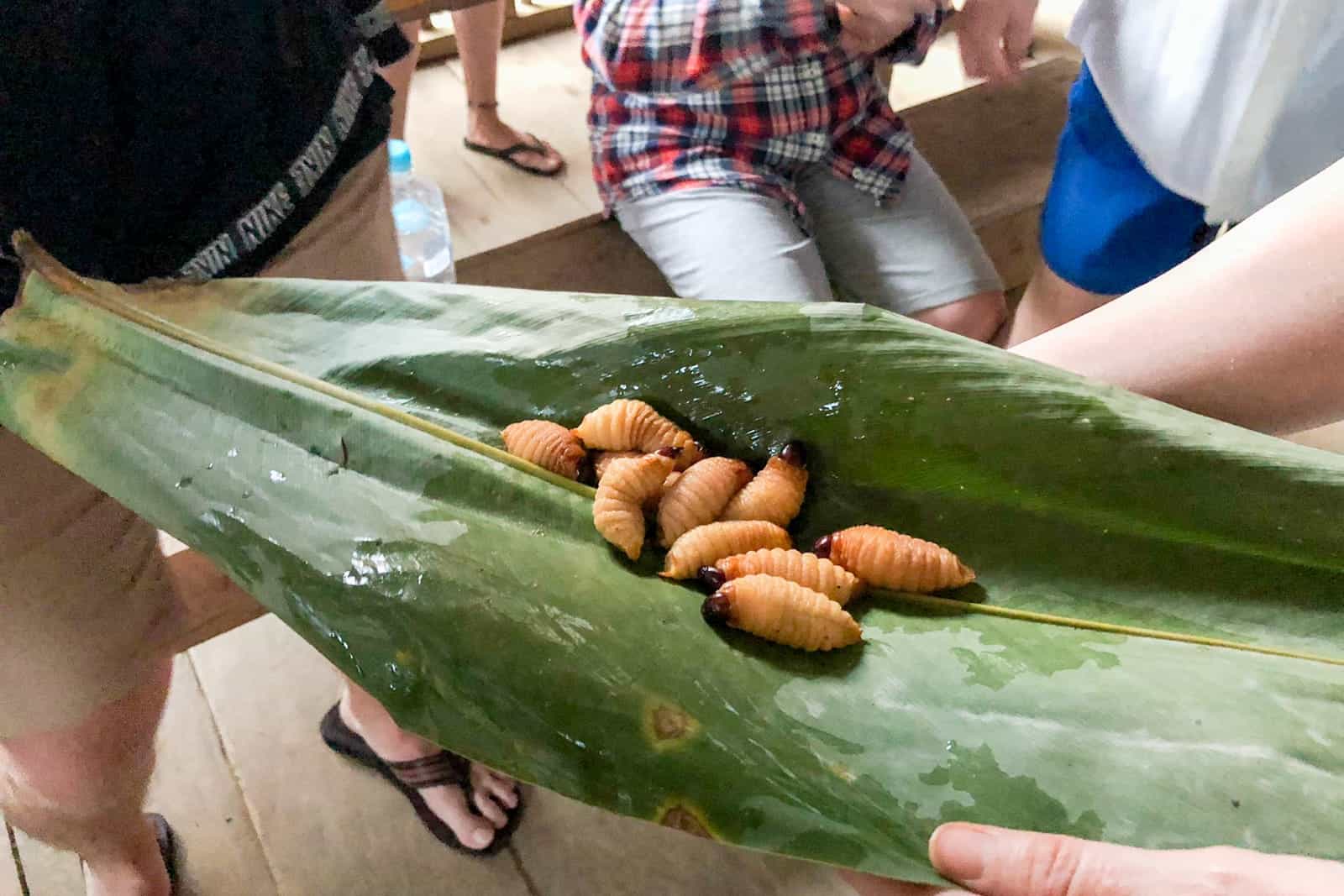
Who dares to try the bush grubs?
The mother taught how us to make Chicha, a typical practice where the women of the household chew on yucca before spitting it out, kneading it and letting it ferment overnight. Surprisingly, the taste of this particular form of natural jungle alcohol isn’t so bad, and of course, there is a non-fermented version available for visitors.
Browse dates and book your Ecuador Amazon homestay here .
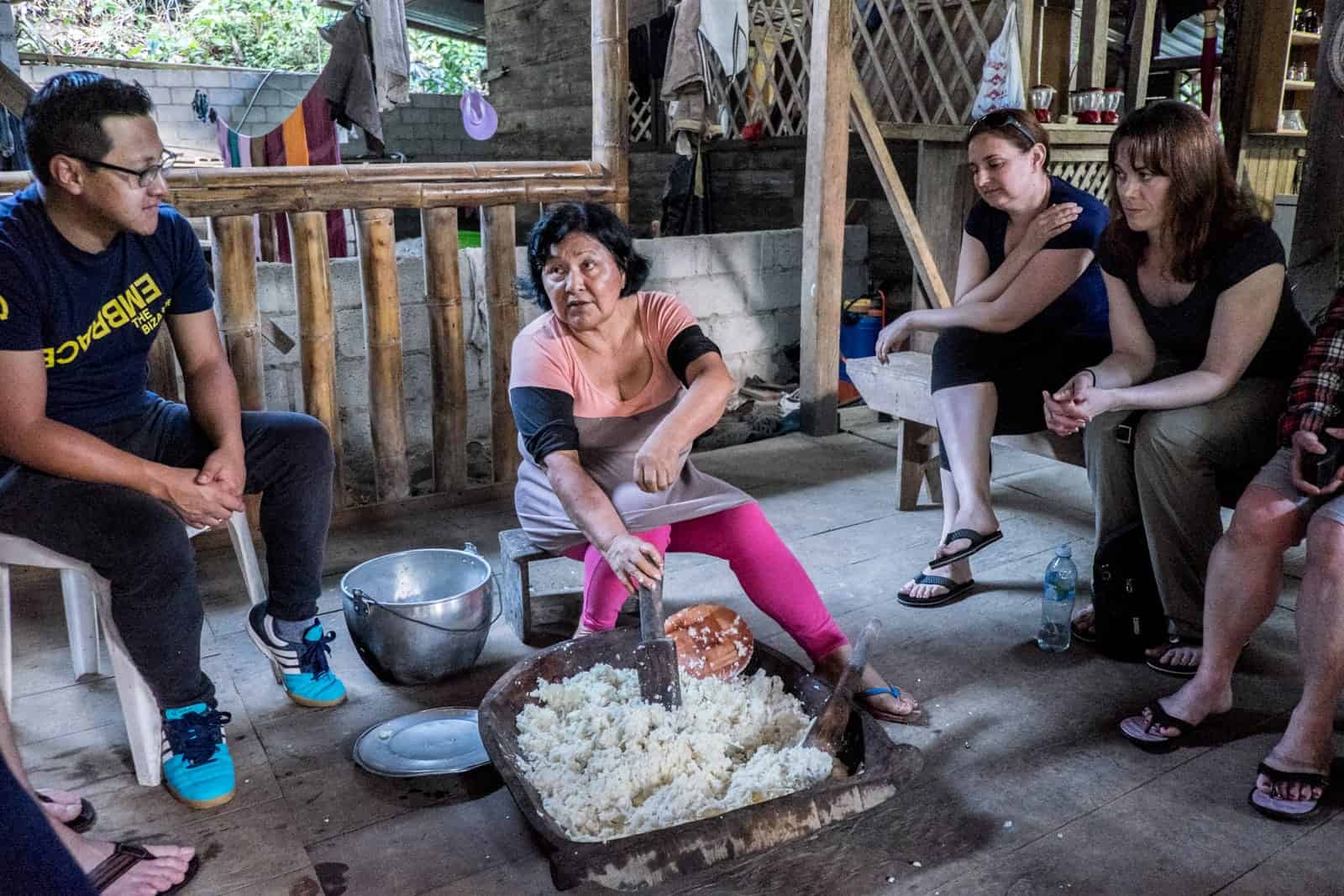
Making chica with travellers in Ecuadorian Amazon.
Culture, Adventure, and Nature in the Ecuador Amazon Rainforest
The Amazon Rainforest summons up images of remote tribes. Ecuador has nine indigenous communities that live in the rainforest and two or three tribes that choose to live in isolation, living as their ancestors did thousands of years ago. This is not our place to disrupt a social hierarchy and remote way of life.
Many of these tribes are deeper within the Amazon, where it would take days for those who live on its fringes to reach them. If you want to experience and learn about the indigenous tribes of the Amazon, you can from the locals you live with, since core parts of the culture and traditions have been passed on, even if these communities now live differently.
Jungle walks teach you about basic survival, hunting and the medicinal properties of plants; daily life teaches you about the coexistence with nature and the respect of the rainforest’s other (animal) inhabitants; Shamanic culture teaches you about how humans can harness the power of nature and go back to our basic instincts and tranquillity.
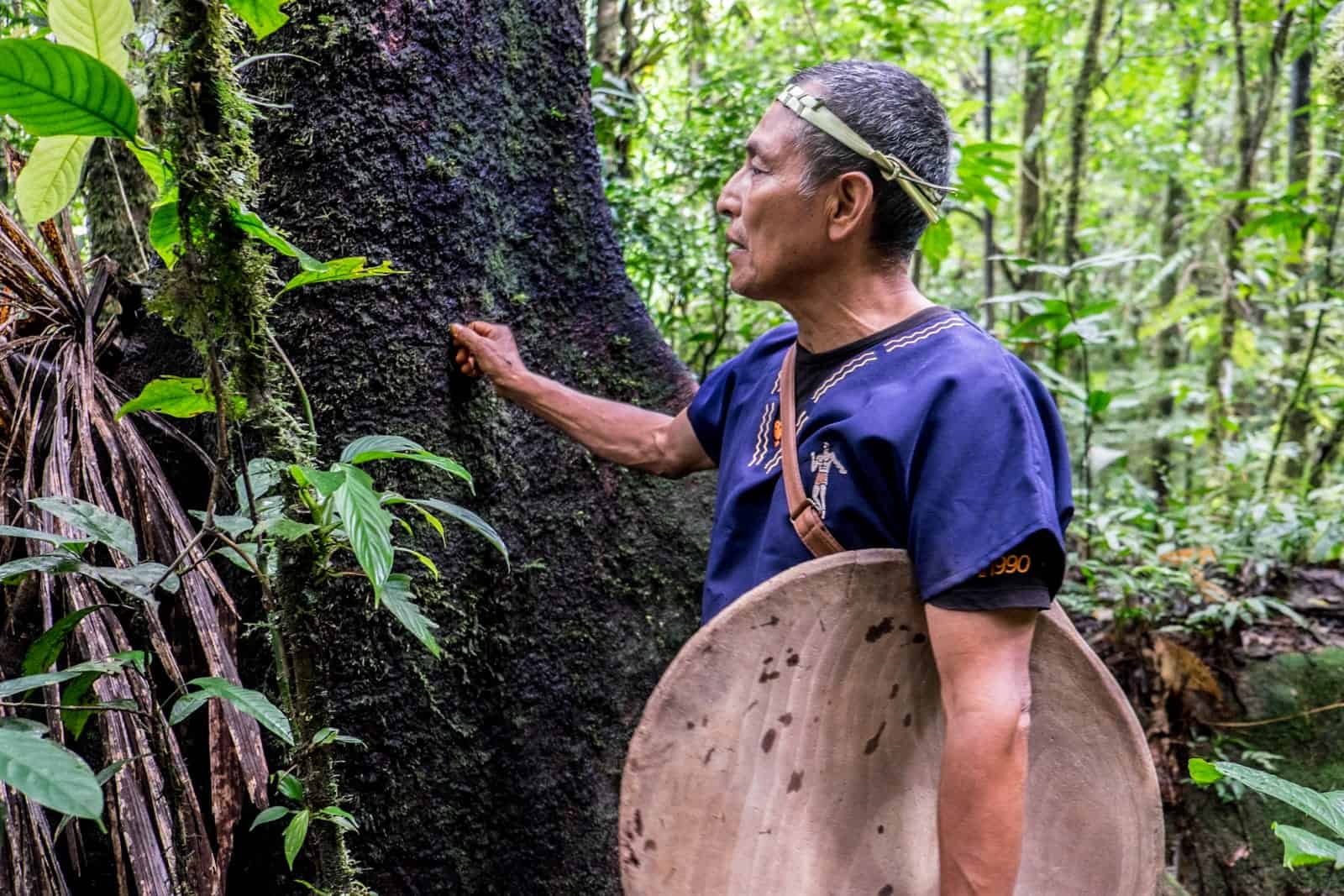
You might get to experience the Ecuadorian Amazon Shamanic culture firsthand, learning how they blend medicinal herbs, nature, and their faith in spirits to heal and lead their tribes. If you’re interested in this mysterious healing culture, there are excursions that can take you to traditional villages and take part in this fantastic experience.
At my local family home, we were given an introduction to the shamanic practice one evening by candlelight. We witnessed songs and chants, the concept of oneness with nature and how part of this tied in with rituals and ceremonies such as weddings.
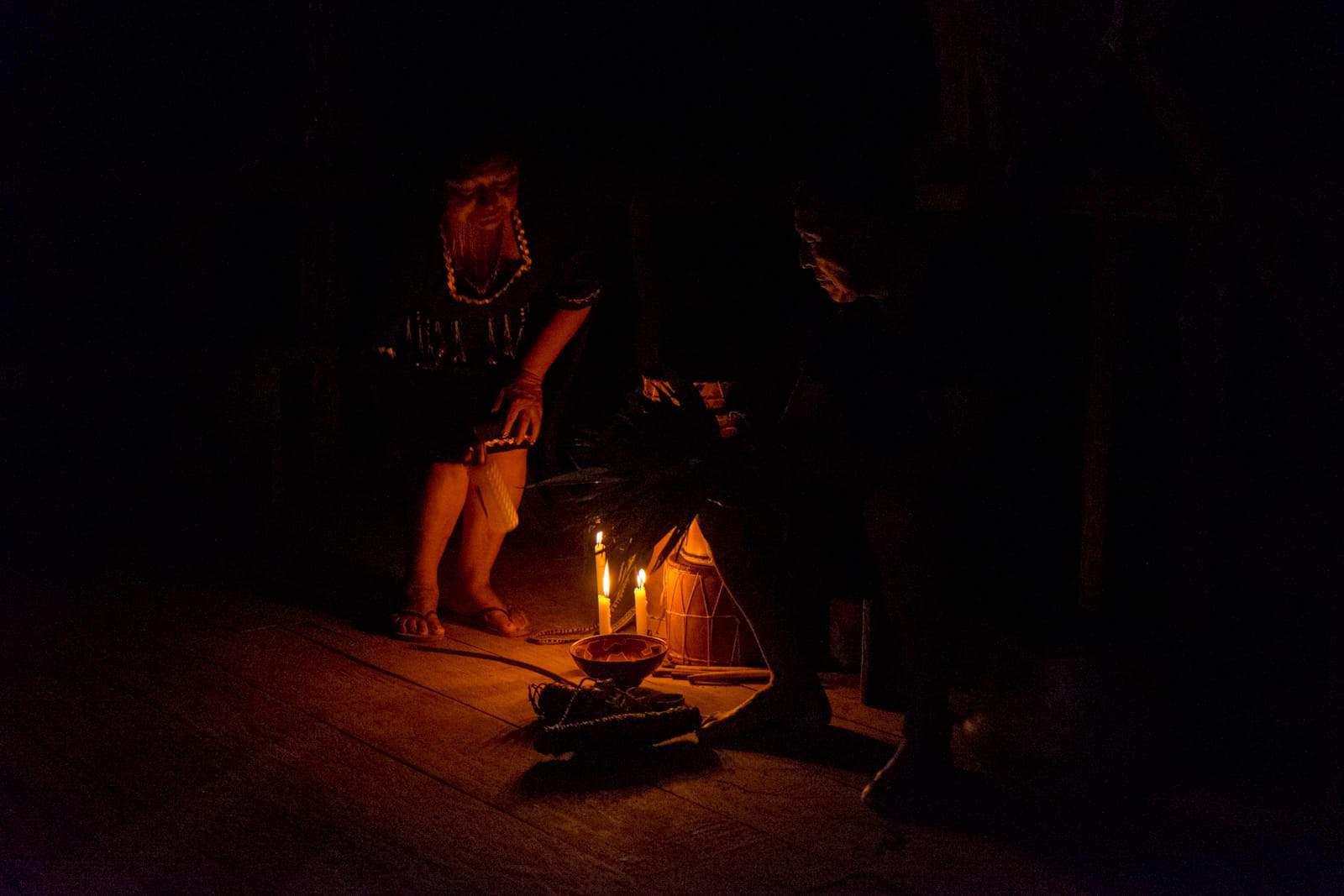
Understanding Sharman practice in the Ecuador Amazon.
I was lucky in that I got to have a one-on-one experience with Delfin; a curiosity in a form of healing that goes to the very core of what we are and what a lot of us have lost touch with – nature.
In an empty hut, I sat on a wooden floor with my back facing Delfin. Spatters of cleaning oils rapidly flew through the air as they were lightly spat on me, followed by the deep breaths of the Sharman who then continued with chanting. As he chanted he used a small batch of leaves to tap me lightly on the head and in a rhythm. The first taps were on my head before making a circular motion from the head around the shoulders.
He sang. His voice was the only one I heard in the stillness of the Amazon, overriding the nature surrounding us. His song was in unison with the movement of the leaves, before placing his mouth to my head, breathing in with a swift sucking motion. Together, this is all a part of a process used to draw out and read energy via the head.
When Delfin had his reading, he closed the ceremony by spitting more cleaning oil before pouring some into my hands, which I was asked to smell with long-drawn breaths, rub on my face and sweep through my hair. I was told of my intense stress levels, and how to breathe deeply every morning to take energy from the sun.
I was told that in order to see more intensely, one would have to go through the rituals of using Ayahuasca, although that is a controversial issue since many travellers have been lured to unregulated Ayahuasca retreats with often dangerous consequences. The practice of Ayahuasca with tourists is illegal in the Amazon of Ecuador.
If you’re looking for the thrill of adventure and exploring the nature of the rainforest, the Amazon has plenty of activities. Whether it’s kayaking in the streams of the Amazon River, wildlife watching or trekking the jungle by foot with a guide, you’ll have an experience of nature at its most raw.
Our days were spent walking through the jungle to the sound of monkeys who followed our every move out to viewpoints across the famed Amazon River, or learning about medicinal plants and survival with knowledge Delfin continues from his forefathers.
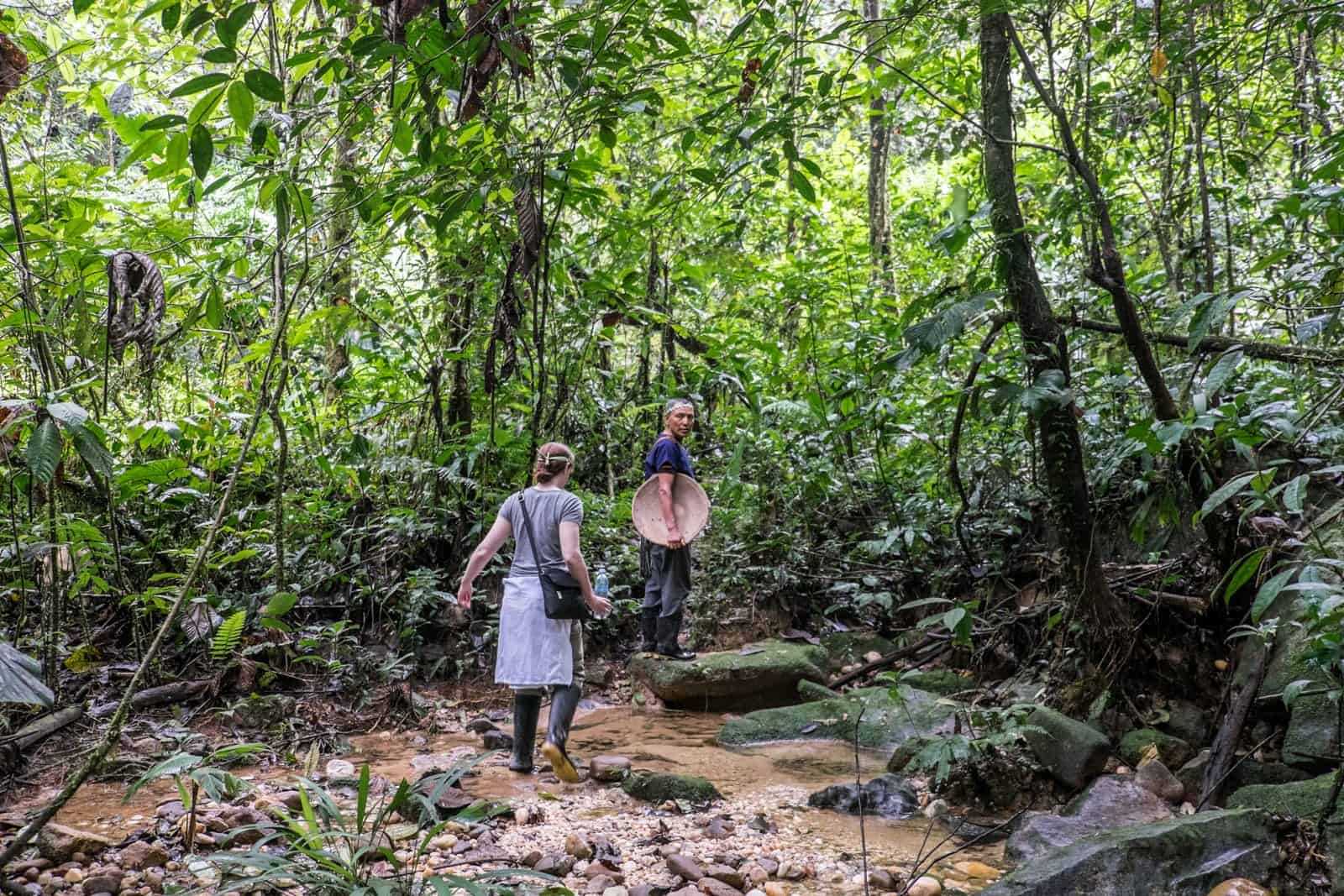
Jungle trekking in the Ecuador Amazon Rainforest

Deep into the jungle.
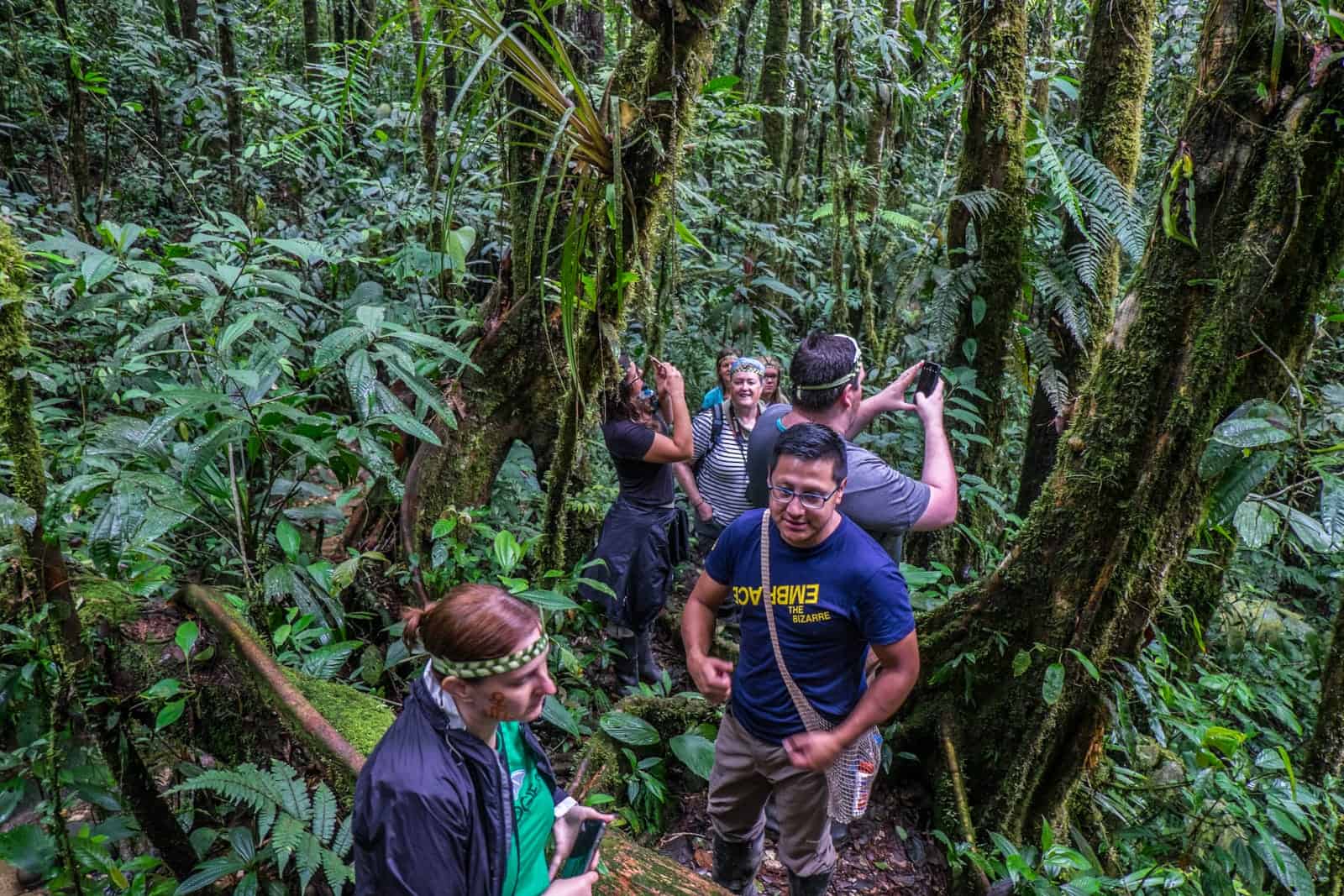
Jungle treks in Ecuador are best experienced via a small group tour with a local guiding the way.
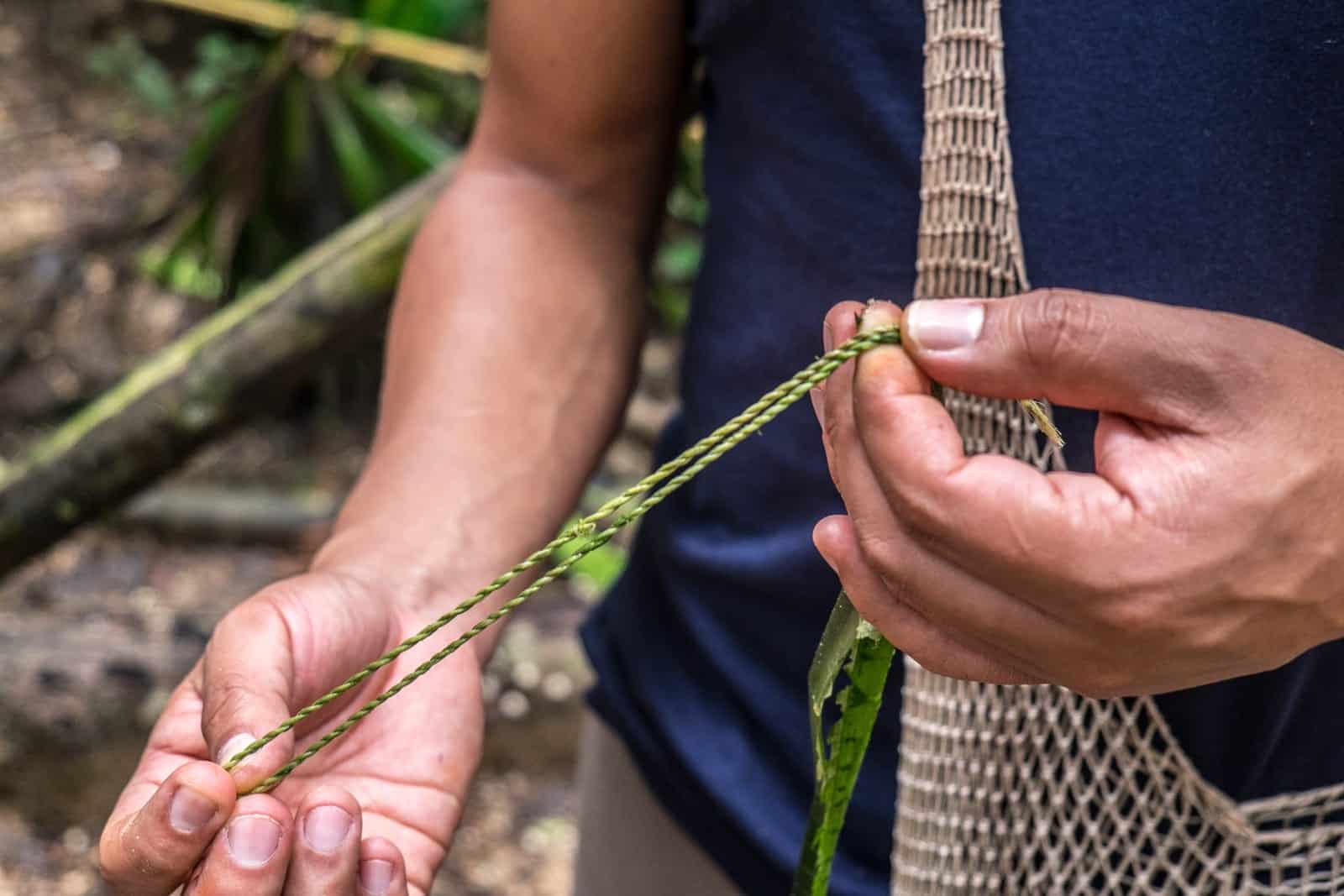
Plant rope – one of the essential survival tools in the Rainforest.
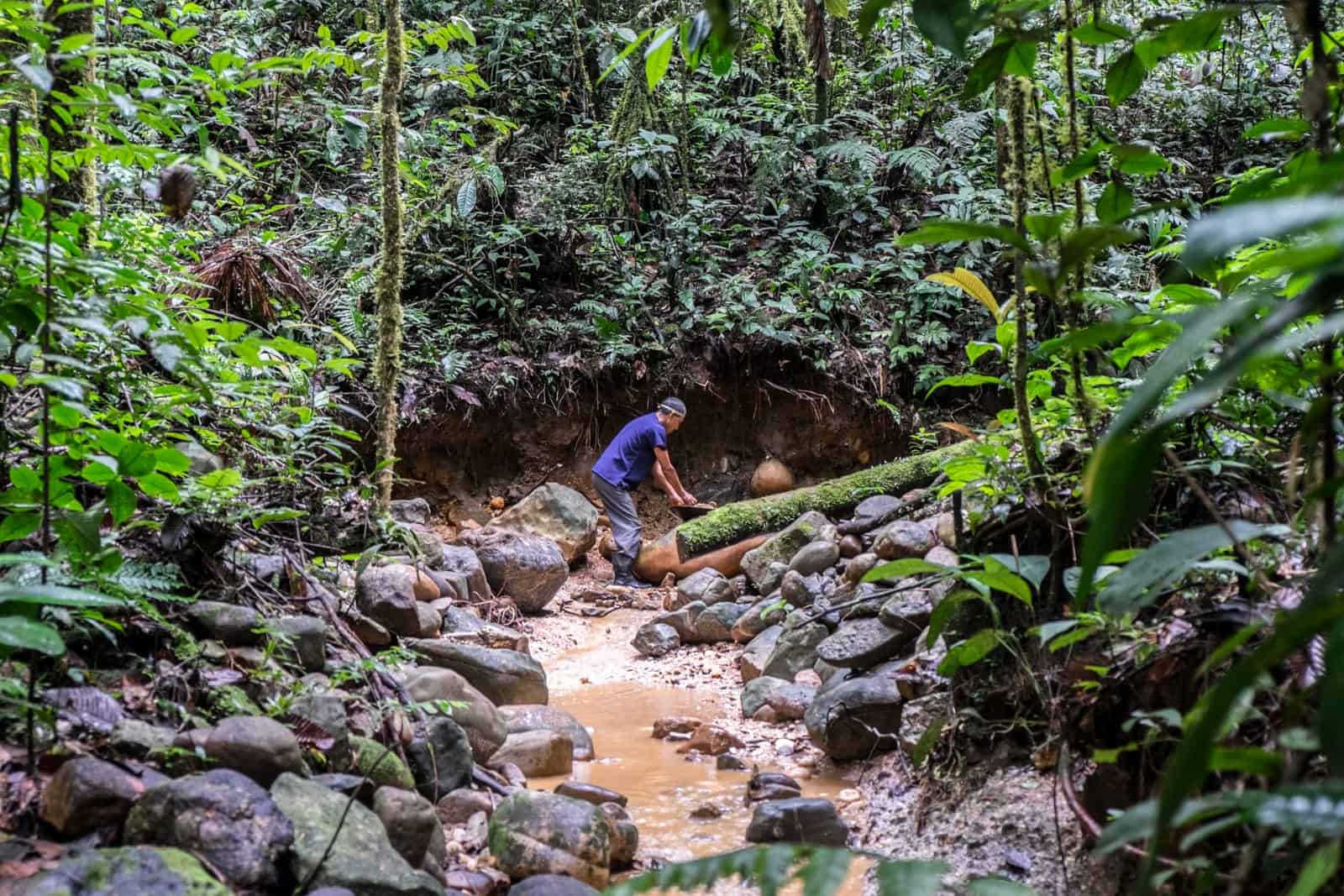
Making natural paints from stones in the Amazon
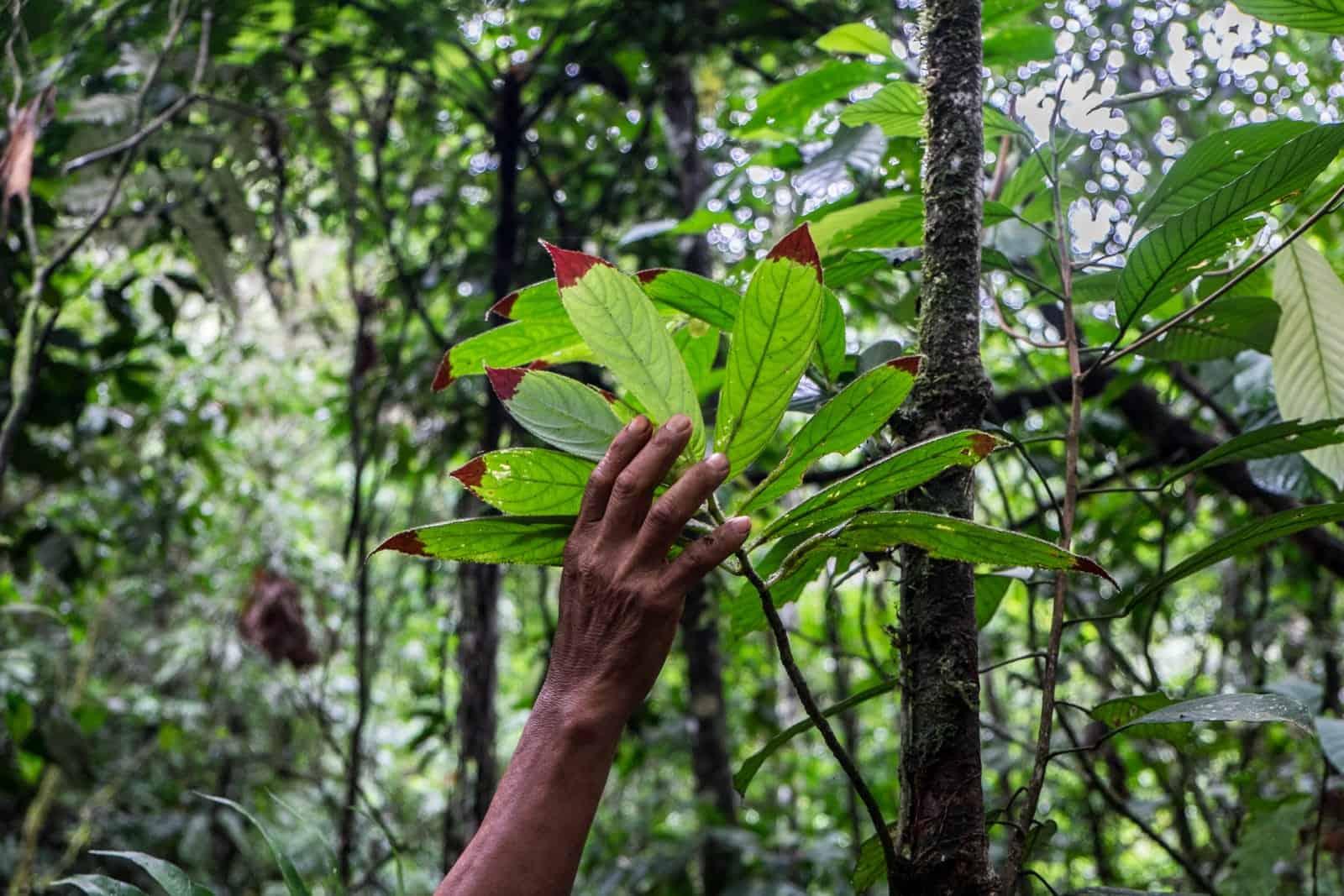
Finding unique Rainforest plant species.
We bathed in the stream behind our house and covered our faces with the natural clay found in the foundations of the rich jungle beds and trekked to jungle waterfalls. We rode carefree in the backs of trucks to go and swim in lagoons and boarded river longboats in search of wildlife and a glimpse into the vast depths of the Amazon Rainforest.
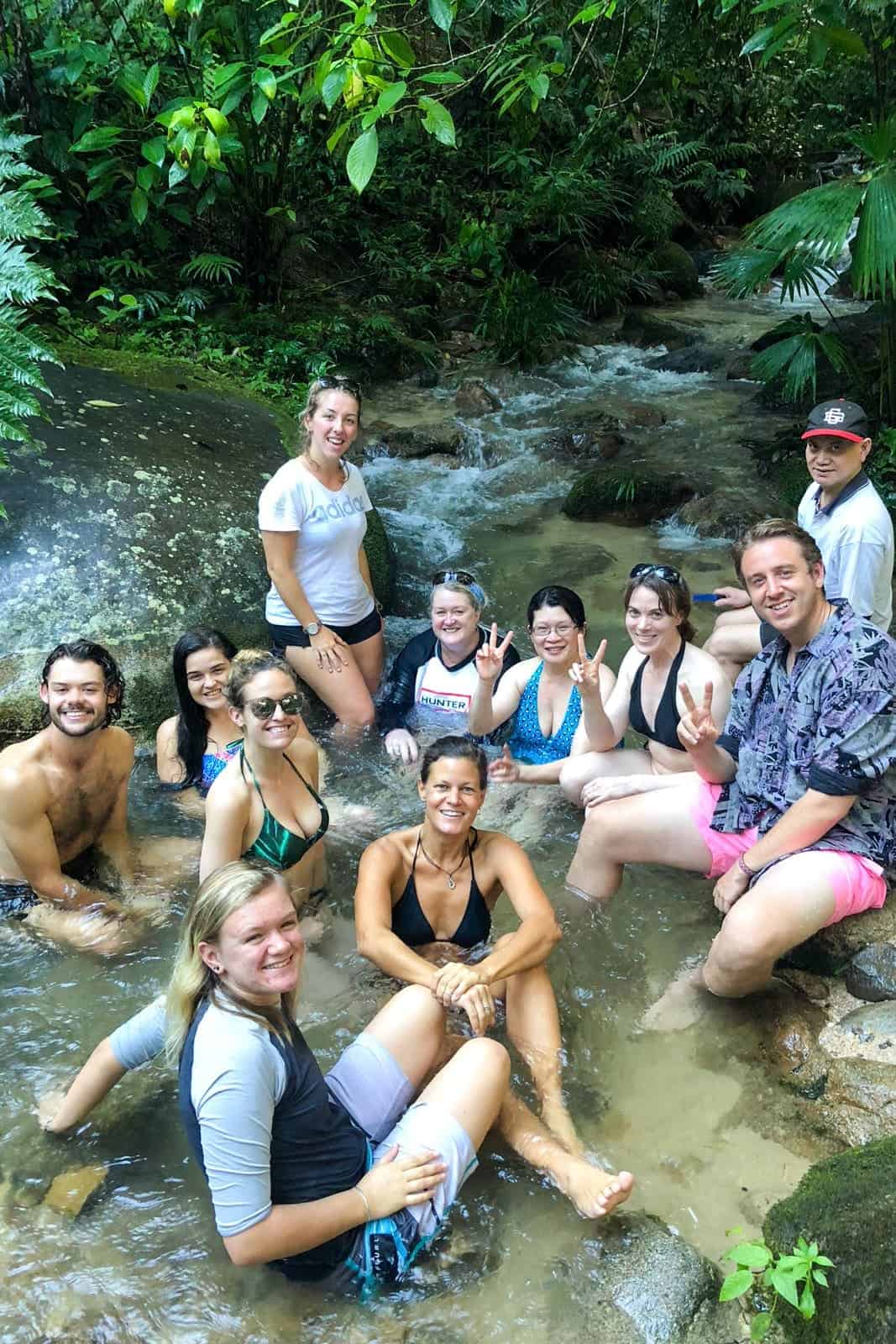
Jungle stream bathing in Ecuador Amazon.
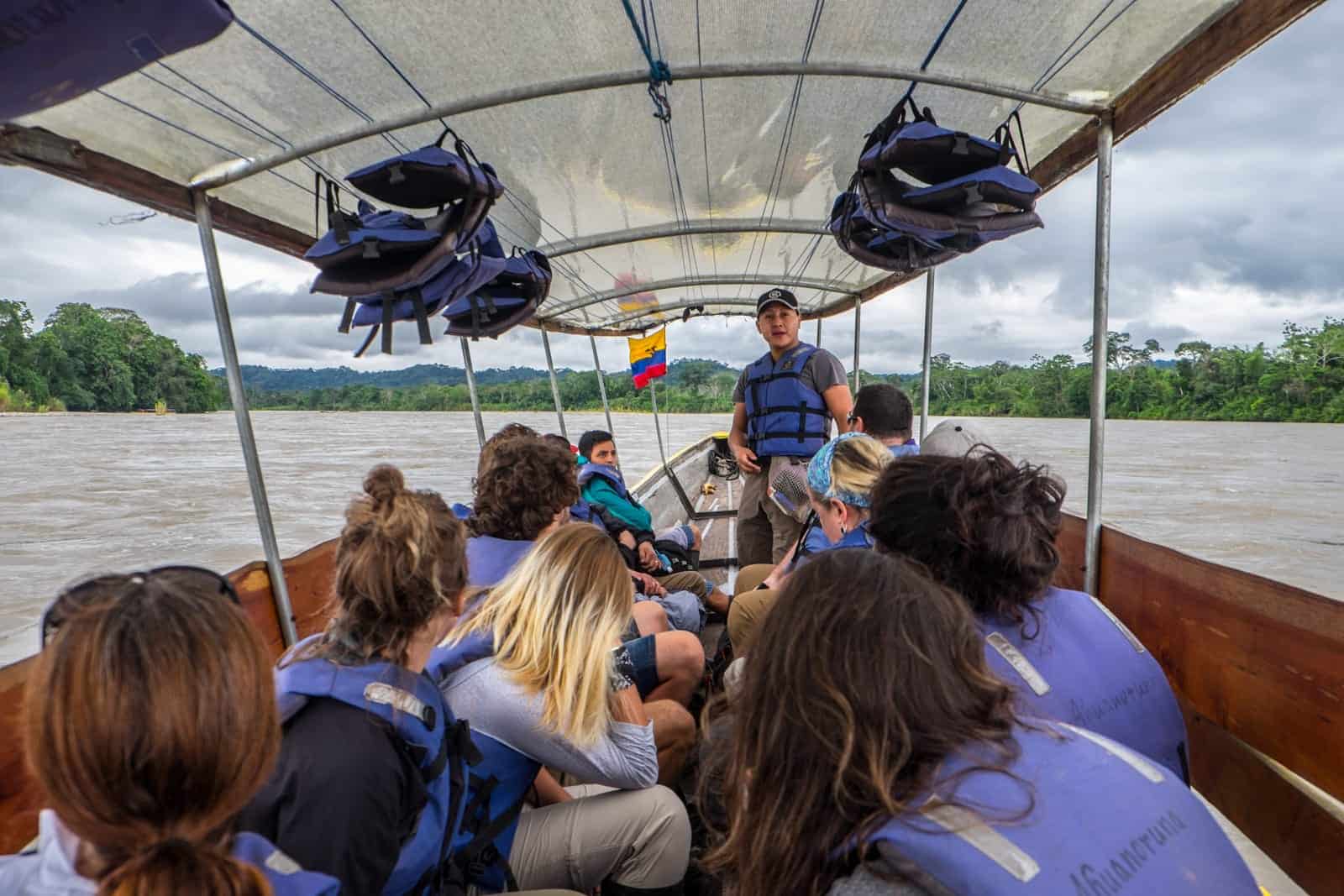
Longboat ride through the Amazon Rainforest waterways is a rite of passage.
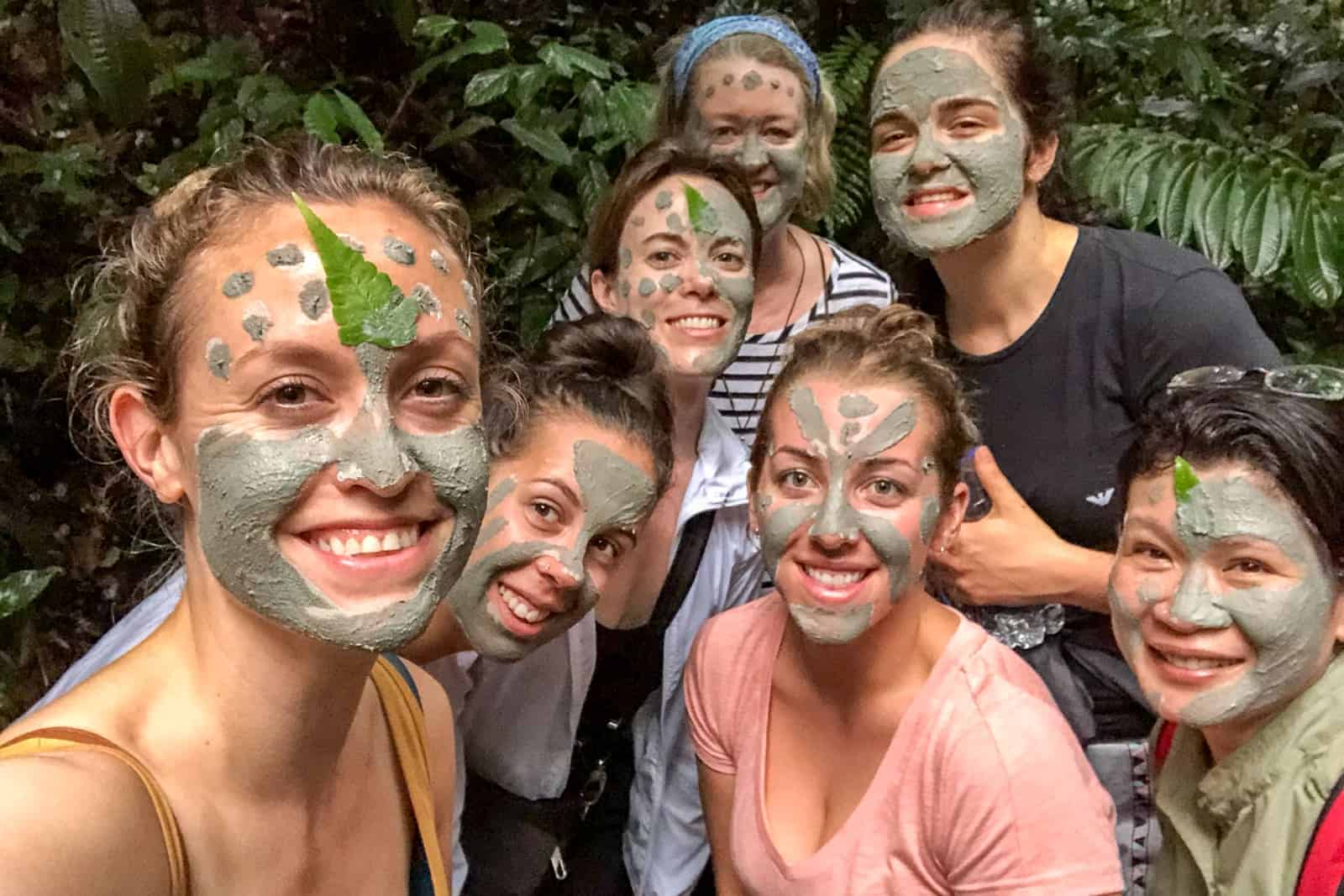
Natural jungle clay face masks.
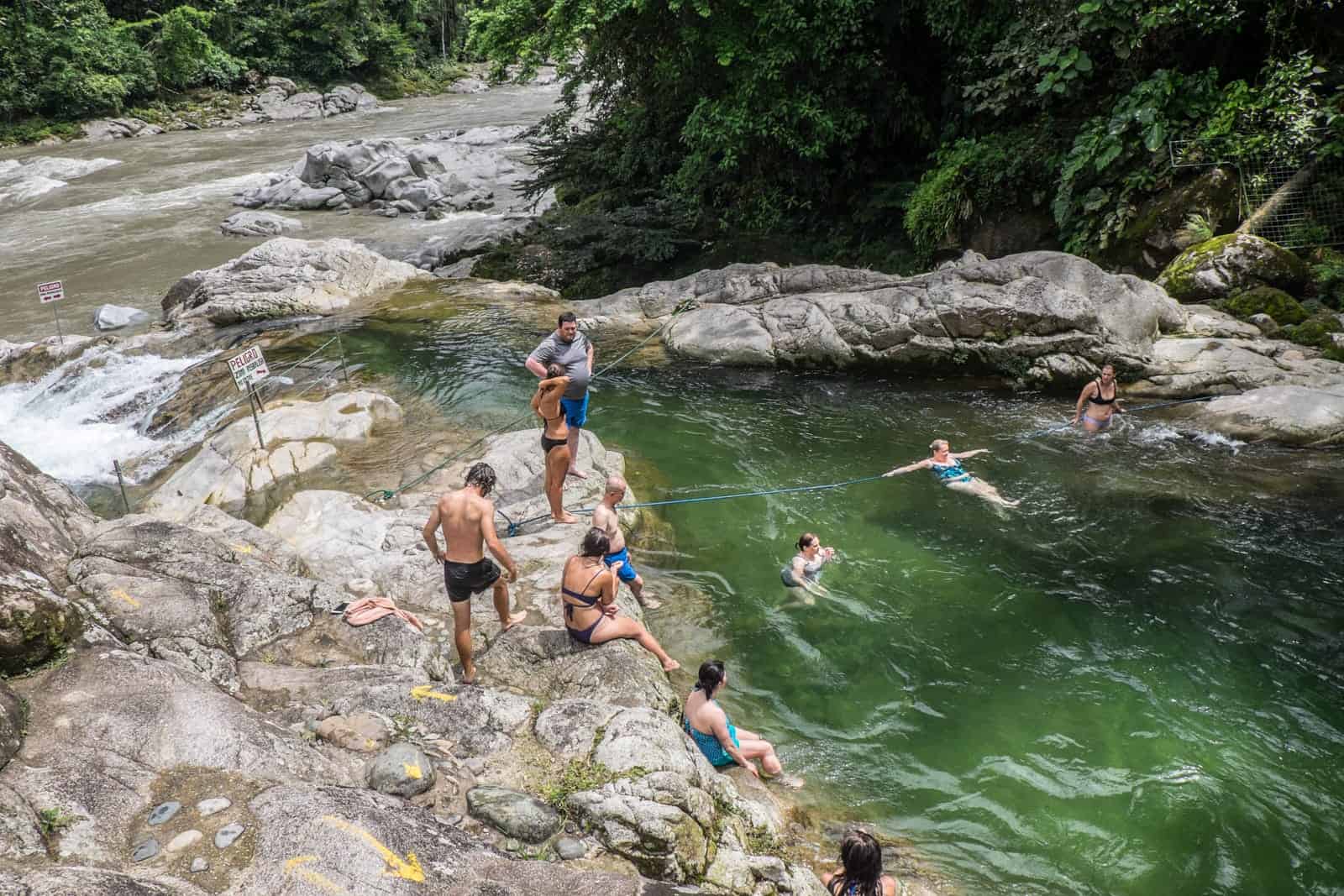
Swim in an Amazon lagoon
On our final day, we went water rafting on the Jatunyacu River – a faster flowing tributary that commanded a lot of energy. Even after water rafting in Europe and Asia, this grade three level put us all through our paces. It was an extra excursion offered as part of our overall tour .
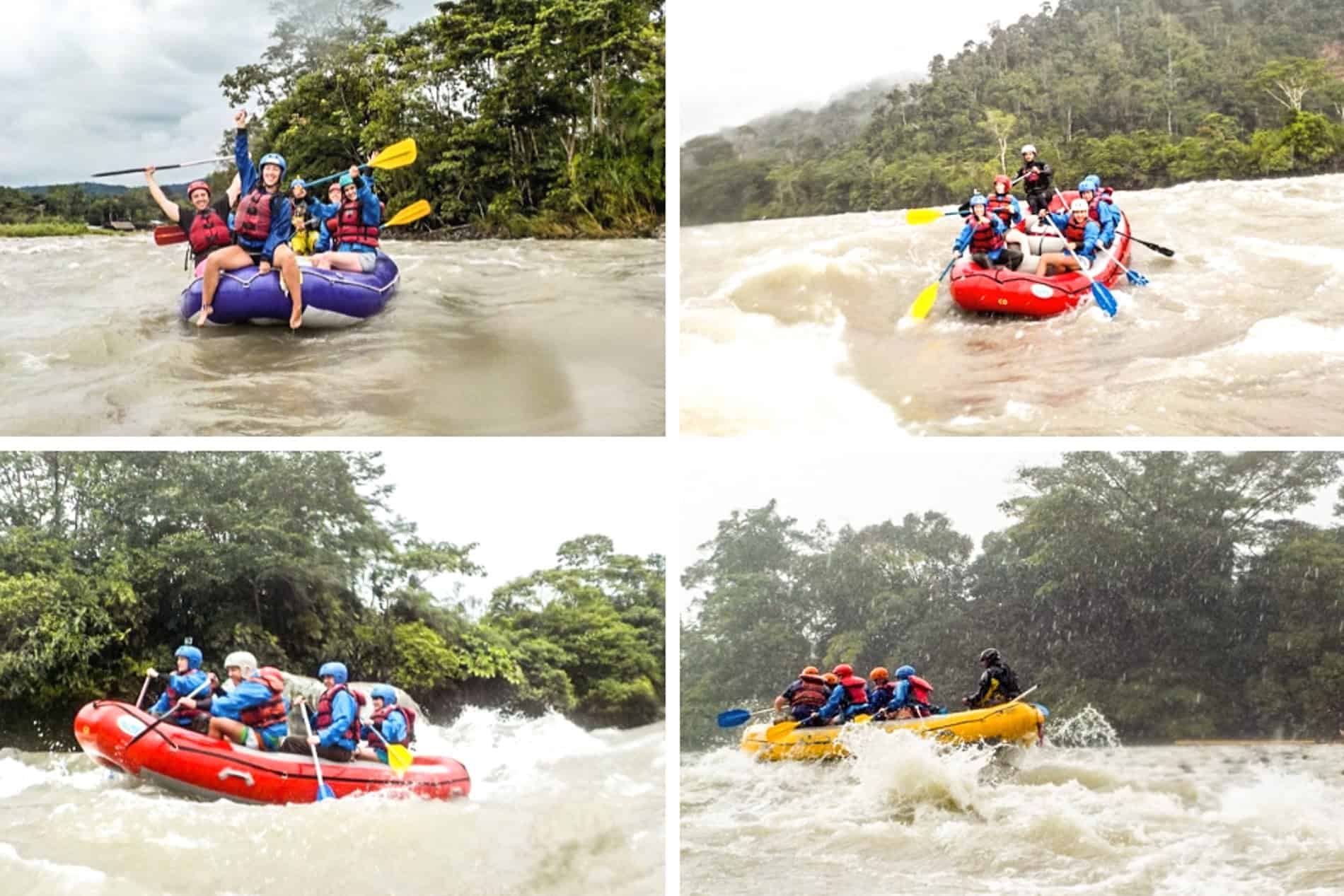
Go water rafting in the Amazon of Ecuador.
Rafts were flipped and tipped, ours hit a giant rock, and many of us embraced the waters, all the while realising we were mere specks of life in a place of such raw earth significance. Really, we all wanted to get in – because we were deep within a trail of the mighty Amazon River. This was a once in a lifetime race against nature, a fast-flowing picture book of the swathes of Rainforest we passed on either side and a chance to delve into the waters of one of the world’s most incredible eco-systems.
Although Ecuador has access to one the smallest pieces of the Amazon Rainforest, it has the most diverse ecosystem of them all, with a wealth of plants, animals, and sights to see in Ecuador’s national parks and reserves.
Despite limited infrastructure certain parts of the Amazon are accessible and open for exploration at the hands of local guides who know the waters, nature and the seasons. One of the main ways we got to learn about the wildlife in the Ecuador Amazon wasn’t just from observing on jungle walks or lingering silently on the longboat watching the rustling of the leaves in front of us, but by visiting the Animal Rehabilitation Centre.
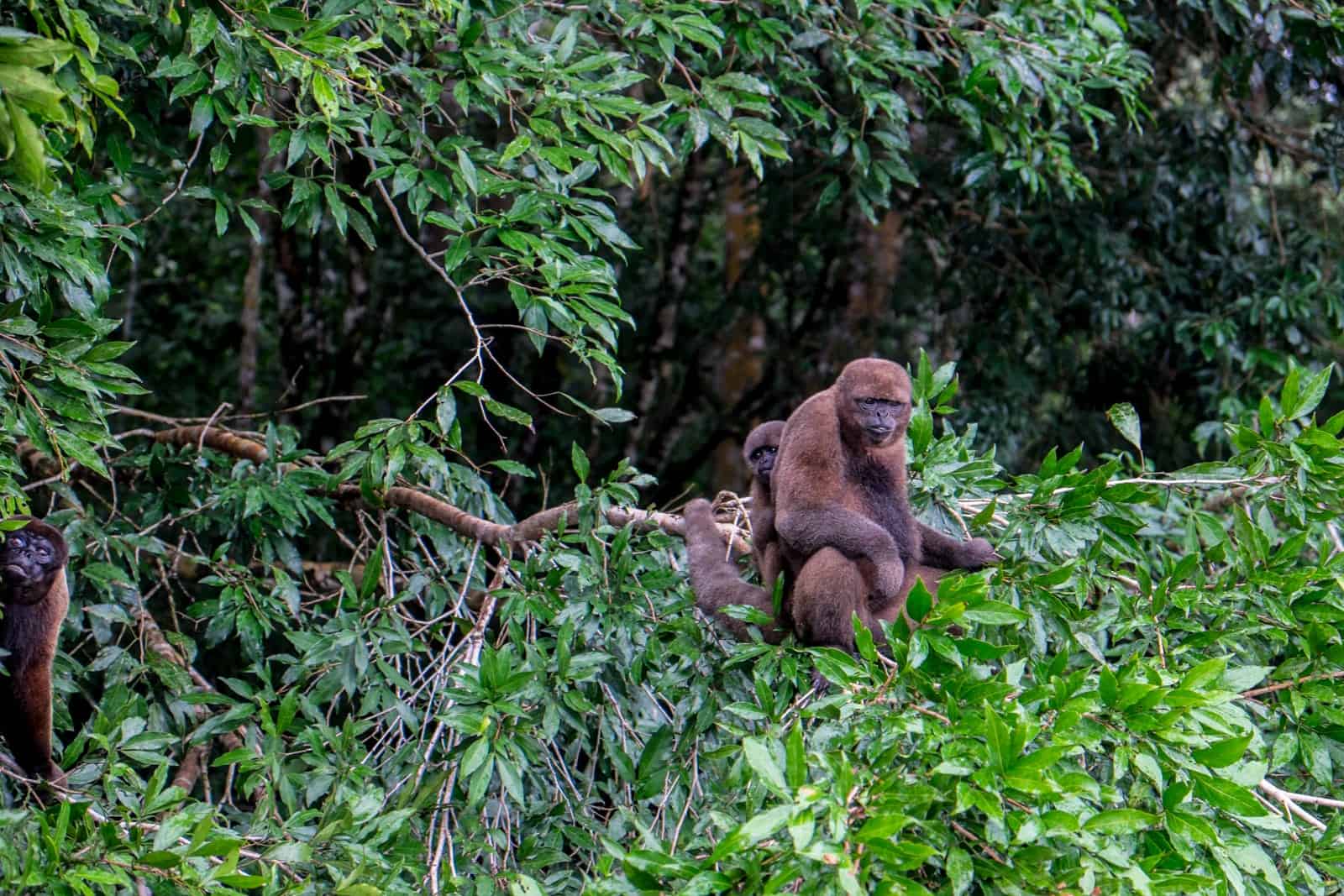
Monkeys in the Ecuador Amazon Rainforest.
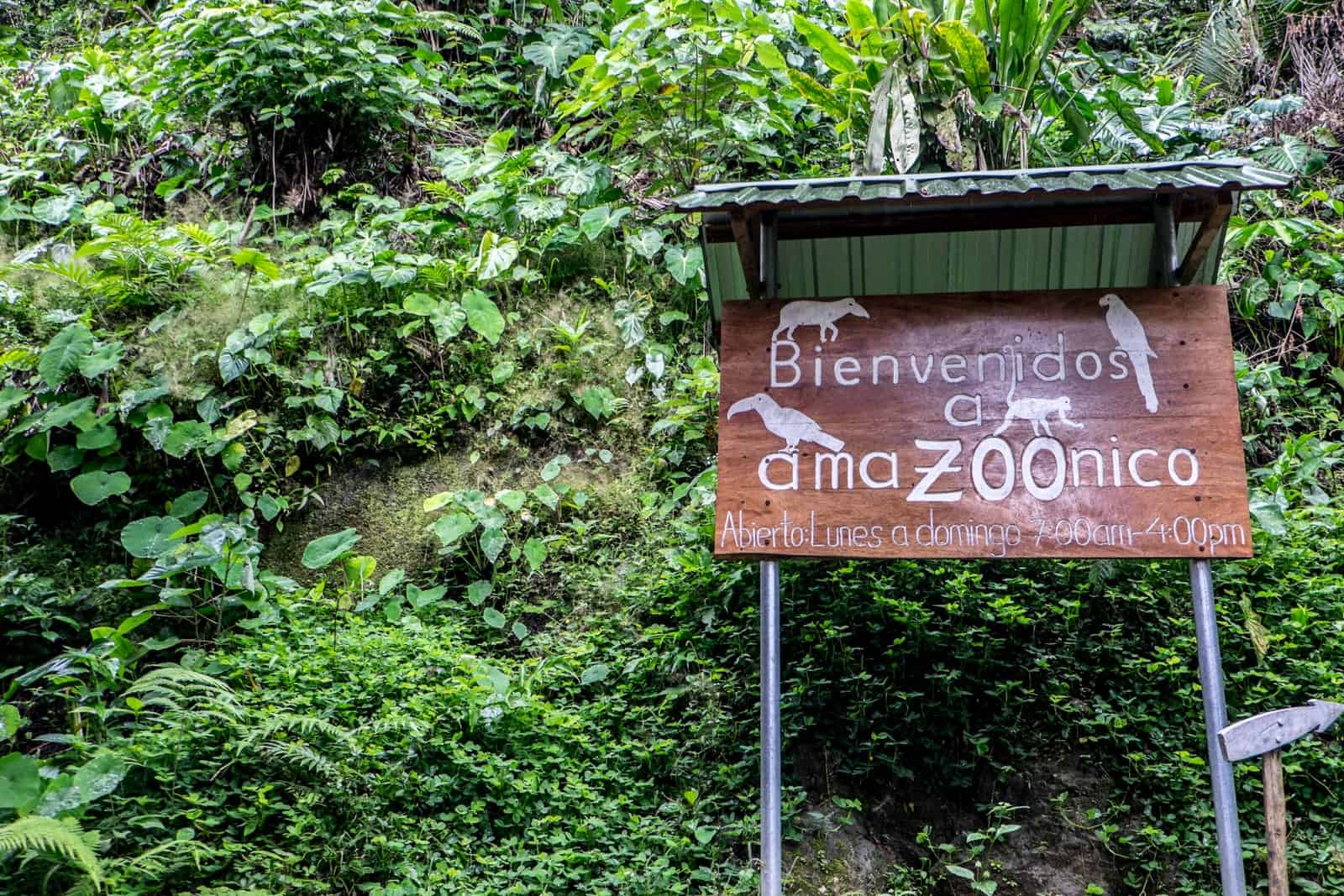
Entering the Animal Rehabilitation Centre.
The animal care centre, one of the core projects G Adventures supports, has been in operation for 25 years, helping to rehabilitate over 3,000 animals and releasing 1,500. Therefore visiting is a core part of the Ecuador Amazon trip itinerary to learn about animal welfare.
Many animals are unable to be released due to the fact they simply wouldn’t survive. Most of these animals were once taken as pets, and when domesticated often get depressed and die or attack humans. Others were captured and abused, hunted for meat and skin or Illegal trafficking.
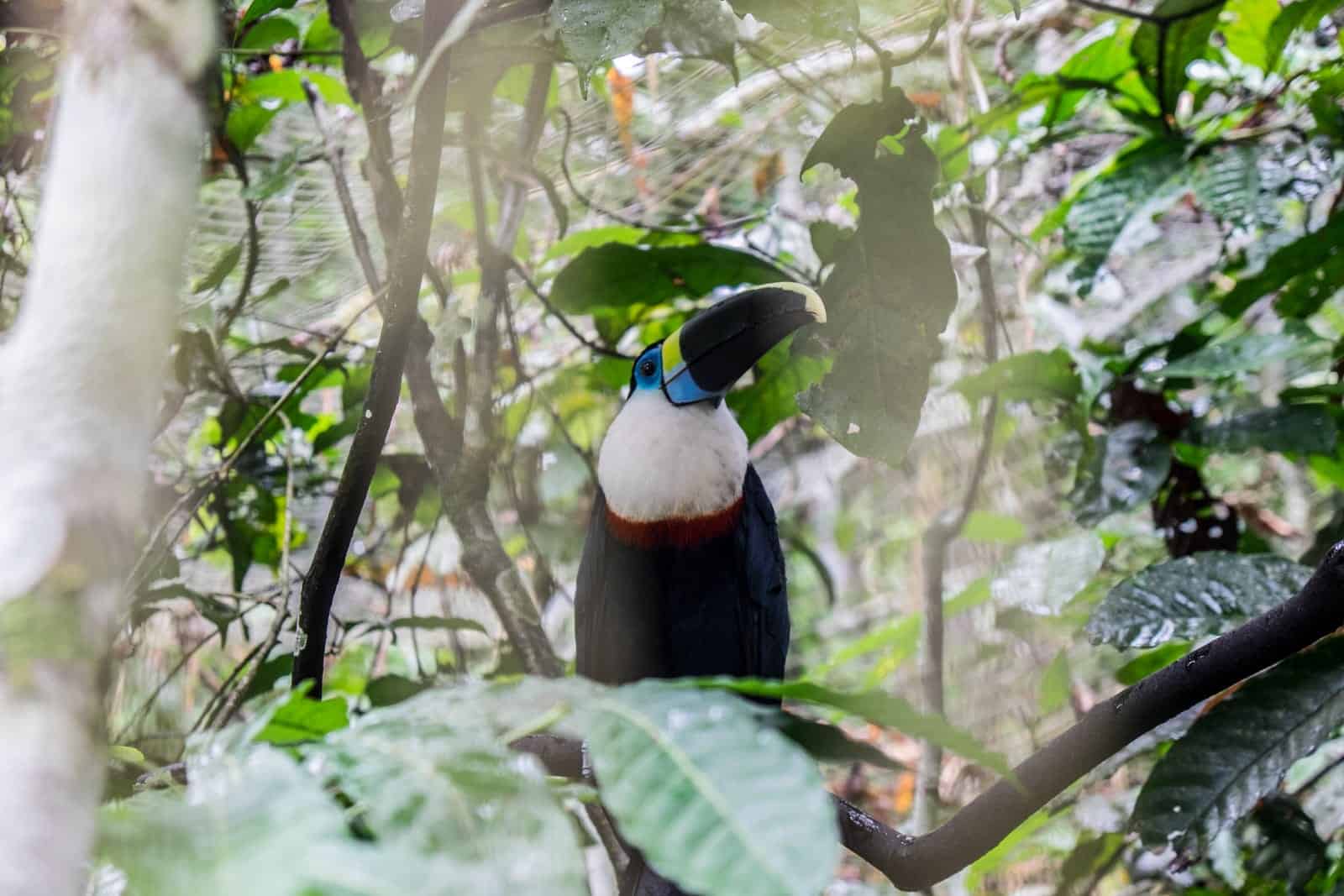
Wildlife rehabilitation in the Ecuador Rainforest.
Walking through jungle trails and often drenched in the rain this forest is known for, this is the opportunity to get up close to some of the region’s wildlife, both rare and often hidden.
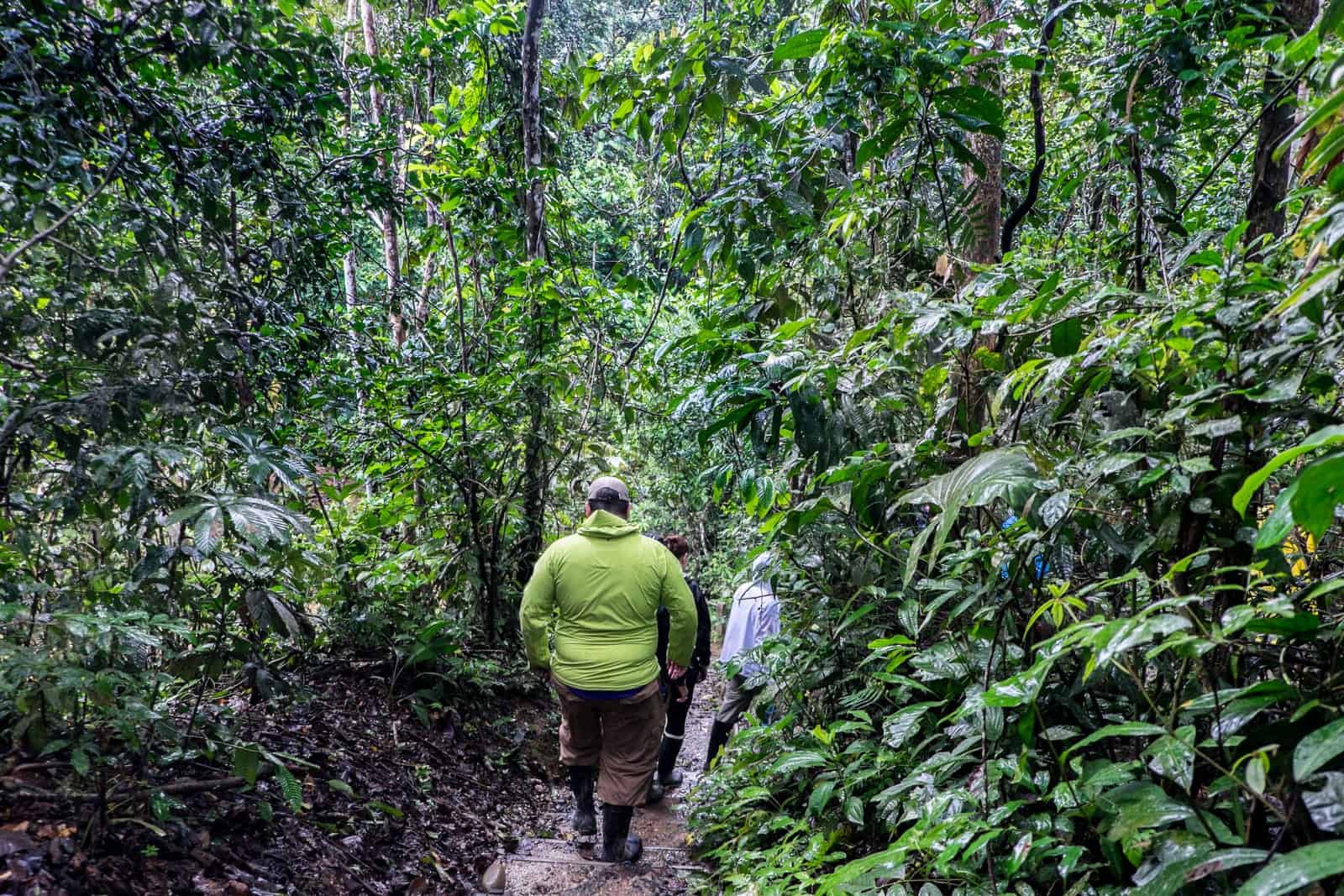
The Ecuador Amazon Rainforest has the most diverse ecosystem of all countries.
There’s no touching of the animals, nor any close contact with the enclosures, both due to the fact that they are rehabilitated to as wild a condition as possible and also not to be in contact with creams and perfumes from humans which can harm them. There’s no interaction with sound, especially with the parrots. Any animals that are roaming free outside of protective enclosures are never handled, as it is paramount not to humanise them. For example, if one monkey thinks humans are nice and then comes across a hunter, they will think the hunter is also nice.
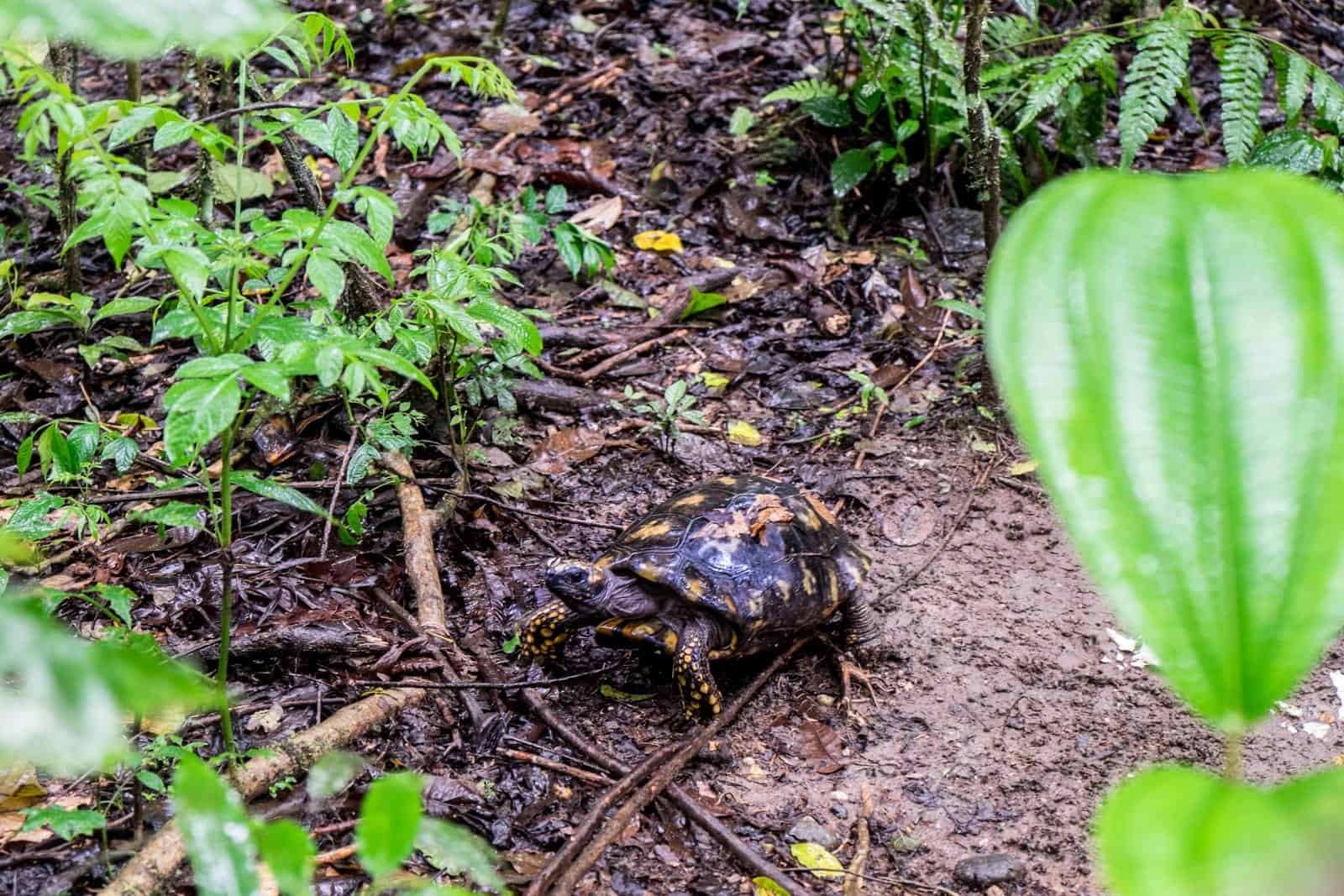
Amazon tortoise.
Ecuador is one of the countries actively protecting the jungle of the Amazon. This animal rehabilitation centre is just one part of that, with other laws being set in place to protect other aspects of the rainforest including confiscated land and jail time if anyone is caught cutting down trees and other forestation.
Despite Ecuador tourism drives bringing in income to the area, there are billions of dollars worth of oil being underneath the Ecuadorian Amazon, especially in Yasuni National Park and Biosphere Reserve. There is an ongoing debate about future drilling and how this will affect the Rainforest and its future preservation.
Tips for an Amazon Adventure
Even if you’re a seasoned traveller seeking a new adventure or new to this kind of offbeat destination, Amazon travel requires some planning. Preparing for a trip to the Amazon might bring images of Indiana Jones and other movie characters, but the reality is much simpler, as these tips on accessibility, difficulty and preparation show. However, there are plenty of options for every traveller and services to accommodate you comfortably, while still feeling unique, remote and in touch with nature.
While the best time to visit Ecuador is between the dry season of June-September, the weather in Ecuador’s Amazon is mostly the same during the whole year, where you can expect plenty of rain and high humidity.
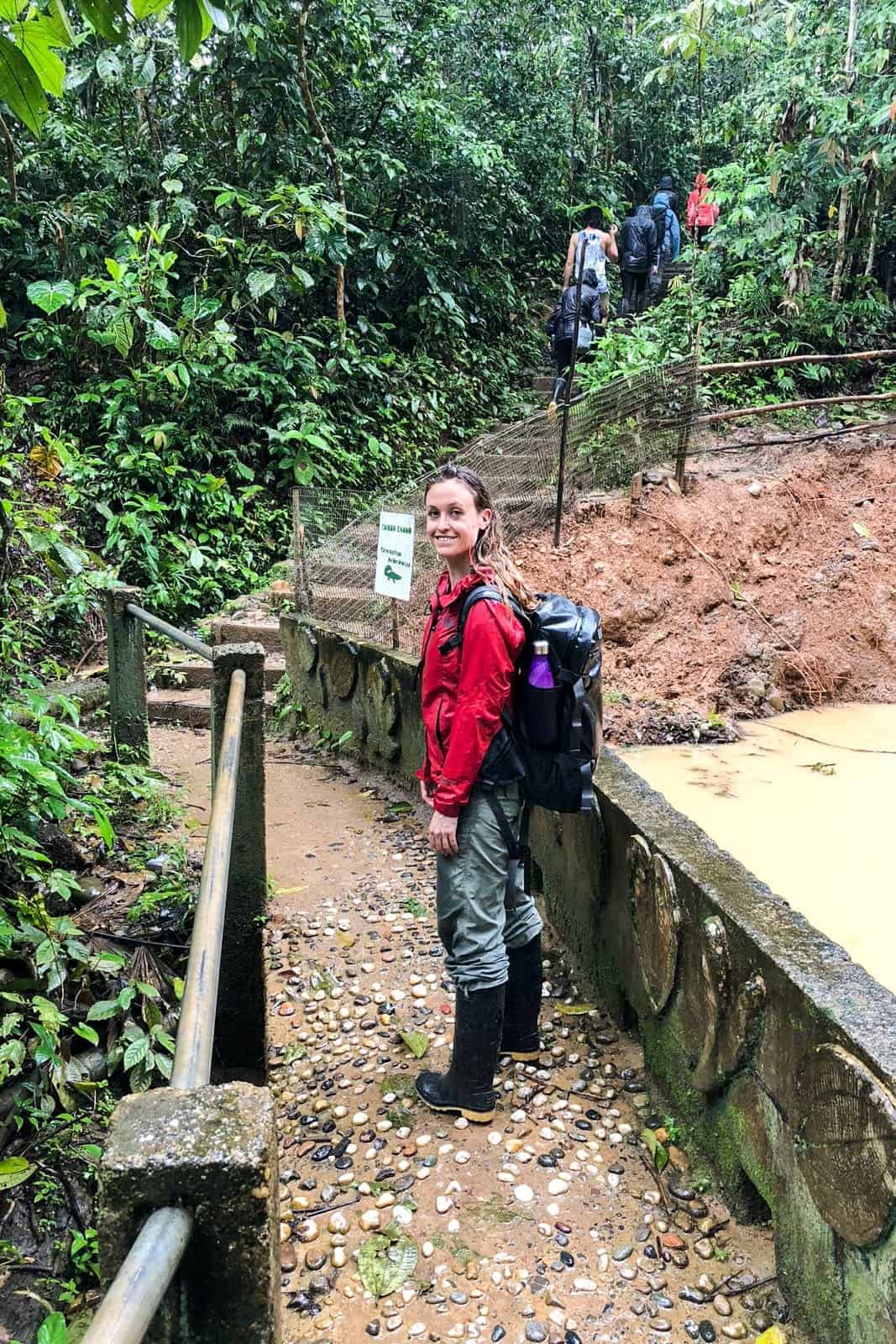
Prepare for the wet weather in the Ecuadorian Amazon.
Local guides explain that both the dry and rainy seasons (dry meaning a little less rain, rather than no rain at all!) have their particular benefits, as you might get to see different animals in each season or sight rare flowers that only bloom during a given season.
Although thousands of tourists visit this area every year, you can expect little to no traffic of tourists in the area. Amazon lodges, experiences, and trips are all seemingly very spread out.
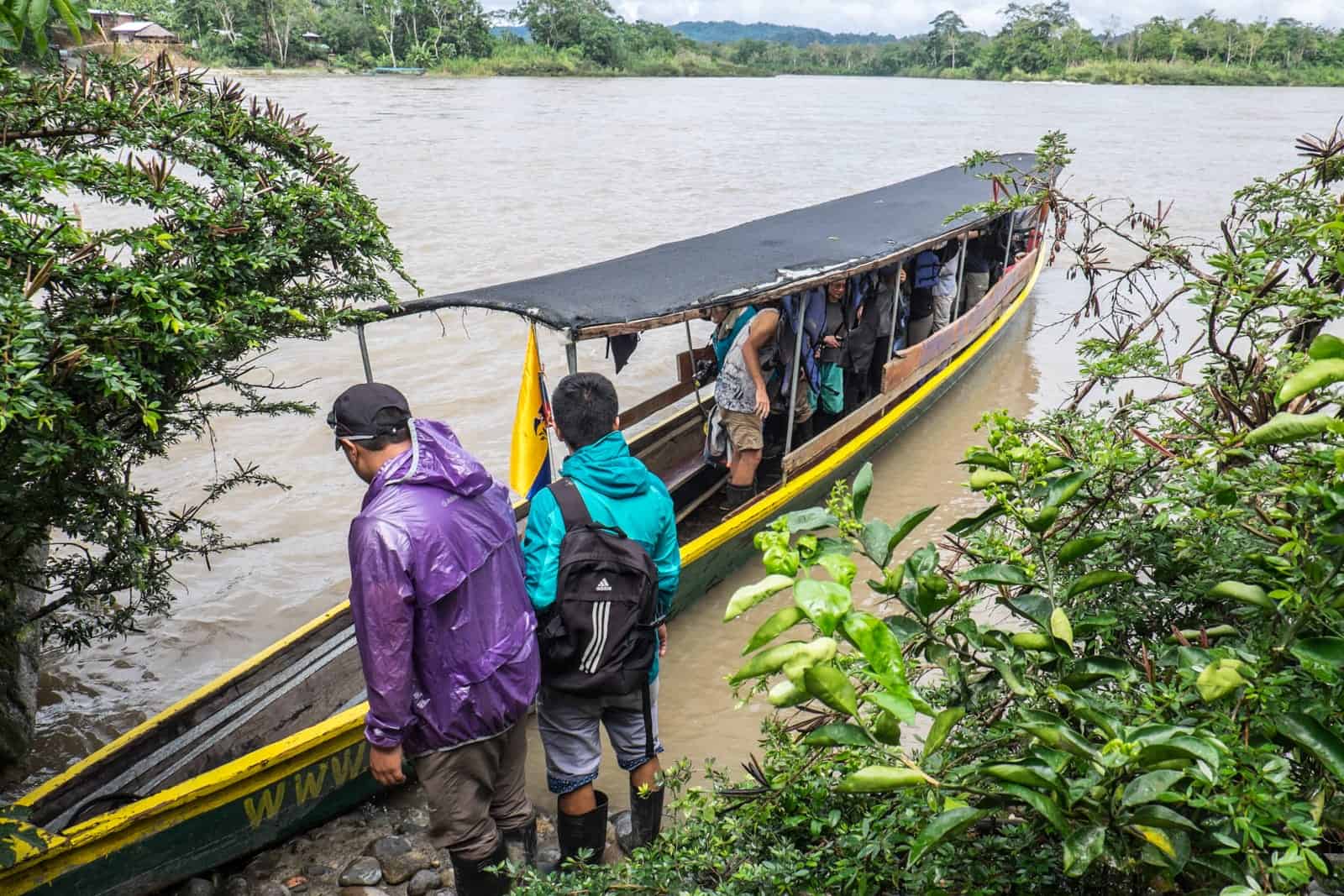
Longboats are the main form of transportation to Amazon destinations.
Unlike other countries, access to the Amazon from Ecuador is straightforward. Take a flight directly to the capital of Quito, and in only five hours by bus or van, you can get to the border of the rainforest at the city of Tena. There are actually six cities based here: Coca, Lago Agrio, Orellana, Papallacta, Puyo and Tena, but Tena is seen as the main and most used gateway.
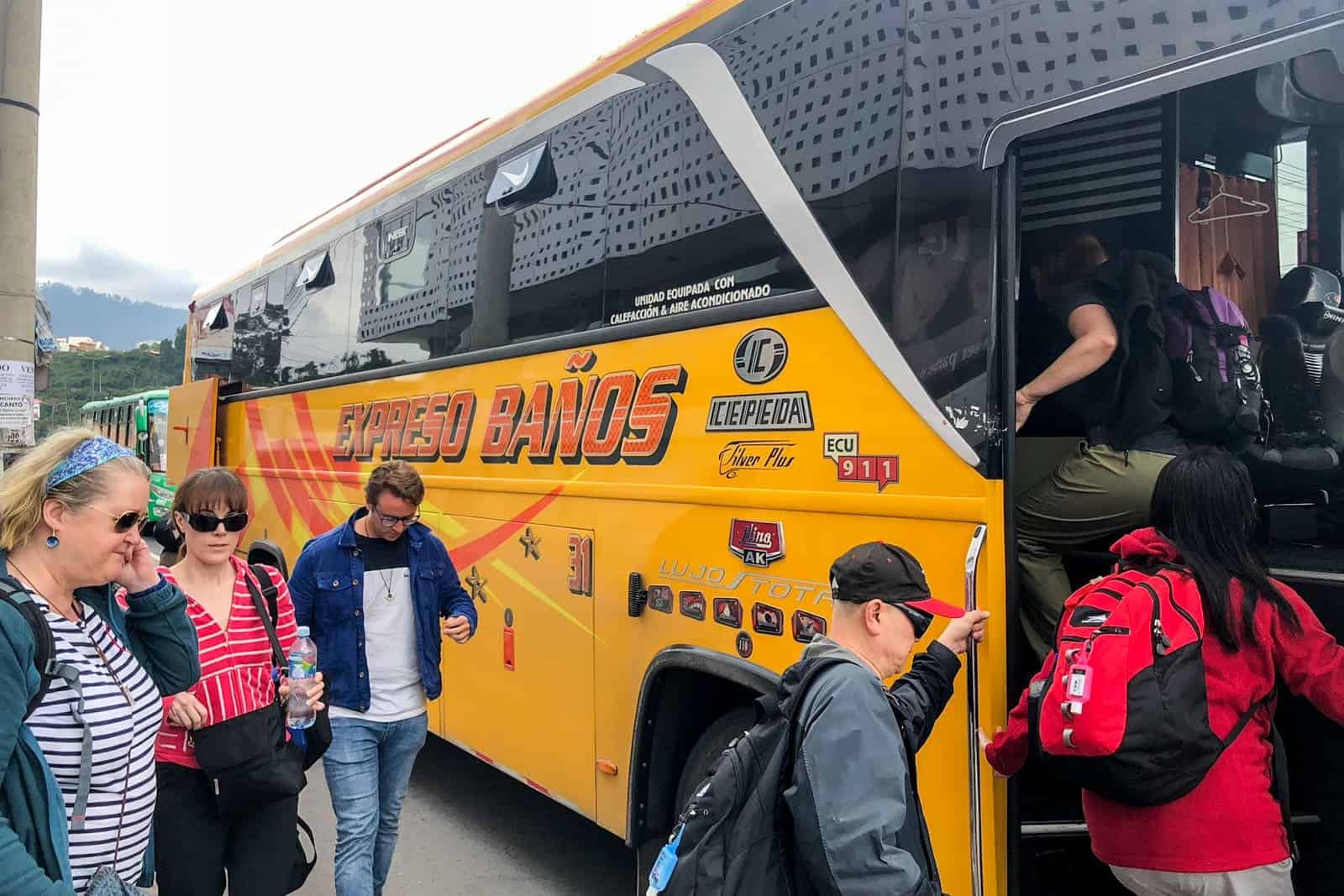
The Expreso Baños local bus from Quito to Tena.
You can get to Tena by public buses that go as cheap as $6 per trip, but you might miss some of the natural landscapes that decorate the trip. If you can find an affordable taxi or van to travel you or your group to Tena, you might be able to stop to take pictures and enjoy the beautiful sights between Quito and Tena.
If you’d like to go deep into the Yasuní Biosphere Reserve, you can also take a domestic flight from Quito to Francisco de Orellana Airport in Coca to stay in an eco-lodge and stay right in the middle of the jungle.
My local bus ticket to Tena and the transport beyond were all included in my Amazon trip .
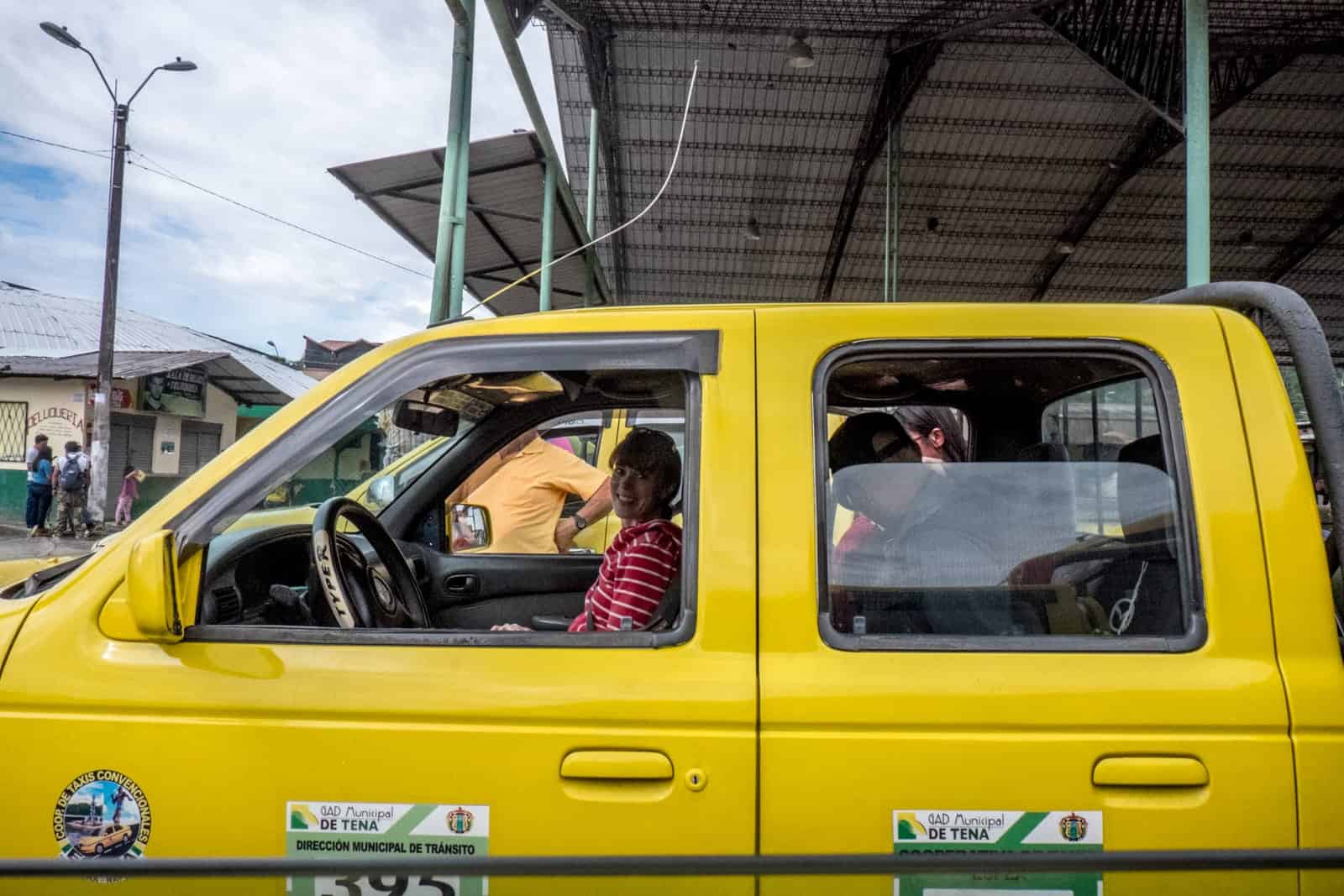
A Taxi in Tena will get you into the heart of Amazon Rainforest.
It is not at all advised to travel alone in the Amazon since this is unknown territory that is easy to get lost in. There is a reason so many thousands of travellers come here in small groups and with a local guide.
Do not embark on long jungle hikes alone since the majority of trails are not clearly marked. If you want to go on an extra excursion, ask the local you are staying with who will most likely oblige and be proud to show you more of their home.
Don’t venture anywhere at night without a flashlight . We saw some unwelcome visitors in the form of giant spiders and a scorpion in our bathroom.
Even if travelling solo in the Amazon, it is best to stay at a registered lodge with adequate set-up for visitors , so that people know where you are.
The difficulty of your journey to the Amazon depends entirely on your preference and planning. If you’re going to participate in sports activities or trekking through the jungle, the trip might require plenty of stamina and might prove difficult for the inexperienced.
However, if you’re going to stick to your guide and follow your tour as planned, you’ll find that although it can be tiring due to the weather and long trips, the journey is accessible and achievable by everyone.
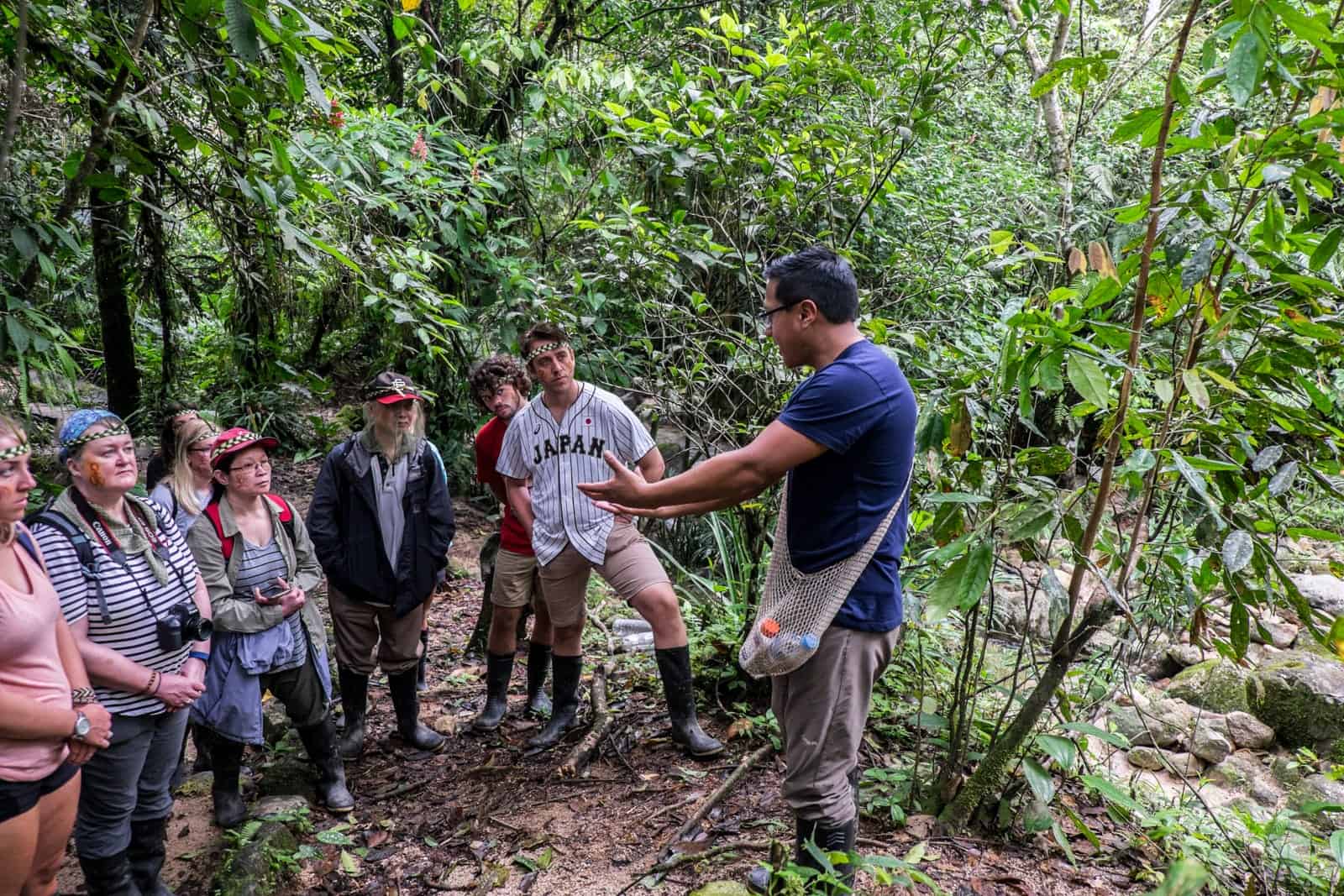
How difficult is it to travel to the Ecuador Amazon?
The Amazon rainforest is not a destination without risks so you must prepare accordingly . Although the cases of yellow fever, dengue, and other diseases have lowered in recent years, you must always consult with your doctor about the vaccinations recommended and required to travel to Ecuador.
According to the CDC (Centre for Disease Control and Prevention) , it is recommended to get your Hepatitis A and Typhoid vaccinations (on top of your routine MMR) as there is a risk of these via contaminated food and water.
Proof of a yellow vaccine vaccination is regularly listed as one of the Ecuador Entry Requirements . Even though I wasn’t asked for it upon arrival you may well be. Yellow Fever is also recommended if you are travelling to the Andes Mountains in areas of high elevation.
To avoid any chance of catching a disease brought about by insects, such as mosquitoes, you might want to stock up on insect repellant creams or lotions . I took anti-mosquito shower gel and repellent with me, alongside my everyday medications, and painkillers.
The tap water in the Ecuador Amazon is not safe to drink , and it is recommended to also not drinks from the rivers and streams, which may contain waterborne diseases and parasites. Purified water will likely to provided to you by your hosts, but just in case bring water purification tablets with you or an instant purifier filter like a Lifestraw , a UV light SteriPen water purifier or a reusable filter water bottle like Water-to-Go (Use the code BECKI20 at checkout for a 20% discount).
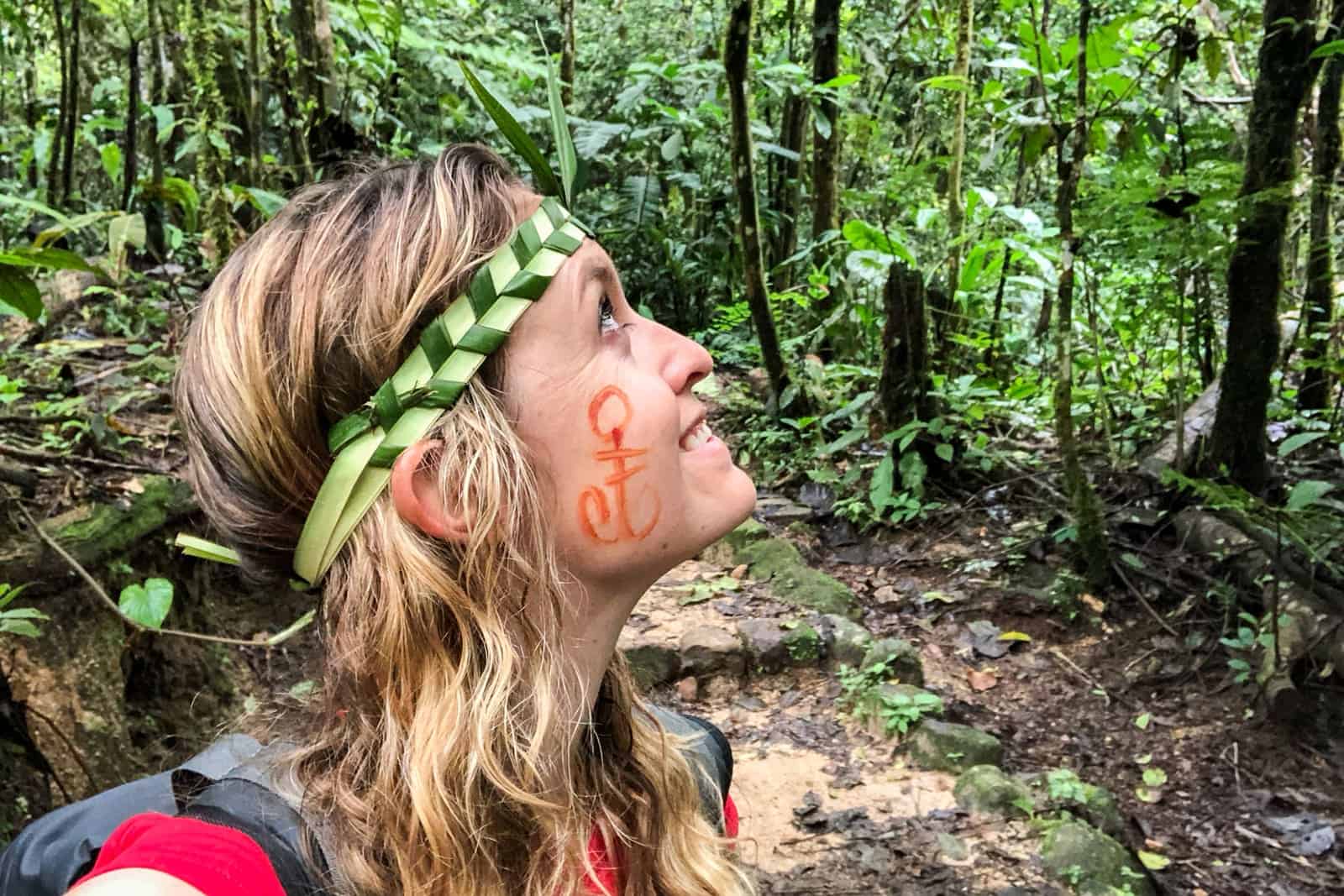
Heading to the Amazon jungle? Be prepared.
Packing for the Amazon isn’t so difficult, but you’ll need layers for the changes in temperature, light pants and long sleeve shirts of light fabrics for cover in the jungle, lighter clothing for the hot and humid parts of the day and waterproof clothing layers for when those sunny days instantly turn into the frequent rain where the forest gets its name.
With my host family, mosquito nets were provided for each bed in our rustic accommodation and rubber boots were mandatory for walks in more dense areas of the jungle, with enough pairs for every member of the group.
- A pair of light khaki green trousers , that can be rolled up when humid and be long enough to tuck into the rubber boots provided on jungle walks.
- A pair of black leggings / comfy yoga pants / lounge pants for the evenings , and also worn while my daytime trousers were drying.
- 2 x t-shirts and 2 x tank tops , always with the aim in mind to have one to wear while the other is drying out.
- 1 jumper (I had a traditional Ecuadorian wool style purchased in Quito) especially when the temperature dropped at night.
- A light waterproof jacket (it’s not incredibly cold when it rains).
- Swimwear ( I had a green leaves print bikini , which fit the surroundings!) for spring and lagoon swims and water rafting.
- A pair of sports shoes ( I’m a Vivobarefoot fan ) for excursions that were not jungle treks.
- A pair of flip-flops or sandals for use in the afternoons when relaxing, in the evening and/or in the shower.
- Underwear to last you for one week and a light pair of Pyjama pants.
- Toiletries and a quick dry travel towel as there is nothing available on-site and if one towel is provided, it doesn’t always dry quickly.
- A head torch for the evenings when the lights go out after a certain hour.
- Earplugs if you find it hard to sleep to the sounds of jungle nature. Although if you can get used to it, it’s beautiful.
- A reusable filter water bottle like Water-to-Go (Use code: BECKI20 at checkout for a 20% discount). Ideal for when you are out on long walks, small treks and day trips. Don’t take and leave plastic!
- A full portable charger ( Anker is my go-to power brand ) and spare batteries for your camera , as everyone is usually vying for limited electricity and plug sockets.
However, should you be in need of an emergency item or any amenities, there is a chance to make a trip into Tena on the way back from a day trip, which we did one day to stock up on snacks and any essentials.
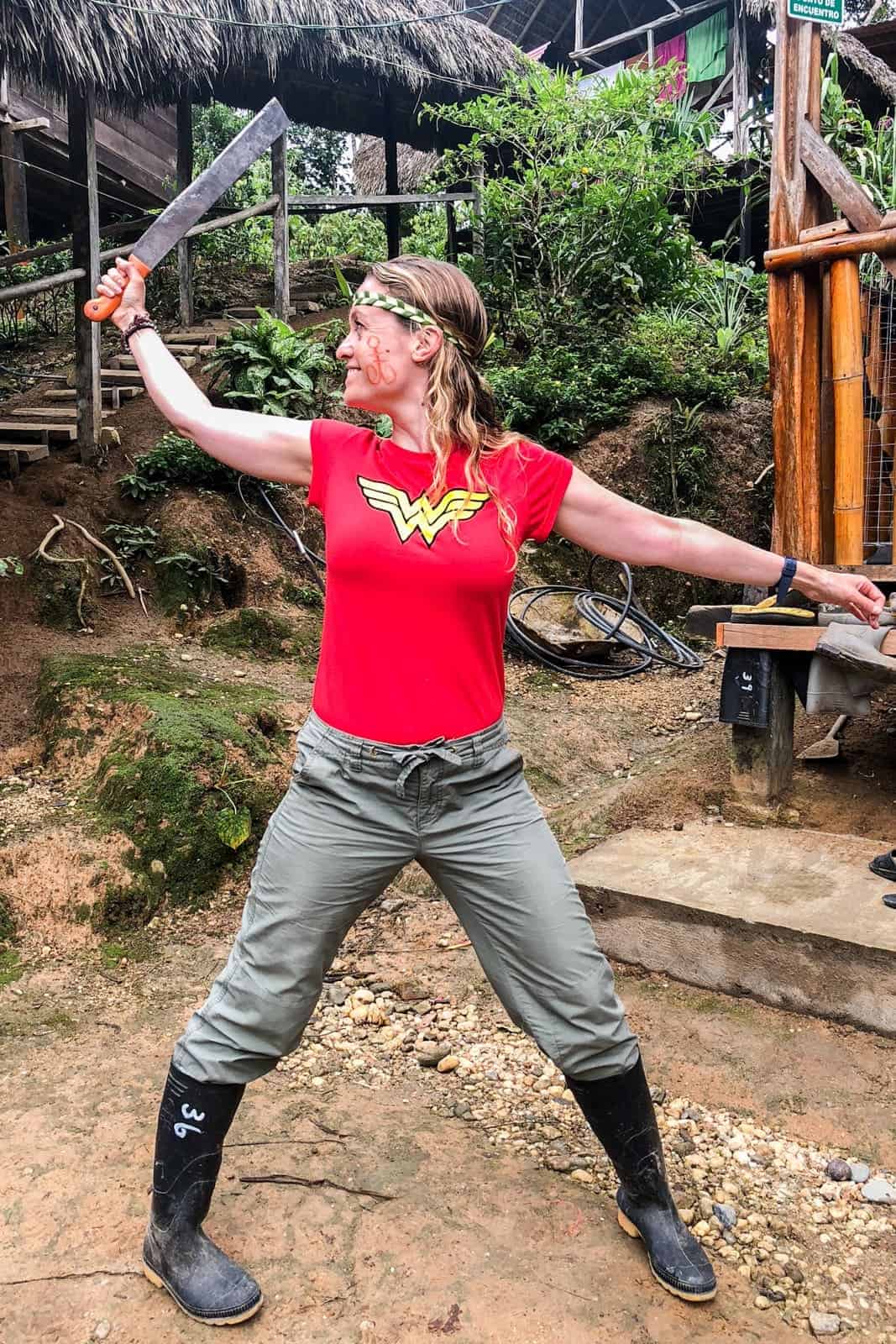
There are a handful of Amazon Rainforest tours from Ecuador and group travel is the primary way in. Often being on an organised trip or in a group often seems taboo, but that’s not true. Not only is it pretty much impossible to find your way around the Ecuador jungle without such small group guidance, without my fellow travellers my time in the Amazon wouldn’t have been the fun, unique, once-in-a-lifetime opportunity it was.
Without G Adventures we wouldn’t have had access to the family we lived with and the experiences they shared with us in their homeland, and to know we were spending our money ethically and it going to the right people and projects.
See booking details for Local Living Ecuador – Amazon Jungle small group tour . It’s a seven day round trip that starts and ends in Quito, with five days based in the Amazon jungle staying with the Quichua family. The price includes accommodation, transport, food and excursions. Our water rafting trip was an optional extra we all choose to do as our final hurrah in this wild adventure.
Groups are kept small and as much as it’s rare to get along with each person on a trip when compacted into a few days and in such a remote place, we did, leaving the Amazon with more than just survival skills and a better understanding of the Amazon people. Don’t be too quick to agree with the notion that being amongst others can ruin the raw experience. More often than you realise, it can actually enhance it.
READ MORE: Solo Travel vs Group Travel
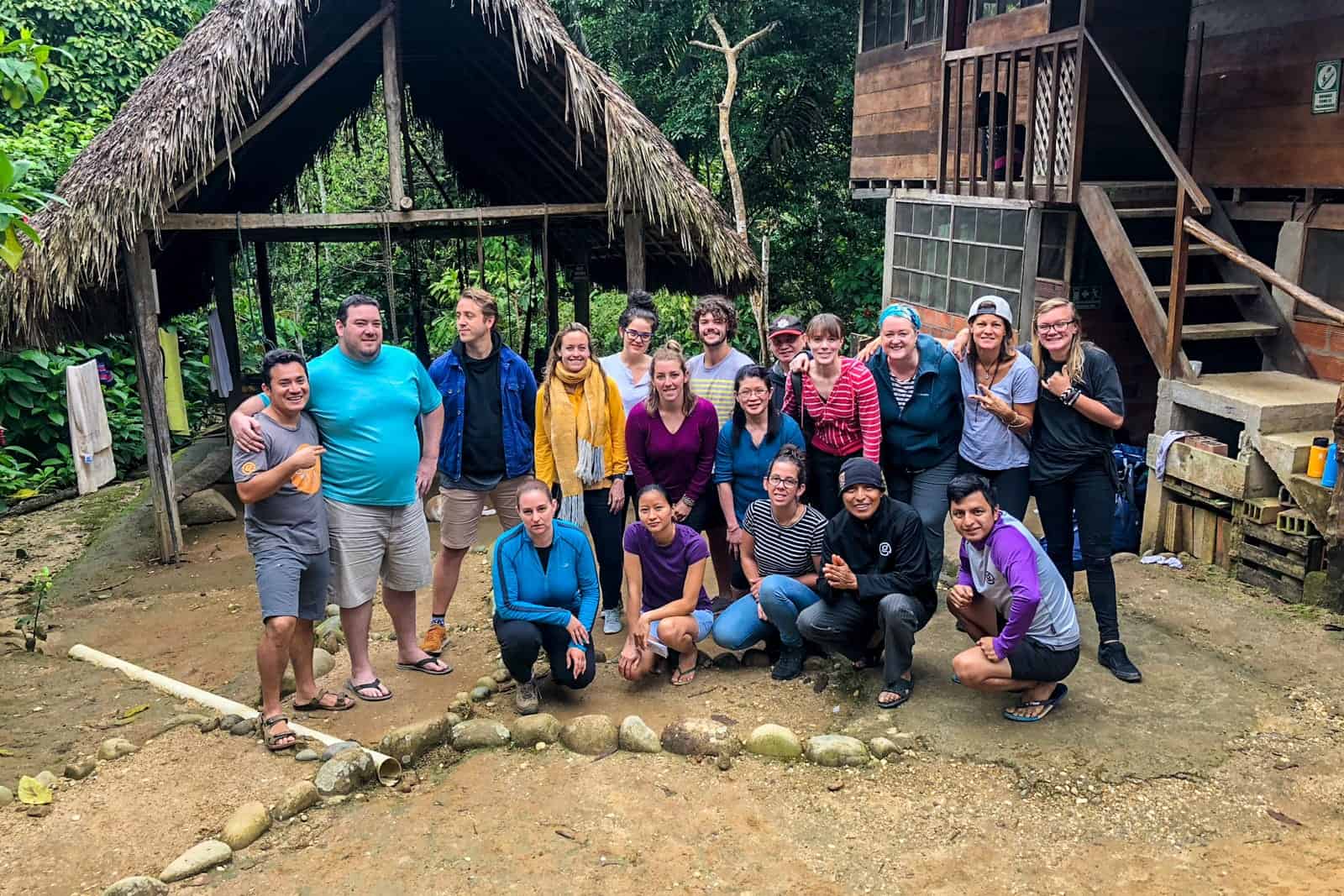
The G Adventures tour group in Ecuador Amazon and a lifetime of memories
My trip was part of a brand partnership with G Adventures to encourage travellers to explore the planet in a meaningful way and to help change people’s lives through travel. All opinions and experiences remain my own.
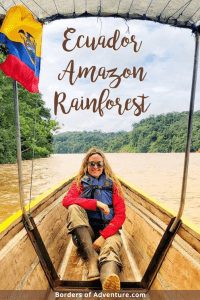
About Becki
Becki Enright is a British Travel Press Award-winning writer whose work focuses on changing perceptions about misunderstood aspects of destinations. Her writing combines storytelling with insight into the social, historical, political and economic factors that shape the country or place in relation to tourism. Becki has appeared live on Sky News and CNN and has contributed to high profile media including National Geographic, Time.com, Guardian online, New York Times, Grazia and Buzzfeed.
Leave a Reply Cancel reply
Your email address will not be published. Required fields are marked *
- Article Archives
- Work with me
- Privacy Policy

APRIL SALE: Book now and get up to 60% off!
Amazon Rainforest / Jungle Tours
Find the right travel package in the Amazon rainforest. We've got 192 jungle adventures and cruises , starting from just 3 days in length, and the longest tour is 65 days. The most popular month to go is May, which has the most number of tour departures.
Best Amazon tours based on 1,244 reviews
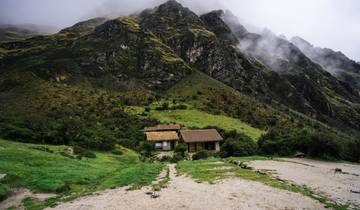
- Hiking & Trekking
- In-depth Cultural
- Christmas & New Year
Peru Panorama
My tour was amazing, everything I could ask for and much more. Juber was a brilliant CEO he organised the trip with great ease and knowledge. He made sure we all had a point of contact throughout the whole tour.

Lima to La Paz: Sandboarding & Sunsets
The trip was incredible all the way our guide was full of character and had so much information the scenery was unreal and I would recommend this to everyone
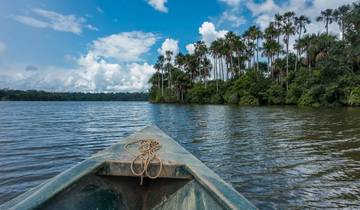
- Jungle Trekking
3 days - Tambopata Amazon Jungle
The experience itself was great with an awesome guide and good accommodations. My complaint is that the tour only loosely followed the itinerary I was given beforehand. Although all the listed activities were as-promised, there were some added that I would have liked to know about beforehand, even though they were good additions (like kayaking and zip-lining) and the schedule didn't line up exactly. That is, I anticipated going to the lodge at around 1pm on the day of arrival but I was transported around 9:40 almost directly after my arrival. Similarly (and more of a difficulty) I planned on finishing with the tour around 11:00 but was taken back to the town at 9:30 which left me with more extra time before my flight than I had expected. Despite these difficulties, the staff were very nice and accommodating and let me stay in their office during while I waited for my flight. They also honored their one free date change policy and allowed me to change my tour to an earlier date. Overall, I would recommend this trip, although I suggest for the tour operator to be more clear in their description.
- Book With Flexibility This operator allows you to rebook your dates or tours with them for free, waiving change fees.

5 Days Amazon Lodge Cuyabeno Reserve
The 5 day tour at Nicky Lodge was amazing. Our guide Evi was so welcoming and knowledgeable, everywhere you look there’s something amazing to see, from birds, reptiles and monkeys to all the medicinal plants, Evi would explain and answer any question you had with great detail. Honestly one of the best experiences I’ve had. The food and accommodation are also great. Highly recommend for anyone thinking about going (all ages, we had children and adults in our group), you will not be disappointed!
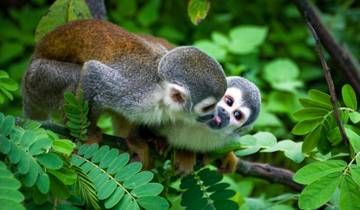
4 Days Amazon Lodge Cuyabeno Reserve
Incredible! The tour was absolutely amazing, we saw so many different animals and hundreds of them! The staff and lodge were incredible - we never went hungry and the food was healthy and delicious. Do not miss out!

Peru Essentials
That was an impressive tour with a lot of new experiences. Overall, I had a great time, even though there are surely ways to improve the schedule a little (and the breakfast^^)

3 days Iquitos Amazon Jungle tour with Pink Dolphin watch
I had a wonderful time. So many great experiences, swimming in the Amazon, ziplining in the jungle, nature hikes, animal sanctuaries. The hotel grounds are wonderful. And the food is delicious. Staff is super attentive and friendly. Great place if you just want to chill but also lots of optional activities.
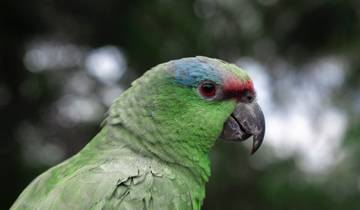
Amazon Jungle - 3 Days
Jungle James was an amazing guide!!
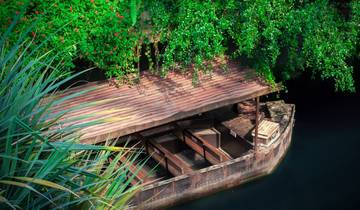
Peru: Amazon Jungle Short Break
Victor was an amazing guide, very knowledgeable and passionate about the environment and surrounds. He made this trip memorable. His knowledge of the wildlife is extraordinary. We really had a memorable experience. The staff at the Nape lodge were very friendly and made our stay very comfortable. The lodge itself was beautiful and Baawaja expeditions were ifvery professional. All the pick ups and drop offs worked like clockwork.

Ecuador Treasures Bucket List 8 Days Tour
Great tour and tour guide, Josue. A nice variety of experiences as I had never been to Ecuador before.
- 10% deposit on some dates Some departure dates offer you the chance to book this tour with a lower deposit.
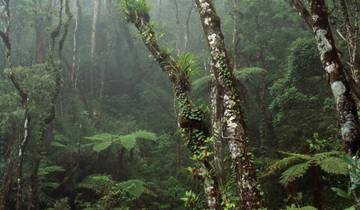
5 Day Amazon Cuyabeno Adventure
Our guide David was fantastic!
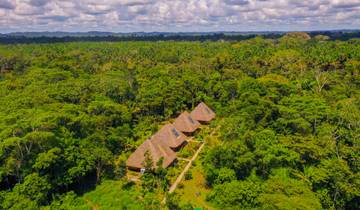
Unique Amazon Sustaintable Comunities Encounter in Ecuador with meals included!
A unique experience, lovely places, the guide well prepared and friendly. The hotels very comfortable and good quality, with a rich and delicious breakfast.

- Wildlife & Nature Photography
ROYAL IQUITOS - 4 DAYS
Thank you for this amazing adventure! The Amazon is truly a precious, unique and fragile ecosystem that should be preserved at all cost. Special thanks to Luz and Ruth for perfectly organizing our tour! Special thanks to Max for being so knowledgeable and attentive!
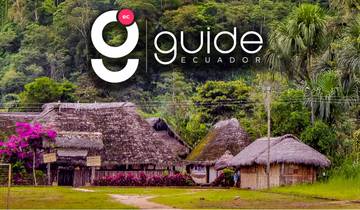
La Selva Amazon Lodge 4 days Tour
As a traveler, I must debunk the news outlets misconception that Ecuador is not safe. My recent trip proved otherwise, I was fortunate to have a very friendly tour guide who not only ensured my safety but also made my journey unforgettable. Exploring Ecuador's great nature revealed breathtaking scenic views that left me in awe of this country's beauty. People genuinely care about their environment. Everyone seemed dedicated to preserving Ecuador's natural wonders. Ecuador is a country that works tirelessly to protect its environment. I was impressed by the sustainable initiatives in place, from eco-friendly accommodations reserved by my guide to strict conservation policies. My guide always available, thanks to his flexibility and punctuality. Whether it was adjusting my itinerary or ensuring timely pickups, My guide made every effort to accommodate my needs. Lastly, I was amazed by my guide's extensive knowledge of Ecuador's history, culture, and biodiversity. His insights added depth to my experiences and enriched my journey. Overall, my trip to Ecuador was not just an adventure but also an eye-opening experience about conservation and appreciation for the environment.
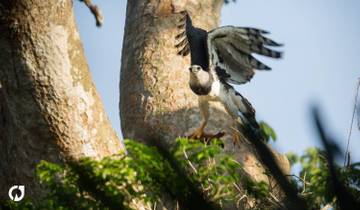
Manu National Park 3D-2N Tour
It truly was a trip of a lifetime, although there were some hiccups along the way, it doesn't distract from what we've taken away from the entire experience. Our tour guide Serro, was well versed and knowledgeable of the wildlife around us and the culture of the indigenous peoples. There was nothing this man could not do, a sailor, cook, and photographer. THe man deserves a raise! The only issues we faced were major construction on the main roads thus shutting them down for hours at end, costing valuable time. As well as no access to electricity to charge devices (mobile or medical electronic devices) which wasn't specified. We weren't able to complete our part of our tour due to flight arrangements but even so, I don't feel cheated from the experience. I would highly reccommend, I had an amazzing experience.
Amazon Tour Reviews
An amazing but very full on adventure. From day one, right through to the end it was very eventful, busy, challenging but most of all extremely rewarding. We had no expectations we we began the tour but our expectations were exceeded. We were blessed with mostly great weather, amazing scenery, fabulous fellow travellers and fantastic and very supportive guides.
This trip was truly the trip of a lifetime. Jesus really submerges you into the Peruvian culture and the three days you’re there, you are nonstop with activities. Our guide was so knowledgeable and he made the trip. His family grew up in the rainforest so he was able to tell you the history about most things there (the families, the foods, the animals etc). We went during rainy season, and still had a wonderful time. If you’re looking for adventure, meeting wonderful people, and being in nature - this trip is for you!
Amazon Rainforest Tours starting in:
- Puerto Maldonado (39)
- Iquitos (22)
- Leticia (5)
- Group (144)
- Family (127)
- Explorer (114)
- Fully Guided (111)
- Active (75)
- Partially Guided (67)
- Personalized (51)
- Private (37)
- Hiking & Trekking (29)
- In-depth Cultural (19)
- Self-Guided (14)
- River Cruise (10)
- Small Group (75)
- 3 Day Tours (28)
- 7 Day Tours (95)
- 10 Day Tours (5)
- 2 Week Tours (11)
- Spring 2024 (131)
- Summer 2024 (138)
- Fall / Autumn 2024 (135)
- Winter 2024 / 2025 (135)
- Spring 2025 (56)
- Summer 2025 (55)
- Fall / Autumn 2025 (54)
- Winter 2025 / 2026 (50)
- May 2024 (137)
- June 2024 (134)
- July 2024 (134)
- August 2024 (137)
- September 2024 (134)
- October 2024 (134)
- November 2024 (135)
- December 2024 (131)
- January 2025 (63)
- February 2025 (58)
- March 2025 (55)
- April 2025 (56)
- May 2025 (55)
- June 2025 (54)
- July 2025 (54)
- August 2025 (55)
- September 2025 (53)
- October 2025 (54)
- November 2025 (54)
- December 2025 (50)
Travel Styles
- Budget (52)
- Singles and Solo (124)
- For Couples (45)
- Seniors (66)

- Kindle Store
- Kindle eBooks
Promotions apply when you purchase
These promotions will be applied to this item:
Some promotions may be combined; others are not eligible to be combined with other offers. For details, please see the Terms & Conditions associated with these promotions.
Buy for others
Buying and sending ebooks to others.
- Select quantity
- Buy and send eBooks
- Recipients can read on any device
These ebooks can only be redeemed by recipients in the US. Redemption links and eBooks cannot be resold.
Image Unavailable

- To view this video download Flash Player
Follow the author

AMAZON RAINFOREST TRAVEL GUIDE 2023: A COMPLETE TRAVEL GUIDE TO UNCOVER THE HIDDEN TREASURES AND BREATHTAKING WONDERS OF BRAZIL AMAZON RAINFOREST. [Print Replica] Kindle Edition
- Language English
- Sticky notes Not Enabled
- Publication date October 3, 2023
- File size 3537 KB
- Page Flip Not Enabled
- Word Wise Not Enabled
- Enhanced typesetting Not Enabled
- See all details
- Kindle Fire HDX 8.9''
- Kindle Fire HDX
- Kindle Fire HD (3rd Generation)
- Fire HDX 8.9 Tablet
- Fire HD 7 Tablet
- Fire HD 6 Tablet
- Kindle Fire HD 8.9"
- Kindle Fire HD(1st Generation)
- Kindle Fire(2nd Generation)
- Kindle Fire(1st Generation)
- Kindle for Android Phones
- Kindle for Android Tablets
- Kindle for iPhone
- Kindle for iPod Touch
- Kindle for iPad
- Kindle for Mac
- Kindle for PC
- Kindle Cloud Reader
Popular titles by this author

Product details
- ASIN : B0CKFLLTT5
- Publication date : October 3, 2023
- Language : English
- File size : 3537 KB
- Simultaneous device usage : Unlimited
- Text-to-Speech : Not enabled
- Enhanced typesetting : Not Enabled
- X-Ray : Not Enabled
- Word Wise : Not Enabled
- Sticky notes : Not Enabled
- #235 in Brazil Travel
- #760 in Ecotourism Travel
- #982 in General Brazil Travel Guides
About the author
Kendra g kenney.
Kendra G. Kenney epitomizes the modern-day adventurer—an intrepid explorer, seasoned researcher, and passionate advocate for transforming dream vacations into tangible realities. Armed with a master's degree in archaeology and a wealth of experience as a former travel consultant for a prestigious travel agency, Kendra has honed her expertise in unraveling the mysteries of the past and navigating the complexities of global exploration.
Her journey commenced as a personal adventure, a quest to not only discover the world's most captivating locales but also to seamlessly guide others toward these enchanting destinations. Amidst her travels, Kendra encountered an array of challenges, from linguistic barriers and visa intricacies to the nuances of securing accommodations and transportation in unfamiliar terrains. However, her formidable reservoir of knowledge became her guiding compass, allowing her to triumphantly overcome these hurdles and unlock the beauty of diverse cultures and landscapes.
Kendra's experiences weren't confined to mere wanderlust; they became catalysts for her passion to assist fellow travelers in crafting immersive and fulfilling journeys. Her forte lies not just in navigating logistical intricacies but also in curating experiences tailored to the desires of families, couples, and children—groups she holds dear to her heart. Her dedication to ensuring every member of the travel party relishes the adventure echoes her deep-seated affection for creating memorable moments, especially for those she cherishes.
As an author, Kendra's penmanship weaves captivating narratives that transport readers to far-flung corners of the globe, providing insightful guidance and inspiration for those eager to embark on their own transformative journey. Her writings serve as invaluable roadmaps, steering individuals toward unforgettable encounters and fostering an appreciation for the world's historical tapestry.
Kendra G. Kenney stands as a beacon in the realm of global exploration, epitomizing unwavering dedication and a profound commitment to facilitating remarkable travel experiences. Her passion for enriching the journeys of others, coupled with her unyielding resolve to navigate the intricacies of travel, establishes her as a true trailblazer in the art of helping people discover the world's wonders while savoring every moment along the way. With Kendra at the helm, embarking on an extraordinary expedition becomes a transformative journey—an adventure destined to be etched in the memories of travelers for years to come.
Customer reviews
Customer Reviews, including Product Star Ratings help customers to learn more about the product and decide whether it is the right product for them.
To calculate the overall star rating and percentage breakdown by star, we don’t use a simple average. Instead, our system considers things like how recent a review is and if the reviewer bought the item on Amazon. It also analyzed reviews to verify trustworthiness.
No customer reviews
- Amazon Newsletter
- About Amazon
- Accessibility
- Sustainability
- Press Center
- Investor Relations
- Amazon Devices
- Amazon Science
- Sell on Amazon
- Sell apps on Amazon
- Supply to Amazon
- Protect & Build Your Brand
- Become an Affiliate
- Become a Delivery Driver
- Start a Package Delivery Business
- Advertise Your Products
- Self-Publish with Us
- Become an Amazon Hub Partner
- › See More Ways to Make Money
- Amazon Visa
- Amazon Store Card
- Amazon Secured Card
- Amazon Business Card
- Shop with Points
- Credit Card Marketplace
- Reload Your Balance
- Amazon Currency Converter
- Your Account
- Your Orders
- Shipping Rates & Policies
- Amazon Prime
- Returns & Replacements
- Manage Your Content and Devices
- Recalls and Product Safety Alerts
- Conditions of Use
- Privacy Notice
- Consumer Health Data Privacy Disclosure
- Your Ads Privacy Choices

A Trip to the Amazon Rainforest
Sharing is caring!
Today we are going to the Amazon Rainforest in Peru. I believe that it isn’t a real adventure unless it makes you a little nervous, I like to be pushed out of my comfort zone. I spent three days and two nights in an area of the Amazon Rainforest near the border of Bolivia and I loved the experience.
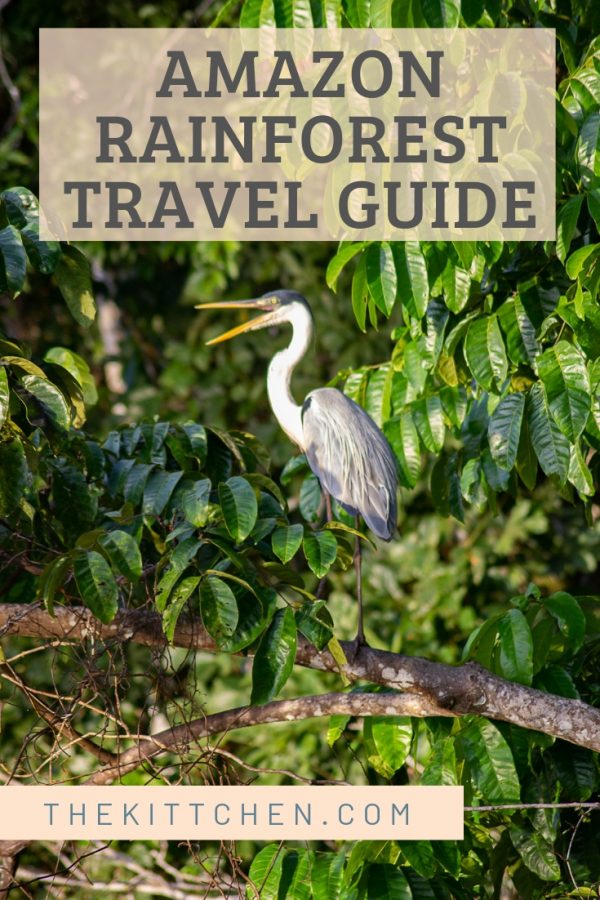
When I was planning my trip to Peru, I knew that I wanted to see Machu Picchu and visit the Sacred Valley, but I wasn’t sure what to do with the rest of my time in the country, so I researched tours. A three-day tour of the Amazon Rainforest caught my eye.
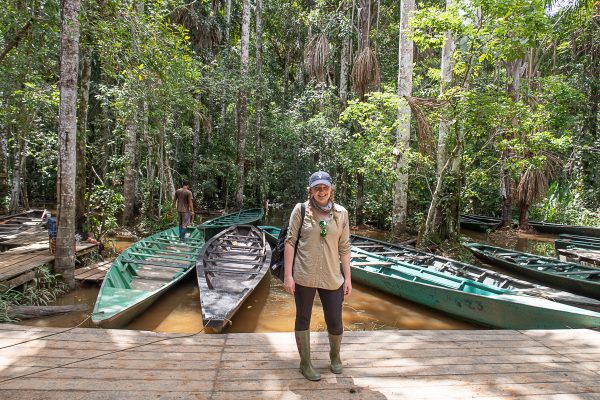
I remember learning about the rainforest when I was in first grade. I was fascinated by the fact that a place could be so different from where I was living. Maine has plenty of forests, but they aren’t very colorful and the thought of seeing toucans, macaws, and pumas is very exciting. Before this trip I had been to the cloud forests of Costa Rica and the jungle of Belize, but to me, the “real” rainforest has always been the Amazon. My trip to Peru became my chance to see it.
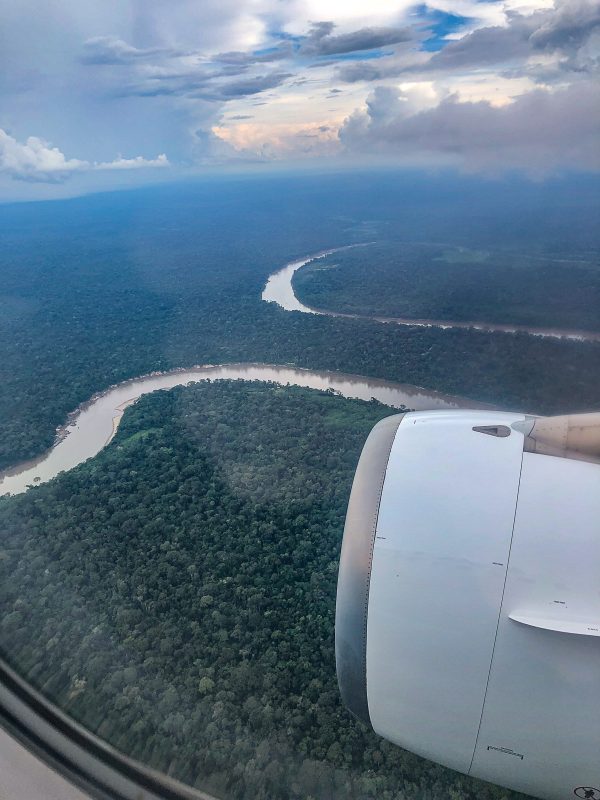
As you might expect, getting to the Amazon is not easy. From Cuzco you need to fly to Puerto Maldonado. When I stepped out of the plane, I instantly noticed how the air was thick and heavy with humidity. It was a very noticeable difference from the thin cool air in Cuzco. The distance between Cuzco and Puerto Maldonado isn’t much but the climates and altitudes are very different.
My tour guide, Carmen, picked me up from the airport. I liked Carmen from the moment I met her. Leading up to my trip I needed to get vaccinations, including two rounds of the Japanese Encephalitis vaccine. Both of the nurses that gave me the vaccine were named Carmen. I had never met someone named Carmen in my life, and then in the span of a month, a met three Carmens! It seemed like the stars were aligned. I was the only person on the tour – April is the end of the rainy season and it isn’t a very busy time for tours. I was relieved to have a kind guide that I enjoyed spending time with since we would be eating meals together and she would lead all my activities.
From the airport we went to the travel company’s office so that I could quickly repack my bags so that I could only bring a backpack with essential items. Then Carmen and I began our journey to the Tambopata Wildlife Reserve which is where the jungle lodge is located.
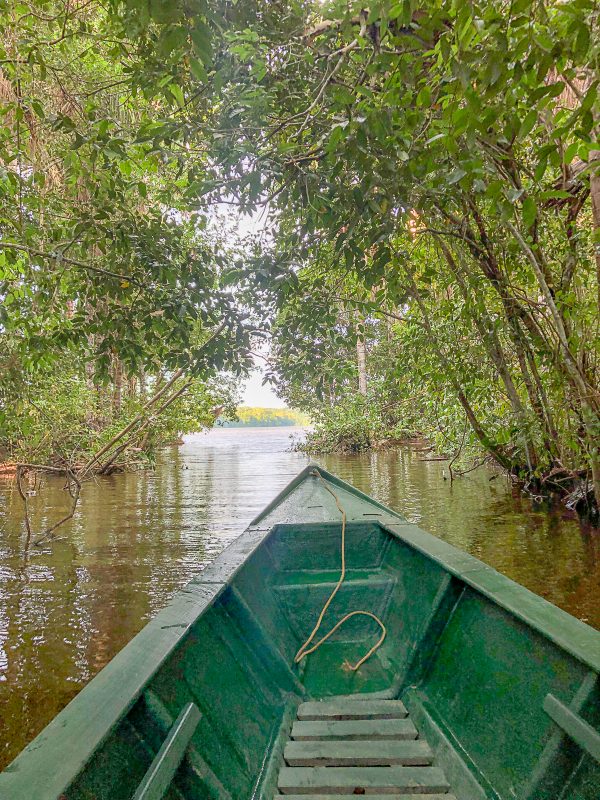
With my bags repacked, it was time for the adventure to begin. Getting to the jungle lodge first involved a 45-minute boat ride down the river. From there we hiked an hour through the rainforest.
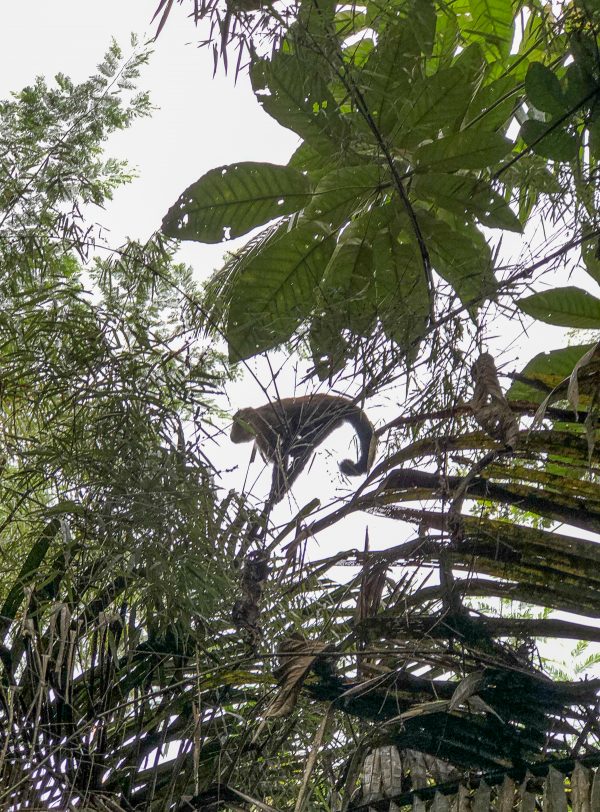
Carmen was able to read every little sound in the rainforest and use it to spot animals. During the hike, she would suddenly stop, put her hand up, and listen. She heard movement high up in the trees and spotted monkeys. This happened several times during our hike and we saw three species of monkeys, including howler monkeys. The monkeys came very close, almost as if they wanted to greet us.
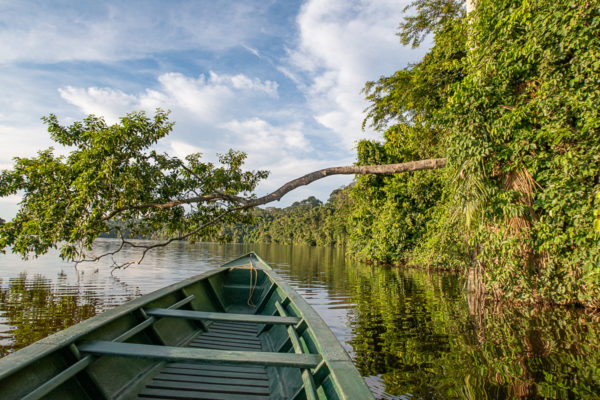
We hiked to a small port where we loaded into a long canoe and we paddled along Lake Sandoval to the Sandoval Lake Lodge. It had been rainy at the start of our hike; thunder was booming in the distance. The thick canopy of trees kept us dry. When we made it out onto the lake the sun was shining brightly and it was hot to the point where we were sweating. We watched as pairs of blue and yellow macaws flew above us. We had a porter with us who handled the paddling while we focused on spotting animals.
Lake Sandoval is located within the Tambopata Wildlife Reserve, and about half of the lake is closed to visitors. Motor boats are not allowed on the lake, and while the warm weather might tempt you to swim, it isn’t allowed, and once you learn that there are four species of piranhas in the lake, your desire to swim will likely disappear.
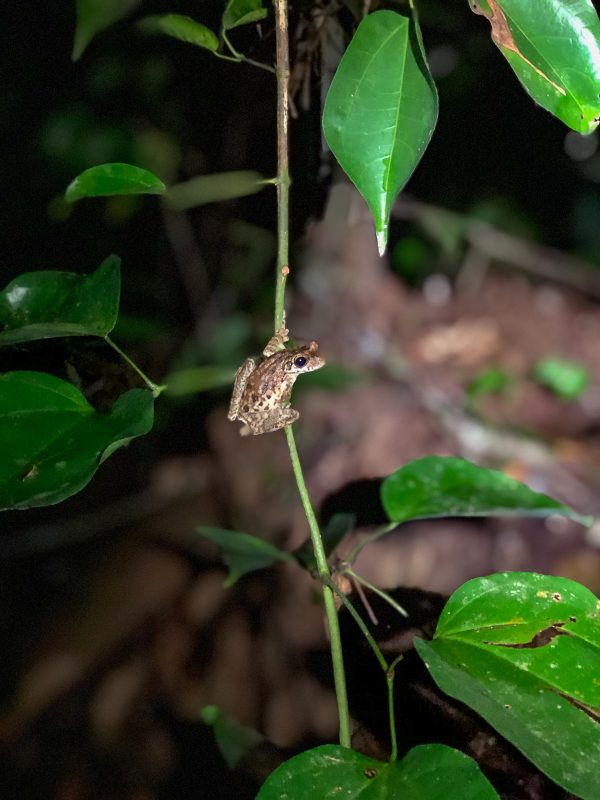
There is a big advantage to staying within the Tambopata Wildlife Preserve. Since it is a wildlife preserve there is a high concentration of animals, staying there gave me a very good chance at seeing a wide variety of wildlife up close.
In summary, getting to the Sandoval Lake Lodge requires a flight, two boat rides, and an hour-long hike. It takes half a day, but it feels like a fun adventure and not a tedious day of travel.
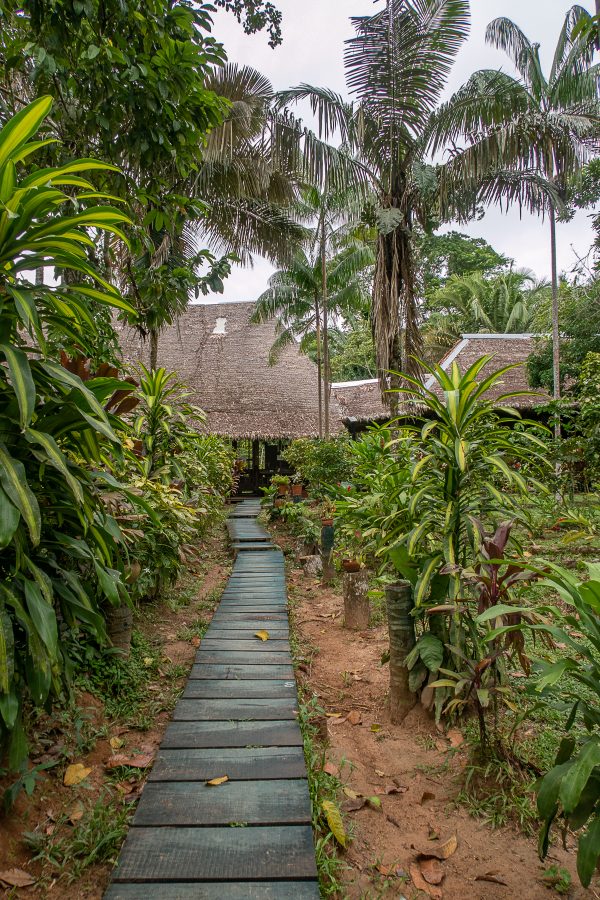
The owner of the Sandoval Lake Lodge greeted us when we arrived. The lodge sits up on a hill overlooking the lake. It’s a long building with a common area and dining room in the center and rooms on the side. The roof is made up of thickly and carefully layered large palms. The lodge has electricity and hot water, but no WiFi. My room was simple but comfortable. It had a wooden box to hide my snacks from any critters.
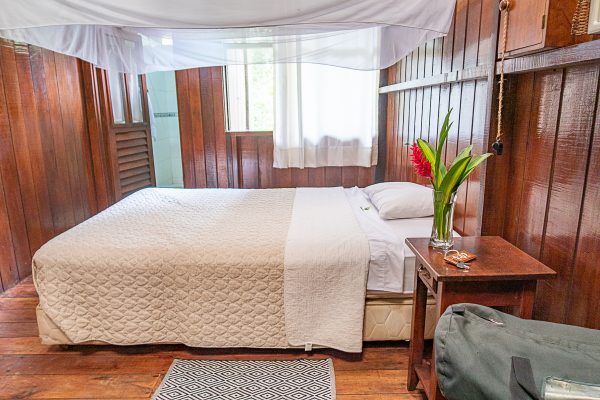
There were only four other guests at the lodge, which made it extra quiet. The jungle surrounds the lodge, and monkeys, small rodents, butterflies, and birds could be seen and heard throughout the day. I spent my first few hours at the lodge settling in and watching the sunset.
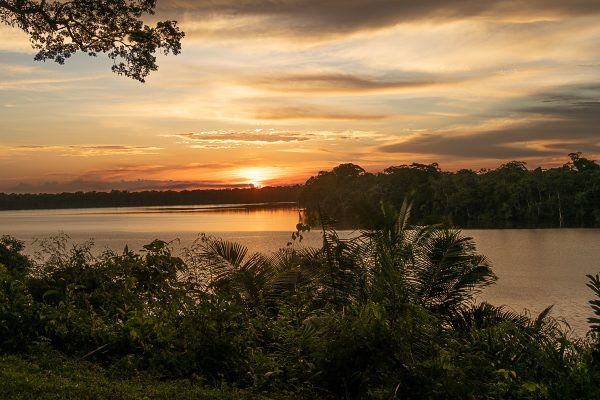
Once it was dark, Carmen and I set off on an hour long hike on one of the trails starting at the lodge. Our goal was to see some of the nocturnal animals. The jungle isn’t a very welcoming place at night. At one point Carmen had me turn off my headlamp so that we could stand in the complete darkness and listen to the sounds. Even with some moonlight and once my eyes adjusted, I could barely make out the outline of Carmen’s face from just a few feet away. The sounds of branches moving suddenly seemed a little scary.
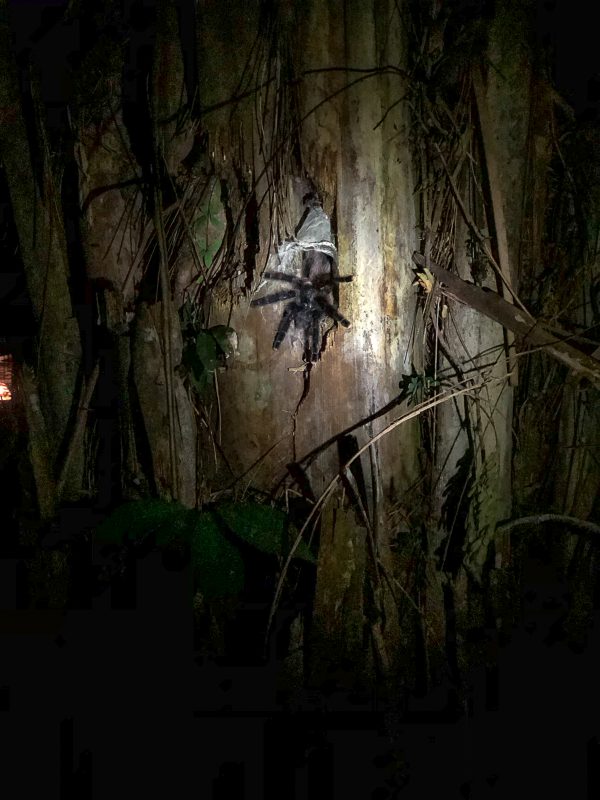
We turned our lamps back on and we found spiders, including several tarantulas in trees and tree frogs. Luckily, we saw the tarantula the size of my hand at the end of the walk. At that point, I was ready to get out of the jungle.
The jungle lodge provided all of my meals, which is necessary since there is nowhere else to eat in the middle of the jungle. Carmen and I ate dinner and then I returned to my room and read for a bit before I fell asleep. I was woken up a couple of times in the middle of the night by jungle sounds, mostly the sound of Brazil nuts tumbling from the trees and landing on the ground with a loud thud.
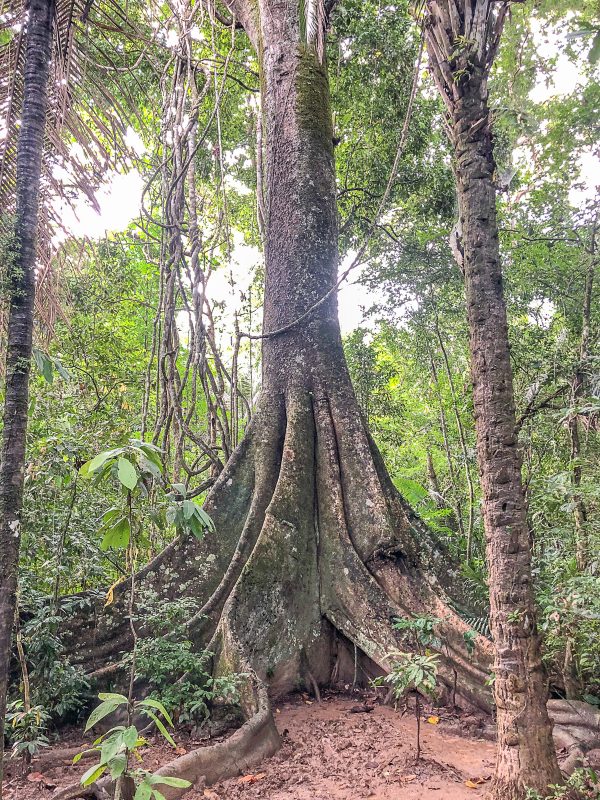
Carmen and I were supposed to wake up at 5:30 to paddle out onto the lake to watch the sunrise, but it was rainy and there wouldn’t be a good view of the sunrise. I was happy to sleep in. Breakfast at the lodge was eggs, toast, and fruit along with a warm slightly sweet drink that was made of beans. I know it sounds incredibly strange, but I loved it! They served a different local drink with each meal, often freshly squeezed juices.
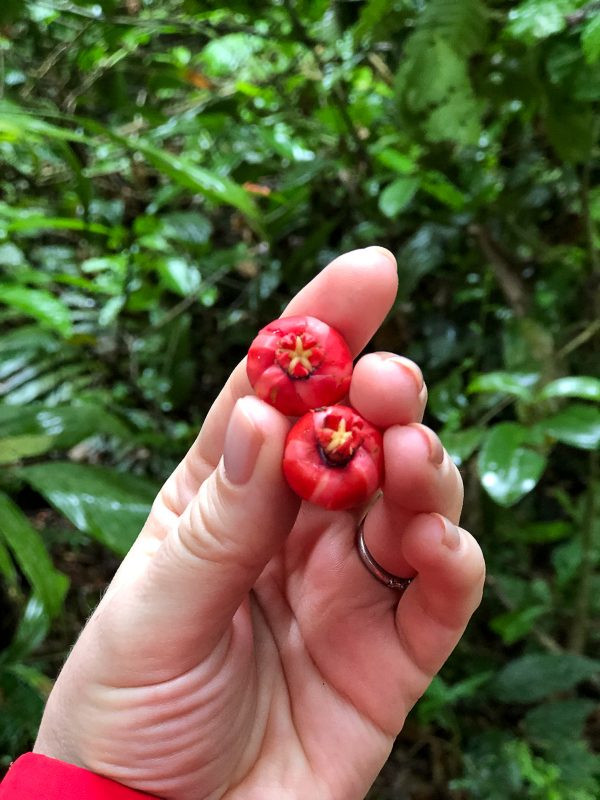
Before lunch, we went out on a hike in the jungle around the lodge. Carmen studied for years to become a tour guide, and she was incredibly knowledgeable.
She got particularly excited when we spotted glasswing butterflies, which have translucent wings and look like an optical allusion as they fly through the forest with clear wings with just a dot bright pink or orange flickering through the air as they fly. We tried to take a photo, but taking a photo of a butterfly with translucent wings is very difficult. It’s hard to see the butterfly when it isn’t flying.
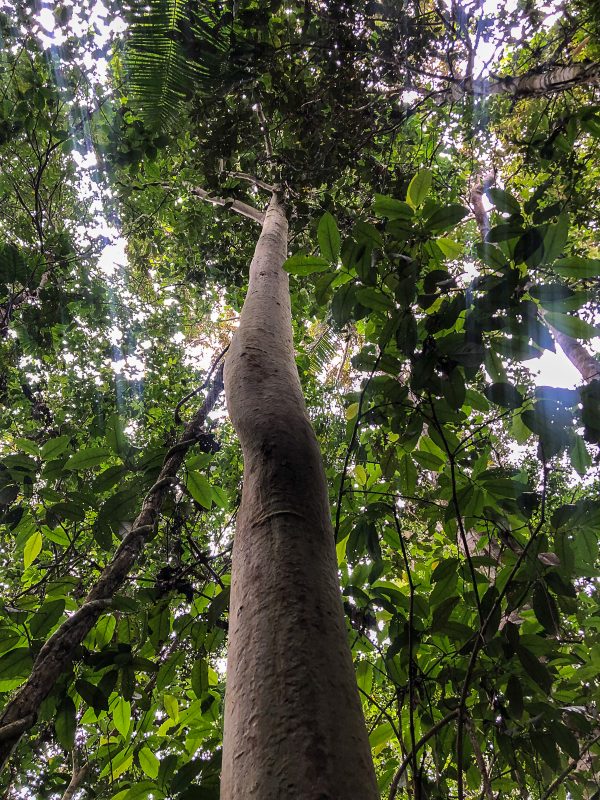
The trees in the rainforest aren’t just trees. Some are walking palms with a series of small trunks spread out and reaching into the ground. Others are covered in vines and plants. The Brazil Nut Trees are some of the tallest. The trees are homes for monkeys, tarantulas, and birds – plus a shocking amount of termites.
After lunch, I was reading a book when I heard Carmen calling for me from the dock. She had spotted the river otters. There are seven river otters that live in Lake Sandoval. I know, it seems strange that they are called river otters when they live in the lake, but the river is very muddy which makes it hard for the otters to fish, so they moved to the lake, which is connected to the river, where the water is clearer.
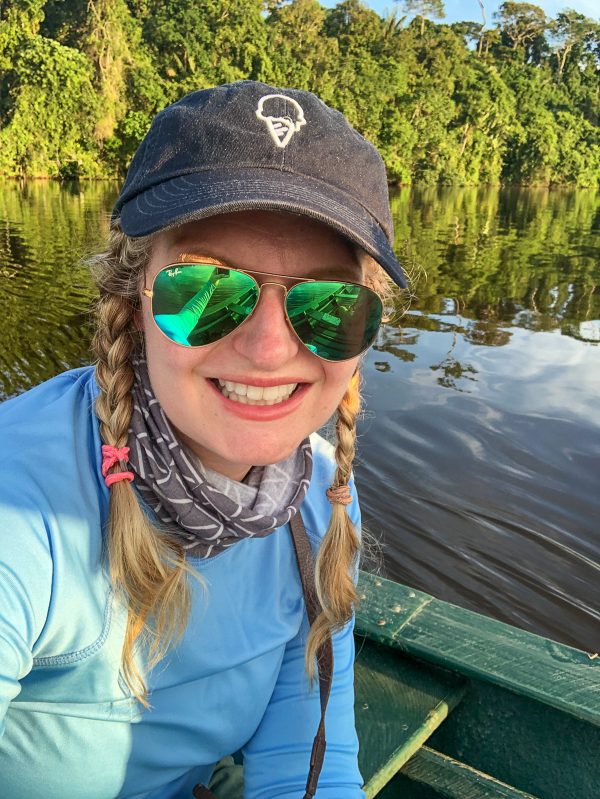
We hop into the canoe and start paddling quickly towards the middle of the lake where we see three little heads bobbing in the water. The boat is big, heavy, and long, it doesn’t move through the water as quickly as the canoe my family has in Maine. We got close to the otters and then let the canoe float closer. The otters would dive into the water for several seconds before coming to the surface and audibly gasping for air. They didn’t seem to mind our presence and continued to fish until one of the otters called out and they all swam away.
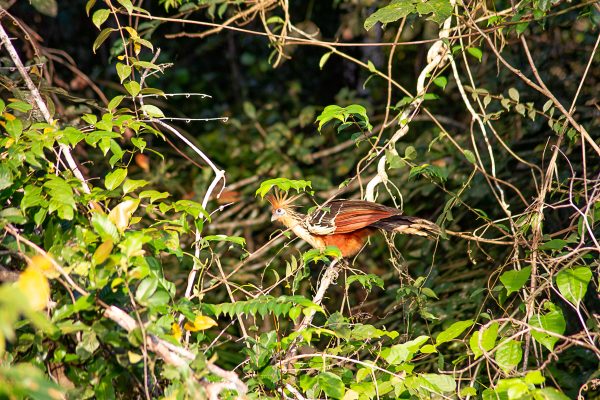
I spent a good chunk of the afternoon napping in a hammock and in the later afternoon we went back into the lake to search for wildlife and watch the sunset. We paddled around the perimeter of the lake and were able to see herons and stinky birds resting on branches hovering above the water.
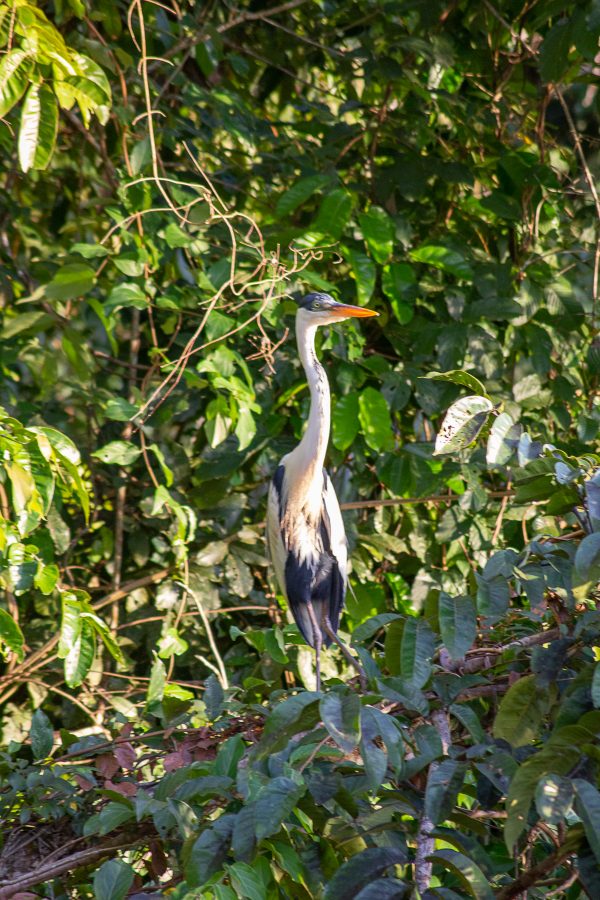
The herons didn’t look much different from the ones I would occasionally see in my hometown in Maine. The stinky birds look nothing like I had seen before. They are loud and clumsy and easy to hear from a distance. They are nicknamed stinky birds because they do have an unpleasant order, but nothing that we would smell from several yards away.
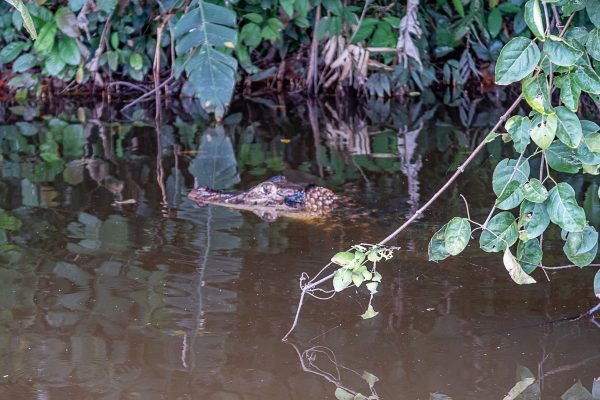
We watched the sunset and then shifted our mission to spotting caymans. These reptiles are like a smaller crocodile and they can be found on the edge of the lake. They are easier to spot at night because their eyes will glow under the light of a flashlight.
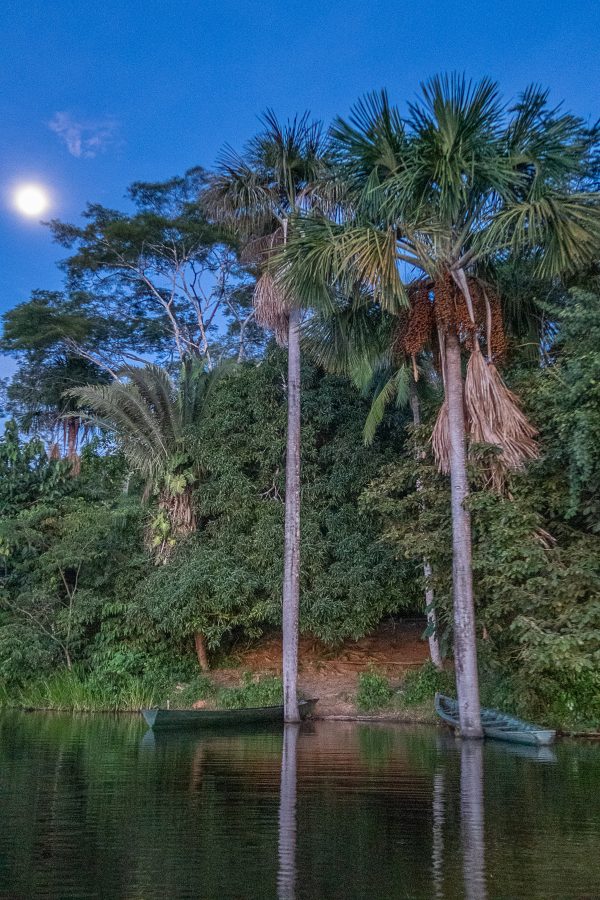
I found it fascinating that the rainforest is home to so many diverse animals. I saw animals that can also be found in Maine and tropical animals that you can’t find in the United States. It was surprising to see these animals living side by side in the Amazon.
That night I was woken up by thunder and the pounding of heavy rain against the roof. It rained as hard as it could for hours and hours. I was impressed that the palm roof didn’t spring any leaks. The rain cleared just as I was waking up, and the last drops of rain were dripping down through the canopy of trees and otherwise, the jungle was quiet. It was as if all of the animal when into hiding during the storm.
During breakfast, Carmen heard a group of monkeys arrive at the lodge and we ran outside to see them. The monkeys love the treetops and were navigating their way along branches from treetop to treetop.
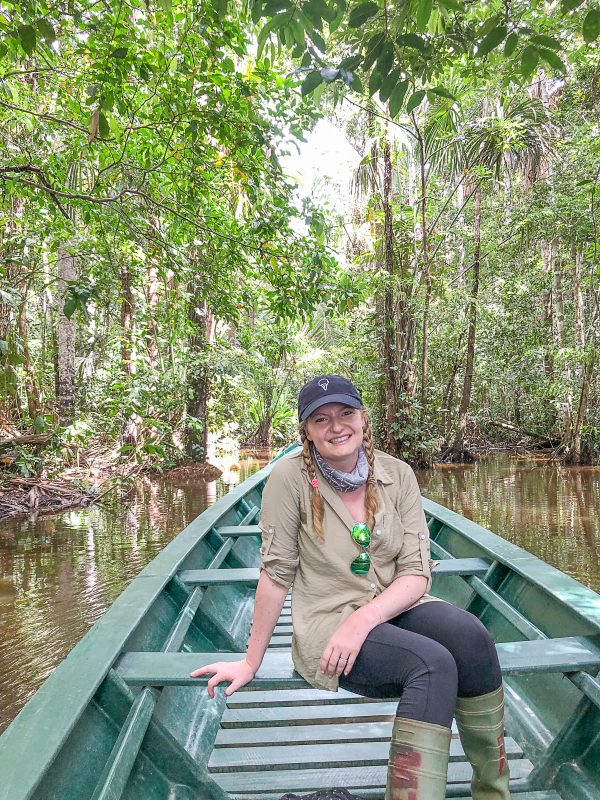
The sun was coming out and I was relieved that I wouldn’t have to make the journey back to the airport in the rain. I packed up my backpack and we put on big rubber boots to travel across the lake, through the jungle, and across the river. We didn’t spot as many animals on the hike through the jungle as we did on our way to the lodge. We did come across a falcon and plenty of butterflies, the other animals seemed to be resting after the storm.
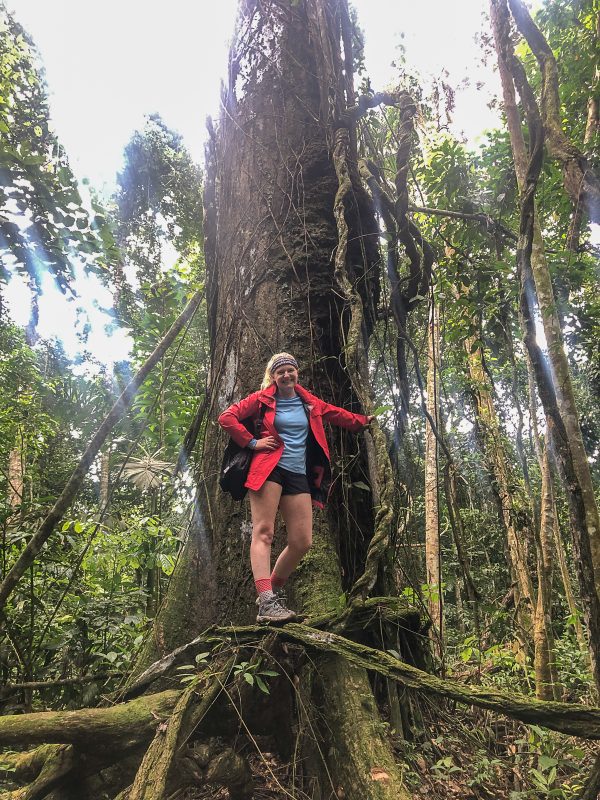
I was sad to say goodbye to the Amazon. It’s a part of the world that so few people visit and it is filled with so much wonder. I had worried that the Amazon Rainforest might feel scary and intimidating. Instead, it was full of life. If you want an adventure, I highly recommend this one.
Read more about Peru:
Machu picchu travel guide the sacred valley hello from peru.
I booked this tour through World Expeditions, and I paid for it myself. This isn’t a sponsored post.

Passing Thru Travel
10 Shamanic Tours in the Amazon Rainforest
Posted: March 25, 2024 | Last updated: March 25, 2024
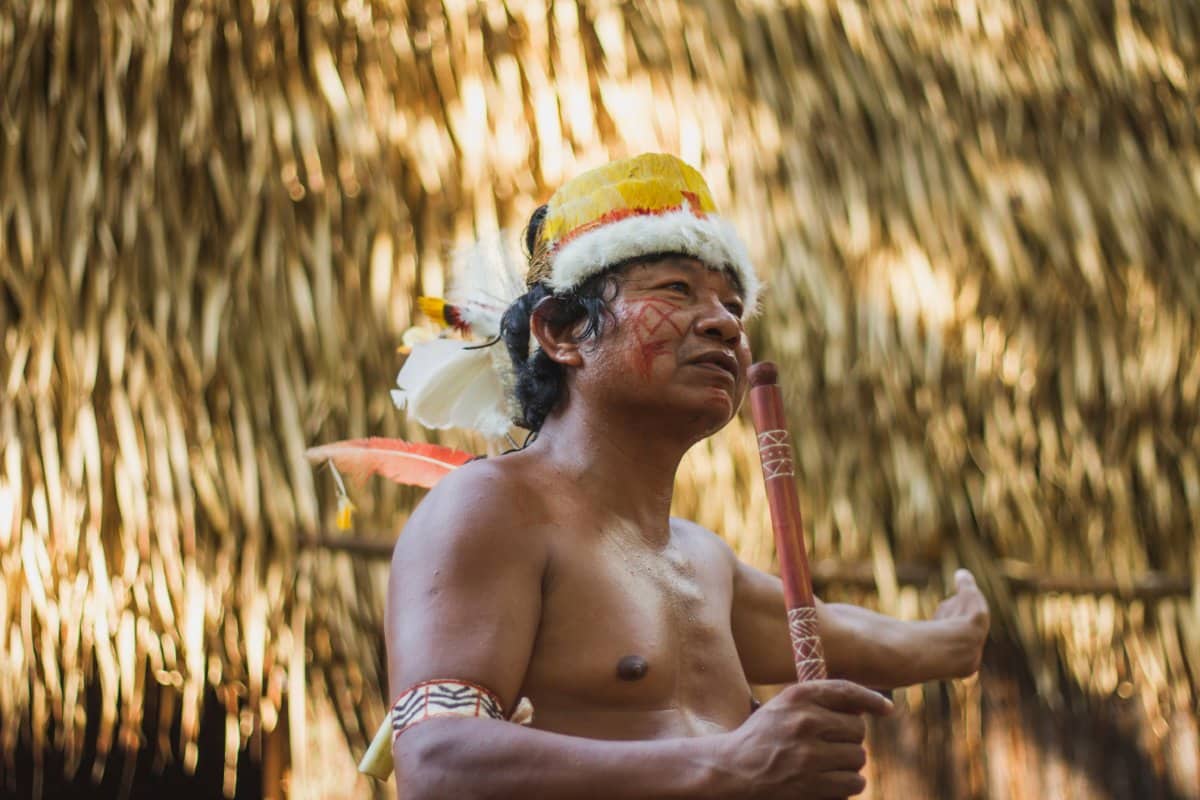
The Amazon Rainforest, a vast and mystical expanse, has long been a source of intrigue and spiritual questing. It is home to ancient traditions and shamanic practices that have been preserved for centuries by the indigenous peoples of the region. For those drawn to the mysteries of the natural world and the healing powers of traditional medicine, a shamanic tour in the Amazon offers a profound journey into the heart of spiritual healing and connection with nature.
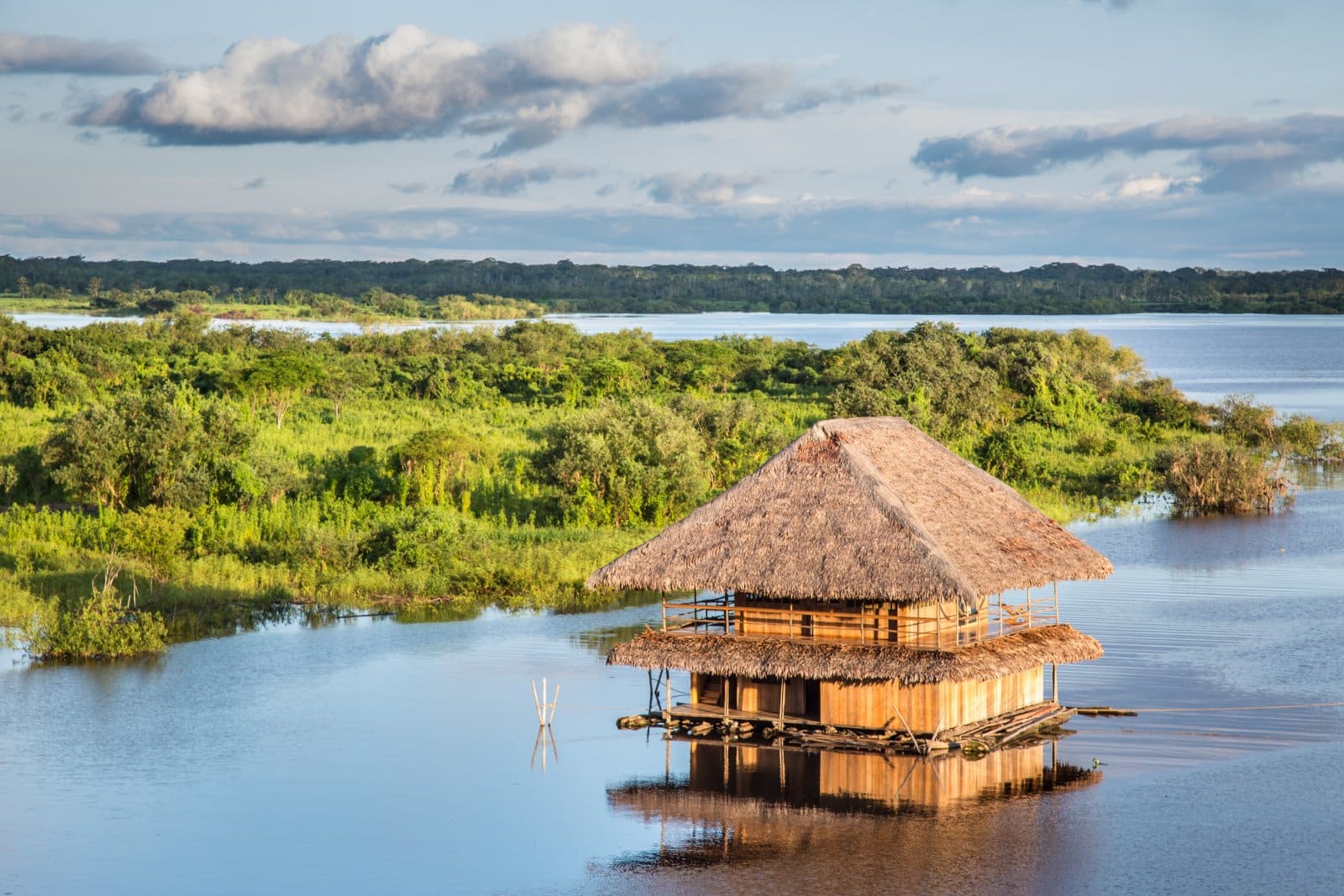
1. Iquitos, Peru
Image Credit: Shutterstock / Christian Vinces
Iquitos, a bustling city accessible only by river or air, serves as the gateway to the Peruvian Amazon and its shamanic traditions. The city is surrounded by rivers and rainforests, offering access to numerous indigenous communities and retreat centers where visitors can engage in traditional ayahuasca ceremonies led by experienced shamans. These ceremonies are intended for deep spiritual exploration and healing, guided by the powerful plant medicine known to induce visionary states of consciousness.
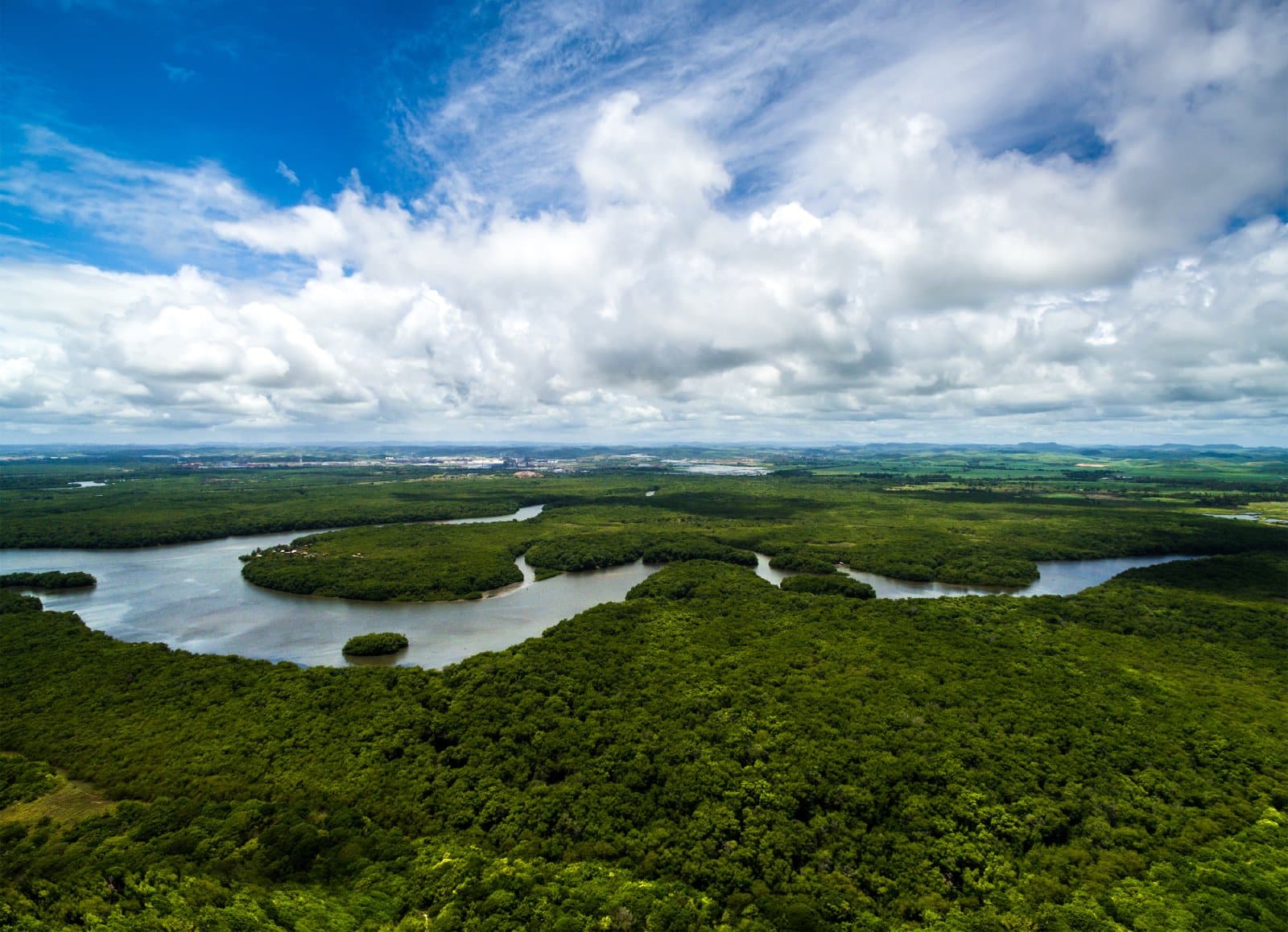
2. Manaus, Brazil
Image Credit: Shutterstock / Gustavo Frazao
Manaus, the capital of the Amazonas state in Brazil, stands as a historical and cultural hub amidst the dense Amazon Rainforest. Beyond its urban facade, Manaus offers pathways to shamanic experiences within the surrounding jungle, where the rich biodiversity of the Amazon supports a plethora of medicinal plants used in traditional healing practices.
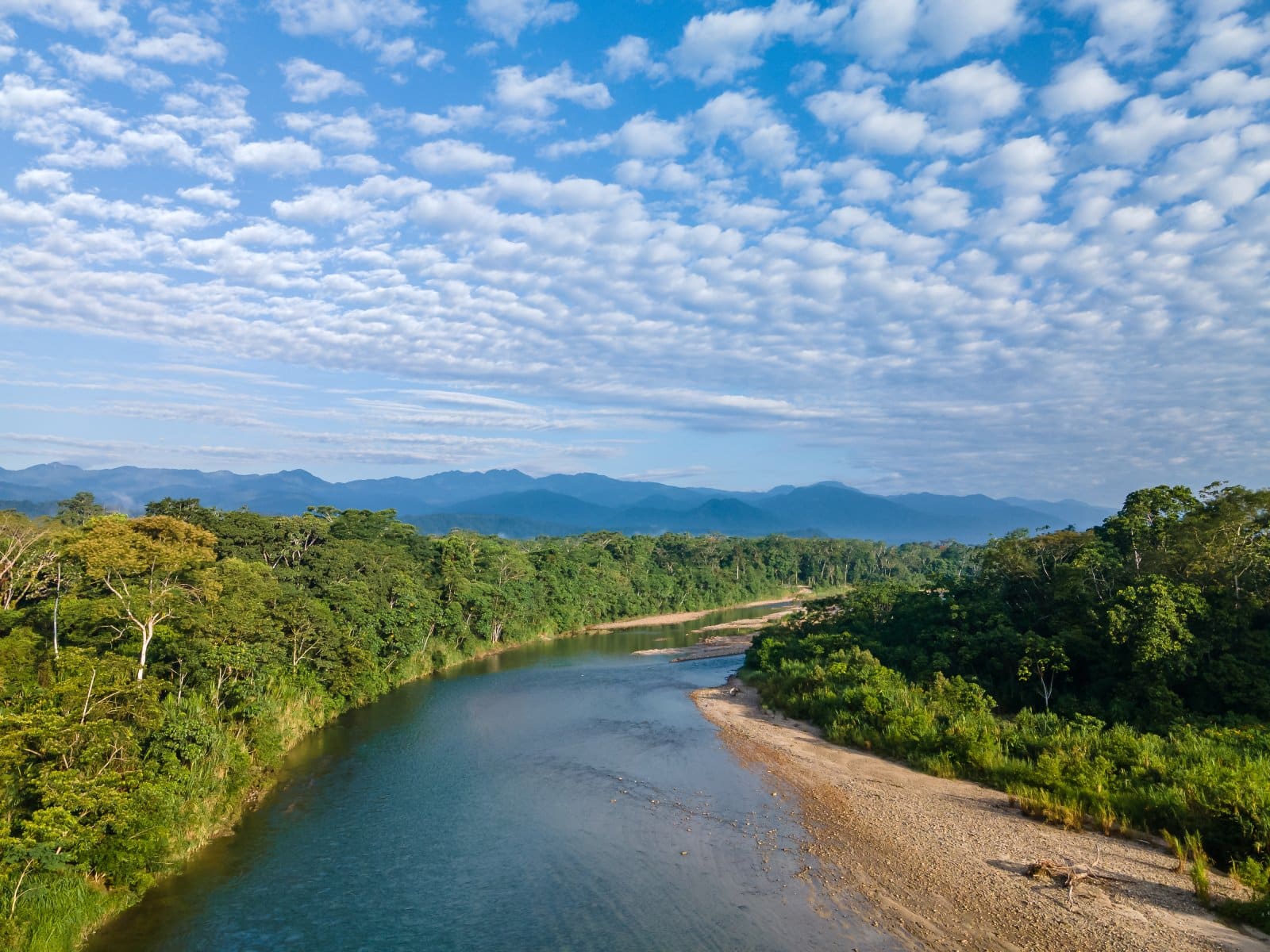
3. Tena, Ecuador
Image Credit: Shutterstock / Wirestock Creators
Tena, known as the “Cinnamon Capital” of Ecuador, is a lesser-known entry point to the Amazon Rainforest, offering a more intimate setting for shamanic exploration. The region is home to several indigenous tribes, such as the Kichwa, who maintain a deep connection to their ancestral lands and traditions. Shamanic tours here often involve cleansing rituals, traditional music, and storytelling, providing insights into the spiritual relationship between the people and the rainforest.
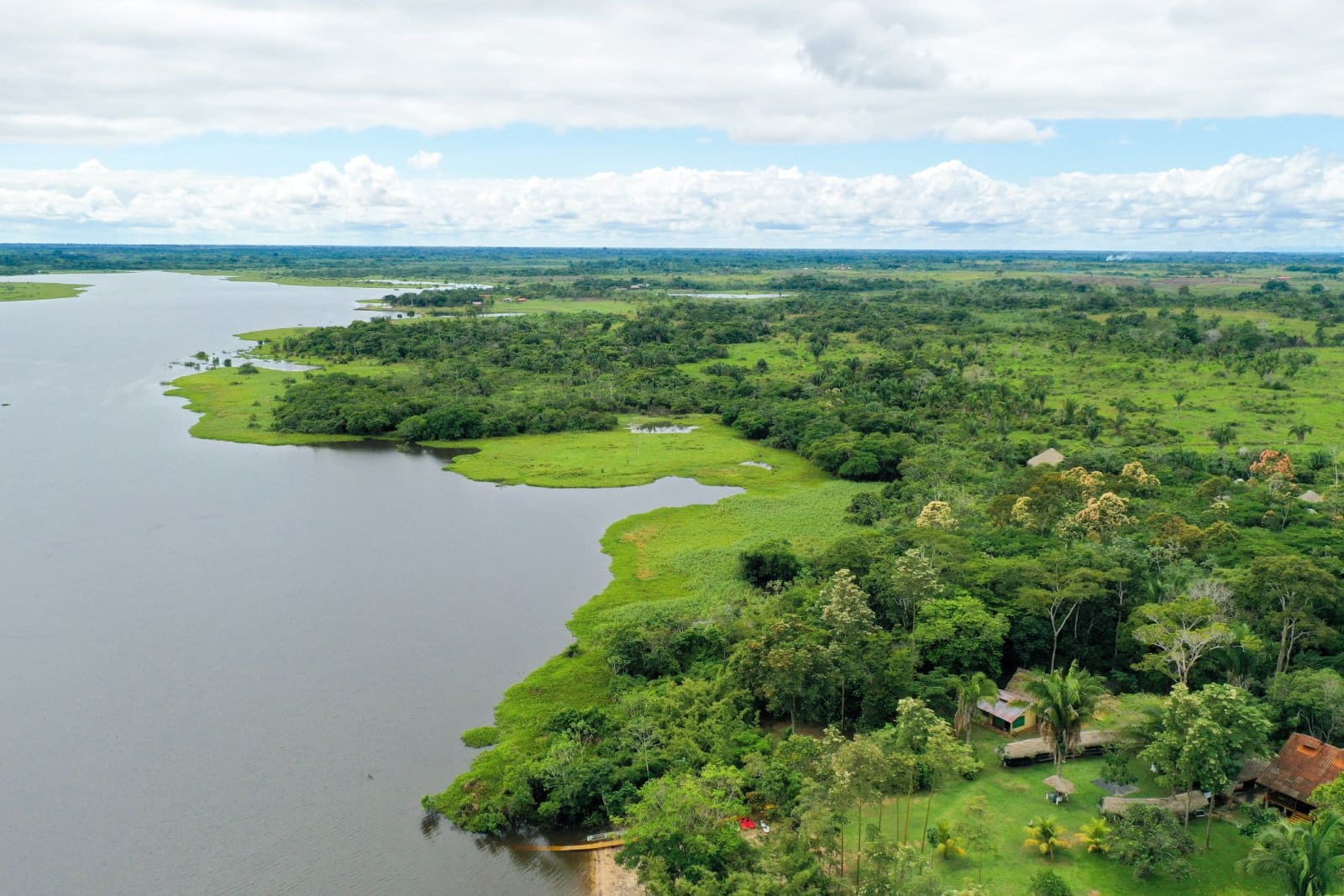
4. Pucallpa, Peru
Image Credit: Shutterstock / diegoguiop
Pucallpa, situated on the banks of the Ucayali River, is a vibrant city that acts as a conduit to the Shipibo-Conibo communities, known for its intricate art and profound shamanic practices. The city is a blend of urban and indigenous cultures, with easy access to remote villages where traditional ceremonies, including ayahuasca and San Pedro cactus rituals, are practiced.
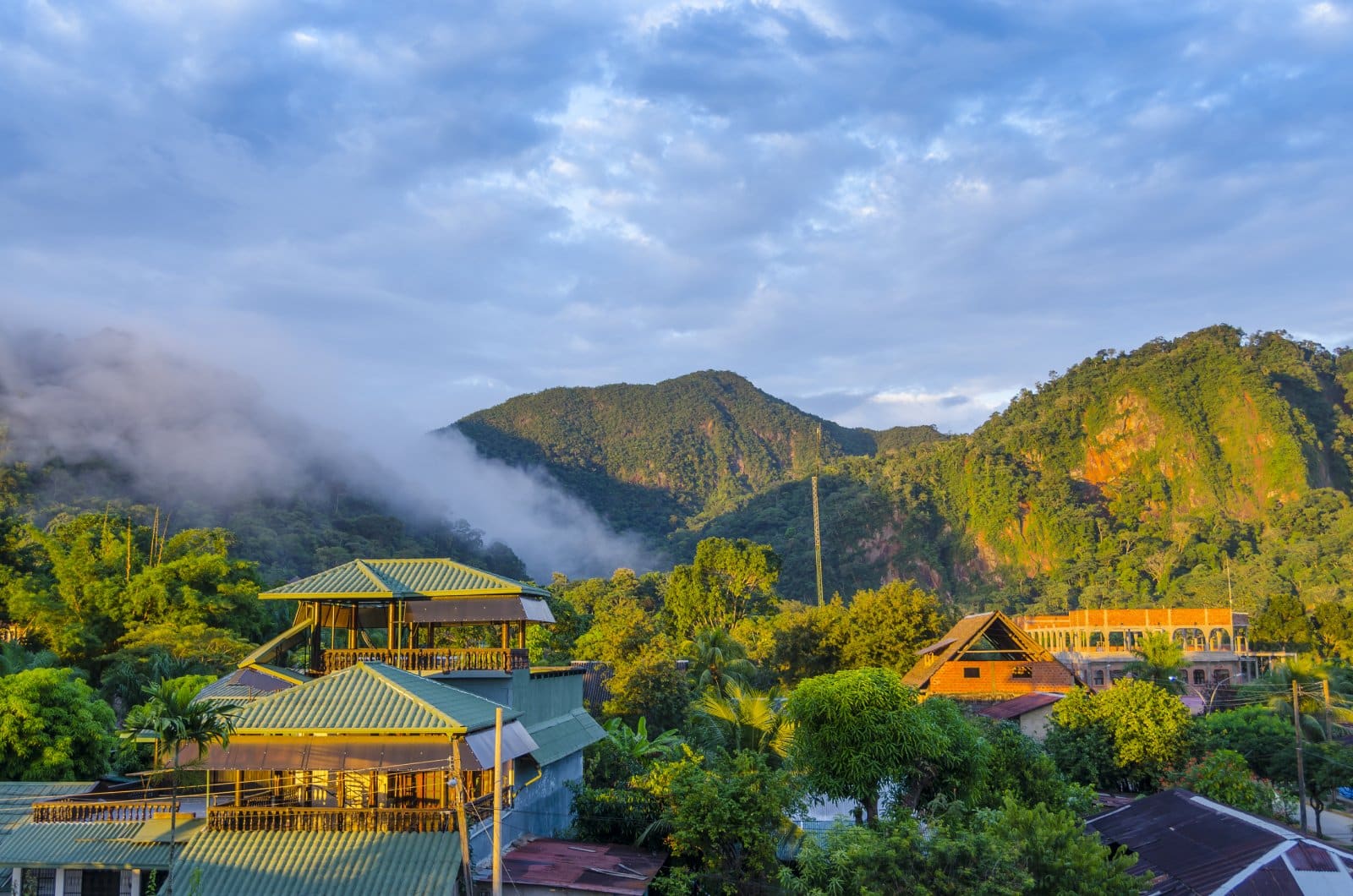
5. Rurrenabaque, Bolivia
Image Credit: Shutterstock / Elzbieta Sekowska
Rurrenabaque is a small town on the edge of Bolivia’s portion of the Amazon Basin, serving as a gateway to the Madidi National Park and the Pampas. It offers a unique blend of Amazonian and Andean shamanic traditions, with tours leading participants into the jungle’s heart for ceremonies, wildlife observation, and plant medicine walks. The area is known for its rich biodiversity and the presence of powerful plant medicines, including ayahuasca.
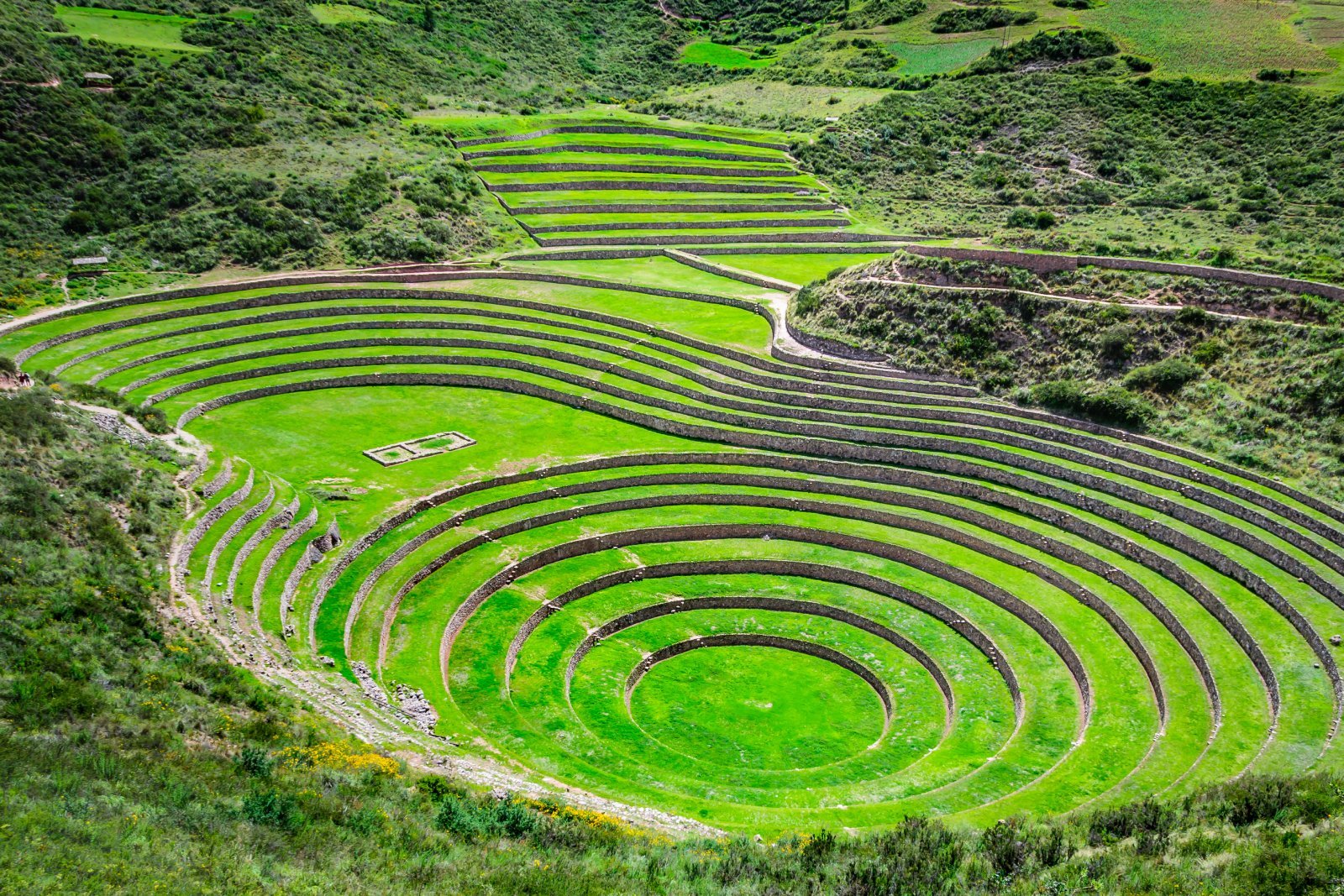
6. The Sacred Valley, Peru
Image Credit: Shutterstock / Tetyana Dotsenko
While not in the Amazon, the Sacred Valley near Cusco is vital to Peru’s rich tapestry of spiritual traditions, including those with roots in Amazonian shamanism. The valley is a serene landscape of towering Andean peaks and ancient Inca ruins, where traditional Andean and Amazonian spiritual practices merge.
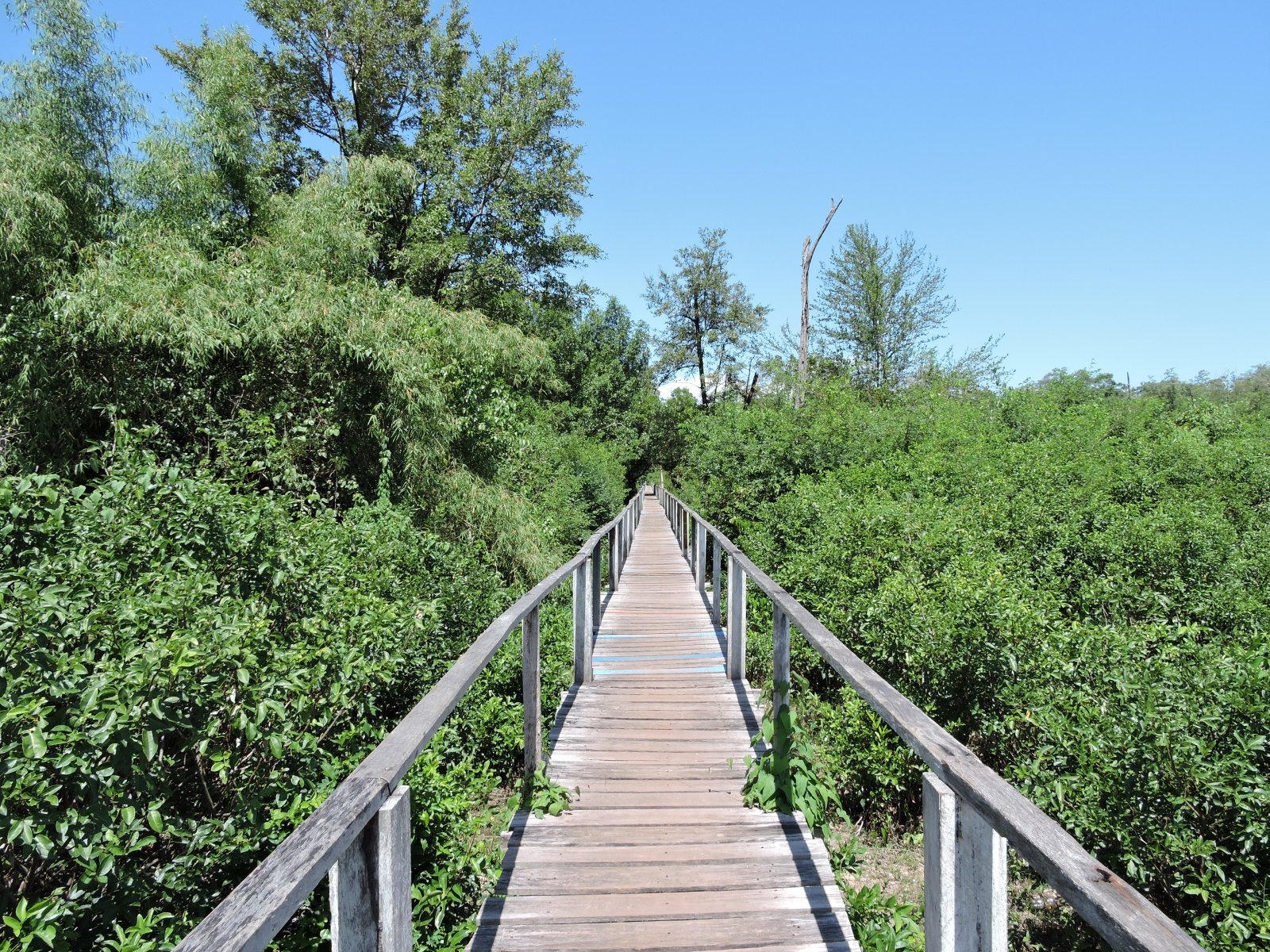
7. Marajó Island, Brazil
Image Credit: Shutterstock / Tamara Cerqueira
Marajó, an island at the mouth of the Amazon River, is one of Brazil’s hidden gems, where the river meets the Atlantic Ocean. The island’s unique ecosystem, rich in both Amazonian and marine biodiversity, supports a distinct culture that includes traditional shamanic practices.
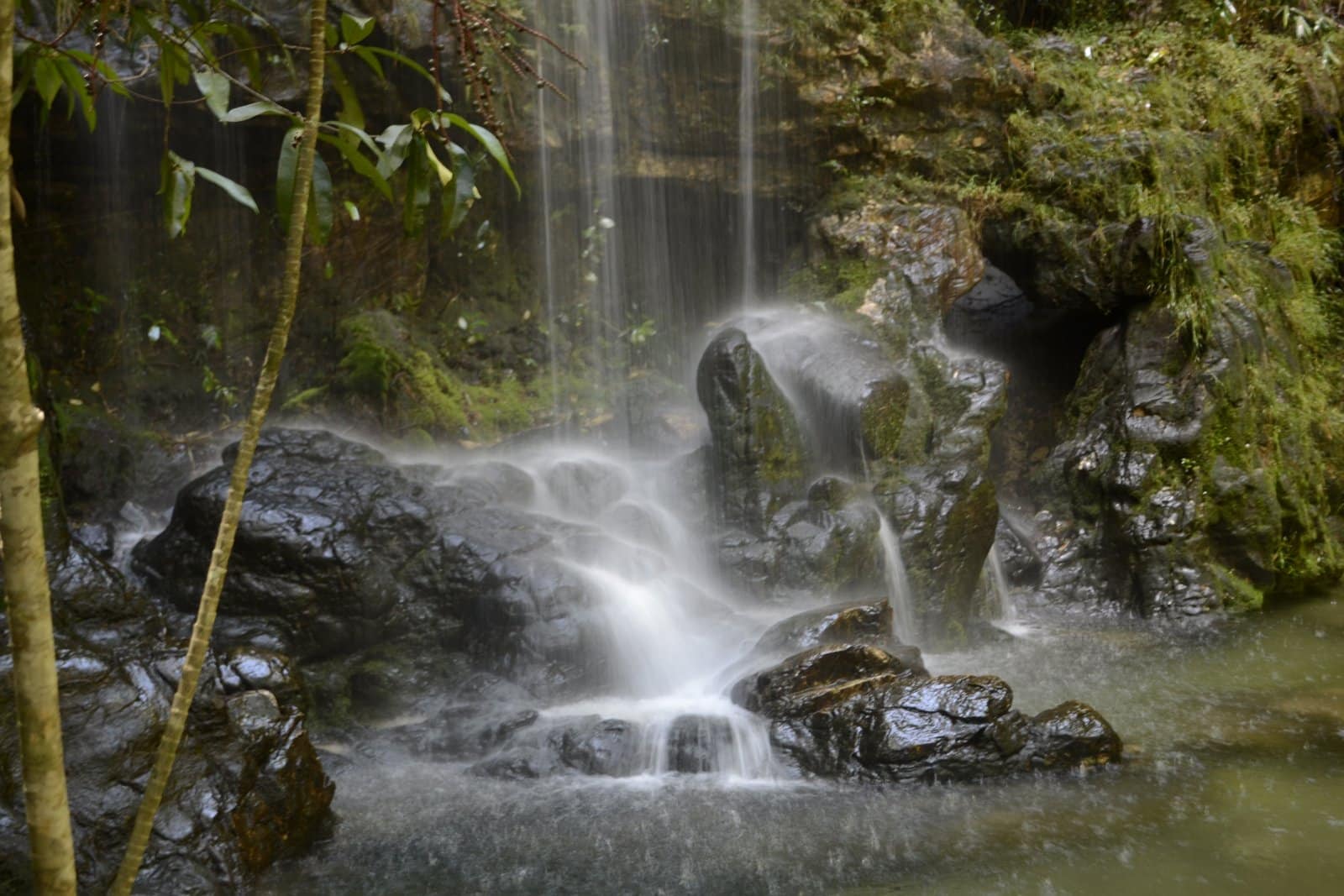
8. Alto Paraíso de Goiás, Brazil
Image Credit: Shutterstock / nati.fantato
Alto Paraíso de Goiás, located in the heart of Brazil’s Chapada dos Veadeiros National Park, is a renowned spiritual and ecological sanctuary. Though not in the Amazon, it is a significant site for Brazilian shamanic practices, attracting healers and seekers from around the world. The region’s stunning waterfalls, crystal formations, and pristine landscapes provide a powerful backdrop for transformative spiritual experiences, including ceremonies and retreats that draw on a blend of Amazonian and indigenous traditions.
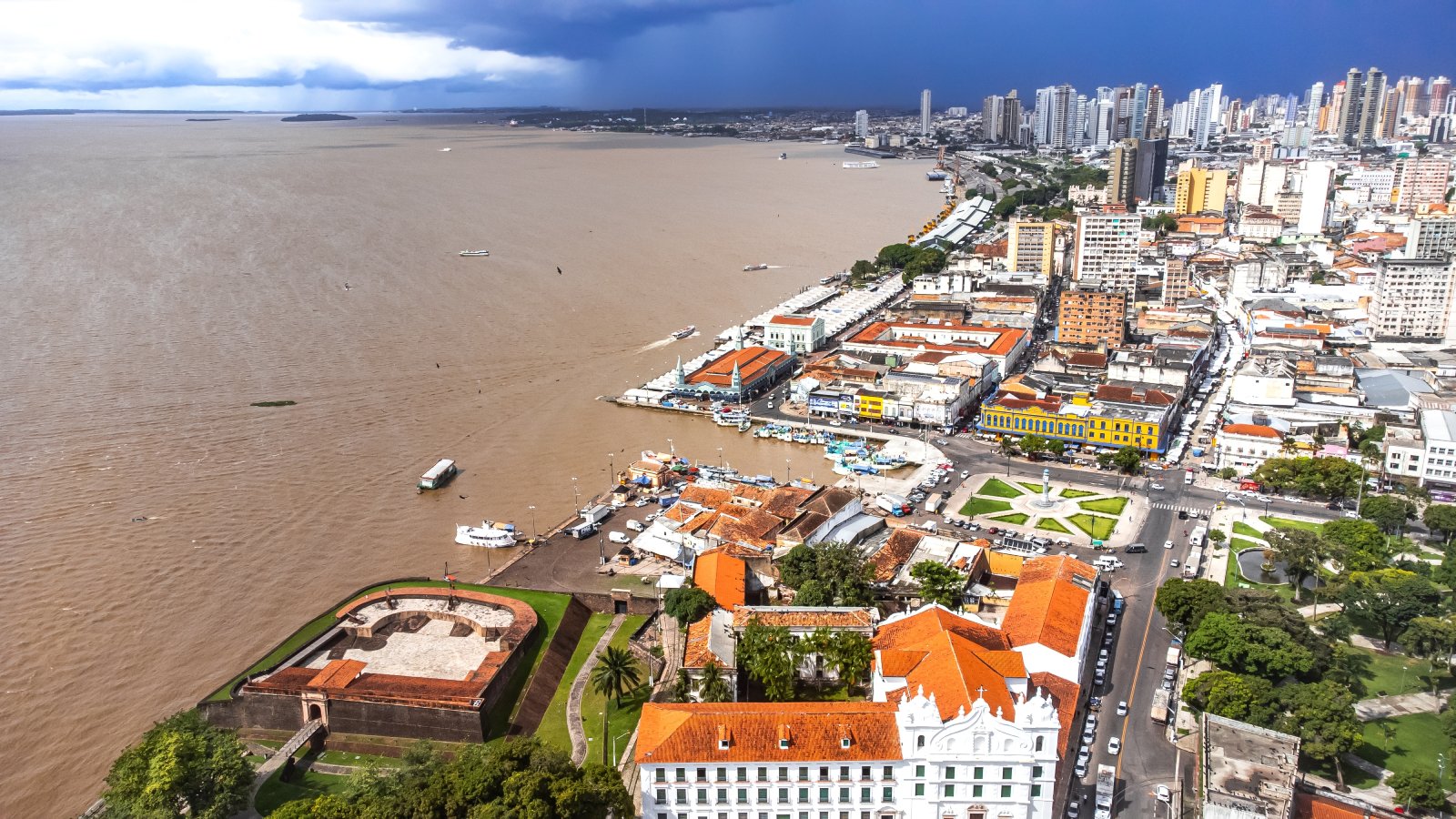
9. Belem, Brazil
Image Credit: Shutterstock / Pedro Magrod
As the gateway to the Amazon River from the Atlantic, Belém is a vibrant city where the Amazon’s cultural and biological diversity is on full display. It is an essential stop for those looking to understand the Amazon’s urban context and its transition into the vast wilderness. The city’s markets, such as the Ver-o-Peso, offer an array of Amazonian herbs and plants used in traditional medicine, providing insight into the region’s shamanic practices.
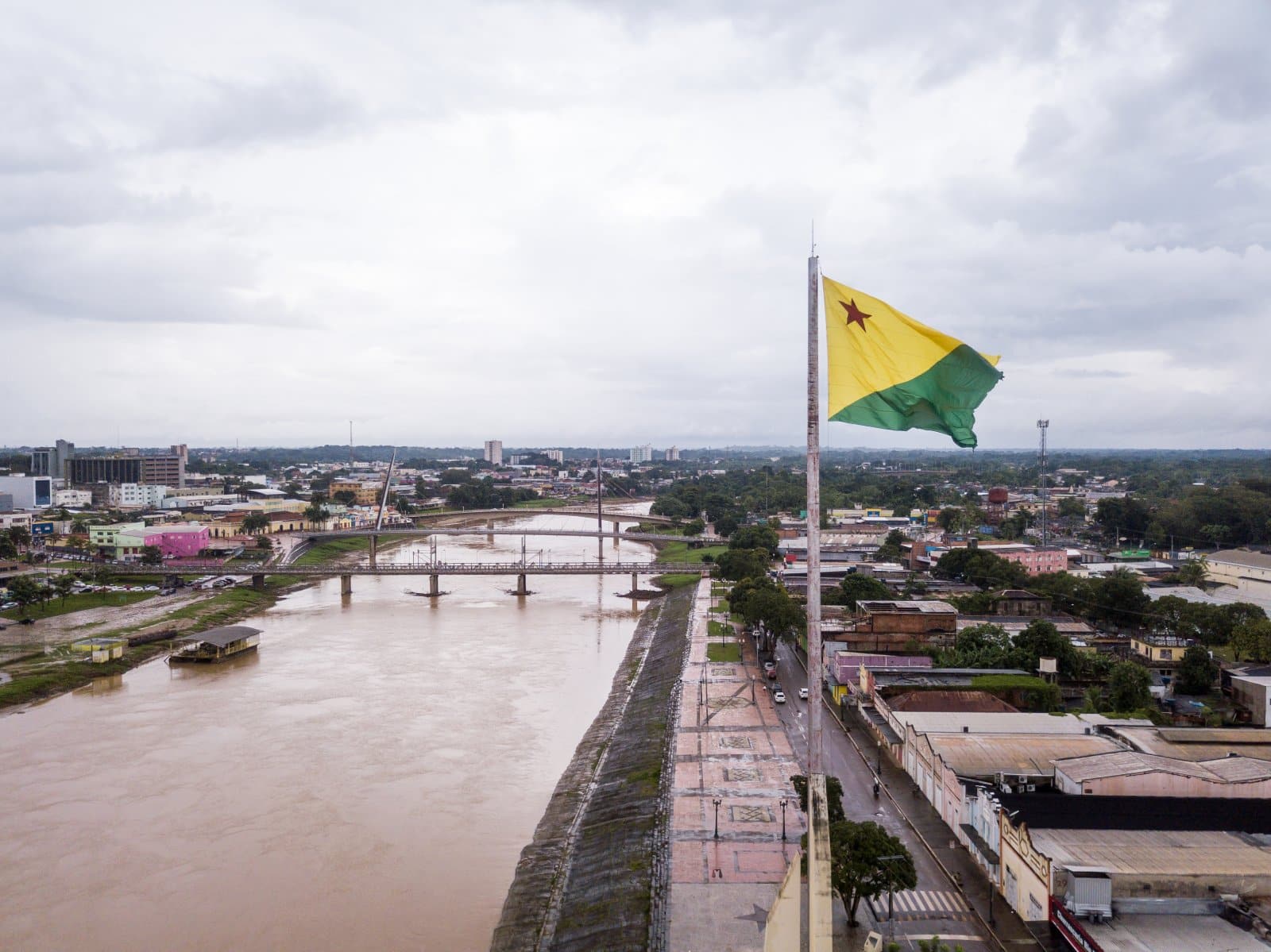
10. Acre, Brazil
Image Credit: Shutterstock / PARALAXIS
The state of Acre, in the westernmost part of the Brazilian Amazon, is a frontier of shamanic tourism, offering deep immersion in the region’s indigenous cultures and natural landscapes. It is home to several indigenous tribes and communities that maintain their traditions, including the use of ayahuasca in ceremonial contexts
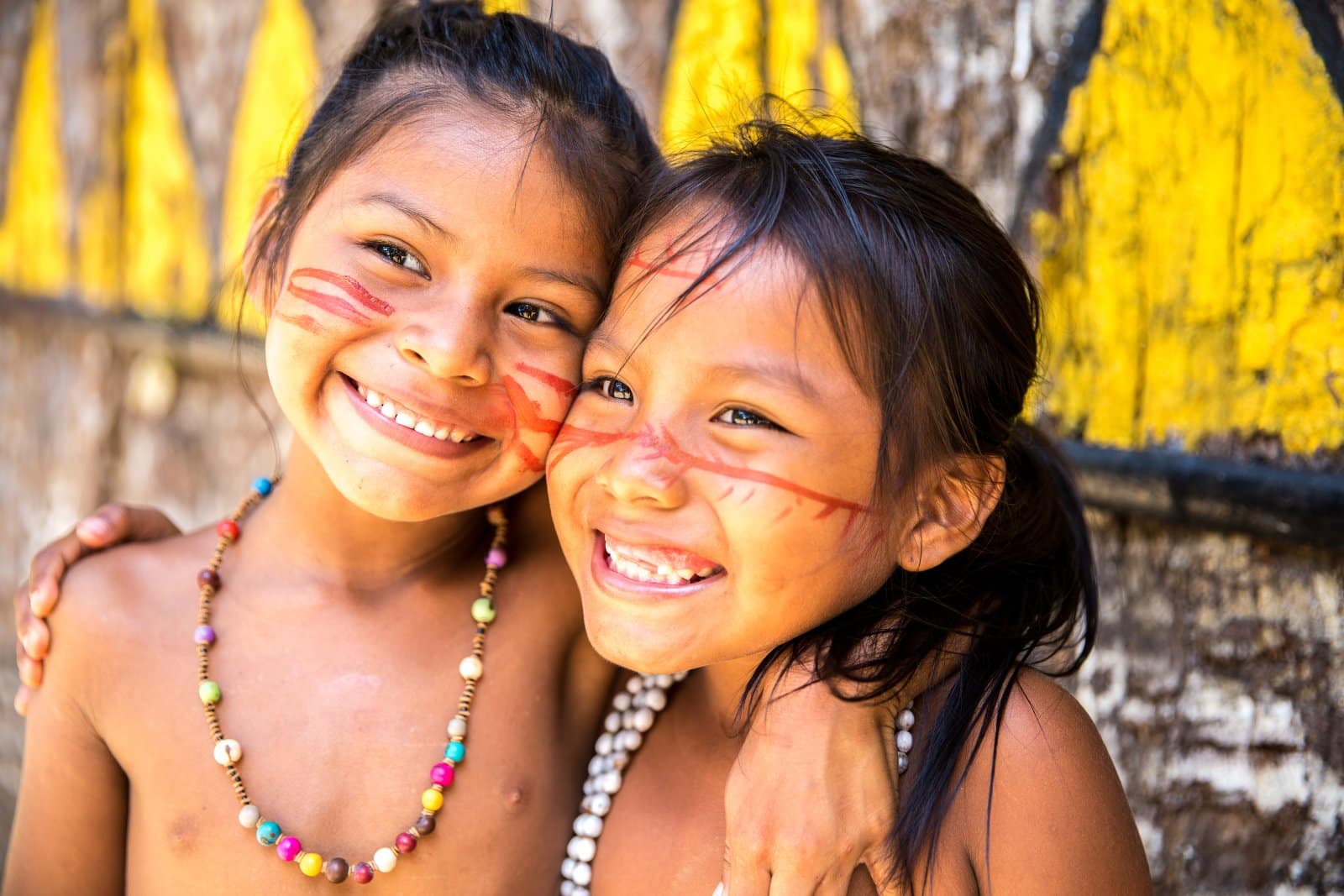
Ethical Engagement with Indigenous Cultures
Image Credit: Shutterstock / ESB Professional
Engaging ethically with indigenous cultures involves more than just participating in ceremonies; it requires an understanding and respect for their traditions, values, and rights. Visitors should seek experiences that offer mutual respect and benefit, ensuring their presence supports the community and preserves its traditions. Ethical engagement also means prioritizing the guidance of indigenous leaders and healers willing to share their knowledge and practices.
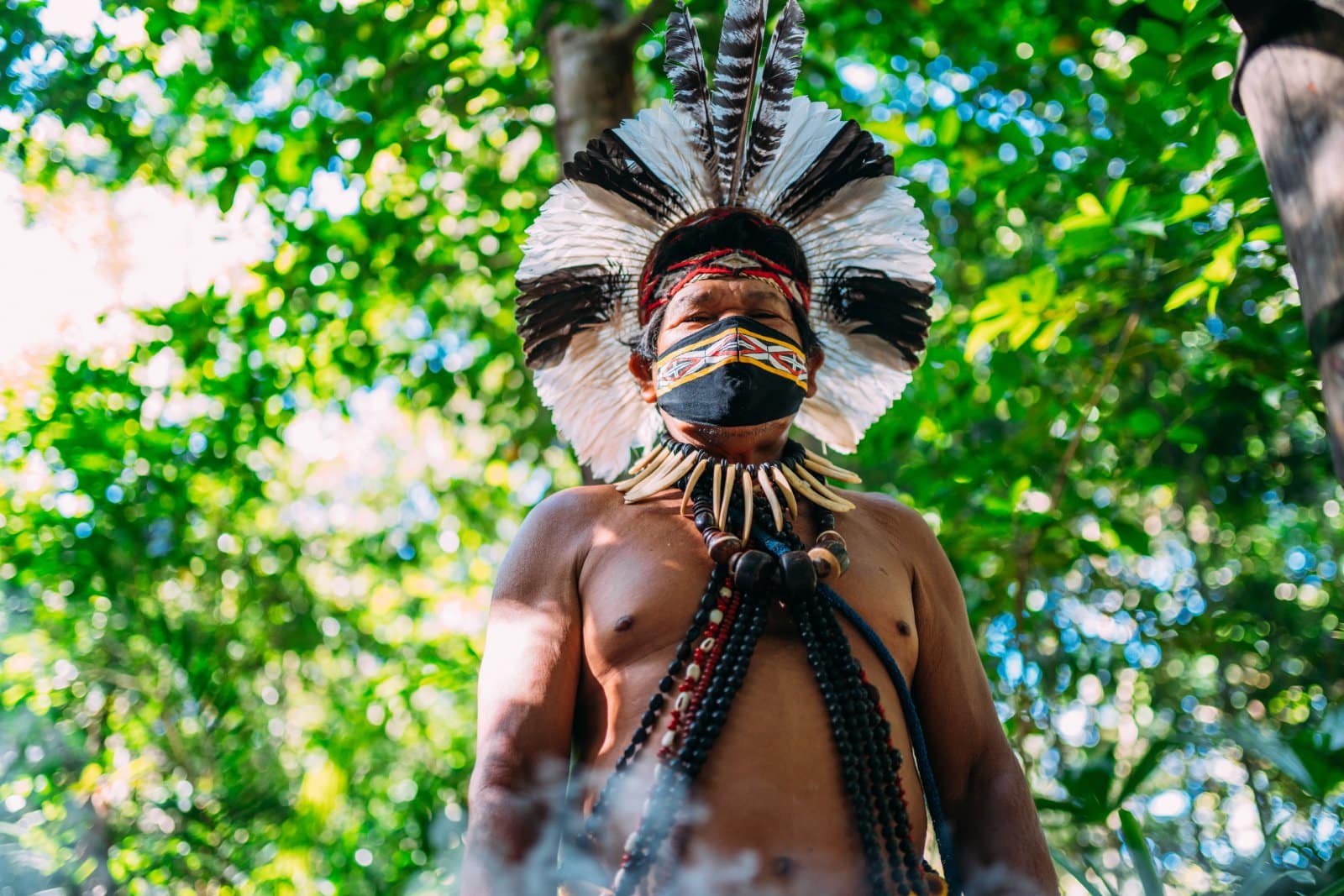
Conservation Efforts and Shamanism
Image Credit: Shutterstock / Brastock
The Amazon Rainforest is under threat from deforestation, mining, and climate change, which in turn threatens the biodiversity that supports its spiritual and medicinal practices. Engaging in shamanic tours that are committed to conservation can help support the preservation of the Amazon and its cultures. Look for tours that actively contribute to reforestation, wildlife protection, and sustainable practices.
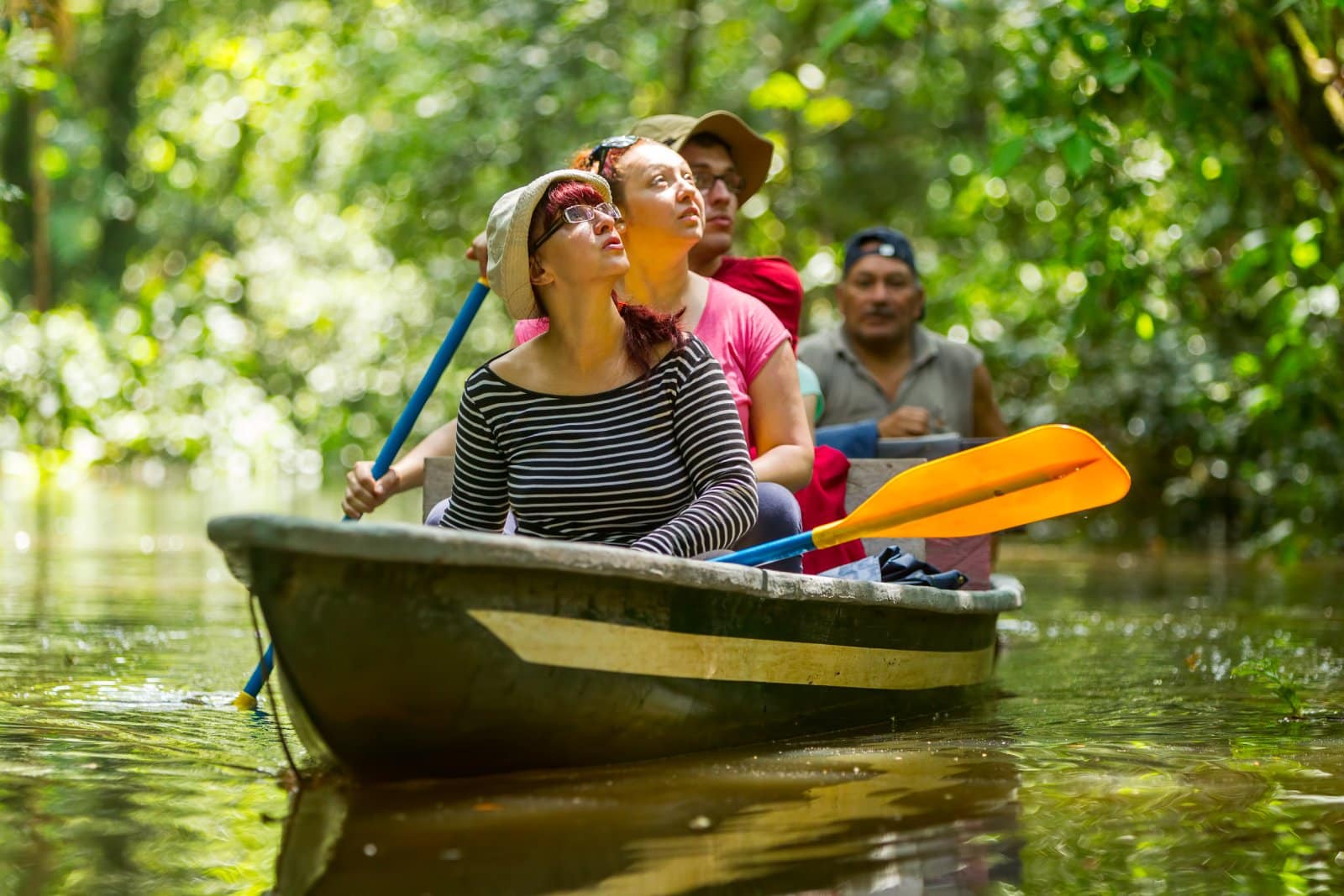
Supporting Sustainable Tourism
Image Credit: Shutterstock / Ammit Jack
Sustainable tourism in the Amazon involves choosing services and experiences that are environmentally responsible, support local economies, and preserve cultural heritage. This includes selecting lodges, guides, and tours owned and operated by local communities or ensuring fair compensation and working conditions for indigenous guides and healers.
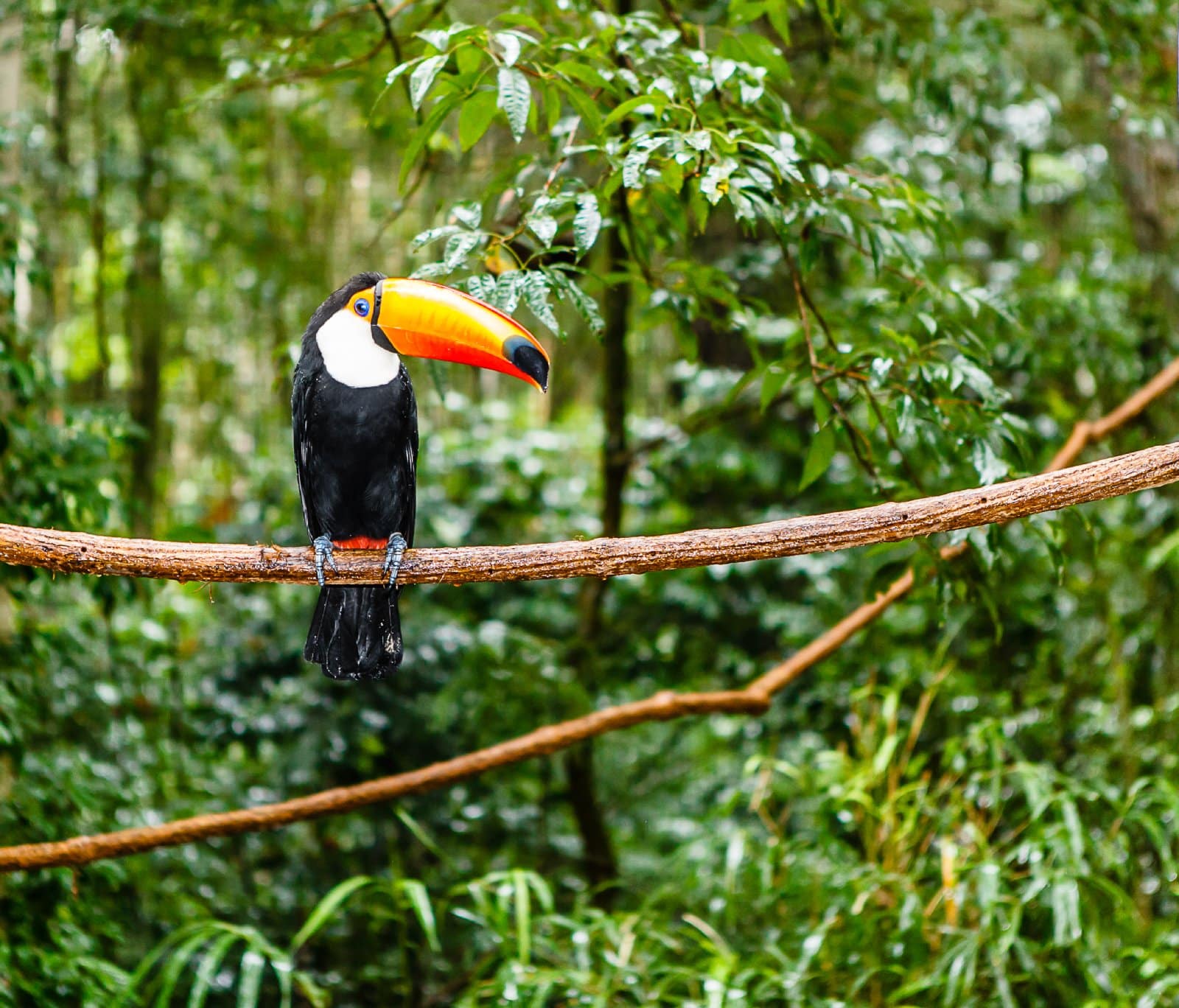
Learning from the Land – Plant Medicine and Ecology
Image Credit: Shutterstock / MarcusVDT
The Amazon’s rich biodiversity is not only the basis of its shamanic practices but also a critical component of the global ecosystem. Engaging with the Amazon through a shamanic tour offers an unparalleled opportunity to learn about life’s interconnectedness, plants’ medicinal properties, and the importance of ecological balance.

Cultural Exchange and Personal Growth
Image Credit: Shutterstock / Nelson Antoine
A shamanic tour in the Amazon is a journey into the heart of ancient practices and an opportunity for profound personal growth and cultural exchange. These experiences allow for a deep reflection on one’s place in the world, the nature of health and healing, and the importance of cultural diversity and respect.
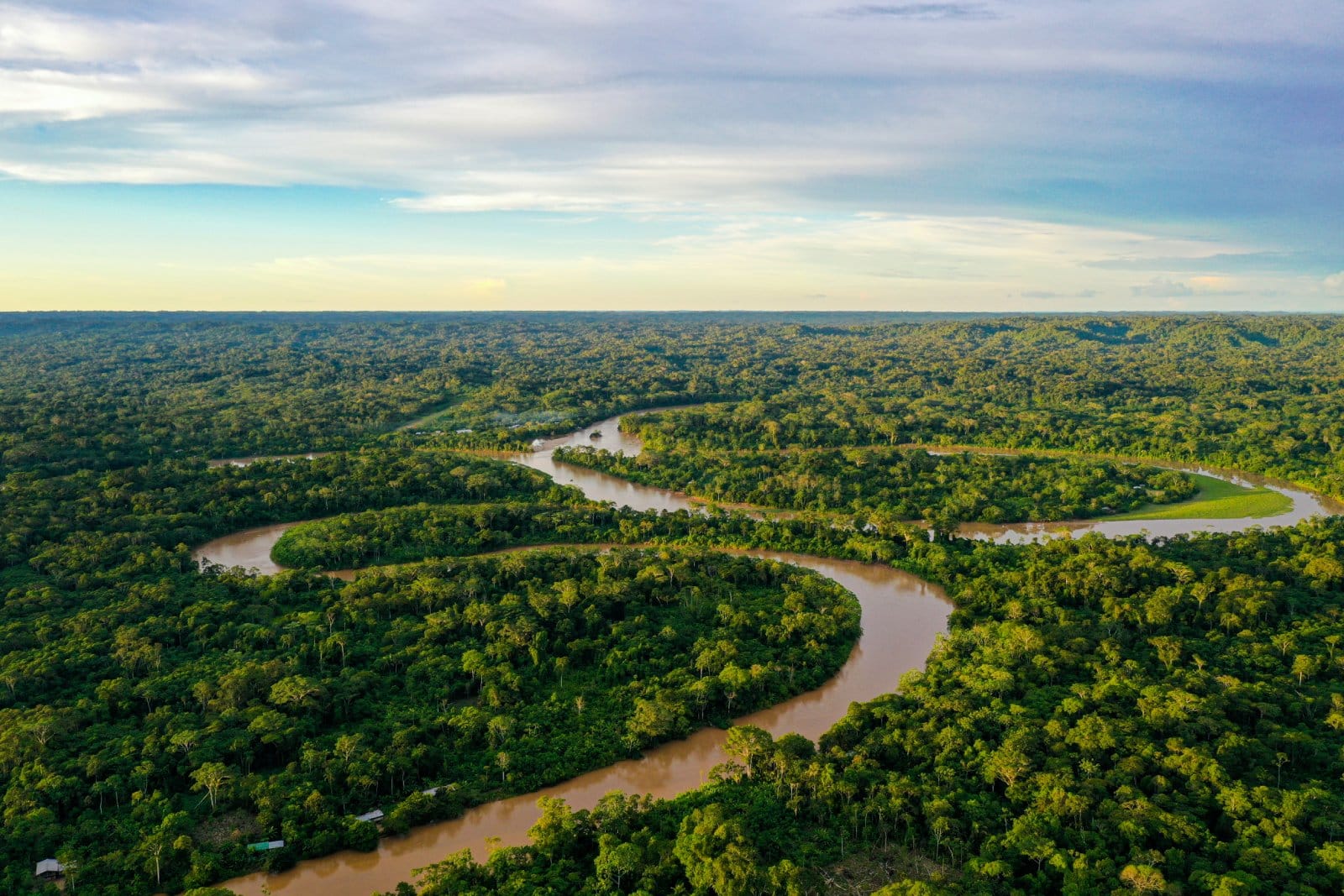
The Bottom Line
Image Credit: Shutterstock / Panga Media
Seeking shamanic experiences in the Amazon invites an exploration of spiritual practices and a profound engagement with the world’s most biodiverse ecosystem and indigenous cultures. It’s a journey that demands ethical consideration, cultural respect, and a commitment to conservation.
As you embark on this path, remember that the true essence of the experience lies in the connections you forge—with the people, the land, and the myriad forms of life that call the Amazon home. This journey is an opportunity to contribute positively to preserving this invaluable resource and its ancient wisdom, ensuring it continues to thrive for generations to come.
More Articles Like This…
Barcelona: Discover the Top 10 Beach Clubs
2024 Global City Travel Guide – Your Passport to the World’s Top Destination Cities
Exploring Khao Yai 2024 – A Hidden Gem of Thailand
The post 10 Shamanic Tours in the Amazon Rainforest republished on Passing Thru with permission from The Green Voyage .
Featured Image Credit: Shutterstock / Hans Denis Schneider.
For transparency, this content was partly developed with AI assistance and carefully curated by an experienced editor to be informative and ensure accuracy.
More for You
Former boxing world champion dies aged 57
Here's No. 1 thing mentally strong couples 'never' do, says relationship therapist of 20 years
Here’s What the US Minimum Wage Was the Year You Were Born
30 food items that you might not know are banned in America
iPhone users in 92 countries received a recent stark warning
Forgotten 1990s Blockbusters Everyone Should Rewatch
A woman said her tattoos got her rejected for a job, but experts say personality is far more important
18 Most Common Reasons Women Leave Their Marriages
One of these pictures of me is real and the other is AI – but which is which?
Map reveals best places to live in the US if nuclear war breaks out
7 Things You Probably Didn’t Know About White Castle Burgers
Barack Obama shares his No. 1 piece of advice for his own daughters: Don't let your hunger for success ruin your happiness
Employers Are Avoiding Hiring Gen Z Workers- Here's Why
17 Phrases Older People Use That No One Else Gets
Former world champion boxer Timothy Bradley predicts Mike Tyson will knock out Jake Paul in upcoming bout
50 of the greatest movie cameos of all time
15 Traits Of An Alpha Female
The 26 Most Dangerous Cities in the U.S. Ranked
Marriage counsellor shares one sign your relationship is really over
The Choco Taco Is Coming Back For A Limited Time

IMAGES
VIDEO
COMMENTS
The Amazon can have a mysterious nature for first-time visitors. We've made this Amazon Rainforest travel guide to help you find the best areas to visit. The guide will help you make the most of your experience. We will cover the best areas to visit for deep rainforest adventures and where to go on short tours of 3-days.
Plan your visit to the Amazon Rainforest in Peru with our guide to the highlights and top jungle lodges in Puerto Maldonado, Iquitos, and Manu National Park. Toggle menu +1 817 230 4971 Start ... Ecotourism is a cornerstone of the developing travel industry in Peru's Amazon.
The best way to get to the Amazon rainforest in Brazil is to fly to Eduardo Gomes International Airport in the city of Manaus. Known as the gateway to the Brazilian Amazon, Manaus is the main tourist hub in the region and the capital of the Amazonas state. You can take a direct flight from Sao Paulo to Amazon rainforest (Manaus), which takes ...
5. Listen to your guide and follow the routes they lay out for you. LEARN MORE ABOUT RESPONSIBLE TRAVEL. What to do in the Amazon Rainforest? Enjoy a Junge walk through the world's biggest Rainforest, the amazon rainforest, discovering the unique and vibrant wildlife, as well as the abundance of amazing plant species on offer.
A Guide to Visiting the Amazon Rainforest. Occupying around 40% of South America, the Amazon is a vast ecozystem spanning eight countries and around 6.7 million square kilometers. Home to the world's largest rainforest, and one in ten of the known species on Earth, its scale and diversity is unparalleled. And stretching from the Peruvian ...
The definitive travel guide to the Amazon Rainforest and river with expert tips, advice and ideas for planning your next trip to enrich your experience. Destinations Experiences Deals About Search Contact +1.888.215.3555 Agents. Back Expedition Cruises ...
If you want to visit the Amazon rainforest, travel to the Amazon rainforest, see one fo the best places to visit in South America… this is the blog post for you! This eco-friendly guide to visiting the Amazon covers all the must-sees and our top tips for exploring one of nature's most beautiful creations.
There are plenty of amazing things to do in the Amazon Rainforest, based on your travel interests. There are so many options for travelers visiting the Amazon, from hiking through the jungle to late-night safaris to wildlife spotting and kayaking. ... Download our FREE Amazon Travel Guide and get inspired to travel to the Amazon. Browse through ...
Peru's Amazon rainforest offers stunning biodiversity, remote villages, and an enormous range of adventures. Our insider Will shares how to visit and helps you navigate your choices. Covering more than half of Peru, the Peruvian Amazon can be roughly divided into three different areas; the southern, central, and northern selva (jungle).
Amazon Travel Guide. Download our FREE Amazon Travel Guide and get inspired to travel to the Amazon. Browse through 30 pages of travel planning tips and ideas - a great resource for planning your Amazon dream vacation. ... There are few better forms of Amazon rainforest travel than the Tucano cruise: our travelers' favorite. The Tucano is a ...
The Amazon Rainforest basin covers a staggering 35.5% of South America and is located in Bolivia, Brazil, Colombia, Ecuador, Guyana, Peru, Suriname, and Venezuela. Most of the basin is covered by the Amazon Rainforest, which encompasses an area of 2.1 million sq mi (5.5 million sq km).
Amazon Rainforest travel guide. The world's largest rainforest hosts the richest biodiversity of any ecosystem on earth, but it's only when you're completely immersed that you'll make out the wildlife amongst the trees. Amazon rainforest holidays may include meeting indigenous communities in Colombia, small boat tours in Brazil or ...
Please refer to each individual program for current data. 1. AFS Brazil Global Prep: Amazon River Odyssey — Leave the first review! This isn't any regular Amazon tour; it's an incredible river odyssey in the Amazon Rainforest. This trip includes a stay in the capital of the Amazonas region, Manaus.
When to Visit the Ecuadorian Amazon Rainforest. While the best time to visit Ecuador is between the dry season of June-September, the weather in Ecuador's Amazon is mostly the same during the whole year, where you can expect plenty of rain and high humidity. Prepare for the wet weather in the Ecuadorian Amazon.
Amazon Rainforest map & highlights. A massive 60 percent of the Amazon sits within the borders of Brazil, but when it comes to choosing which country to visit, you may want to look beyond the most obvious choice to Peru, Bolivia, Ecuador or even Colombia - each has its own sights that set it apart. Wildlife lovers wanting to see animals in ...
Amazon Rainforest / Jungle Tours. Find the right travel package in the Amazon rainforest. We've got 189 jungle adventures and cruises, starting from just 3 days in length, and the longest tour is 65 days. The most popular month to go is May, which has the most number of tour departures.
Welcome to the Brazil Amazon Rainforest, a realm of breathtaking beauty and unparalleled biodiversity that beckons the adventurous soul. Why should you consider embarking on a journey to the Brazil Amazon Rainforest in 2023? This remarkable ecosystem is a world unto itself, teeming with life and wonder.
Amazon Rainforest travel guide. The world's largest rainforest hosts the richest biodiversity of any ecosystem on earth, but it's only when you're completely immersed that you'll make out the wildlife amongst the trees. Amazon rainforest vacations may include meeting indigenous communities in Colombia, small boat tours in Brazil or ...
Maine has plenty of forests, but they aren't very colorful and the thought of seeing toucans, macaws, and pumas is very exciting. Before this trip I had been to the cloud forests of Costa Rica and the jungle of Belize, but to me, the "real" rainforest has always been the Amazon. My trip to Peru became my chance to see it.
Download our latest FREE Amazon Rainforest Travel Guide E-Books! Includes colorful maps, places to visit, tour ideas, recommended hotels, FAQs and travel tips.
Traveling to the Amazon rainforest is an Ecuador jungle vacation that inspires. The natural surroundings of places like Sacha Lodge, Sani Lodge, and Napo Wildlife Center completely overwhelms the senses. Finding your way along small river ways teaming with wildlife is an exotic adventure that takes one off guard.
The Amazon Rainforest, a vast and mystical expanse, has long been a source of intrigue and spiritual questing. ... 2024 Global City Travel Guide - Your Passport to the World's Top Destination ...